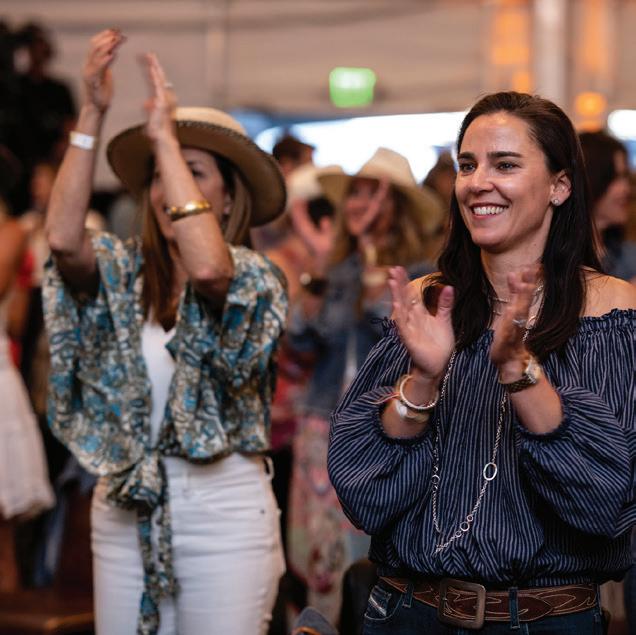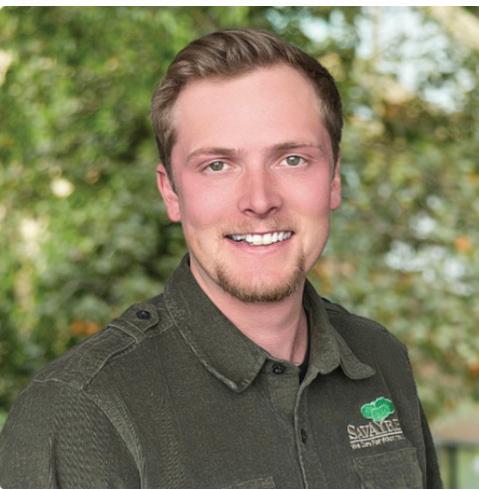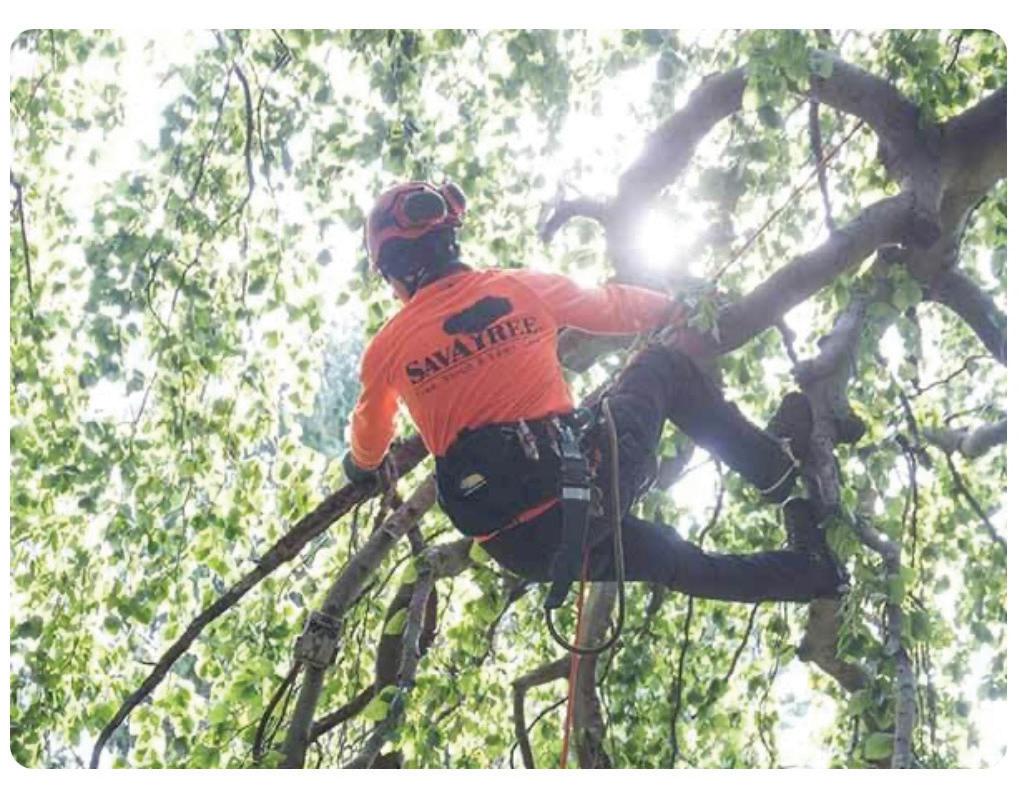THE JOURNEY OF COMMUNITY AND REPRESENTATION:
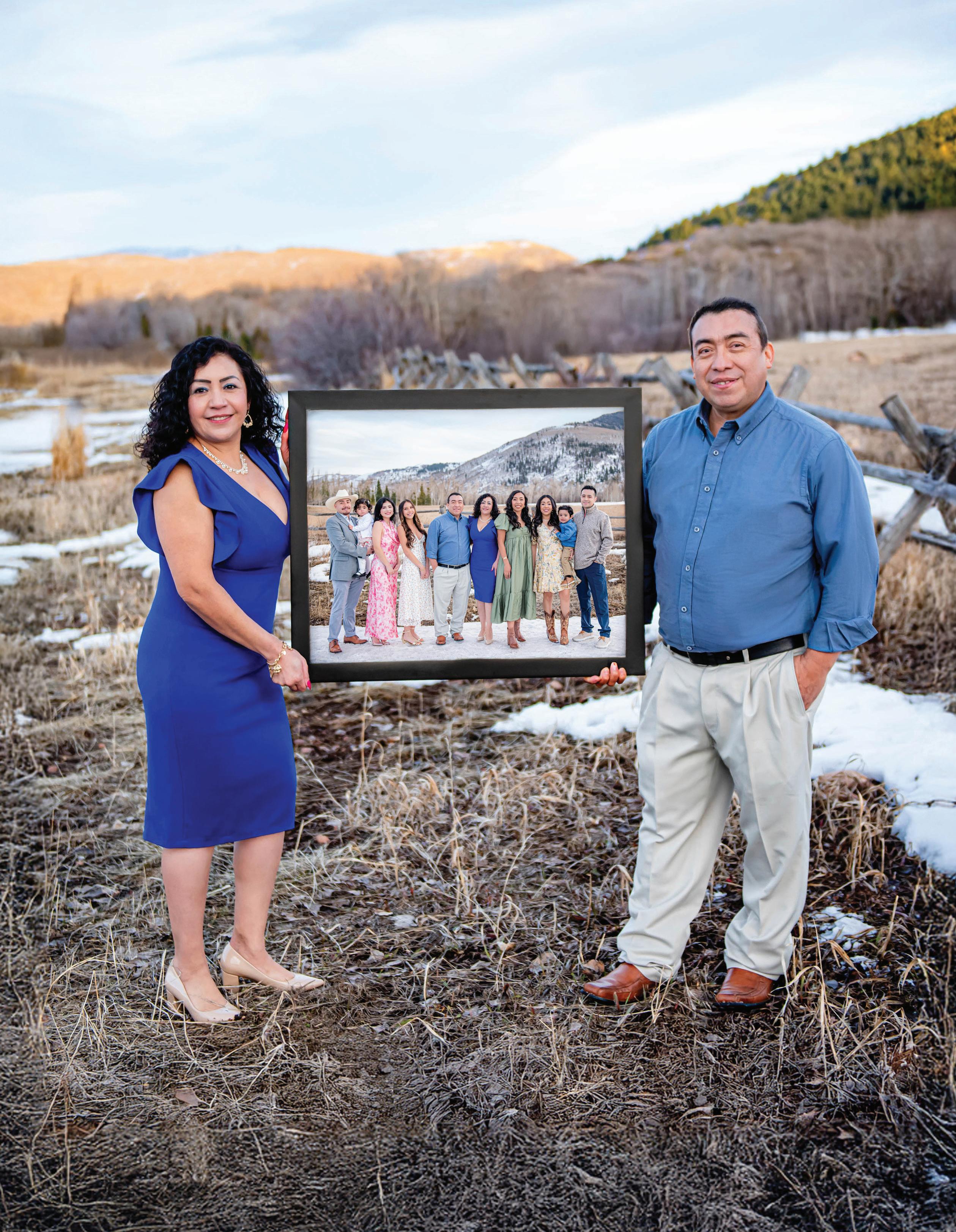

THE JOURNEY OF COMMUNITY AND REPRESENTATION:


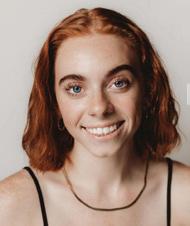


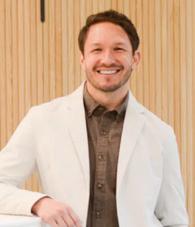
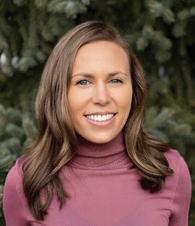



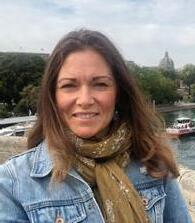
DAY SPA EXPERT CONTRIBUTOR
Allie Vacanti
Spa Manager • Align Spa 1792 Bonanza Dr., Building C, Ste 130 Park City, UT 84060 435.647.9300 • relax@alignspa.com
WELLNESS & ESTHETICS EXPERT
Dr. Giselle M. Batcheller
Wellness And Esthetics wellnessandesthetics.com 1816 Prospector Ave., Suite #203 435-631-2113
CLEAN LIVING EXPERT
Dana Grinnell Free Living Co. dana@freelivingco.com 208-869-6866
DENTAL WELLNESS EXPERT
Dr. Ryan Osorio Rise Wellness 1800 Prospector Ave., Park City, 84060 435-214-0544 risedentalwellness.com
PSYCHOTHERAPY AND COACHING EXPERTS
Ashley Montague, MA, AMFT, ACMHC Tracey Dwyer, LMFT (805) 319-1870 StillPointUtah.com
EDUCATION EXPERT
Jennifer Billow Vice President of Advancement Park City Education Foundation (435) 615-0235 pcef4kids.org
COLOR AND STYLE EXPERT CONTRIBUTOR
Julie Hickam House of Colour Julie.Hickam@houseofcolour.com 435.315.2258
REROOFING EXPERT
S and S Roofing
Emergency Repairs & Free Estimates Utah’s #1 Roofing Company 435-658-4344
LIGHTING DESIGN EXPERT
Rebekah Gonet Elume
3156 Quarry Rd., Unit A, Park City, 84098 elumepc.com 435-640-5427 | 435-647-2997
Betsy DeMann • (801) 671-6315 bdemann@bestversionmedia.com
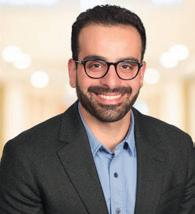





EARLY PREVENTION MEDICAL EXPERT
Dr. Spenser Reed Park City DEXA pcdexa.com info@pcdexa.com
INSURANCE EXPERT
Bryan R. Daybell
Bryan R. Daybell Insurance Agency, Inc. 1960 Sidewinder Dr, Park City, 84060 bryan@bryandaybell.com 435-649-9161
RENOVATION & CONSTRUCTION EXPERT
Jenn Lewis, Owner Ghigau Construction | (801) 941-4508 www.ghigauconstruction.com jenn@ghigauconstruction.com
REAL ESTATE EXPERT
Annett Blankenship
Keller Williams Real Estate 693 Main St., Park City, UT 84060
annett@parkcityinvestor.com 435-602-9976
EVENT EXPERT
Tom Brazill Elevate Event Bartending 801-477-4452
tom@elevateeventbartending.com elevateeventbartending.com
WINE EXPERT
Pamela Wood Park City Wine Club info@ParkCityWineClub.com ParkCityWineClub.com
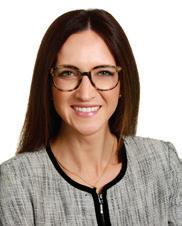
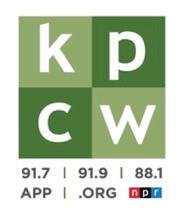

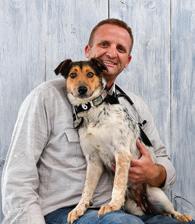
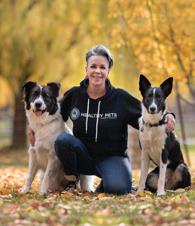




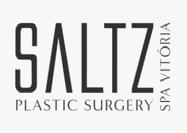
ideas and photos to: bdemann@bestversionmedia.com
FINANCE AND TAX EXPERTS
KPCW Spencer F. Eccles Broadcast Center PO Box 1372 | 460 Swede Alley Park City | UT | 84060 | kpcw.org 435) 649-9004 | (435) 655-8255
PLUMBING EXPERT
Jonathan Cheever Team Cheever Plumbing & Heating www.teamcheever.net 435-252-7697
ANIMAL HEALTH EXPERT
Danielle M. Meister, CFF®, CDFA® Madrona Financial & CPAs 833-673-7373 daniellem@madronafinancial.com WELLNESS OPTIMIZATION EXPERTS WOW Clinics 435-800-6969 info@wowclinic.com wowclinic.com
INTERIOR DESIGN EXPERTS
Franky & Tam
Studio Interiors & Co. franky@studiointeriorsutah.com tam@studiointeriorsutah.com 435-214-6951
AESTHETICS AND PLASTIC SURGERY EXPERT
Dr. Renato Saltz Saltz Plastic Surgery and Spa Vitoria 1441 Ute Blvd. Suite 140, Park City, UT 84098 435-216-9876 | saltzplasticsurgery.com

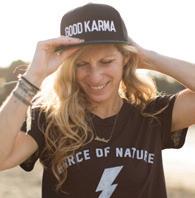
Dr. Carl Prior Park City Animal Clinic 1725 Sidewinder Dr., Park City 84060 435-649-0710
PET NUTRITION EXPERT
Heide Fowler, Owner Healthy Pets Summit County 435-214-7963 healthypetssummit@gmail.com
ANIMAL WELLBEING EXPERTS
Stephen Jones, MVB, MS, DECVS 5373 UT-224, Park City, UT 84098
barkcityvet.com | 435.200.2160 info@barkcityvet.com
Molly Uhlig
Pete’s Adventure Pack petesadventurepack.com petesadventurepack@gmail.com 404-550-5633
Stoke Coach stokecoach.com rachel@stokecoach.com
To learn more about becoming an expert contributor, contact Betsy DeMann at bdemann@bestversionmedia.com or 801-671-6315

BETSY DEMANN
Publisher
bdemann@bestversionmedia.com
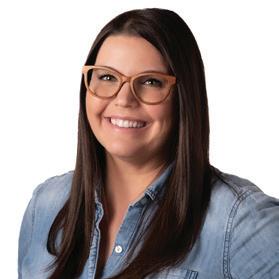
JACQUIE SYMES
Content Coordinator jacquie@bestversionmedia.com
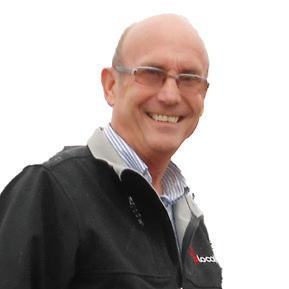
MITCHELL OLSEN
Account Executive molsen@bestversionmedia.com

JARED DEMANN
Account Executive jdemann@bestversionmedia.com
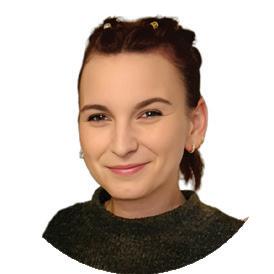
EMILY REZIN
Designer
Any content, resident submissions, guest columns, advertisements and advertorials are not necessarily endorsed by or represent the views of Best Version Media (BVM) or any municipality, homeowners associations, businesses or organizations that this publication serves. BVM is not responsible for the reliability, suitability or timeliness of any content submitted, inclusive of materials generated or composed through artificial intelligence (AI). All content submitted is done so at the sole discretion of the submitting party. © 2025 Best Version Media. All rights reserved.

I was lucky to grow up in the mountains and most of my life’s decisions are built around that idea. My first passion was and is still skiing, which I now share with my wife and two children. With a background in mountain bike repair, I stay involved with people who actively ride local trails. This has connected me with many individuals across the Wasatch Back, relationships for which I am grateful.
In the mountains I enjoy backcountry skiing, mountaineering, and mountain biking. Other hobbies include amateur video creation, photography, written storytelling, amateur radio, and flying drones. Mentoring others in what I have learned comes naturally, in hopes of guiding people into passions that have shaped my life. Teaching my wife to ski has helped me be a better and more patient mentor for my kids which is something I gratefully enjoy.

My wife has been a great support in pursuing journalism. Writing for Neighbors has been truly fulfilling, where interviews, research, and hands-on experiences have fostered knowledge and relationships. Being able to search out stories, bringing history and individuals to light are goals I have harbored far too long.
CONTRIBUTING WRITERS


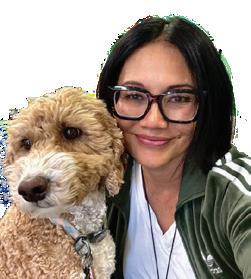
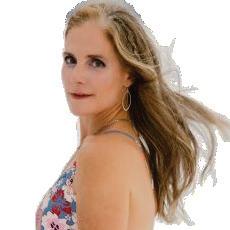



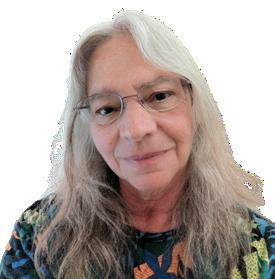

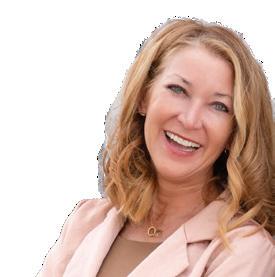
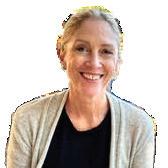

CONTRIBUTING PHOTOGRAPHERS
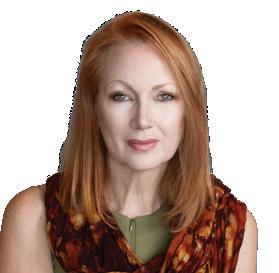
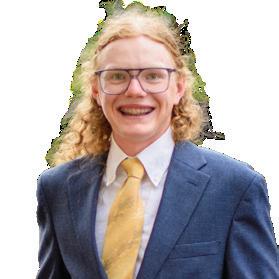
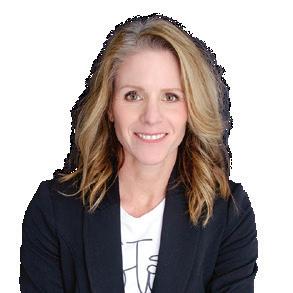
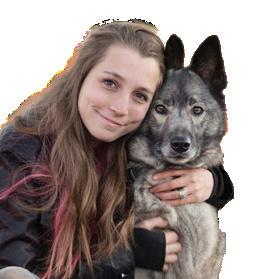


BY AIMEE L. COOK PHOTOS BY DEB DEKOFF
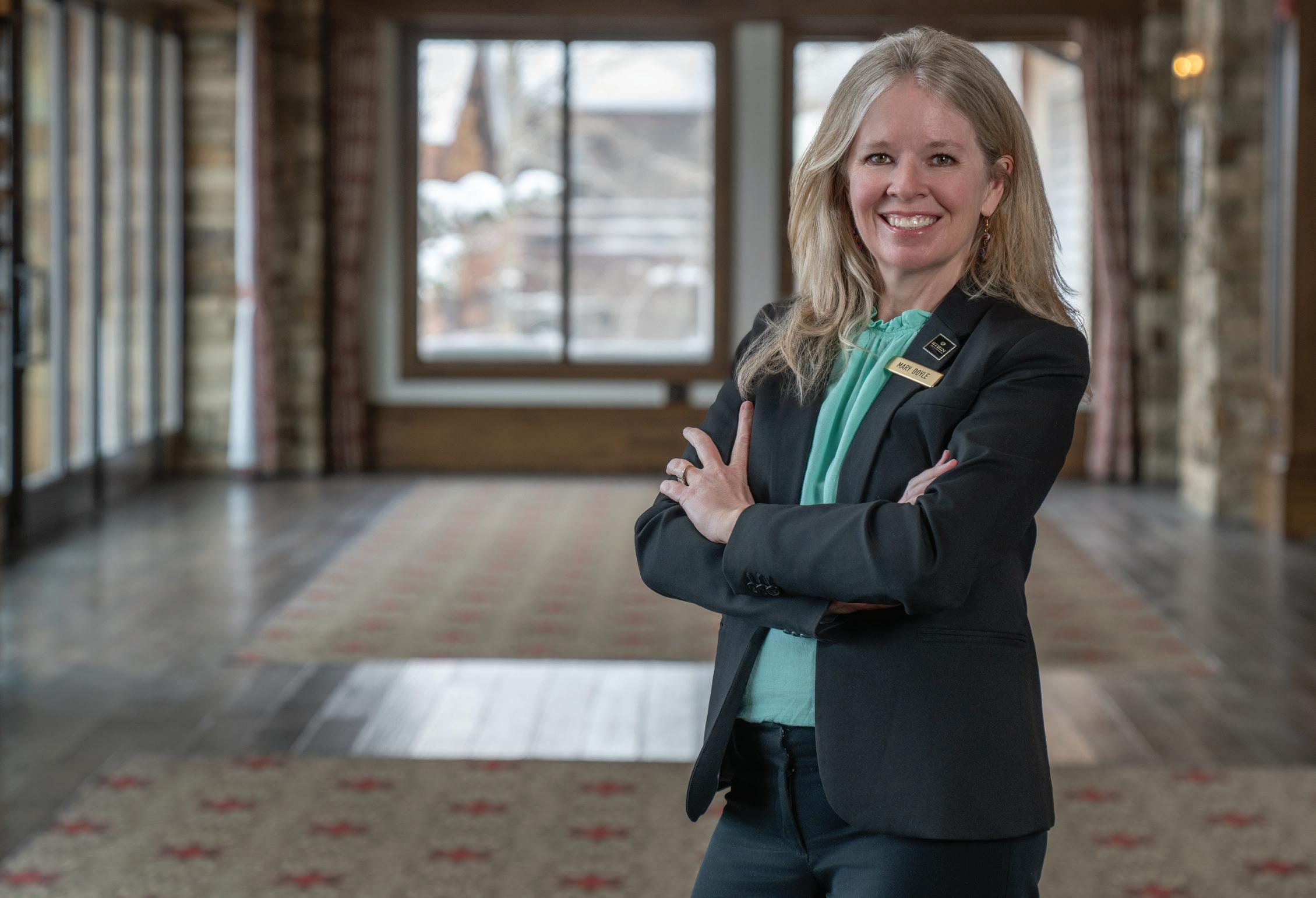
Stein Eriksen Lodge in Deer Valley, Utah, is known for luxury, stunning mountain views, and flawless event execution. Mary Doyle, the Associate Director of Event Services, is a professional whose commitment, precision, and leadership have been instrumental in shaping the lodge’s reputation for excellence.
Having first joined the Stein organization in 1999, this seasoned event expert began her career at The Chateaux before transitioning to Stein Eriksen Lodge in 2009. Originally from North Carolina, she moved to Utah in August 1999 and has combined her Southern charm with a no-nonsense work ethic, making her a standout leader in event services.
“Utah gets in your blood,” Mary said. “Hospitality piqued my interest when I was younger, traveling with my dad. I majored in Parks and Recreation [in college] with an emphasis in leisure service management. Every day and every customer is different, but the goal is to ensure that everyone has a good time and a successful program.”
Organizing events at a world-renowned property is no small feat. Every client that walks into Stein Eriksen Lodge expects perfection— from meticulously planned group activities to seamless dining experiences and transportation coordination. Mary is the person who ensures that it all happens.
Whether she’s planning a corporate retreat or a unique dining experience, every event benefits from her expert touch. But execution at this level isn’t a solo endeavor—it requires the ability to delegate and collaborate across various departments. Her talent for bringing together housekeeping, culinary, transportation, and on-site activities teams ensures that every event is cohesive and memorable.
“As you can imagine, after all these years, I have many repeat clients that have also become friends,” Mary added. “The sales department sells the piece of business and then it is turned over to our department to coordinate the activities, dinners, transportation etc. That can take a few weeks to several months. We put all the details together, then it is turned over to operations to execute.”
Over more than two decades with Stein, she has witnessed the evolution of the hospitality and event planning industry. Her ability to adapt to changing client expectations, new technologies, and emerging trends has kept Stein Eriksen Lodge at the forefront of luxury events. Clients today are interested in local products and are trying to be environmentally friendly.
“A lot of times we will get requests for dinners or groups and increase the number at the last minute. We have an excellent team, and when I turn these things over to the operations department, I never worry something is going to go wrong,” Mary said. “There are a lot of people who have [worked] here a long time. We definitely have the best team in Park City.”
Her dedication goes beyond planning perfect get-togethers. She constantly collaborates with her team to train new staff, innovate processes, and ensure no detail is overlooked. It’s this level of care and professionalism that has made her an indispensable part of the Stein Eriksen Lodge family.
“I love Steins. After all these years, I have made so many friends here; it is my family away from home,” Mary said.
Next time you attend an event at Stein Eriksen Lodge, know that behind every candlelit table, every thoughtfully prepared meal, and every carefully curated activity is a professional whose dedication to excellence makes it all possible.

The Sidecar is timeless classic pre-prohibition era cocktail. It is both sophisticated and wild at the same time. The cocktail combines Cognac, Cointreau, and Fresh Lemon Juice to create a balanced and refreshing drink that will surely impress.
The Sidecar was created in the 1920’s supposedly after a World War 1 US Army Captain who would frequent a popular Paris bar. The Captain would always arrive at the bar riding in a motorcycle sidecar and ask the bartender to make him something refreshing. The bartender came up with this masterpiece and named it after his mode of travel.
The iconic cocktail has stood the test of time. Add it to your repertoire, serve it to your guests, and take a bow.
Prep Time 5 Minutes
INGREDIENTS*:
• 2 oz Cognac
• ¾ oz Cointreau
(Or Triple Sec Or Grand Marnier)

• ¾ oz Fresh Lemon Juice
• Garnish with either a Lemon Twist, or an Orange Peel
*Optional can be served in a sugar-rimmed glass, I prefer it without the sugar, but try it both ways and see which one you like.
DIRECTIONS:
Add Cognac, Cointreau, and Lemon Juice to a shaker with ice. Shake until chilled. Strain into a chilled coupe glass. Garnish with a Lemon twist, or an Orange peel. Serve with a smile. Did you try it? Let me know on Instagram @elevateeventbartending

BY AIMEE L. COOK
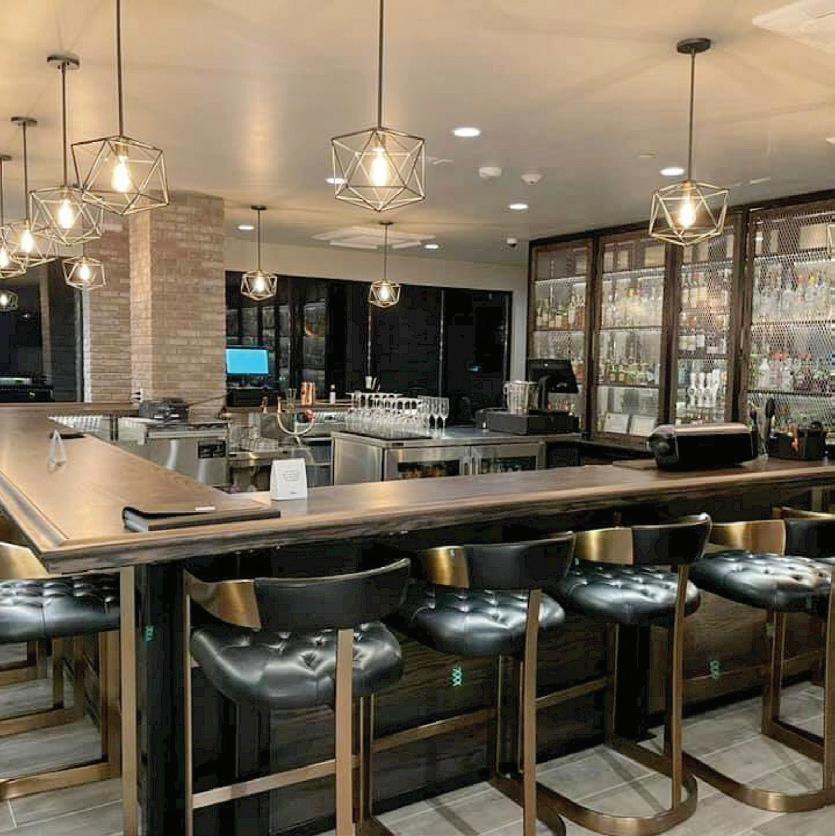




Black Rock Mountain Resort is a destination that redefines what it means to live the good life. For both locals and visitors, this resort offers various amenities, activities, and experiences for every season—and every kind of adventurer. Whether you’re chasing the snowy slopes of Park City or the sunny shores of Jordanelle Reservoir, Black Rock is your ultimate headquarters for year-round fun and relaxation. Utah locals, with their Utah ID in hand, can enjoy a 15% discount on room rates and a 10% discount on food.
Black Rock Mountain Resort offers a nice lineup of amenities to elevate your stay. Dining takes center stage at Overlook Restaurant, where elevated comfort food meets panoramic views of the surrounding mountains. Depending on your appetite and cravings, there is something delicious and satisfying on the menu. I recently enjoyed the chicken fried steak, which is comfort food at its finest; Chef Ernesto has it dialed in. An extensive wine and cocktail list is available.
Stop by On the Rocks Bar off the main floor lobby for craft cocktails and equally stunning panoramas—the perfect way to unwind after an adventurefilled day. Thursday nights offer live music at On the Rocks, creating a fun vibe to get your weekend rolling.
Fitness enthusiasts can keep up their routine at the resort’s 24-hour fitness center, complete with a sauna and a steam room to soothe tired muscles. Prefer to relax poolside? The heated outdoor pool and hot tub are open year-round, offering a serene escape no matter the season. For those working remotely, the resort’s business center provides a convenient workspace, while the owners’ lounge and game room add a touch of leisure to your downtime.
Black Rock Mountain Resort’s proximity to Park City, Deer Valley, and Park City Mountain makes it a dream destination for outdoor enthusiasts. During the winter, you’re minutes away from world-class skiing and snowboarding,
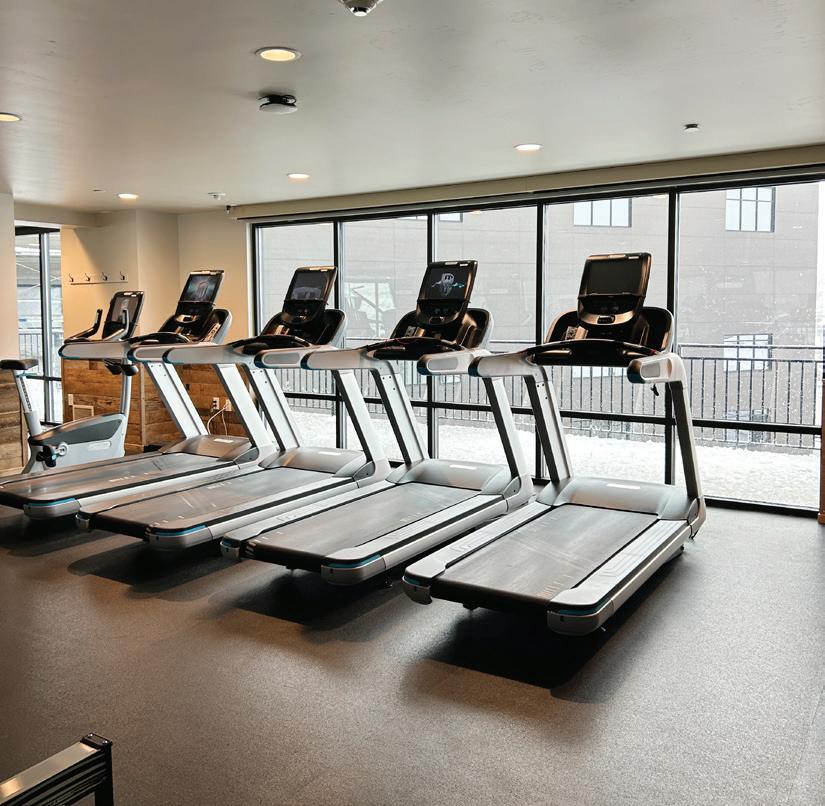
while summer adventures can be enjoyed nearby at Jordanelle Reservoir and surrounding areas. Whether you’re into paddle boarding, kayaking, hiking, or soaking up the sun, the reservoir offers endless possibilities for water sports.
Need equipment? Switchback Sports’ rentals onsite have you covered. It offers bikes (both new and used and e-bikes), bike repairs, paddleboards, and even pickleball equipment. It’s a one-stop shop for all your outdoor gear needs, making it easier than ever to jump straight into your next adventure.
While the resort’s luxury features might draw in travelers from all over, Black Rock also has deep ties to its Utah community. Locals will love how close it is to Park City and recreational areas, while visitors will appreciate the warm, welcoming vibe that the resort embodies.
“Black Rock Mountain Resort is and wants to be a gathering place for folks that live in the area or folks that bring visitors to town for meetings or special occasions,” says Alfredo Anguiano, area managing director for Pyramid Global Hospitality at Black Rock. “Our rooms are very spacious, with twobed bedrooms that you can buy portions of to suit your needs. We are very family- and pet-friendly here.”
The second-floor game room is a great spot to gather with family and friends, offering wall-to-wall televisions, board games, and table games such as pool and shuffleboard. Families will especially enjoy the opportunity to have more space without having to leave the resort.
“There are hiking trails in Deer Vista right outside our back door,” says Alfred. “We also offer a shuttle service for our guests that takes people to Park City Mountain, Main Street, Fresh Market, Deer Valley Snow Park, and Deer Valley East Village. It is simple to access; there is an app we give our guests.”
What are you waiting for? Visit the Black Rock Resort website for reservations, details, and more!




your next group gathering unforgettable Whether you ' re planning a corporate retreat, a team meeting, or a special event, this limitedtime deal delivers exceptional savings and
City’s hidden gem for gatherings of all sizes.



April showers do bring May flowers, especially in the vineyard. This is an exciting time of year when the current vintage (2025) begins to show its potential.
In the world of wine, or in this case, the vine–bud break happens in late March into April, when the spring conditions begin to warm things up. Next is ‘flowering’, grapevine flowering or bloom happens approximately 40-60 days after bud break (usually mid to late May) and signifies the start of the current vintage. When the grapevines flower, they will self-pollinate, followed by a berry set – the little stems with tiny grape-berries to mature into beautiful, luscious grape clusters!
Spring also brings a change of season. Still flirting with some winter elements, but warmer weather starts to dominate. Warm days with cool nights, are perfect not just for the vine but for us, too. This change of season lifts the mood, changes our activity and thus, we also change the wines we consume.
Since we’re talking about May flowers – let’s look at some of the aromatic wines that often have spring–like descriptors: Jasmine, ginger, white flower, orange blossom, cherry blossom, raspberry, strawberry, vanilla, clove, nutmeg and more. And NO, these are not sweet wines. These are aromatic dry wines that are amazing with a variety of different food types.
First up, the white aromatic wines – note these aromas are naturally occurring in the type of grape, coming from a natural compound called terpene, the same natural compound found in many flowers.
• Albariño, Spain’s most prized white wine with scents of lemon and lime blossom, grapefruit and melon.
• Riesling, originated in Germany and can be found in the USA and Australia, both dry and off-dry (slightly sweet). Jasmine, apricot, nectarine, honey & green apple aromatics.

• Gewürztraminer with its home in Alsace France, but found in many other places in the world has lychee, rose, apricot, tangerine, pink grapefruit and ginger aromatics.
• Moscato or Muscat Blanc found in many places around the world, has a signature orange blossom, mandarin orange and peach note. One of the most popular and refreshing, and yes, this one is slightly sweet is Moscato d’Asti from Italy.
• Torrontés the signature grape from very high altitudes in Argentina. You’ll get rose petal, geranium, lemon zest and peach.
These wines are wonderful with food, especially food with spice; Asian, Thai & Indian cuisine. For example, the sweet & spicy flavors of a coconut curry are heightened when matched with Gewürztraminer. Spicy Asian or Thai is excellent with the off-dry Riesling, Moscato, or Albariño. Both Albariño & Torrontés are the driest of the aromatic varieties and can go well with seafood, lighter meats and herbed poultry.
Note: While most white wines are served chilled. Aromatic wines of good quality can be served slightly warmer as this will present more aromatics and blend with food for a better overall experience.
Red wine aromatics differ slightly. Red wines give us more of the berry aromas: Strawberry, cherry, cranberry, raspberry, red currant, blackberry, black cherry and then there are some spice aromas often found in some red wines: pepper, clove, cinnamon, nutmeg and some herbs as well.
• Gamay, home to the Beaujolais region of France and found also in Oregon and New Zealand. Fruity and flowery aromas, raspberry, blackcurrant, violet and soil. Gamay is a lighter red similar to Pinot Noir. This is an elegant wine and great to sip on. There are 10 Cru Beaujolais and these are all exquisite. (We are not referring to Beaujolais Nouveau)
• Pinot Noir, its home is Burgundy, France, however Pinot Noir is produced internationally in cool climates like Oregon, New Zealand, Australia, Italy, Germany, Switzerland, and more. Primary aromas are; cherry, raspberry, hibiscus, mushroom or wet forest floor and vanilla.
• Grenache -France or Garnacha, Spain, also found in the USA and Australia and is the primary grape in GSM blends (Grenache, Syrah, and Mourvedre). Notes of overripe strawberry, black plum, orange, herbs and sometimes a leathery aroma.
• Syrah or Shiraz, originated in the Northern Rhone region of France and is called Shiraz in Australia. Also found in Washington and California as well as small amounts in many other areas. Syrah/Shiraz is a bigger, bolder wine with aromatics of blackberry, blueberry, bacon, spice, tobacco and cocoa.
Foods with these wines will differ greatly too, as both the Gamay and Pinot Noir are lighter in style, a bit more delicate in body and have a nice presence of fruit aromas. They both have a nice acidity and low tannin (meaning they don’t dry out your mouth like bigger, bolder wines), allowing a wide range of foods. Fish, poultry, meats and cheese, lighter steaks, etc. For the bigger wines like Grenache/Garnacha, this matches well with roasted meats and vegetables and intense spices like cumin. The Syrah/Shiraz is bold and full–bodied with amazing big aromatics. Pair this with stews, darker meats, lamb, Tandoori and anything with exotic spices as that will bring out the fruit notes.
Whatever you choose, celebrate the season and simply enjoy one of nature’s oldest and most wonderful gifts...WINE!
If you want to learn more or enjoy tasting different wines check out the many events held monthly at Parkcitywineclub.com



In a mixing tin with no ice
1.5 oz Ange Vert Herbal Liqueuer
0.5 oz Preserve Liqueur
0.5 oz Lemon juice
0.5 oz Cane
0.5 oz Egg White
Dry shake for 30 seconds then ice shake Strain into Coupe
In a shaker full of ice
1.5 oz Persistent Vodka
0.75 oz Preserve Liqueur
Shake hard to bruise contents
Strain into Coupe
Garnish with orange peel
In a mixing tin with 1 scoop of ice
1.5 oz Alpine Elevated Gin
0.5 oz Preserve Liqueur
0.75 oz Jam
0.5 Lemon juaice
0.25 Cane
Shake 6-8 times, pour into Rocks glass
Garnish with 3 blueberries
1.5 Alpine Blended Bourbon
0.5 Lafayette spiced Bourbon Whiskey
1.0 Lemon Juice
0.75 Demerara
Serve over crushed ice


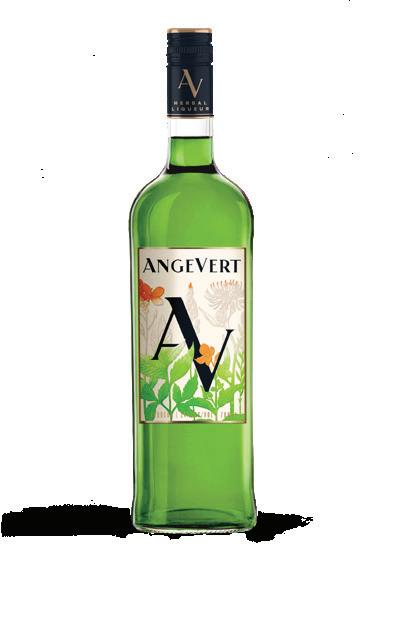



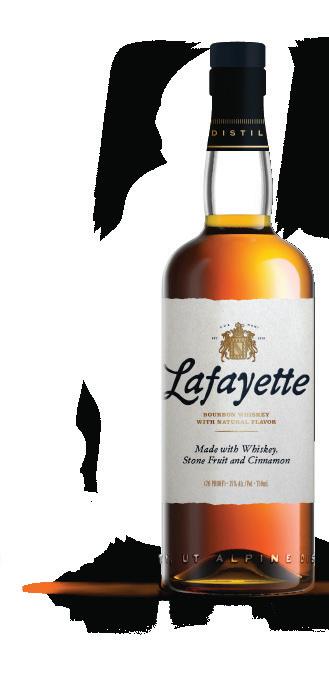



Social Aid & Pleasure Club
Welcome to the extension of our living room, where we invite you to experience Alpine Distilling’s awardwinning spirits and inventive cocktails and gather in the name of community. Join us for cocktails & tastings, live music, special events, and spirit bottle sales.

364 Main Street, Park City UT 84060
Main Entrance on the corner of 4th & Swede Alley Tuesday through Saturday 4-10pm and Sunday 2-7pm PARK CITY
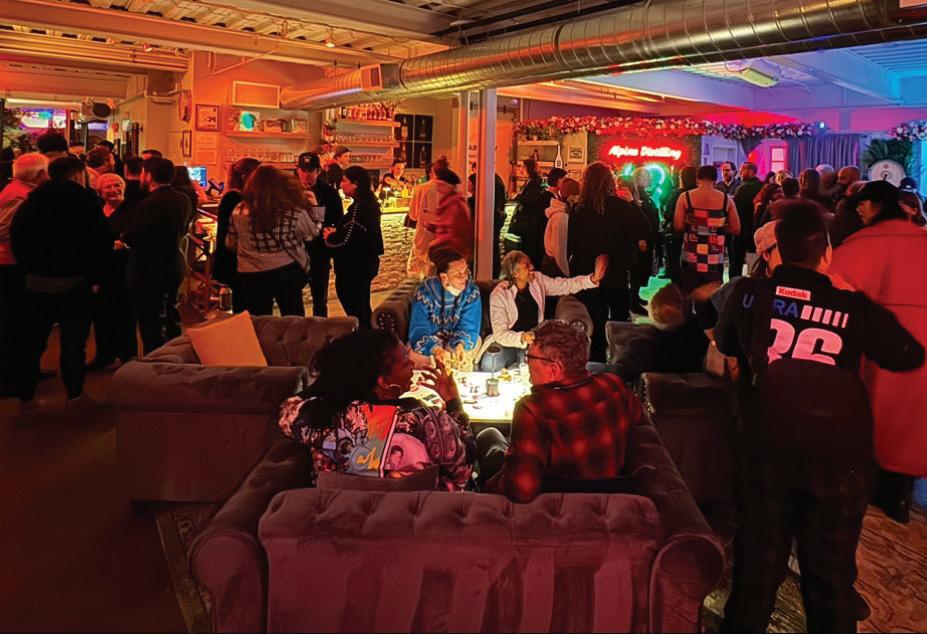
For more information or to inquire about private events, weddings, tastings, or other custom experiences, please contact events@alpinedistilling.com www.alpineparkcity.com www.alpinedistilling.com
BY AIMEE L. COOK
ROSEWOOD MIRAMAR
AND AIMEE L. COOK
Mud season’s got you down? There’s a quick fix. This spring, trade slushy sidewalks and gray skies for clear blue waters, golden sands, and the laid-back vibes of Santa Barbara. With Delta Air Lines’ newly resumed daily nonstop flights from Salt Lake City (SLC) to Santa Barbara Airport (SBA), a sunny escape is just less than two hours away.
The Ultimate Destination for Coastal Elegance
If you’re looking to indulge and make the most out of your escape, Santa Barbara’s Montecito community is home to one of the region’s crown jewels—Rosewood Miramar Beach. This Forbes Travel Guide Triple Five-Star hotel and spa, set on the sands of Miramar Beach, offers 153 ultraluxe guestrooms and suites, including beachside bungalows that give off vibes of the Hamptons, providing a seamless blend of glamour and coastal serenity.
For the art lover, the Miramar art collection adorning the walls throughout the resort showcases 600 pieces of original art from renowned artist Norman Rockwell and architectural drawings of Paul Revere Williams. For active folks, the resort hosts top-tier fitness facilities and two cabana-lined pools. Foodies: Rejoice! Miramar Beach is truly a haven for culinary enthusiasts such as myself. As a food writer, dining at Caruso’s, a Michelin Star and Michelin Green Star restaurant, was a dining experience of a lifetime. Chef Massimo Falsini hails from Rome, Italy, and has been cooking since he was 16 years old, and his attention to detail is evident in every bite. From perfectly prepared pasta dishes to robust proteins, a course meal of your choosing awaits oceanside. His recent shift to a more sustainable land menu incorporates ingredients from local farmers practicing regenerative agriculture. Community and sustainability are at the forefront of Chef Massimo’s passions.
Curious guests can book a beekeeping session with Chef Massimo right on the property. Harvested honey is used in many dishes around the resort.
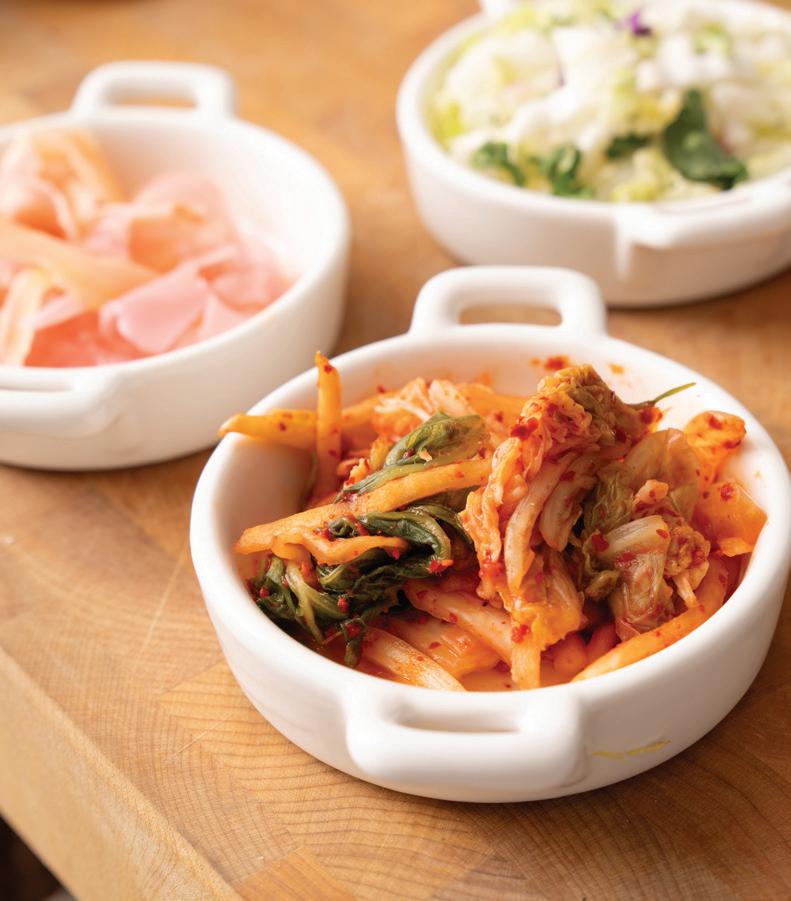
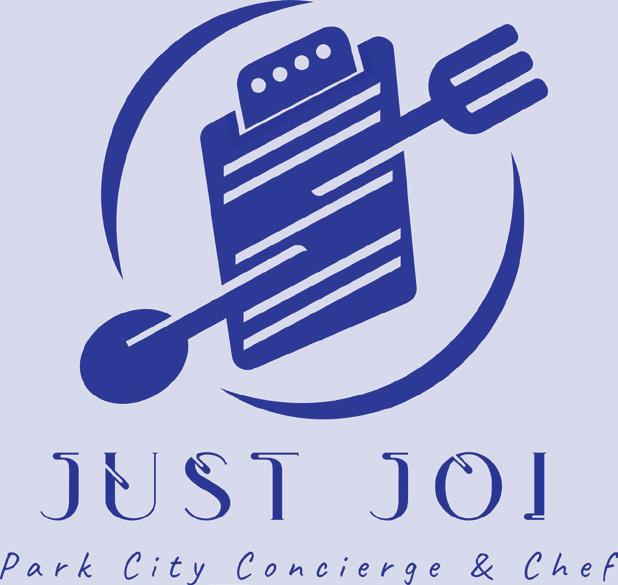
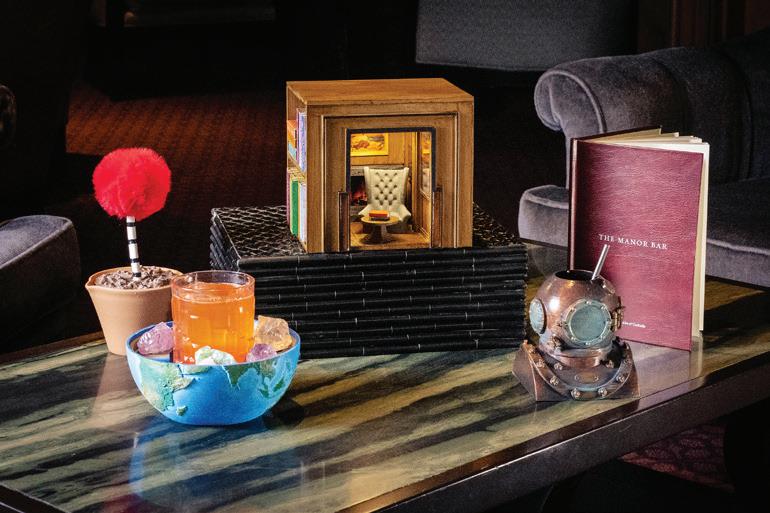


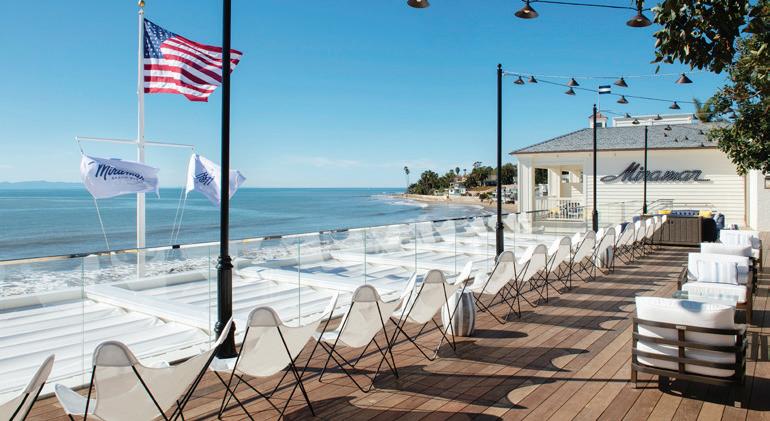

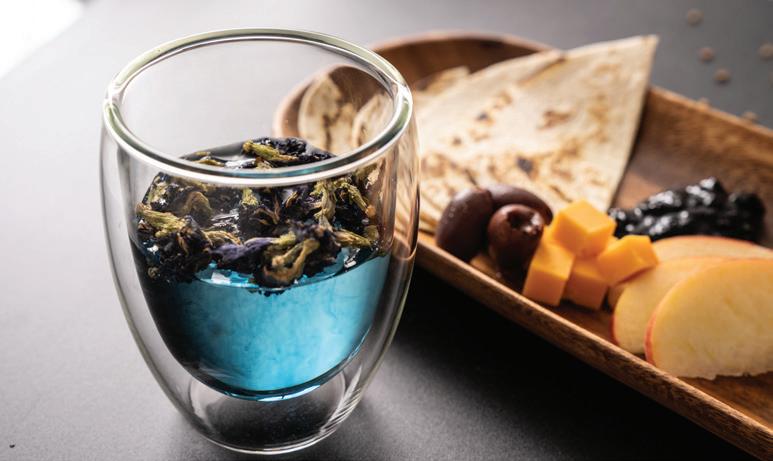
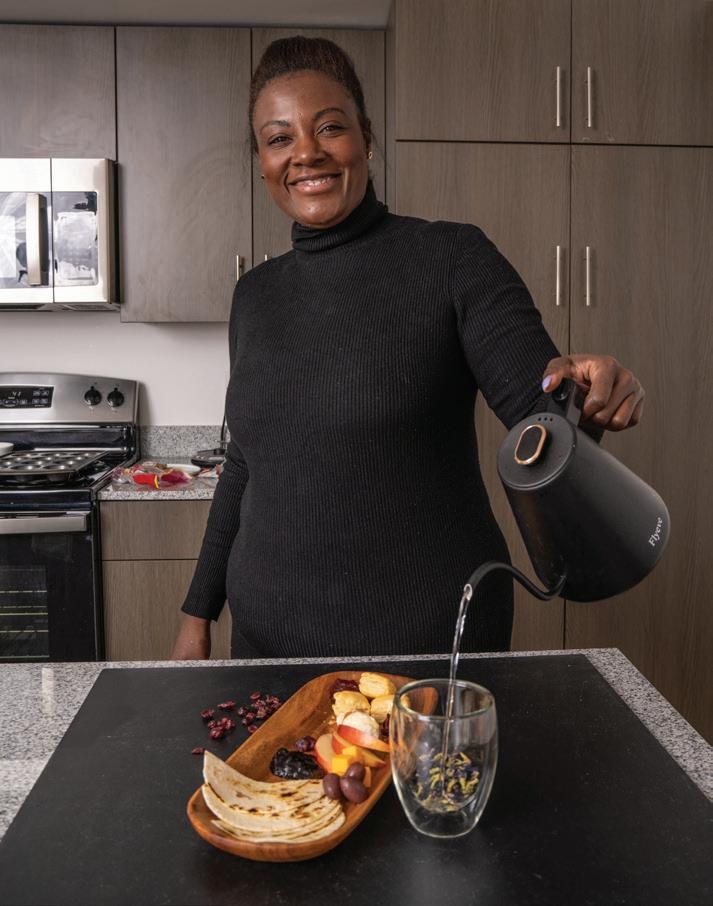
Seasoned with Salt LLC was established on the East Coast as an intimate catering company for families and businesses that wished to embrace the hospitality and avoid the pretense that comes with dining out. We offer Personal Chef services and a Concierge service for those visiting the Summit and Wasatch counties.




“It is magical how organized the bees are. When you do beekeeping, you must focus, take the time, and clear the mind,” says Chef Massimo.
For fans of Japanese cuisine, AMA Sushi, a Michelin Guide recommendation, delivers an authentic dining experience with the highest-quality ingredients and artistry. And when it comes to cocktails, The Manor Bar shines as the property’s library-inspired destination, offering handcrafted drinks delivered in whimsical 3D-printed vessels. The Revere Room brings the concept of hyperlocality to life with ingredients sourced fresh from Santa Barbara’s farmers and fishermen.
Santa Barbara offers more than sandy beaches, spa indulgences, and great food. Stroll along Stearns Wharf, explore the Spanish-style architecture downtown, or sip your way through world-class wineries in the Funk Zone. Known for its Mediterranean charm, the city pairs coastal relaxation with endless activities.
As the annual migration of gray whales passes through the area, spring in Santa Barbara brings the unforgettable experience of whale watching. Visitors can often spot these majestic creatures along with pods of playful dolphins. Numerous tours and charters operate during this season, offering a closer look at marine life.
For wine enthusiasts, Santa Barbara Urban Wine Trail has several tasting rooms all in close proximity, like the new sparkling wine tasting room, Loubud, where effervescent flavors meet a stylish, intimate setting and handmade puzzles are as popular as the bubbles. Additionally, the familyowned Kunin Winery showcases Rhône and Loire Valley varieties such as Chenin Blanc. Learn while you sip, and discover new favorites.
Leave time to visit San Ysidro Ranch, a historical gem that dates back more than 131 years and famously served as the honeymoon destination for John and Jackie Kennedy, which offers visitors a retreat into timeless luxury. The property is surrounded by incredibly landscaped gardens perpetually in bloom under a canopy of stately sycamores and ancient, gnarled oaks. While you wander among citrus groves and olive trees, the air is perfumed with the sweet fragrance of orange blossoms, magnolias, and jasmine.
Adventure seekers can hike the nearby Santa Ynez Mountains, while those craving culture can explore the Santa Barbara Museum of Art. And, trust me, there’s no better way to end the day than watching the sunset over the Pacific.
Book your getaway today—and don’t forget to pack your sunglasses!
www.rosewoodhotels.com/en/miramar-beach-montecito, santabarbaraca.com

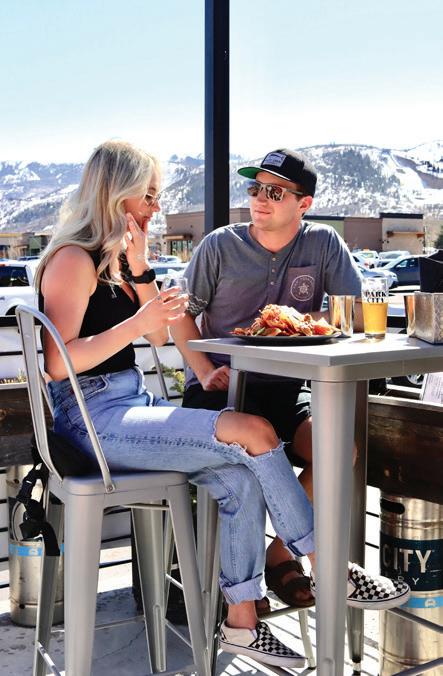
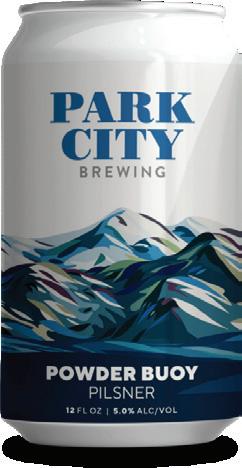
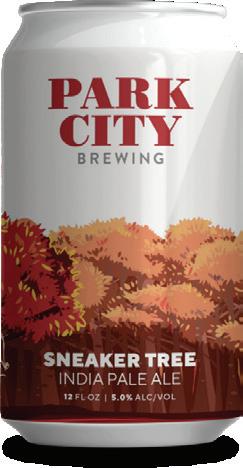
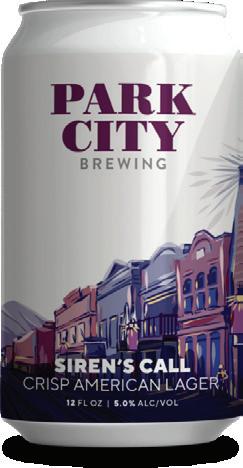


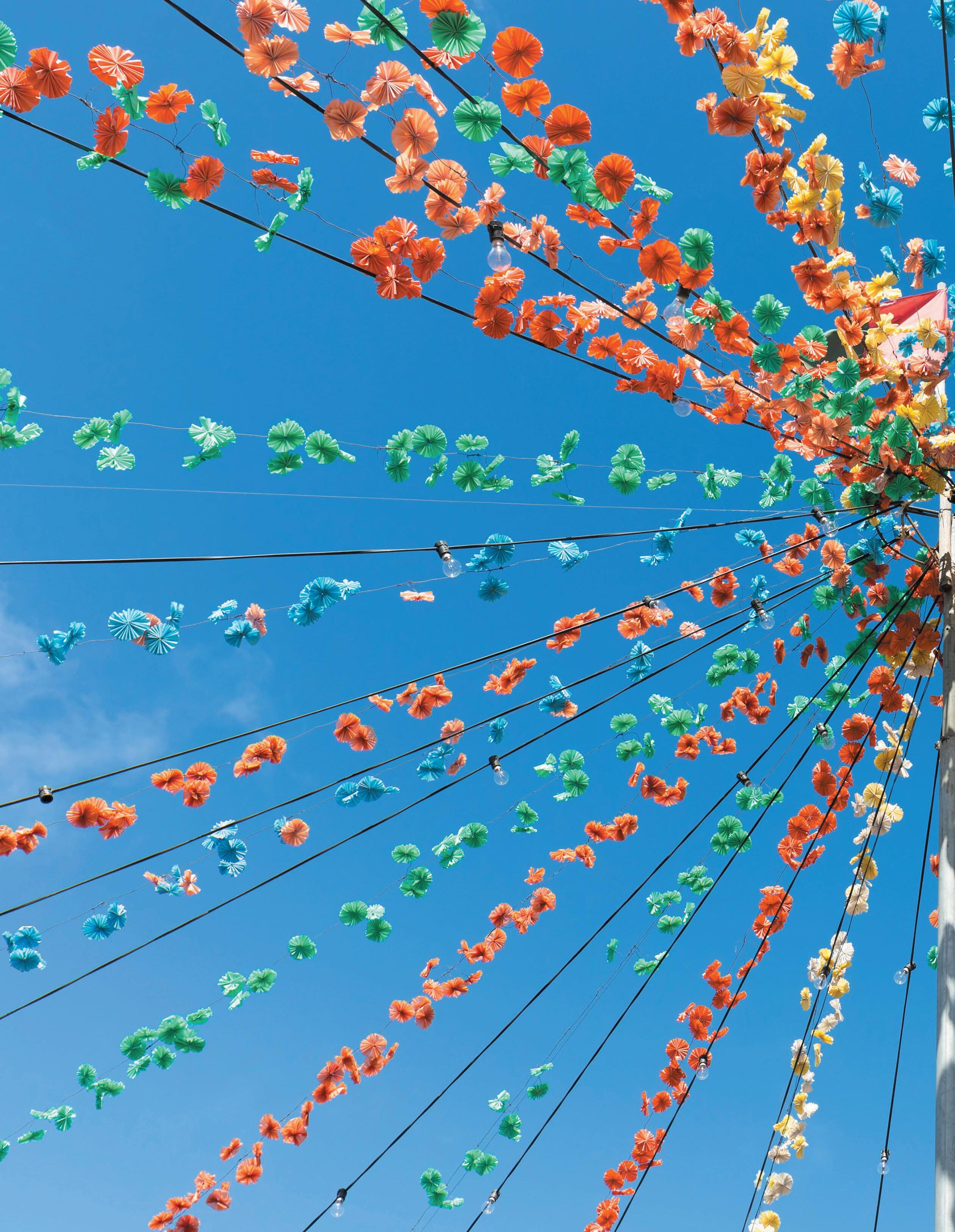
Sunday Craft
@Swaner Preserve and EcoCenter 1258 Center Drive, Park CIty
Bring your nature-loving kids to Swaner's Sunday craft! We offer an upcycled, nature-themed craft every Sunday. All ages are welcome! Stop by the EcoCenter anytime between 11am and 1pm to participate in this free activity. No registration is required.
Time: 11am-1pm
Cost: Free
Website: https://extension.usu.edu/swaner/visit/sunday-craft
Conservation Breakfast
@Silver lake Lodge 7600 Royal St #112, Deer Valley
The Conservation Breakfast is an event where community partners, landowners, open space lovers and dreamers can come together to learn more about how we can save land across the Wasatch Back. The Breakfast will take place at Deer Valley Resort's Silver Lake Lodge. Tickets include food, beverages, and front row seats to our one-of-a-kind program featuring guest speaker, Brain Steed, Commissioner of the Great Salt Lake. Steed has served as executive director of the Utah Department of Natural Resources, deputy director of policy and programs, the official exercising director of the Bureau of Land Management, and chief of staff to Congressman Chris Stewart.
Time: 8:30am-9:30am
Cost: $15
Website: www.wesaveland.org/
Running with
@Basic Rec Fieldhouse 1388 Center Drive, Park City Ed is Education. We all know Ed, and Ed needs our support. Running With Ed is a major community-focused fundraiser put on by the Park City Education Foundation. A 27.6-mile team relay foot race run in Park City. Teams of 1-8 people (you choose) take turns running segments of the course, from short and easy to long and challenging. All proceeds go directly to the Park City Education Foundation, supporting local public schools. Every dollar raised supports programs in Park City schools that traditional funding doesn’t cover, such as teacher grants, STEM programs, and wellness initiatives. The vibe is fun, festive, and full of community spirit! Expect scenic views, creative team costumes, high-fives at every exchange point, and a celebratory finish line party. Theme costumes are encouraged for your team, but not required.
Time: 8am-3pm • Cost: $150 per team
Website: www.runningwithed.com
@Mangelsen-Images of Nature Gallery, 364 Main St, Park City Come and enjoy and support a great cause! Don't miss the Wild Heart Sanctuary Fundraiser featuring: silent auction, yummy snacks, and live music by Earl on Earth.
Thomas Mangelsen is dedicated to capturing the essence of wild places and animals he aims to preserve and protect. Through his incredible photography, he gives a powerful voice to wild horses, showcasing their strength, grace, and beauty in the natural world.
Time: 5-8pm • Cost: Free to the public
Website: www.wild-heart-sanctuary.com/
@Historic Main Street, Park City
Hosted by the Park City Gallery Association, the Last Friday Gallery Stroll, is a fun (and free) monthly community event dedicated to highlighting artists and special exhibits at art galleries throughout town. Park City’s art scene continues to thrive, offering a robust variety of unique art collections from local, national, and international artists. On the last Friday of each month, nineteen of our art galleries open their doors for visitors and locals alike to enjoy light refreshments and to admire their latest art installations.
It’s the perfect way to explore the Park City art scene while enjoying scenic Historic Main Street and our beautiful alpine evenings. Time: 6-9pm • Cost: Free Website: https://parkcitygalleryassociation.com/ DATES TO REMEMBER:


Transform your dining experience with our exclusive Private and Personal Chef Service! At Culinary Elegance, we bring your gastronomic dreams to life, whether it’s an intimate dinner or a grand celebration.
Let our talented chefs weave their culinary magic at your table, delivering a luxurious dining experience that knows no bounds.
Your exquisite journey starts here. Discover a new standard in fine dining with Culinary Elegance! 435 655 1449 thymetodinecatering.com chefakeenoclarke@gmail.com

BY AIMEE L. COOK
The tables will be set once again on Park City’s Main Street for Savor the Summit on June 28th. This al fresco dining event gathers locals and visitors around the longest table in town for one night of outstanding food, conversation, and community. Restaurants such as Shabu and River Horse on Main will be participating again this year. Find your favorite eatery on the Park City Restaurant Association’s website and get your tickets fast!
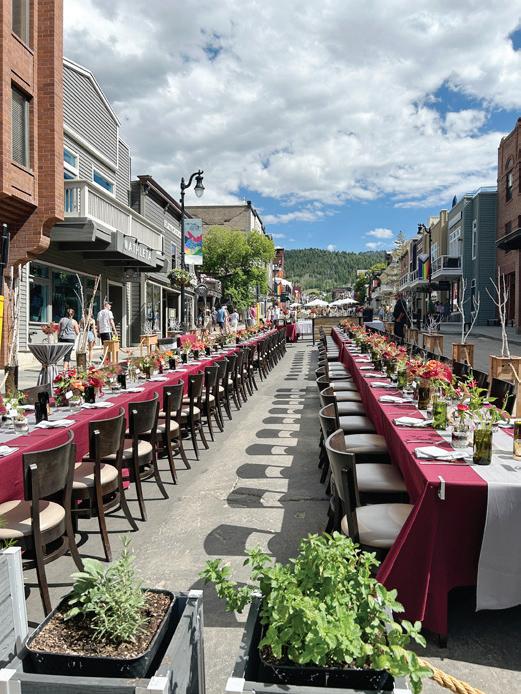
Mark your calendar and be ready at your computer to purchase a ticket to the Annual Payson Salmon Supper on June 1st! Every year, this coveted event sells out in less than 10 minutes. Enjoy delicious food, community, and fun! There are 4,300 tickets sold, each of which gets you a pound of freshly cooked salmon, a roll, corn on the cob, a baked potato, and a cookie.
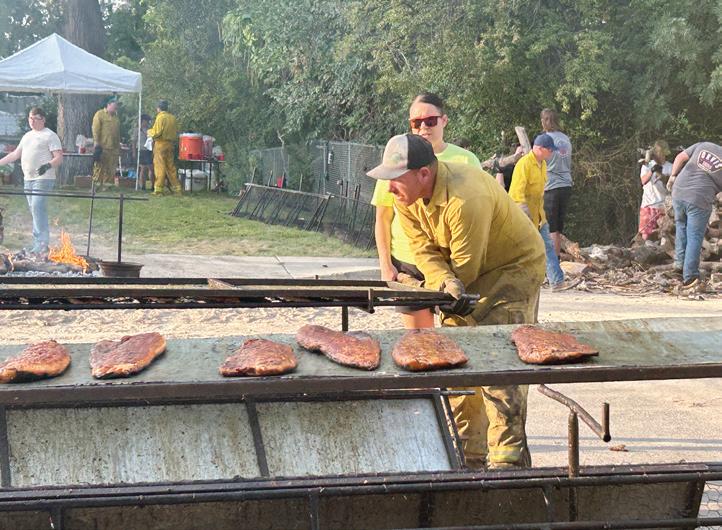
“This annual al fresco dining event has become a cherished tradition, bringing our community together to celebrate our local restaurants in the backdrop of our historic Main Street. For our participating restaurant members, it’s an opportunity to showcase their culinary talents while creating memorable experiences for both locals and visitors. It’s the perfect blend of great food, community spirit, and the beauty of dining outdoors in our unique mountain town.” —Ginger Wicks, executive director of Park City Area Restaurant Association, host of the event.
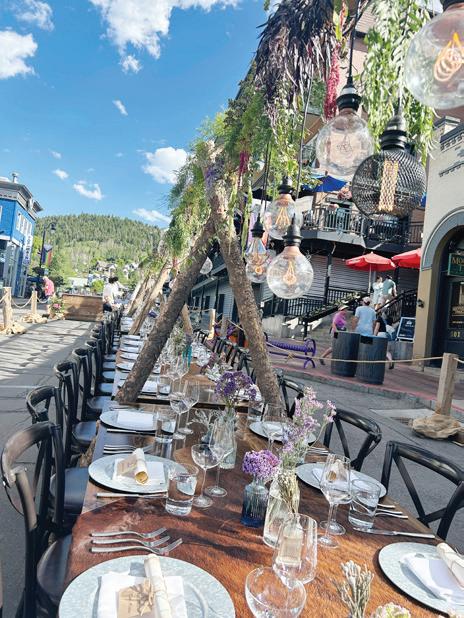

More than 4,000 pounds of Alaskan farm-bred salmon are brought in for this event and cooked over an open flame by the Payson Fire Department. Volunteers from the Payson High School football team and cheerleaders are hand-collecting tickets and cleaning tables. You don’t want to miss it!
Payson Salmon Supper • August 1, 2025
Tickets: $25 www.paysonutah.gov/events/page/salmon-supper-tickets
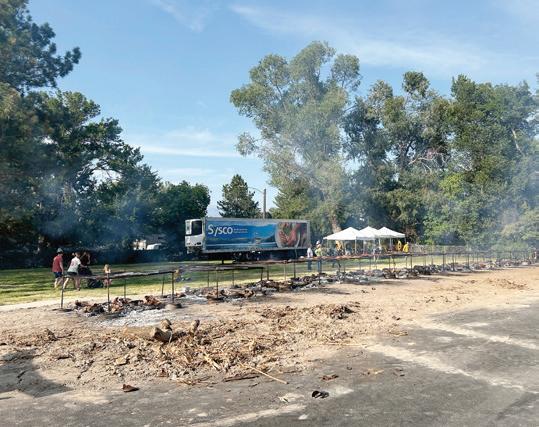

The sixteen voice women’s a cappella ensemble will present “Sing, Sing, Sing,” an uplifting, joyful concert
June 1st, 4:00 PM at Park City Community Church. Please join us for light refreshments after the concert. At the door, adult tickets: $15, children age 12 and younger: $5. Advance adult tickets: $12. A portion of ticket sales will be donated to a local non-profit. For advance tickets information please check our website: parkcitytreblemakers.org.
Park City Treble Makers welcome opportunities to sing.
Please contact us at pctreblemakersinfo@gmail.com.

Mindfulness Meditation for Adults, Wednesdays @ 6pm
Join us as we create a strong community connection through mindfulness education and practice. No experience is necessary. More information at MindfulSummitCounty.org.
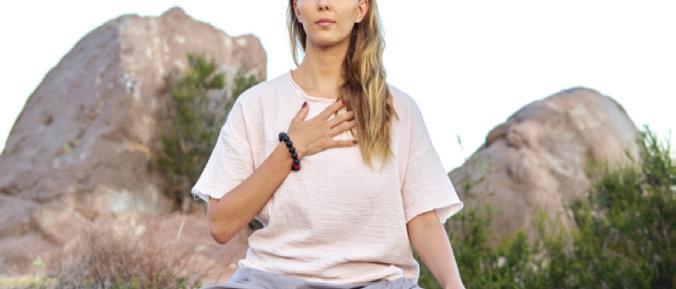
Star Wars Day (eve):
May the 3rd Be With You @ 1pm
Celebrate Star Wars! “May the 4th Be With You” will be observed on Saturday, May 3rd on Star Wars Eve! Create your own pool noodle lightsaber, origami, and other Star Wars-themed activities. Costumes are encouraged! Dress up as your favorite character if you’d like. Lego Star Wars will be screened with popcorn and coloring.
Dog Man: Family Film Fest, Saturday May 10 @ 4pm
Enjoy a free screening of “Dog Man.” The film will be screened in English. Free popcorn is provided. In partnership with Park City Film. Intro to Guitar, Tuesday May 13 and May 27 @ 4:30pm
A class to help aspiring guitarists of all ages with basic knowledge and techniques to get started with the instrument.
Parenthood and Personal Finance: Smart Strategies for the Next Chapter, Tuesday May 13 @ 5:30pm
Becoming a parent is one of life’s most exciting and transformative experiences and brings new financial responsibilities. Join our experts from USU Extension to learn how new and expecting parents can navigate the financial changes that come with growing their families. Special thanks to Park City Community Foundation’s Early Childhood Alliance for providing a raffle prize for one lucky attendee!
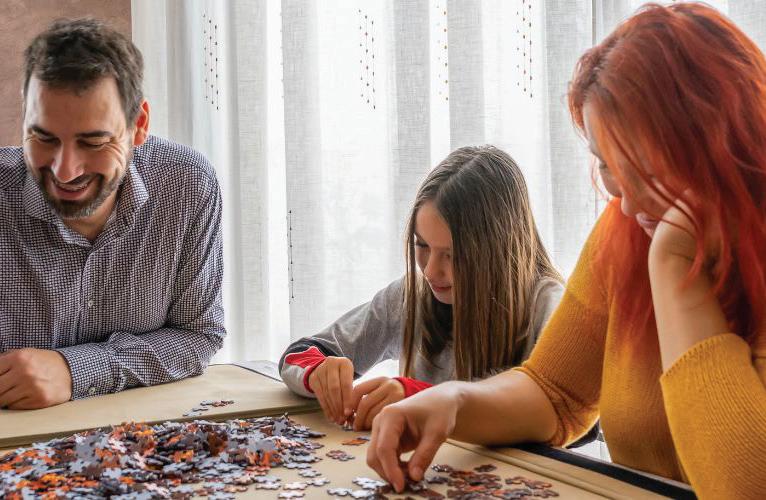
Puzzle Races,
Wednesday May 14 @ 10am
Race to complete a 300-piece puzzle first with your team of three. Registration for your team is required. We welcome individuals who don’t have a full team to participate by emailing Rylee Broach, (rylee.broach@parkcity.org) to be placed in a team.
Fundamentos de la inversión | Investing 101: Save for the Future [in Spanish],
Wednesday May 14 @ 5pm
Sabe que debería invertir, pero hay tantas opciones que puede resultar difícil saber qué es lo mejor para ayudarle a alcanzar sus objetivos. Cubriremos los aspectos básicos de la inversión y le proporcionaremos estrategias prácticas para ayudarle a construir su propio camino hacia la seguridad financiers.

Telehealth Grand Opening & Health Fair, Saturday May 17 @ 2pm
Celebrate the Library’s new telehealth room, which the community can use for virtual doctor appointments through the University of Utah Health. Learn how to use the room and peruse various health information and resources. Bring the family, as there will be children’s health-related crafts!
Sound Bath by Norkova, Tuesday May 20 @ 6pm
Join us at the Park City Library for a soothing sound bath experience hosted by Norkova, a wellness community focused on mental health and holistic well-being.

BalletNEXT Works in Process, Wednesday May 21 @ 6:30pm
Join us for a preview of new, inprogress choreography and get to know the dancers of BalletNEXT. Artistic director Michele Wiles will speak about each piece, sharing a special behind-the-scenes look at the Company’s creative process. Register for free tickets online. Donation-based tickets will be available soon.

Local Speaker Series: Dalton Gackle with the Park City History Museum, Tuesday May 27 @ 4pm Dalton Gackle is the Research, Digital Services, and Social Media Coordinator at the Park City Museum in Park City, Utah. Come listen to his lecture titled “Life About Town in Park City’s Mining Days”.

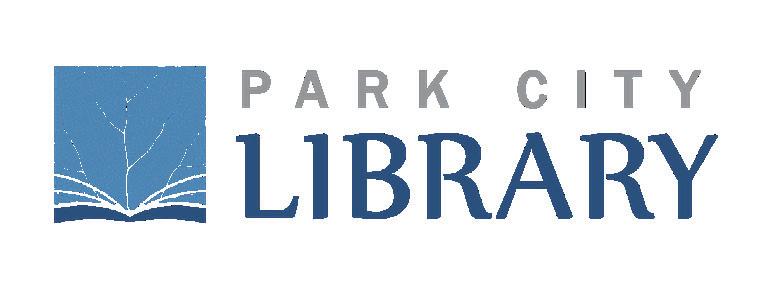
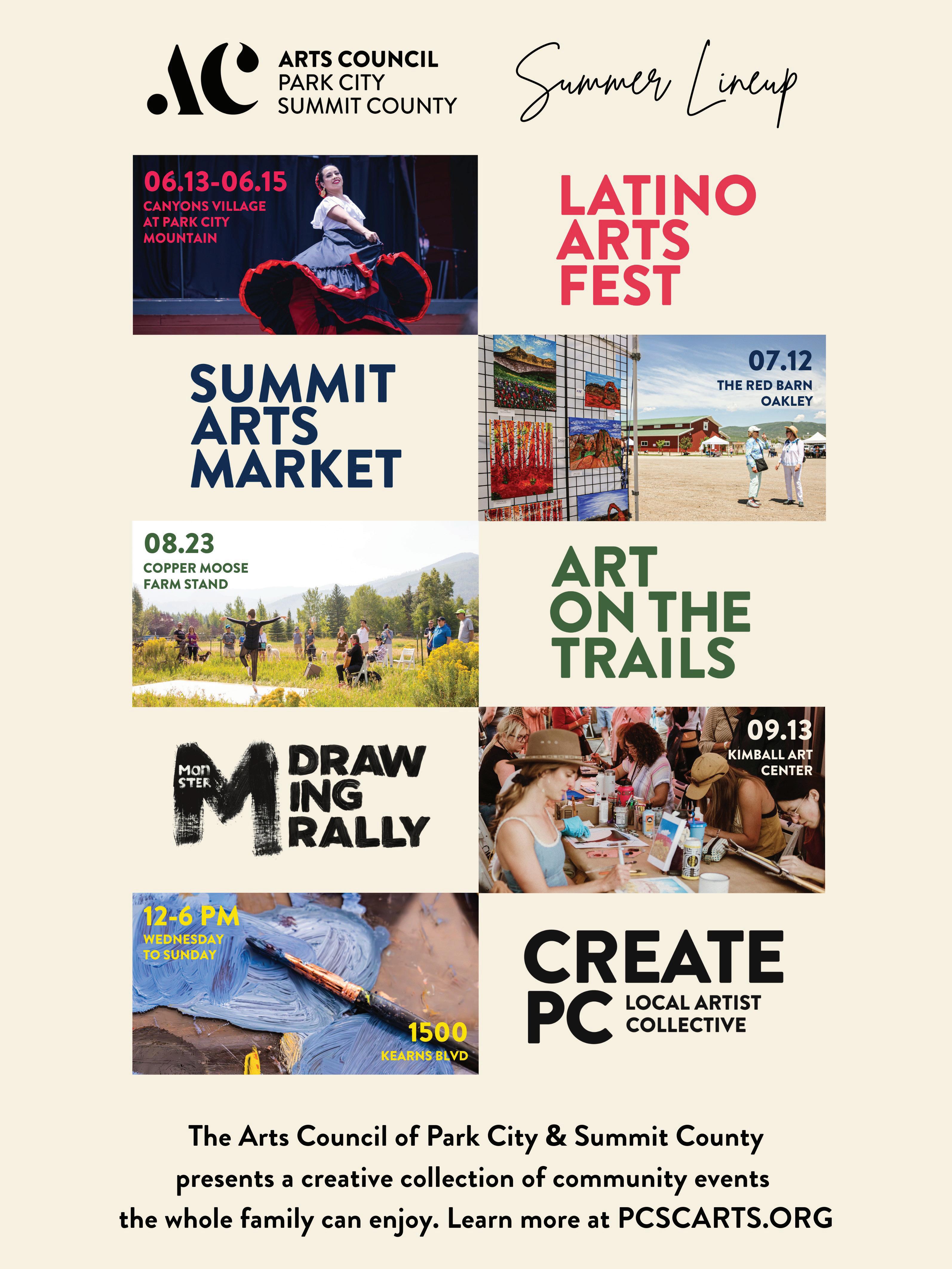
BY BETSY DEMANN


IN DELVING INTO THE NARRATIVES THAT SHAPE OUR COMMUNITY, I HAVE HAD THE HONOR OF DISCOVERING THE INSPIRING LIVES OF THE GONZALEZ ROCHA WOMEN. THEIR ROLES AS MOTHERS, SISTERS, IMMIGRANTS, AND COMMUNITY MEMBERS OFFER PROFOUND INSIGHTS INTO THE SIGNIFICANCE OF REPRESENTATION AND THE ENDURING INFLUENCE OF STRONG FAMILY VALUES.
On a sunny Sunday in April, Rebeca, Griselda Rocha and Justo Gonzalez's second child, warmly welcomed me into the family home. The warmth of her greeting was magnified by the vibrant photographs adorning the walls, showcasing the family’s cherished moments. Guided by the strength of their family matriarch, Griselda, whose strength and resilience have shaped her family’s legacy, this family also includes remarkable men. However, in this story, I am focusing on the Gonzalez women.
Seated across from Griselda in her cozy, well-appointed kitchen, I watched as she prepared a healthy, love-infused meal for her family while sharing her story. Her presence, reminiscent of my paternal grandmother, Elsa, the backbone of the DeMann family, stirred deep emotions in me. Like Griselda, my grandmother's strength, resilience, and unwavering work ethic continue to influence her descendants and will continue to echo through our family's history for generations to come.
Listening to Griselda recount her immigration experience, I was struck by her determination and perspective. At 18, she moved to Park City from Mexico, confronting challenges such as language barriers and homesickness. "At first, I didn’t speak the language or know anyone, and I felt like a scaredy-cat. The people in Park City were incredibly welcoming, and although I never had a bad experience, the distance from my family was tough. I couldn’t go home for a year, which was really hard.”
The supportive nature of the Park City community played a crucial role in her adjustment. "I thought I would experience life in the U.S. for a year before returning to college in Mexico,” Griselda explained. “After finishing high school, I took a job as a nanny for a family, raising their two young children. They became my best teachers. Every morning, I would help them get ready for school, and they patiently taught me English.”
After a year, Griselda was able to return to Mexico. When she returned to Park City, she started working in customer service, restaurants, and grocery stores. She is proud of the 17 years she has worked at Whole Foods and expresses gratitude for the company and what she has learned over the years working for what Griselda describes as a great company.

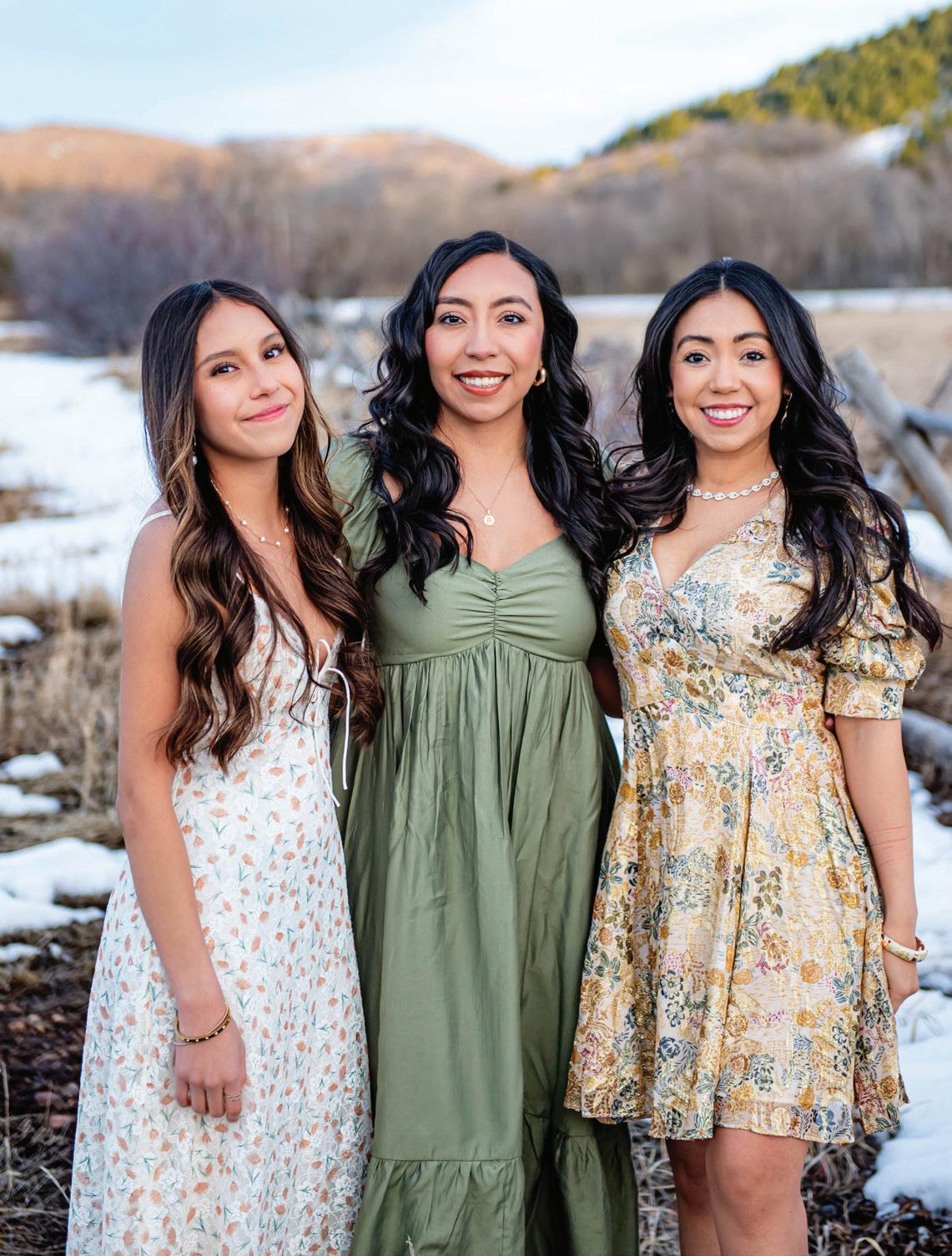

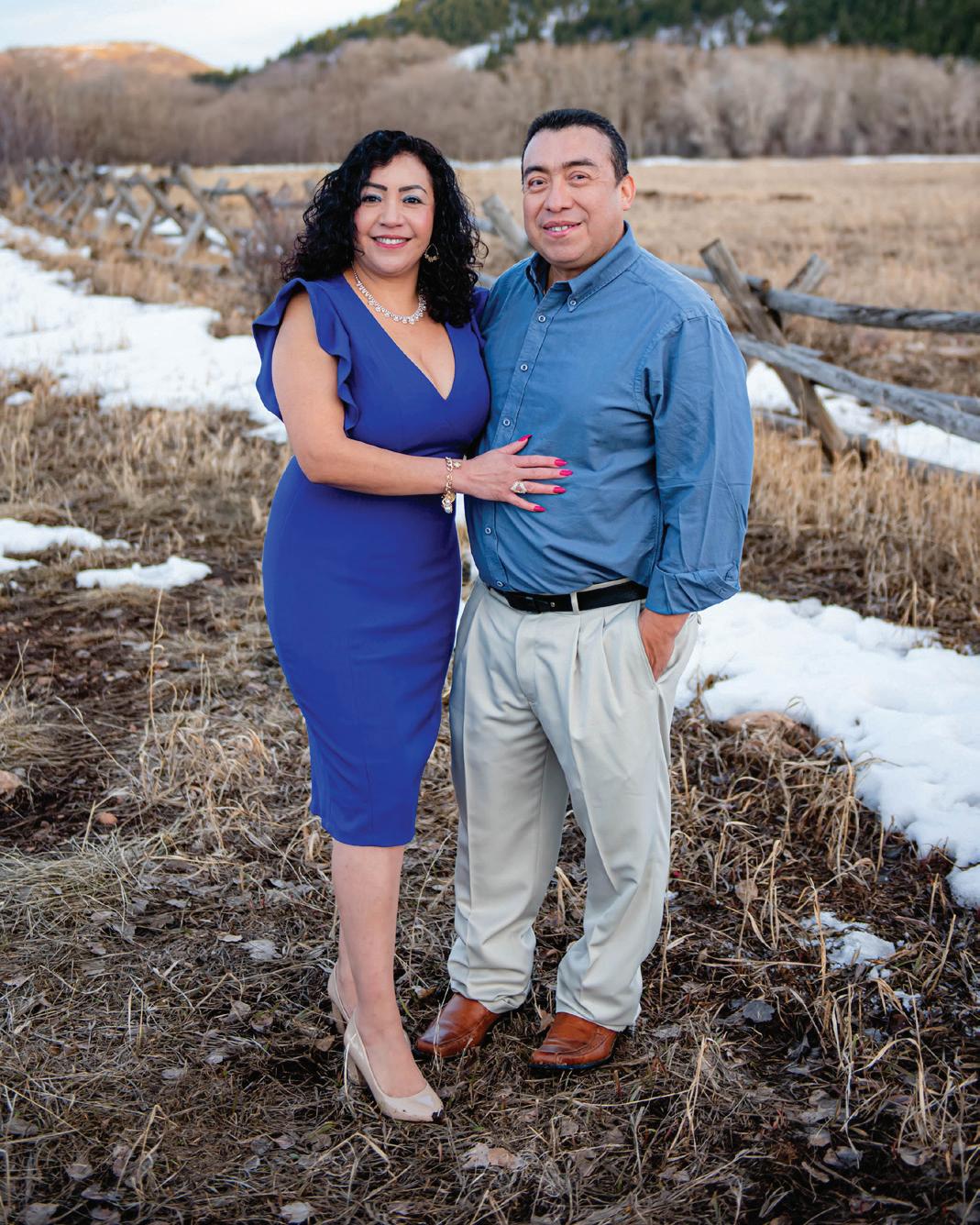
Griselda emphasized how her immigrant upbringing shaped her strong work ethic and commitment to education. The importance of job security and community involvement resonated throughout our discussion, underscoring the extended family’s role as a vital support system. Griselda’s narrative highlighted core values of hard work, loyalty, and respect—principles her parents and grandparents instilled in her.
"My grandparents raised me. My grandpa always said, ‘Never go to work angry, no matter how you feel,'" Griselda recalled. "They taught me to appreciate what God provides and to value those who give you a chance."
Rebeca added, "My mom always stressed responsibility and job care. For an immigrant family like ours, job security is crucial. My parents exemplified loyalty, instilling in us the importance of hard work and gratitude for the opportunities we've received."
Reflecting on her grandmother, Griselda shared, “When I was around 11 or 12, I would watch her rise early each morning, ready to face the day. Despite our community's challenges and limited resources, she managed everything. Meticulously planning each evening to ensure the next day flowed smoothly, she worked tirelessly, preparing fresh meals which were our only option. Her strength and preparedness left an indelible mark on me.”
Griselda’s oldest daughter, Dalia, embodies the aspirations cultivated by their upbringing. Now the director of operations at the People's Health Clinic, she demonstrates her passion for community service, illustrating the transformative impact of community engagement and the abundant opportunities available in Park City.
“I work for the People's Health Clinic. I'm the director of operations. I started six years ago. I always wanted to go into the medical field. When I was little, I wanted to be a doctor, but knowing I was first generation, I didn’t know if I could afford med school,” Dalia explained. “I wanted to finish my schooling so that I could go into the workforce. I was doing all my nursing prerequisites when I started school at the University of Utah. Then I started taking other classes and realized I was more interested in Healthcare Administration.”
While still attending school, Dalia took the initiative to begin her professional journey at Planned Parenthood, where she served as an education coordinator. In this role, she taught maturation and sex education classes to Summit and Wasatch County students. Her passion for empowering individuals through knowledge and awareness was evident in her engaging teaching style and commitment to creating a safe learning environment.

Recognizing the critical role of education in promoting public health, Planned Parenthood collaborated with the People's Health Clinic to expand its outreach efforts. The clinic sought to improve community health services by incorporating comprehensive family planning education. As a result, Dalia became a key figure in this partnership, providing vital information to the community about reproductive health, family planning options, and resources available through the clinic.
Her dedication not only enhanced the clinic’s offerings but also significantly impacted the lives of many individuals and families, equipping them with the tools they needed to make informed decisions about their health and well-being.
“For me, it's a full circle, because I was once a clinic patient. It's in the healthcare field. It's rewarding for me in many ways. I'm not directly giving patient care, but I'm involved behind the scenes, ensuring our patients get better care. The mission of the community is just so important for me, because we care for the uninsured community. We were once uninsured. My mom was an immigrant, and we didn't have insurance growing up,” Dalia said. “The People's Health Clinic started because there are uninsured members of our community. And one important thing that we've been talking about this year is that there's a community that is completely uninsurable. Uninsurable, not just uninsured because of choice, but uninsurable because of their status in the United States. We want kiddos, all kiddos of Utah, to have healthcare.”
This sense of responsibility stems from Dalia’s background as a firstgeneration citizen in the United States; her parents worked tirelessly to ensure she and her siblings had opportunities. Reflecting on her childhood, she recognizes how fortunate she was to grow up in a nurturing environment that fostered her dreams, and she holds deep gratitude for her upbringing in Park City.
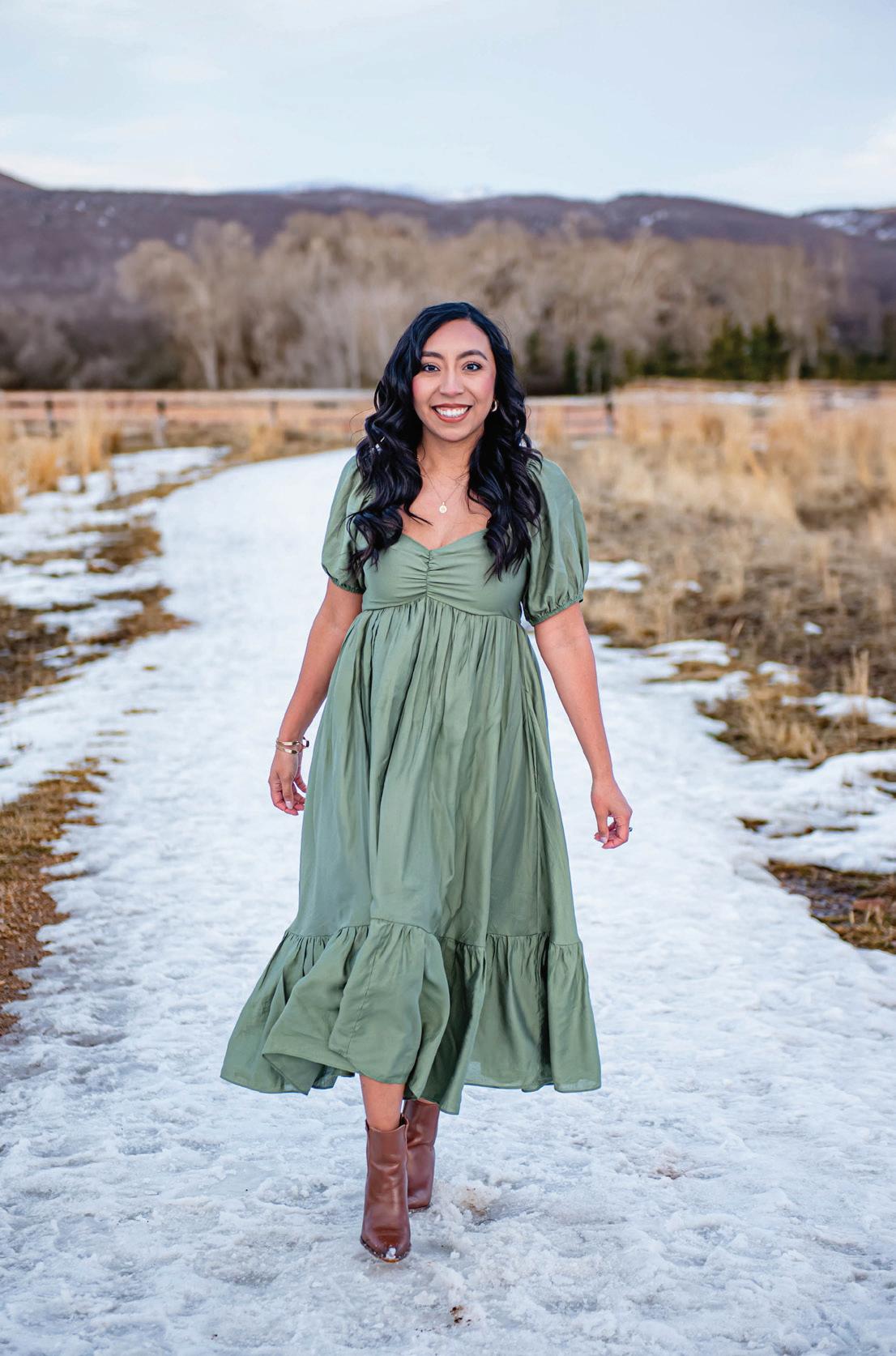
"While I recognize that I haven't lived outside of Park City and may have missed various opportunities, I also appreciate the value of my experiences here. Growing up in a place like this can give you a unique perspective, making you grateful for where you come from,” Dalia reflected. “Many people end up returning to Park City, and I understand that my lack of exposure to life outside this community means I haven't encountered different challenges or environments. Nevertheless, my time here has shaped who I am."
Rebeca, about to celebrate her 29th birthday, also considered her upbringing, emphasizing her parents' immigrant journey from Mexico. Their commitment to instilling strong family values in her and her siblings has profoundly shaped her character and aspirations. Her childhood in Park City was filled with outdoor activities and strong community support. Despite her demanding work schedule, she describes her mother as a pivotal figure who actively encouraged participation in diverse endeavors. This upbringing enabled Rebeca to appreciate the varying family dynamics within their community, recognizing the sacrifices her parents made and the values they instilled.
“Growing up in Park City, so much was happening around me. My mom always wanted us to be involved in extracurricular activities. Even while working full time, she connected with people in town, using those relationships to create opportunities for us. She is a connector. I see that today with programs like Youth United, which help close the gap between low-income and affluent families in our community,” Rebeca recalls. “I was acutely aware of the differences. When I went to school and spent time with friends, I recognized that my parents had to work multiple jobs, which was their greatest sacrifice. My siblings, cousins, and I had to look after one another, leaving less time with our parents. From a young age, I understood
“For me, it's a full circle, because I was once a clinic patient. It's in the healthcare field. It's rewarding for me in many ways. I'm not directly giving patient care, but I'm involved behind the scenes, ensuring our patients get better care. The mission of the community is just so important for me.” - Dalia Gonzalez

their sacrifices, and they continue to make them. They instilled strong family values in me, and as an adult, I appreciate all their hard work. I am truly a product of their dedication.”
Rebeca's journey to becoming an educator is deeply rooted in her early encounters with inspiring teachers. Through leadership roles and programs like Latinos in Action in high school, she wanted to give back to her community and advocate for students of color. Her transition from after-school coordinator to licensed teacher highlights her passion for education and community service. “In high school, as my friends and I discussed our plans, I recognized that many had mixed immigration statuses, each with a unique story,” Rebeca explains. “It was during this time that I found pride in my identity. I felt accepted and supported by my mentors, who believed I could attend college and fulfill my dream of becoming a teacher.”
Currently, Rebeca's impact extends beyond the classroom. She strives to improve students' college access through initiatives like Bright Futures. She emphasizes the importance of representation in education. She reflects on the distinct challenges and rewards of teaching in a progressive district like Park City, affirming her commitment to continuous learning and professional growth. “Attending college was crucial for me as a first-generation student, and my parents’ support was vital in that journey. Immediately after graduating from high school, I began working as an afterschool coordinator for the district. They recognized my strengths in connecting with families, helping our Latino community feel included

and welcome within our schools, ensuring language barriers did not prevent them from accessing resources,” she noted.
Looking to the future, the Gonzalez Rocha family remains committed to making meaningful contributions to Park City. They view education as a cornerstone in shaping their children's trajectories, highlighting the importance of community programs. Their dedication to supporting one another in an evolving environment is evident.
Conversations with the Gonzalez Rocha women revealed the significant impact of community involvement and support. They emphasize the vital role of representation and the influential nature of community leaders in fostering a collaborative future. Their gratitude for the opportunities in Park City stands as a testament to the strength of family, culture, and community.
Reflecting on my time with the Gonzalez Rocha family, I am filled with admiration and respect for the remarkable, loving women I had the privilege to meet. Each embodies strength and resilience, showcasing an unwavering commitment to their family and community. Their warmth and generosity were evident in how they welcomed me into their home, sharing their stories, values, and traditions. I was inspired by their ability to nurture and support one another, creating a strong bond that transcends challenges. Their dedication to uplifting the next generation, particularly in fostering educational opportunities and advocating for their community, profoundly impacted me. Meeting such passionate individuals opened my eyes to the strength of familial love and the transformative power of unity. I truly felt honored to witness the Gonzalez Rocha family's beautiful dynamics and learn from their experiences.


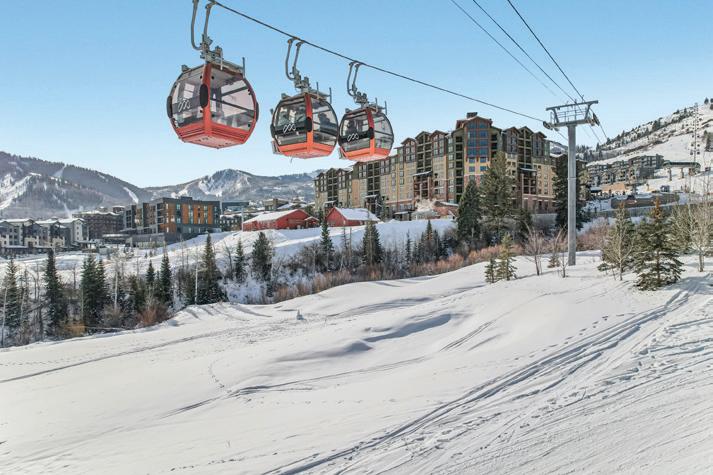
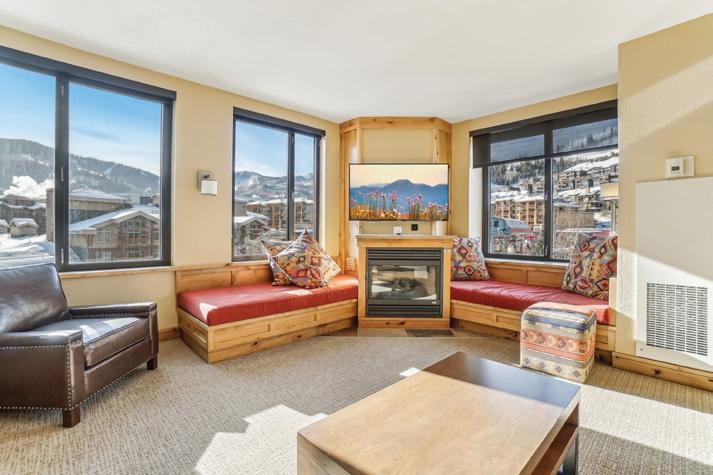
Locals know—Canyons Village isn’t just for out-of-towners. Located on the western edge of Park City, this dynamic base area has grown into a thriving, full-season mountain community. With world-class skiing in the winter, trails and festivals in the summer, Canyons Village is a place to live, play, and invest.
As the first base you reach when coming from Salt Lake City, Canyons Village offers direct access to Park City Mountain via the Red Pine Gondola, Orange Bubble Express, and Sunrise Gondola (coming soon).
Winter brings groomed runs, ski school, rentals, and plenty of après-ski energy. But locals know the fun doesn’t stop when the snow melts—summer and fall are packed with concerts, golf, hiking, mountain biking, and family-friendly events.
MARK YOUR CALENDAR FOR THESE LOCAL FAVORITES:
▶ July 3/4: Independence Day Celebration (fireworks, food, and family fun)
▶ July 12 – Aug 30: Concerts on the Slopes
▶ Weekly throughout the Summer: Free summer concerts by Mountain Town Music
▶ October 3–5: Park City Wine Festival (don’t miss the tastings and pairings)
Whether you’re relocating within Park City, or exploring investment properties, Canyons Village offers something for everyone. From full-ownership condos to townhomes, luxury ski-in/ski-out estates, and fractional ownership options, the community provides a broad range of real estate options—many of which allow for nightly rentals. Most developments offer amenities like shuttle service, fitness centers, pools, and concierge-style perks.
The Canyons Village Master Association runs year-round shuttle service within the village, and High Valley Transit makes it easy to access all corners of Park City—for free.
Price ranges vary widely based on age, and proximity to the ski runs. For those seeking a ski-in/ski-out lifestyle, it doesn’t get much better.
While the majority of properties at the Canyons are condos, and townhomes, some single-Family Home Communities include:
▶ The Colony at White Pine Canyon – Ultra-luxury estates on 5+ acre lots with private ski access
▶ Ranches at White Pine Canyon – spacious properties at the base of the Canyons outside
▶ Timberwolf Estates – Quiet enclave with mountain views, ski and lift access
▶ Aspen Creek Crossing
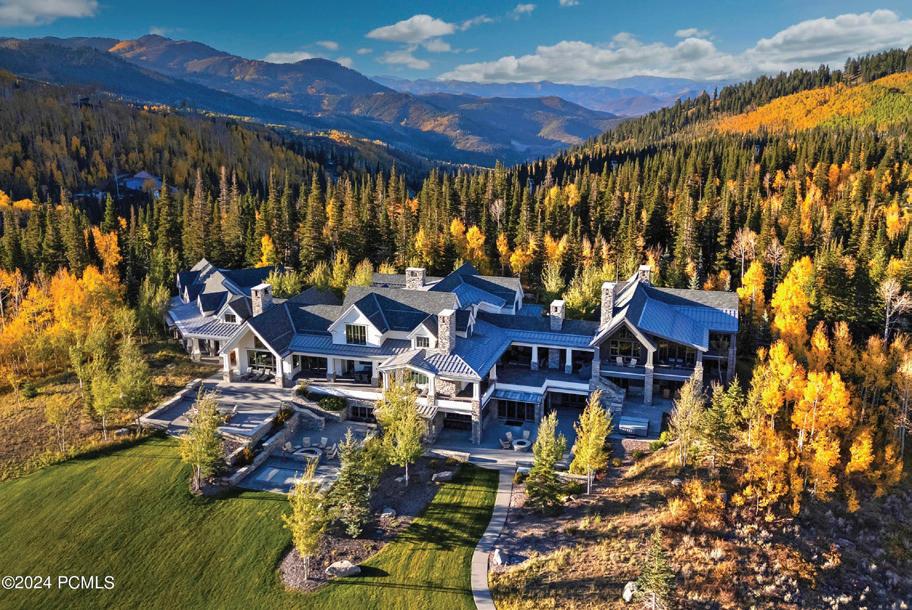





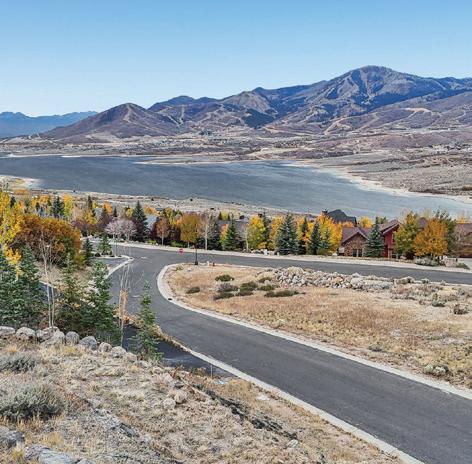

•
•
•


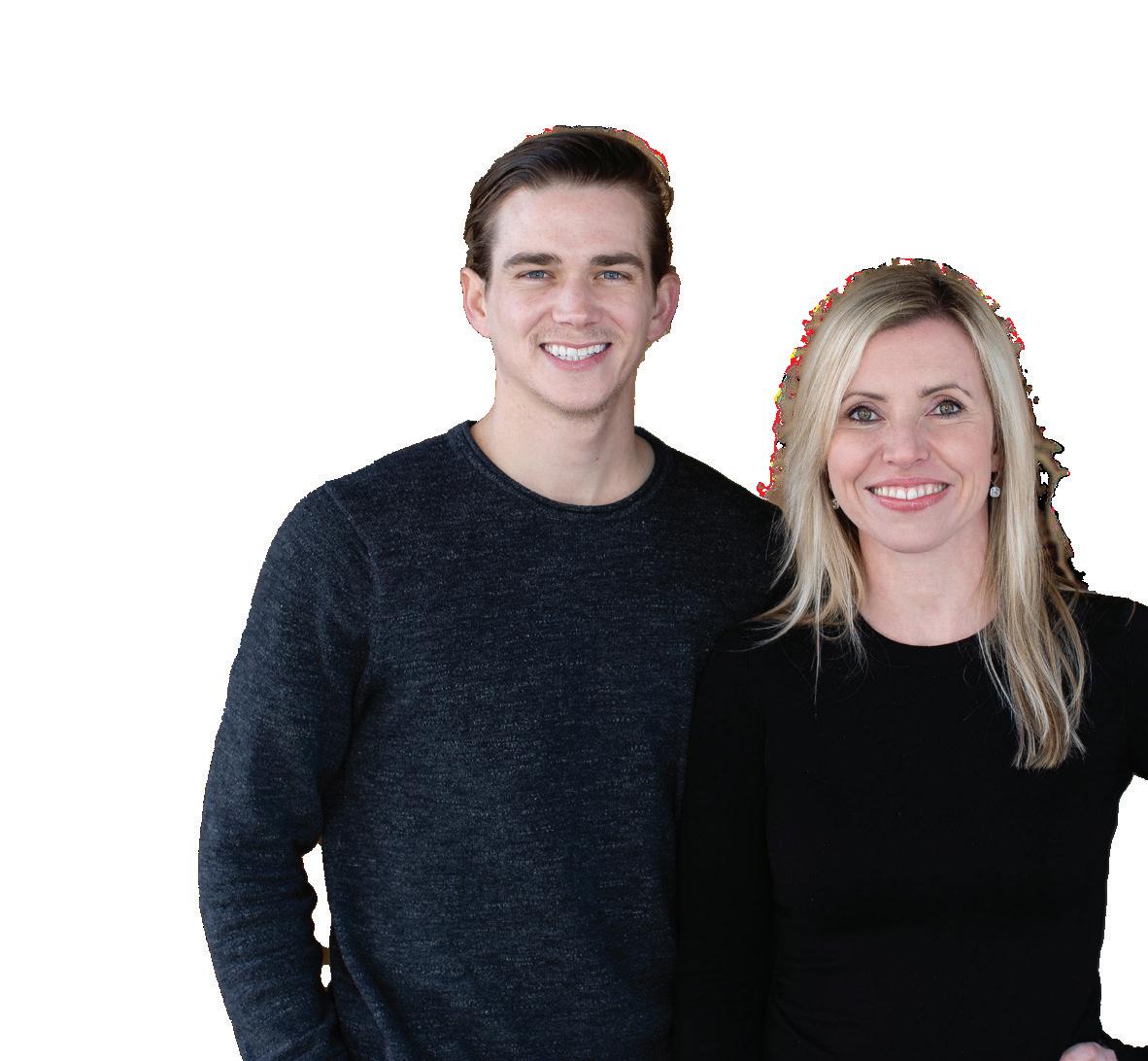
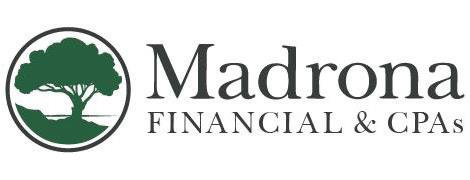
The Madrona Difference
Advisors + CPAs
It takes a team of professionals to manage both wealth and taxes properly. Consider a highly specialized team that works in harmony as they plan and manage your wealth, so that you can enjoy the quality of life you’ve always wanted.

Embracing your identity and purpose in life, especially in retirement, can help you avoid negative behaviors that thwart your happiness, joy and well-being.
Retirement is a significant milestone that can bring a mix of emotions. For some, it’s a longawaited freedom to pursue passions and dreams. However, retirement is not just a change in routine; it is a transition in identity. Many individuals have built their sense of self around their careers, job titles and achievements. Some folks delay their retirement date for fear of not knowing who they are or what they will do.

Therefore, when the time comes to bid farewell to the workplace, they are left questioning who they are beyond their professional or caregiving roles. It is crucial to recognize that retirement is a journey of self-discovery, where individuals are forced to confront the question: What makes me me?
External factors, such as jobs and societal expectations, often shape our identities, especially when we are younger.
The Workaholic. Individuals who define themselves solely by their work become stagnate if they don’t find a purpose for their energy. One challenge is that such individuals may have used work to escape their relationships at home.
The Caregiver. If all you do is take care of others, you neglect yourself and burn out. Giving to others starts with having a personal boundary and learning how and when to say “no.”
The Perfectionist. This is a miserable way to live because you can’t let go. Practice the 80% rule: Get things done to 80% good enough. After that, it’s diminishing returns.
The Materialist. Keeping up with the Joneses or being “the richest man in the graveyard” does not create happiness; just a lack of fulfillment.
As we transition into retirement, our identity determines our purpose. The fulfillment we experience stems from living out our purpose. The core drivers of identity and purpose are:
• Connecting: our innate drive to connect and attach to our community.
• Learning: the constant drive to learn, grow and change.
• Authenticity: discovering our true, best and authentic selves.

• Structuring Daily Life: mindfully designing routines, events and action items that supports our authentic selves.
Retirement is not just a time to stop working; it is an opportunity for self-discovery and embracing a new identity, while addressing and removing dysfunctional patterns and behaviors. Embracing our true identity and purpose in retirement allows us to find happiness, joy and wellbeing in this new chapter of our lives.
Growing Your Wealth with Danielle Meister. For over 30 years, Madrona Financial & CPAs has been helping individuals and families improve their financial well-being by giving them experienced advice on public market (stocks and bonds) investments, alternative investments, real estate, insurance, taxes, executive compensation, business structure and business succession strategies, advanced gifting strategies, estate planning, and more. Madrona is headquartered in Washington State, while Danielle and her staff have offices in Park City and Cottonwood Heights, Utah. Call us 833-673-7373.
Hey there! I’m Jenn Lewis, the proud owner of Ghigau Construction. Remodeling your home is an exciting adventure filled with creativity! I’m here to help you navigate this journey with clear planning, realistic goals, and the right contractor—yours truly!
Let me share a bit about Ghigau Construction. As an African-American woman with Native-American ancestry, I take pride in leading this licensed and insured general contracting company right here in beautiful Park City, Utah. We specialize in residential renovations and provide a “One Stop Shop” experience for everything from design concepts to the renovation process— it’ll be a smooth ride!
1.
Define Your Vision and Needs
First, let’s uncover your vision! Which areas of your home are ready for a makeover? Think about your long-term goals and how you’d like to use these spaces in the future. Also, do your homework on your neighborhood—understanding what renovations can boost your home’s value will empower you to make fabulous choices.
2. Create a Budget
Now, let’s talk budget! It’s important to establish a realistic spending plan. Determine how much you can afford and create a detailed list of potential costs—materials, labor, permits, you name it. Don’t forget to set aside some extra funds for unexpected expenses that might pop up.
3. Develop a Detailed Plan
Next up is your roadmap! Outline realistic timelines for different project phases, from demolition to those fabulous finishing touches. This helps manage your expectations.
Choosing the right contractor is key, and that’s where my team at Ghigau Construction shines! We’re ready to help bring your vision to life.
4. Choose the Right Contractor
Finding the perfect contractor is like dating! Check reviews and ask for recommendations to find the right match. Ensure your contractor is licensed and insured—your peace of mind is our priority.
5. Communicate Effectively
Finally, effective communication is vital. Establish clear channels for discussing progress and concerns. At Ghigau Construction, we emphasize transparency, so keep an open dialogue to ensure we’re aligned.
Conclusion
A successful remodeling project can be fun and fulfilling! With the right mindset and Ghigau Construction by your side, your dream home is within reach. Let’s make your vision come to life together—can’t wait to hear from you!





“Everyone here loves local, beautiful things,” says German-born Meike Long, including Meike’s uniquely delicious Bavarian pretzels, handcrafted from a recipe inherited from her grandmother. Each lovinglymade batch from The Pretzel Connection takes five hours and elicits such an amazed response, Meike is often asked to cater weddings. Newly arrived from Boston with her husband Bob in 2015, Meike began working with the Probst family at The Corner Store. “Carl asked me to help in the bakery,” she recalls, rediscovering her love for her childhood baked snack. When Burkley Probst asked her to make pretzels for an event, people raved about the flavor and quality. The Pretzel Connection was born, with Meike opening a Heber baking facility and delivery service.
Each of Meike’s pretzels, available at open-air markets, Oktoberfest or for pickup at her bakery, is crafted from local ingredients. She and Bob often bake for 12-14 hours daily, delivering to schools, daycares and assisted living centers. “People zero in on the pretzels!” she laughs. “Most people’s pretzel experience is a blob of baked dough from a
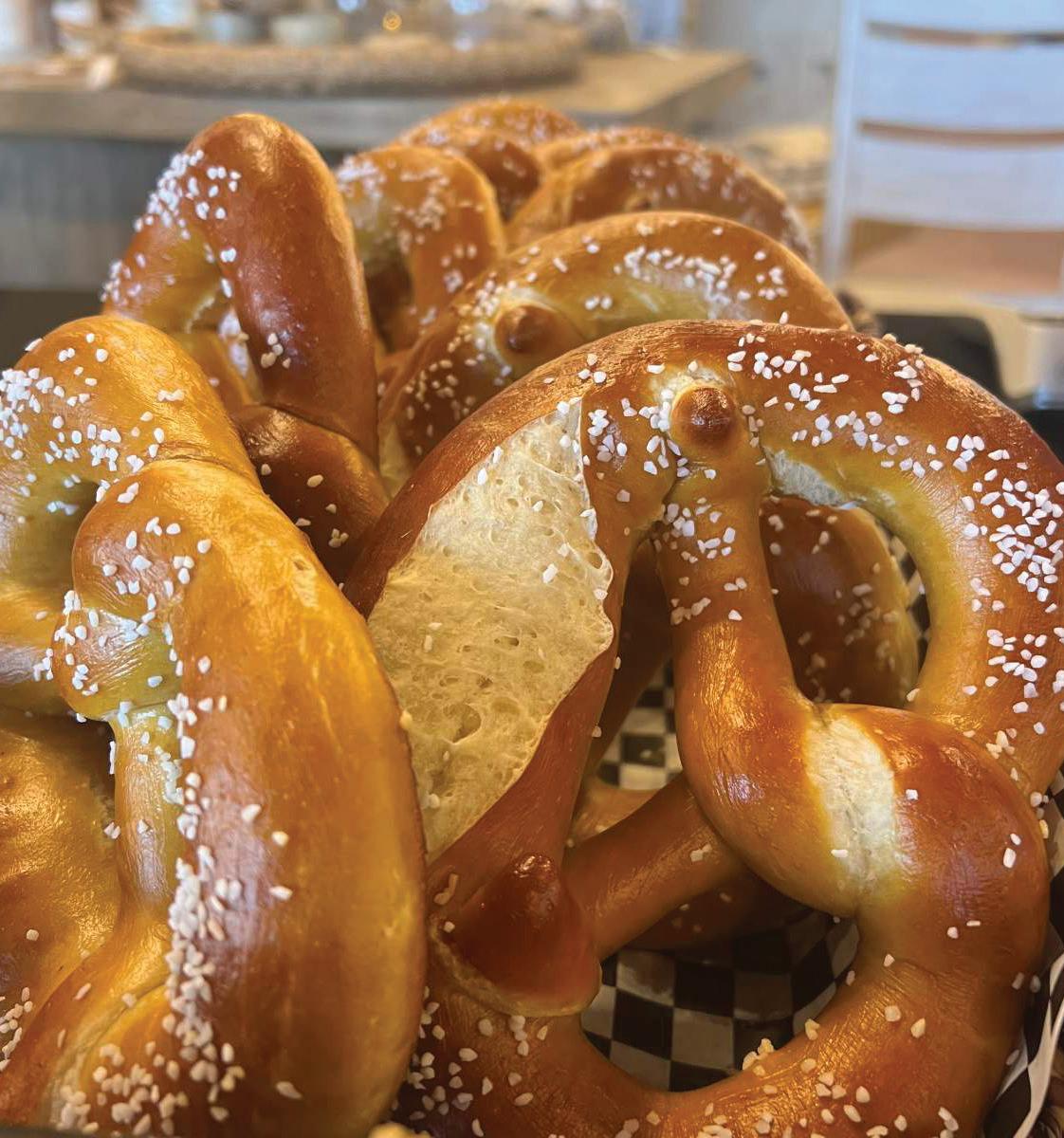

food service,” she explains. “Trying the real thing is an eye-opener.”
Park City triggered sweet nostalgia for Meike on her first trip here to visit her son, Fritz. “I had an overwhelming feeling of home. The air and the mountains reminded me of the forests I grew up in, taking walks with my grandmother, mushroom hunting.” She and Bob met at the Ramstein Air Base gym, moving to the US in 1980.
Outgoing and personable, Meike says she chose “The Pretzel Connection” name because “connecting with as many people as possible is important to me.” She’s thrilled to be among other Chamber artisans who craft cookies, chocolates, bread and other “wonderful locally produced products.”
“I never thought I would be a baker, and it has brought such joy,” she smiles. “Now, I just want to share the pretzel love!”




Welcome to The Local, your source for community news from your friendly neighborhood public radio station. KPCW is the only not-for-profit source of daily news across Summit and Wasatch counties. Be sure to tune in to our new podcast, The Community Campfire, airing Fridays at 9 a.m., where we showcase YOUR stories, live music, hilarious Campfire Kids and much more!
KPCW has hand-selected a few recent articles that reflect the happenings in our vibrant, eclectic and engaged community. Read–and listen–like a local at KPCW.org.
Deputy Park City fire chief to replace retiring Chief Bob Zanetti
By Connor Thomas
Twenty-year department veteran Peter Emery is the new Park City fire chief, since Bob Zanetti retired May 1.
Outgoing Chief Zanetti told KPCW Emery, his second-in-command, emerged as the “obvious choice,” and emphasized the tradition and value of mentorship at Park City Fire. He and Emery have worked together for years.

“When I started in Park City Fire in 2005, I was assigned to Station 35 under then-Captain Bob Zanetti as a firefighter,” Emery said. He became Zanetti’s deputy chief in 2021 and added that he is “humbled” to take the lead.
Park City bringing back golf season passes for residents By Parker Malatesta
This year Park City will offer municipal golf course season passes to 84060 residents for the first time in more than two decades.
“We grandfathered season passes in 2001 because they were based upon 30 rounds of golf as far as the fee to purchase them, and we had people playing 100 to 120 rounds,” course manager Vaughn Robinson said. “We had like 122 season passes at that point. We’re down to 16 right now.”

At its meeting March 27, the Park City Council voiced support for bringing back season passes as part of a one-year pilot program. The council has not yet voted on a new fee structure for the golf course, but season passes are proposed to cost between $1,350, the current price, and $1,500.
New law allows Utahns to be ticketed for driving in bike lane By Connor Thomas House Bill 290 makes driving in or blocking bike lanes a traffic infraction, subject to a fine. A bike lane is defined as a part of the road designated “through striping, signage, pavement markings or barriers for the preferential or exclusive use of bicycle...traffic.”
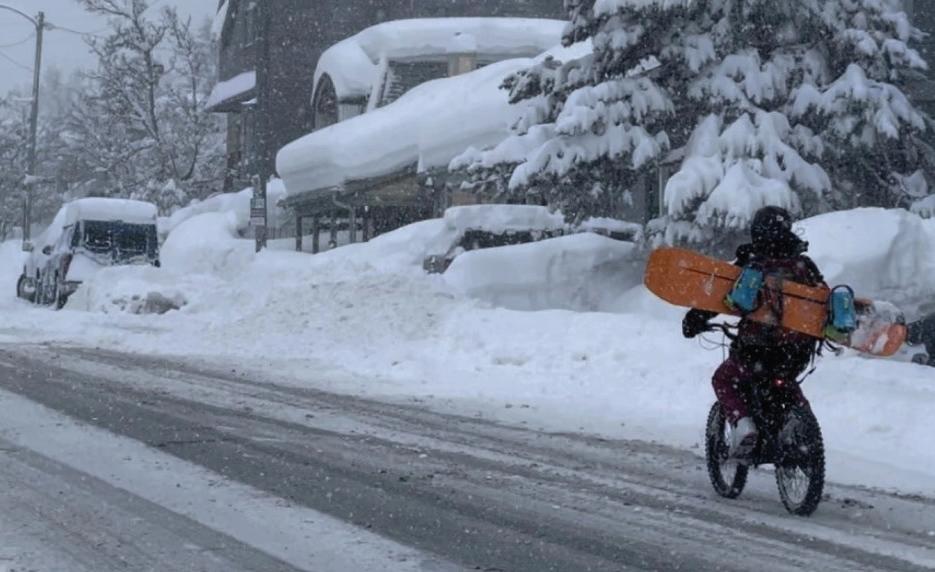
The new law exempts government vehicles and doesn’t apply to roads for both cars and bikes marked with “share the road” signs or what cyclists call “sharrows.”
Cars can still cross bike lanes to make turns or park. The law takes effect May 7.

The Local Community news from KPCW
Welcome to The Local, your source for community news from your friendly neighborhood public radio station. KPCW is the only nonprofit source of daily news across Summit and Wasatch counties.
NEW!! Tune in Fridays at 9 a.m. for KPCW’s new podcast, “The Community Campfire” with storytelling, hilarious Campfire Kids and in-studio performances. YOUR COMMUNITY, YOUR VOICES!
KPCW is a nonprofit, NPR affiliate located in Park City, Utah, that relies on reader and listener donations for our programming. Like our content? Please consider making a donation at KPCW.org.

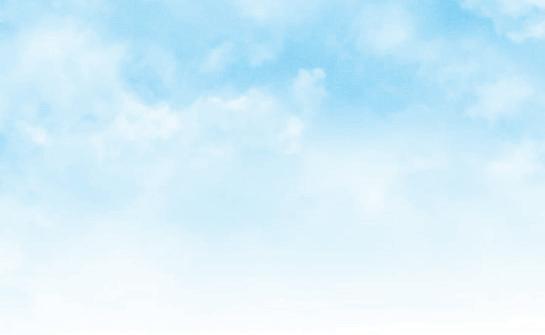
Did you know that May is American Wetlands Month? It's the perfect time to celebrate the amazing wetlands right here in the Wasatch Back! Wetlands are one of the most important—and rare— ecosystems in Utah. In fact, less than 1% of our entire state is considered wetland and 75% of Utah’s wetlands surround the Great Salt Lake . That’s what makes wetlands like the Swaner Preserve so special!
You may have passed by Swaner Preserve without knowing what an incredible natural area it is! Back in 1993, the Swaner family donated 190 acres in memory of their father, Leland, who ranched the land for decades. At first, they considered creating a rose garden or a park. But after ecological testing, they discovered rich wetland soil below the surface of the ranch lands and caught the conservation bug. Thanks to the hard work of the Swaner family and many others, that original piece of land has grown into 1,200 acres of permanently protected land. Today, the Swaner Preserve is made up of ~850 acres of wetlands and ~350 acres of sagebrush uplands, and it’s home to a stunning variety of wildlife and plants. We still work to restore this land to its most natural state.

Wetlands play a powerful and important role in keeping our ecosystem healthy. Here are five reasons why wetlands are so important:
1. A Home for Wildlife – Wetlands are home to a large variety of wildlife! The preserve is home to over 170 types of birds, nearly 50 animal species, and more than 200 plant species. If you love birdwatching or spotting wildlife, wetlands are the place to be!
2. Clean Water Champions – Like a coffee filter, wetlands help naturally filter and clean water. Plants and bacteria in the wetlands trap chemicals and dirt, helping to keep our streams and rivers cleaner.

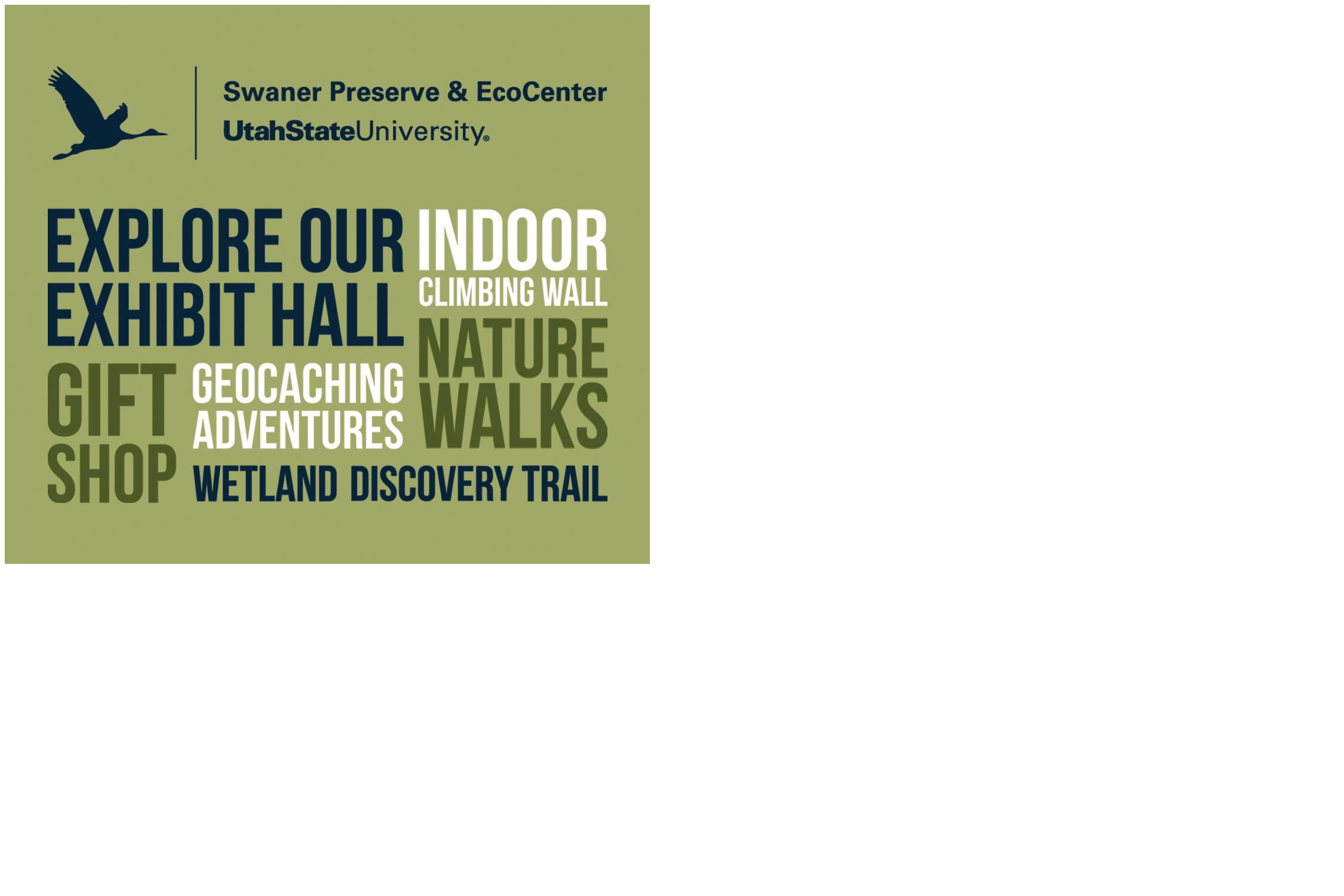


3. Natural Sponges – Wetlands soak up water, just like a sponge, when it rains or when snow melts. They slowly release it over time, helping to prevent floods and keeping water flowing even during dry times.
4. Groundwater Guardians – Wetlands help refill underground water supplies, which is super important in dry places like Utah.
5. Peaceful Places – Spending time in wetlands is good for people too! Studies show that being in nature can reduce stress and even help you focus better. Come Explore!
Whether you're looking to go on a walk, bird watch, or just soak up beautiful views, Swaner Preserve is a perfect place to celebrate American Wetlands Month. Let’s all do our part to protect and celebrate Utah’s wetlands—not just in May, but all year long! Join us on May 3 to help with our annual Kimball Junction Trash Cleanup. If not removed, garbage is dangerous for wildlife and detrimental to the functions of the wetland. Visit swanerecocenter.org to sign up and check out our other happenings!
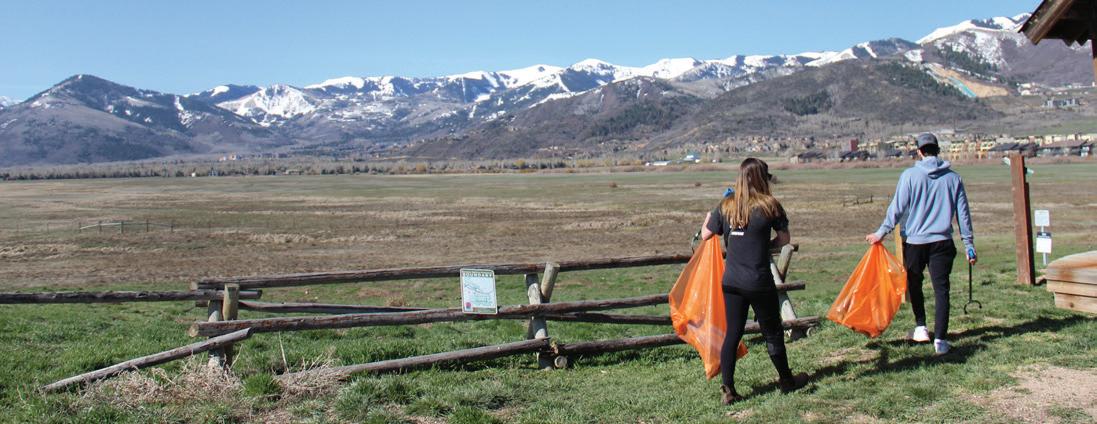
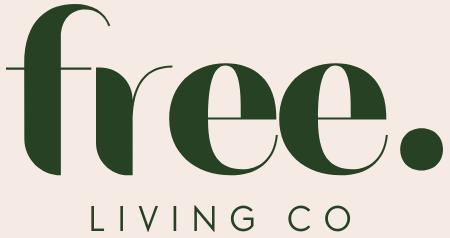

BY ISABELLA VENEGAS
The woods have a melody for those who listen, To hear the gentle sound is a gift to be given. Breathe in the crisp, warming air and see The universe has become a flowering reality.
She giggles upon the winds as she sings aloud, The blue sky has melted the dark grey clouds. The forest and mountains of blossoming green Echo the music of her lips which kiss the scene.
She is a being of joy, of life, and of Spring, Her royal emerald dress is of a loving queen. Her wandering footsteps have found their way And her soft smile now holds Winter at bay.
The melting mountains and gushing streams Are shining upon her golden and silver dreams. Her dark hair is lit by the Maytime’s sun; Time has flown and a new chapter has begun.
The woods have a melody for those who listen; To hear the gentle sound is a gift to be given.
HEALTHIER HOMES WITHOUT THE HASSLE
We read & scrutinize the labels so you don’t have to Curated, life-tested products from household to personal care and beyond
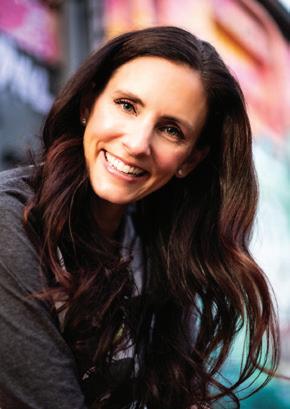
Based in the mountains of Park City, UT
Consolidated ASAP delivery to your doorstep How can we help you live free? Send us a text!

PCEF donors have been supporting Speech and Debate for 12 years!
“I just wanted to be a better speaker. Before, I was very shy, and very timid. And, I feel like this has just made me a better speaker overall.” -Lila Gabbay, PCHS Speech & Debate Team answering the question as to why she joined the team.
The Park City High School Speech and Debate team is thriving, and they just capped off their season with the best possible outcome – winning the State Championship tournament! This win makes the team back-to-back state champions, after now claiming the title two years in a row.
With the support of a PCEF Classroom Grant, funded by generous donors, the Speech and Debate Team has the necessary resources to help students develop critical thinking skills, build confidence, and compete at the highest level under the leadership of Educator and Coach, Anna Williams. Williams first got involved in the program years ago when her youngest daughter shined as a debater at the high school. Now, she helps lead one of the top programs in Utah alongside coaches, Preston Knutson, Mark Parker, Gavin Serr and Alex O’Brien. Both Gavin and Alex are highly-decorated former PCHS debaters whose desire is to give back to the program that fundamentally guided them to pursue Economics and International Relations at the University of Utah.
Prior to the state tournament, we had a chance to catch up with Anna at the high school to learn a little more about what the training process leading up to a big competition looks like, and we were lucky enough to talk with several students from the nearly 50-member PCHS Speech and Debate Team.
“Come on in and see what they’re doing,” Anna pointed to three separate classrooms, each with a team of debate students tapped into a different event ranging from Lincoln Douglas to Student Congress and Public Forum. We first walked into a Mock Student Congress session where student-created bills are written, proposed, and debated. The presentation was fast-paced and direct. As we observed, one student stood up to question and poke holes in proposed legislation that had just been persuasively presented, simulating what felt like the very
real political climate of congressional debates. Several others took their turns to present counterclaims.
While watching, Anna smiled and said proudly, “These are high school students doing this work,” referencing the level of background, research, and knowledge students have to master on each subject in order to introduce and debate the issues on the floor.
Beyond Student Congress, students take part in other debate formats, each requiring a unique set of skills. We peeked into the next two rooms, both Public Forum, one of which was discussing Artificial Intelligence (AI) and the other, Education. In all three of the debate classrooms, students were laserfocused on their topics and passionate in their delivery. None of them were even slightly fazed by the interruption of us walking in and out of their sessions.
In wrapping up our tour, we made one final stop to talk with several Speech students as they prepared to inform, persuade, and entertain audiences during the competition. Sophomore, Lila Gabbay who focuses on Informative Speech told us, “I do Informatives, and my favorite part of Speech and Debate is going to the competitions and learning about other people’s topics. That’s my favorite part of it, is just learning and making friends.”
When asked what made her want to join the team, she said, "Actually, a lot of people here want to be lawyers, but I don’t. I just wanted to be a better speaker. Before, I was very shy, and very timid. And, I feel like this has just made me a better speaker overall. My neighbor is on the team, and my best friend also does it, too. It’s going to set you up well for whatever you decide to do.” Lila has given four Informative Speeches this season, focusing on the topic of Evolution.
Lila’s experience reflects the team’s broader approach to refining speeches throughout the season. Students typically meet weekly after school during competition season, working together incorporating peer feedback, and with coaches to fine-tune and adjust whether editing for time, building a bridge for a better transition, or organizing key points of focus.
Student Porter Hoffman, described how the

Impromptu Speech category works a bit differently, as participants start from scratch at every competition. “You’re given three topics to choose from. You choose one of them and have to speak about it for five minutes with two minutes of prep time beforehand,” he said. “At regionals, I chose the topic ‘jigsaw,’” he told us. “I’ll give you an idea of how it works,” he said. “I just picked a sample topic, and did my two minutes of prep. I chose ‘super villains.’” He then presented for five minutes, focusing on the animated movie Megamind, speaking about the nature of villains and heroes. He immediately got into the flow and was able to make some points about how labels influence perception. In the end he looked at the clock and stopped himself, he had gone over on time and didn’t get to wrap up his speech with a conclusion. He said, "It's hard to get out of the flow once I'm in it.”
Coach Parker, who was observing said, “I think you have a really good strategy of past, present, and future as your focus,” referring to Porter’s current speech roadmap. “You’re a naturally good speaker, I don’t think you need help with fluency and stage presence. You grab the audience’s attention right away, but then it slowly trickles to the finish, so I think if you focus on the beginning right away and then work on seeing the finish line with a conclusion it will allow you to use space between to get there as you go. When you’re prepping, come up with a set ending.” Porter was appreciative of advice to help him stay on track and make each point, with it being impromptu it’s difficult to make changes on the fly but also seems to be part of the fun.
The dedication and hard work of these students highlight the impact of having a strong, well-supported, successful program like PCHS Speech and Debate. Thanks to PCEF-funded Classroom Grants, Educators like Anna Williams and Mark Parker are encouraged to bring innovative ideas to life, ensuring students have access to enriching experiences that extend far beyond the standard curriculum. The Speech and Debate program is just one example of how PCEF donors directly impact students’ learning, and help set Park City’s students apart.

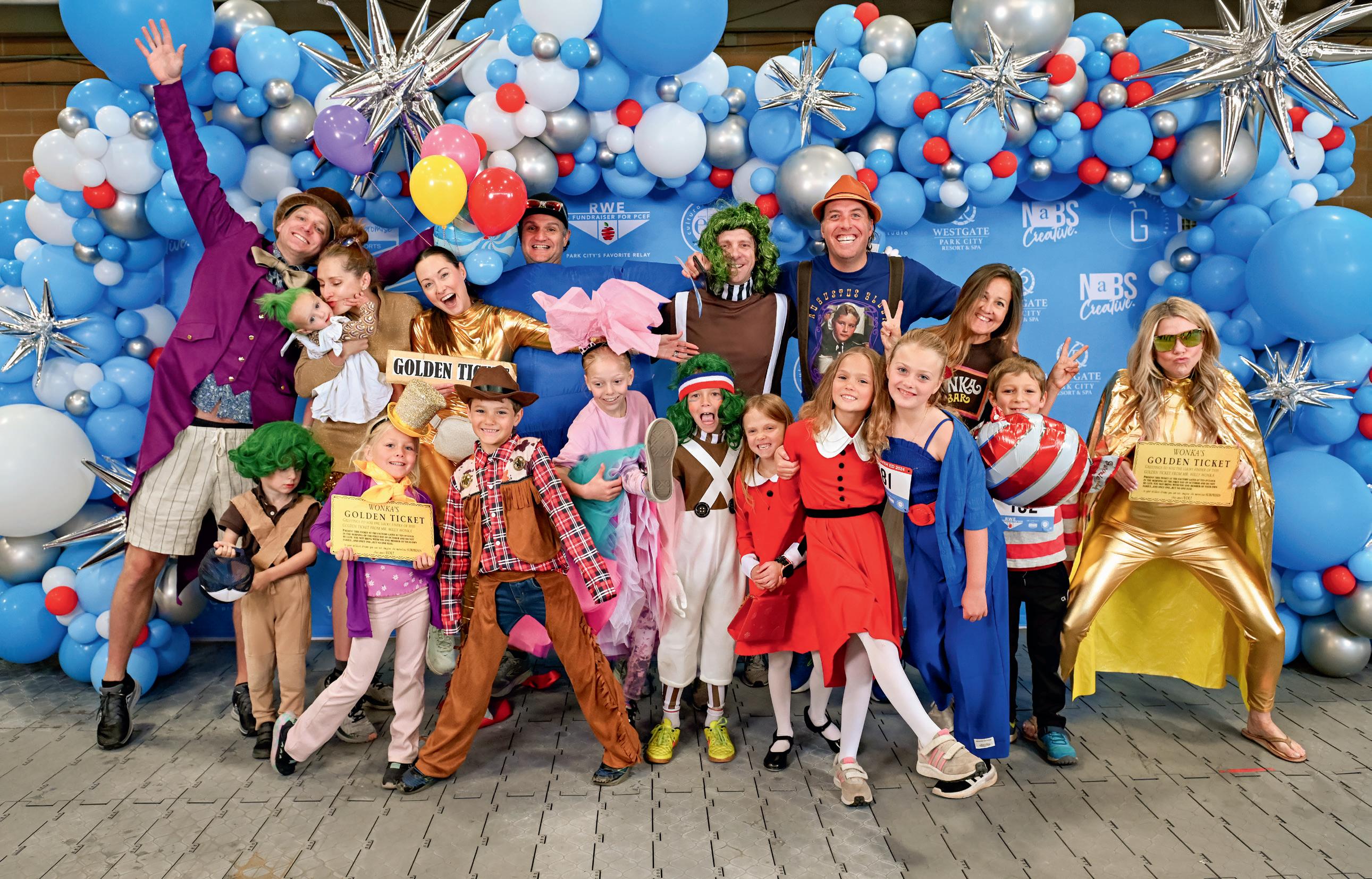






I met Lyndsay when she was the director of career and technical education for Park City School District (PCSD). Fast-forward to January 2025, when I received a text notification from PCSD stating that “Lyndsay Huntsman” was named superintendent–and wow, I can see how she earned it.
Lyndsay shakes my hand firmly, and we seat ourselves at the table in her office at the district’s building on Kearns Boulevard. She begins, “You guys have been busy!” This cues me in to carry on about my Lectura Lounge and magazine duties, then Superintendent Lyndsay reels me back in immediately, smiling. “So, what do you have for me?” I explain to her that our community would love to get to the nitty-gritty of who our new superintendent is. We laugh about pretending we’re at a speed-dating event, then I pose my first question to her. “Was there anyone from your childhood who was a big influence on you?”
Lyndsay dives right in. “It was my high school softball coach who took the time to invest in me and saw my potential as a collegiate athlete. She developed summer workout programs; we would run and lift weights. There were times when my mom was at work and couldn’t get me there [to practice], so [my coach] would pick me up. The summer following all of that lifting and running, I batted well over .800, which is unheard of. I became an All-State athlete and was afforded several opportunities to play college softball and soccer.”
Two college sports? I’m in awe and in shock. Lyndsay grew up just outside of Atlanta, and I’m surprised to hear that neither of her parents went to college. “I’m a first-gen student,” Lyndsay says, proudly. “When I was 18, I wanted out of the big city, so I had this opportunity to take on a soccer and softball scholarship in Iowa, at William Penn University. I remember picking up the phone, calling my mom and sister, like, ‘Please come get me, I’m so homesick,’ and they were, like, ‘Nope, stick it out.’”
I recall my own first day of college, bawling as my parents walked away from my dorm room. Lyndsay and I nod, acknowledging this “tough love.” She continues, “I spent two years there, then my grandmother fell ill, so I played club softball in Athens [Georgia].
When I went back to Iowa, I was able to fast-track and finish in three-and-a-half years. I was just so done with school.”
Lyndsay was also “done” with Atlanta. “I moved back home for a month, but I was just, like, ‘I don’t love it here anymore.’” Lyndsay had enjoyed “big city” life growing up, but after her experience in a small town, with “a lot of open space and no traffic,” she decided to leave Georgia. “Many of my teammates and roommates were from Nevada, California, Colorado, Idaho, and Utah, so I packed up and drove out West. I’ve been here since ’05,” she says. “For soccer, we played Southern Utah and Dixie, so I had been exposed to Utah and the scenery and was just blown away. Down South, we have rolling hills that people like to refer to as ‘mountains,’ but you come here [Wasatch Back], and these are true mountains.”
Lyndsay received her degree in business management, “not in education,” she emphasizes. “I fell into an opportunity to be an Upward Bound counselor at Weber State one summer. That’s where I found my passion for education and teaching, so I went back to school to get a second bachelor’s degree in business and marketing education.” Lyndsay laughs, noticing my look of…awe and shock. She continues (to awe and shock), “I still talk to her [my softball coach] to this day. She lives back in the ‘mountains’ of Georgia,” she says, smiling at her own quip. “She watched my swearing-in [as superintendent]. We used to joke, ‘Oh, I aspire to be a substitute teacher someday, which I actually did for a bit.”
I try to visualize Lyndsay as a teen; as I’m about to ask her what she was like, she beats me to the punch. “She [my coach] was a straight shooter. I wasn’t always the most compliant student or athlete,” she says, laughing again with me, especially when she adds that she was a “rabble rouser.” “She didn’t have a problem sitting me on the bench.”
Interestingly, Lyndsay’s 7-year-old daughter is a “rule follower,” dancing competitively for Utah Arts Collective in Heber. “My youngest is more rambunctious,” she says, while I add, “Like you!” We laugh together again. “I took my girls to see Frozen at Ecker; people will see me out in the community. I’m just trying to create an environment where it’s okay for the superintendent to be in the hallways at
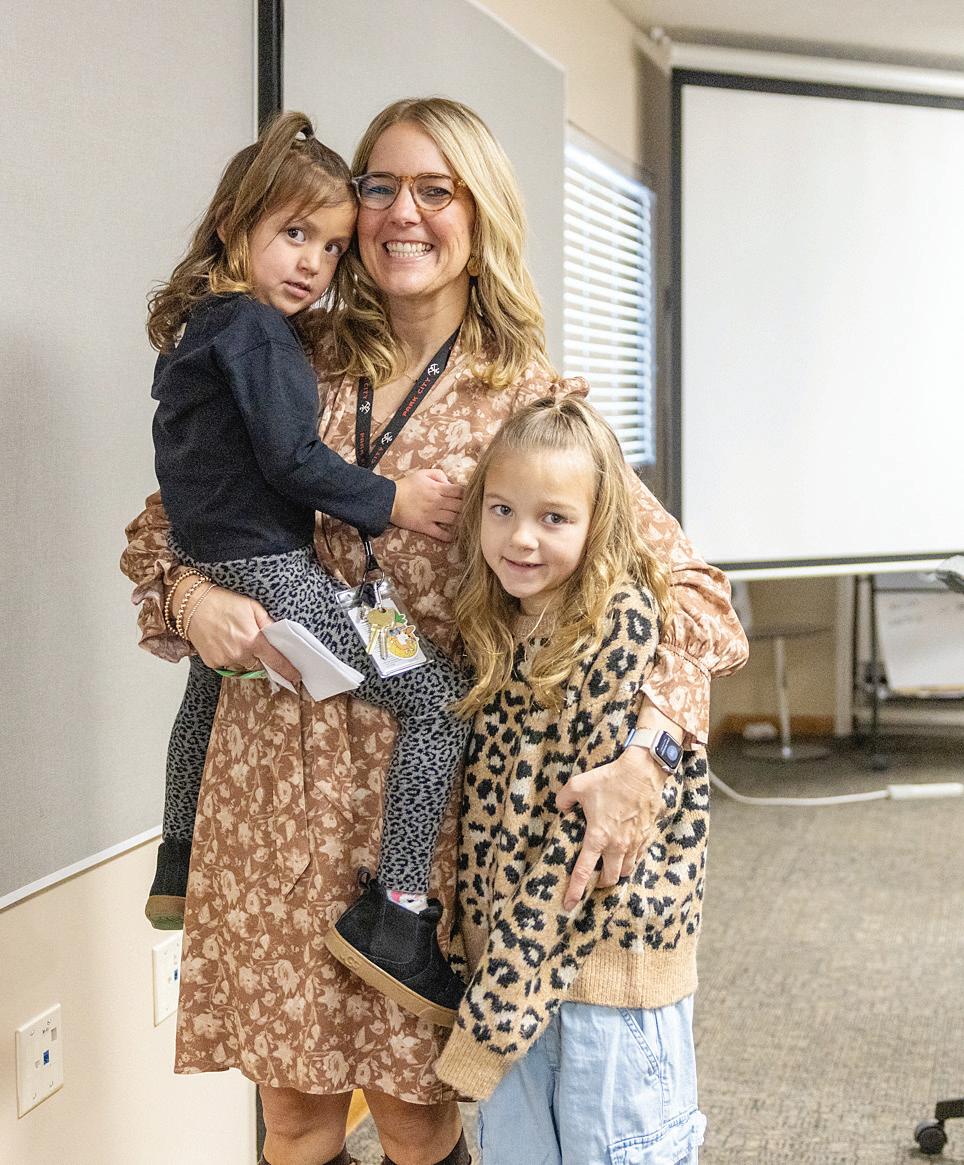
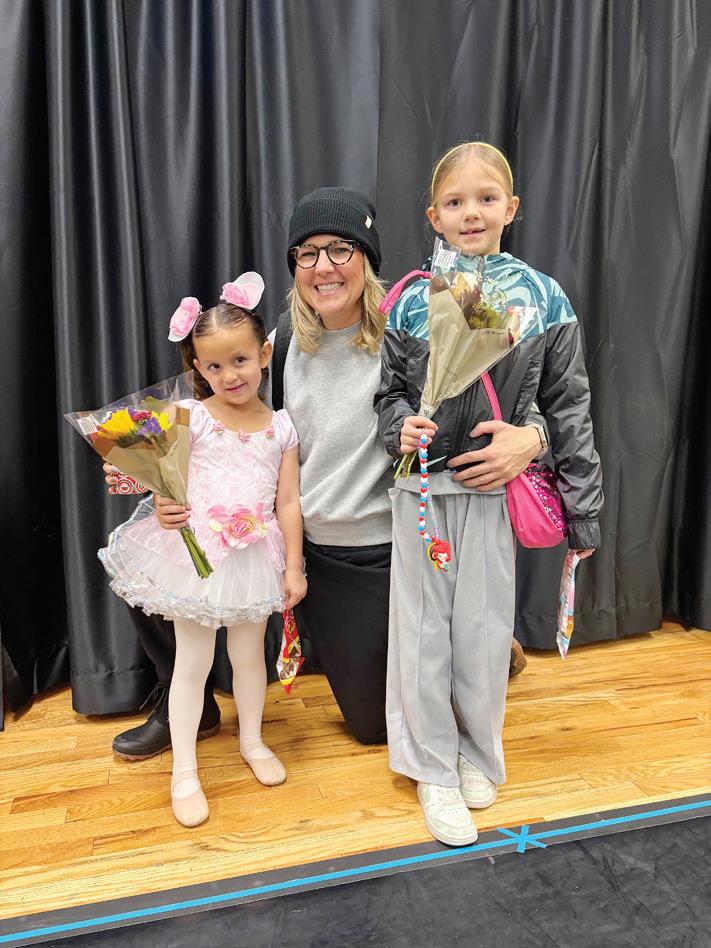
schools, where it doesn’t mean there’s something wrong.”
I divert our conversation back to “speed dating” mode. “What are some of your favorites?” I ask. “Food, music?” Lyndsay tilts her head. “It’s a toss-up between sushi and a good street taco. Music... Missy Elliott was the thing when I was in high school. Talk about hype music before a basketball game!”
I recall the lyrics to “Work It,” smirking to myself as I replace Missy’s name with Lyndsay’s: “DJ please, pick up your phone/I’m on the request line/This is Superintendent Lyndsay/one-time exclusive/Come on/Is it worth it? Let me work it.” Stay tuned for part two of Superintendent Lyndsay after she starts “working it” to kick off the 2025-2026 school year.
BY AIMEE L. COOK
PC Tots is dedicated to creating a brighter future by providing high-quality early childhood education and care for children and families, regardless of financial constraints. With a passionate team of 25 educators— many holding degrees in early childhood education and over half fluent in Spanish—PC Tots offers an engaging and nurturing environment where kids can explore, grow, and fall in love with learning. They support 120 children, equipping them with the skills and confidence to succeed.

One of the many families benefiting from PC Tots’ impactful programs is that of Abbey Eddy, the development director for Park City Community Foundation. As a parent of two young children, 3-year-old Gust and Webster, 7 months, who attends PC Tots, Abbey has experienced firsthand the center’s positive influence on her family. Her unique perspective as both a parent and a community leader highlights the profound role PC Tots plays in promoting education, growth, and accessibility for local families.
“We went on the waitlist when I was pregnant with Gust, he was able to attend at 16 months and we have been there ever since,” Abbey said. “We love the curriculum, it is high quality care. You can tell they [the kids] are learning things.”
PC Tots was the third daycare center Abbey had sent her children to; they had tried others while they were on the waitlist. Although they had great experiences at other locations, PC Tots was the place the children really shined.
“After just two weeks at PC Tots, Gust’s language skills skyrocketed,” Abbey said. “You could tell he was really receiving the intentional care and education that he needs. Our kids are thriving.”
Abbey says the teachers in Webster’s program love and care for the babies and have a way about them that makes Abbey feel both comfortable dropping her kids off and also feel validated that it is really difficult to drop your kids off.


“We have a good community there of parents; it is definitely a community for working parents,” Abbey said. “One of the moms comes in and reads to the kids in Spanish, so they are hearing a native speaker, which is so helpful.”
Abbey says affordability is an important aspect of why she sends her kids to PC Tots. She appreciates that cost is on a sliding scale and that it works for all types of families in different ways. It is a great advantage for Abbey and the community.
“I will always and wholeheartedly endorse PC Tots, it has been such a life changer for our family,” Abbey shared. “I really value that we have several options in our town.”
PC Tots
1850 Sidewinder Drive Ste. 410, Park City 84060 (435) 731-8860
PC Tots Too
1881 Prospector Ave, Park City 84060 (435) 731-8203


During the Local Author Celebration at Park City Library back in December, I had the honor of meeting seven other authors. After setting up my table in the Community Room, I spotted a cool newsletter-type flyer on Tom Schwenk’s table and said out loud, “I need one of those for my books!”
Tom, a.k.a., Dr. Thomas Schwenk, author of Beyond the False Summit, smiled at me. The flyer’s title was eye-catching: Love, Corruption, Justice, and the Great Park City Fire of 1898. I continued on to the first line, which read, “Medical science in the 1890s, the barriers facing women physicians, and the great Park City fire of 1898 come together in this story of mining corruption and medical tragedies.”
Whoa. Tom had me at “the barriers facing women physicians”!
My two children, both male, claim I’m “bordering on feminist.” Son number two once chided me for displaying a pillow at Lectura Lounge with the RBG quote, “Never underestimate the power of a girl with a book.” He’d remarked, “Momma, what about boys?!” When I shared this story with son number one, he held up his knuckle for a fist-bump and said, “Girl power.”
Predictably, these are my first questions to Tom: “How did you come up with a female protagonist, a physician in the late 1800s? Is she based on anyone you know?” (I can’t help asking, given that the male protagonist’s name is “Thomas.”)

“I placed Sarah [one of the two main characters] as going to the University of Michigan because they did indeed admit a woman after 1871,” says Tom. “After that, they admitted only one or two each year.”
I feel my mouth forming the letter O. Talk about women’s suffrage in the medical field!
As if reading my mind, Tom laughs. “The women, they were the best of the best. They had to be better than all the men! There were prominent women physicians in Wyoming and Utah, but none I knew of in Park City, which made it [writing the book] even more fun. That’s what’s great about fiction; you can do stuff like that.”
Which leads to my next question—which actually had been the first on my list: “How much of your book is nonfiction?”
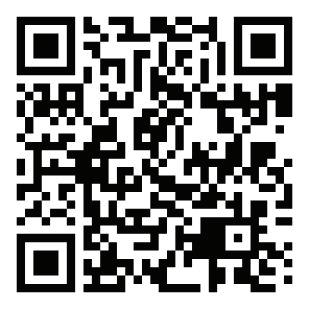
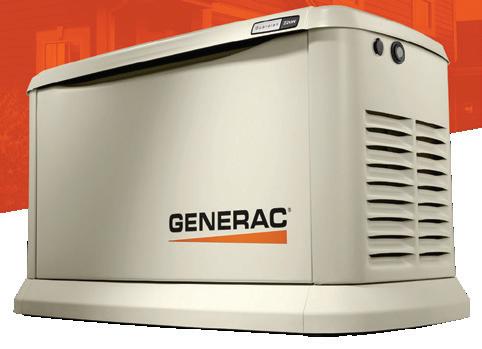


“I started practicing in the late 1970s, and that was far enough back that I actually took care of elderly miners who had worked in the early 1900s, so I’d heard a lot of stories,” recounts Tom. I nod my head in intrigue; Tom carries his age well, so it’s hard to imagine him providing care for Park City’s legendary miners.
“The town was wild, so undeveloped. No medical care, and I was the only doctor,” Tom continues. “The fire department was volunteer. We had some EMTs but no paramedics, so I’d go to the scene of the accidents. In my book, a miner falls to his death, and that actually happened when I was here, so I went to the mine to attend to that.”
In Beyond the False Summit, doctors Sarah


Fletcher and Thomas Wilson arrive in Park City in the 1890s, only to discover polluted air, begrimed streets, and dishonest politicians. And that’s all I shall say—I won’t spoil any of Tom’s surprises in the book, most of which come from his online research using The Park Record’s digitized archives, spanning from 1880 to 2020. “The women who were accepted to medical school had a lot of resistance and prejudice; they had a hard time establishing their practices in the big cities and on the East Coast, so they came west, where there was more need [for healthcare].”
Tom, who was a department chair for many years, and a medical school dean for 10 years, came to respect and admire how difficult it was for women, from the mid-tolate 1800s, to be accepted to medical school, do extremely well, and then have their career resisted in return. “Into the earlyto-mid 1900s and even post–World War II, there were still almost no women in medical school,” Tom tells me, “In my class, in the early 1970s, there were maybe 10 percent women. Now they’re the majority! 52 to 53% [across all med schools in the US].”
Wow! This feminist momma would love to nominate Tom for a high office. Who’s with me? Well, if anything, read his book, published by Surrogate Press—you can find it on Amazon and Ingram.

Our next Lectura Lounge Lecture is scheduled for Monday, May 12, at 6:00 p.m.! Emma Zavallos, director of prevention and education at Peace House, is ready and eager to discuss the cultural aspects of mental health, specifically the lack of awareness among Latinos. Maritza Roño Refuerzo, Lectura Lounge’s program director, will share her experience as a Filipino growing up believing that you were “weak” or “crazy” if you needed to see a “shrink.” Come join us for an enlightening discussion with Emma, Maritza, and members of our community!
From Judy Silver, our Reading Buddies/ Compadres de Lectura facilitator:

There have been many beautiful and heartwarming moments at Reading Buddies this month. Two interactions that stand out were observing a pair of six-year-olds complete a puzzle together and being part of a group that marveled at the 2025 Guinness Book of World Records, a new addition to the plethora of amazing books at Lectura Lounge. Reading Buddies improves reading comprehension and listening skills, but it also builds relationships between children and adults. Reading in pairs is intimate, joyful, and rewarding. We continue to welcome new volunteers and new children of all ages and abilities. Please rsvp so that we know how many kids and adults are attending.
Neither Here Nor There/Ni de aquí, ni de allá, our soon-tobe-published anthology, is shaping up to be one heck of a compilation! As I edit each writer’s submissions into the wee hours of the night, I’m wowed by the musings, misfortunes, misgivings, and magnificence that our mighty group has shared. You will weep while reading it!
Join us on Tuesday, May 13, at 6:00, for a spoken-word performance by this devoted batch of 8-to-86-year-olds!
From instructor Marcela Pomadoro: This class is a relaxing and warm space for children to learn different breathing and relaxation exercises. With beautiful music created especially for little ones, and guided meditations with sweet melodies to create a soft and relaxing atmosphere, children can experience different states of calm and harmony, as well as learn to better connect with their emotions. Also an important part of the class are the balance, strength and endurance, stretching, and relaxation postures, specially created for children with beautiful and colorful flashcards.
We look forward to seeing you every Wednesday from 4 to 5 p.m. with me!
In collaboration with Summit Pride, Lectura Lounge has been happy to help host Family Yoga & Mindfulness, taught by Randi Jo Greenberg, whose last spring session will be held on May 11th. Bring a mat or a small throw blanket, and contribute what you’d like to Summit Pride. Scan the QR code on the flyer to RSVP:

From Marcela Pomadoro, our Wednesday activity leader: Divertimos Wednesdays, with Mayra and Marcela, is a relaxed and loving space for children to practice speaking Spanish. Many children learn Spanish at school as a second language, and others learn it privately, but over my many years of experience teaching Spanish, I have noticed that children don’t have enough space and opportunities to practice speaking and expressing themselves in Spanish. These Wednesdays are the perfect place to read, play, sing, express yourself, laugh, and have fun in SPANISH! We look forward to seeing you to learn and have FUN together! See you on Wednesdays from 5-7 p.m.!
From Elsa Lavín, our Friday activity leader: Our classes have been an absolute blast! So far, we’ve traveled to Spain and Argentina, and last month, we embarked on an unforgettable adventure through Costa Rica! We went on a scavenger hunt exploring Costa Rica’s breathtaking fauna, and we got creative crafting our own Carreras Pintadas—such an iconic piece of Costa Rican art! We also mastered trompos and saltando la cuerda, traditional games that brought lots of laughter and fun. In our last class, we had about five families and 14 kids joining in on the fun! The size of our classes varies each session, usually between six and 17 participants, with 17 being our record so far! Every class is a new adventure, and we can’t wait for our next one. See you on Fridays at 4:30!
SPRING SCHEDULE
ALL PROGRAMS FREE TO THE COMMUNITY!
READING BUDDIES Monday and Thursday, 5:00 – 6:15 p.m.
READING INSTRUCTION WITH SERENA Monday at 3:45 p.m. $5 a class; RSVP @ 435–565–1509
WITTY WRITERS WORKSHOP Tuesday, 6:30 – 8:00 p.m.
YOGA IN SPANISH Wednesday, 4:00-4:50 p.m. ¡DIVERTIMOS! Wednesday, 5:00 – 7:00 p.m.
DIVERTIMOS VIAJANDO!! Friday, 4:30 – 6:30 p.m
DROP-IN HOURS BY APPOINTMENT ONLY CALL 510-386-1009 CONTACT US Address: 1960 Sidewinder Dr., Suite 106 Park City, UT 84060
Email: info@caseyandcharleys.org Website: caseyandcharleys.org


PARK CITY, Utah — Inside a cozy room filled with overstuffed couches, colorful rugs, and rows of children’s books, a quiet revolution in reading is underway.
Lectura Lounge, which opened its doors in January 2024, is more than a place for children to read. It’s a vibrant community hub rooted in literacy, multilingualism, and a surprising dose of canine companionship.
At the heart of the space is co-founder Maritza Roño Refuerzo, who, along with co-founder Ray Refuerzo, established Casey & Charley’s Foundation for Dogs and Kids in 2015. The foundation’s mission — to support language and arts enrichment for children and promote dogs’ physical and emotional well-being — found new life in Park City by creating Lectura Lounge.
The vision for the Lounge was sparked by Refuerzo’s experience in San Francisco, where her children attended a dual-language immersion school. She was particularly inspired by Compadres de Lectura, a program at Dolores Huerta Elementary, where volunteers read with students in their dominant language — promoting both literacy and cross-cultural friendship.
“We never got to attend the program because my boys were busy with music and martial arts,” said Refuerzo. “But I saw photos in the school newsletter. It looked magical — literacy, community, and multilingualism all in one.”
When her husband was laid off from his second job in Utah, the longtime dream took form. “I told him, ‘Let’s open a reading lounge and run a Reading Buddies program like the one we missed in San Francisco.’”
Today, the Lounge hosts programs like Reading Buddies, DivertiMOs, and the Witty Writers Workshop. The latter, partially funded by Summit County’s RAP tax, supports teens and adults of all abilities, including those with special needs.
One 16-year-old participant told Refuerzo the group felt like a second home.
Claire Trapp, a board member and parent, sees the impact firsthand. “My son is dyslexic,” she said. “He’s not the strongest reader, but when he comes here, he’s surrounded by cheerleaders. Reading is fun. He even started reading with a Frenchspeaking child. Now he’s asking to learn French.”
The Lounge’s whimsical decor — featuring donated furniture and dog-themed accents — reflects Refuerzo’s love of books and dogs.
“Casey and Charley were our first babies,” she said of the two rescue dogs the foundation is named for. “I never thought I could have children because of cancer, so we poured ourselves into our dogs and the causes that helped them.” The Lounge occasionally hosts emotional therapy dogs during reading sessions and hopes to expand that offering in partnership with local animal support organizations.
All programs — including meals — are offered at
By Rebecca Brenner

no cost to families. “That was really important to me,” Refuerzo said. “There’s food insecurity in every community. In San Francisco, free pizza was enough to bring families in. Then we got them reading.”
To meet growing demand and secure longterm sustainability, Lectura Lounge recently became a 501(c)(3) public nonprofit. The move enables the organization to seek grants, receive donations, and participate in local fundraising events like Live PC Give PC.
“We’re asking the community to help keep this going,” said Refuerzo. “Whether that’s narrating stories, volunteering at programs, or simply spreading the word — we want everyone to know they’re welcome here.”
Lectura Lounge continues to offer tutoring, storytelling, bilingual activities, and a sense of warmth that’s hard to miss. “It’s like a living room with books,” Trapp said. “You just curl up and connect. That’s it. And it’s magical.”
For more information or to get involved, visit caseyandcharleys.org.

BY PHOEBE ZANIELLO,
On a Saturday in March, Chloe Sawyer, a sophomore at Park City High School, stood in front of an array of judges and students wearing a pair of hot pink sunglasses. A towering photo of Barbie and a detailed poster board framed her from behind. In the moment after giving an informative speech for her first-ever Speech and Debate State Competition, Chloe had no idea she would be walking away from it with the title.
After watching her sister and best friend join and passionately engage in Park City High School’s Speech and Debate team, Chloe never saw debate as something she would be a part of. As a persistent theater kid and avid artist, her schedule was frequently busy and her current hobbies seemed ample. Thus, it came as a surprise when she found herself engaging in the club with excitement and vigor.
When choosing her topic, Chloe started with a simple goal: to prove that women are just as capable as men. In the first paragraph, Chloe described a recurring experience, stating, “Sometimes I was scared to raise my hand in class, and then I'd see some other boy raise his hand and be wrong, but not be embarrassed at all. And I just think, how has it come to this?” In this experience, she chose to write about the history of sexism. As she researched her topic further, however, this changed. Chloe deleted her first paragraph and decided to zoom in. In her AP World History class, Chloe found that the origins of many themes throughout history are incredibly important in understanding the present world. Where the history of sexism is broad and complicated, the origins of sexism are narrow and specific.
To start her speech, Chloe addresses the audience: “Raise your hand if you watched the Barbie movie.” She follows this up by asking who cried
while watching it, including herself in this group. Describing herself as “an emotional teenager”, she encourages the audience to question where this bias emerged from. Then, Chloe goes back in time to the beginning of the Islamic, Aztec, and Incan empires in the context of Boserup's hypothesis, which links the invention of the plow to sexist tendencies. Chloe suggests that the Islamic and Incan empires were both created within equality, but their gender hierarchies emerged and evolved differently because of the farming techniques implemented in the Islamic world that didn’t have a place in the mountainous and diverse terrain of Latin America. Where the Islamic World, upon entering the Abbasid Caliphate era, saw more laws and norms restricting women, the Incan empire had a system of gender parallelism, where men and women existed in separate domains of equal influence and power. With this, Chloe shares her favorite fun fact, stating, “In the Incan and Aztec Empires, sweeping the house was considered a holy and powerful task, demonstrating female strength against the forces of evil.”
After exploring these differing gendered systems, Chloe travels through time in terms of sexism, reviewing the role of colonization and the effect of sexism on men. Toward the end of her speech, Chloe loops back to the beginning. The Barbie movie transformed Barbie from a controversial figure to a feminist icon. Once associated with an impossible standard of beauty and wealth, Barbie became somebody who broke free from those ideals and created her vision of herself. Chloe uses Barbie as a mirror to reflect what society can do today. “Humanity creates a concept that is useful to the time, like men working in the fields and women staying at home, but then tends to hold on to those concepts past the time that it's useful,”



she states. “We get these outdated concepts and symbols, like Barbie dolls. But, the Barbie movie came out, and Barbie reinvented herself. Let’s follow Barbie’s lead.”
With this, Chloe introduces her underlying message to the audience. “We need to understand our past so we can move into the future,” she says. To grasp the past, she encourages everyone to be their own historians and ask questions. In this constant state of wondering, Chloe believes society can move forward.
When Chloe looks into the future, she is thinking about her next informative speech. She plans to write it over the summer, but she remains in the brainstorming process. After watching many brilliant competitors at state, Chloe scrutinizes every new idea with a list of necessary elements. She also wants to dally in other speech events, like humorous interpretation, or congress. Regardless of what she chooses, she hopes to win another state title while teaching her audience about one of her passions.
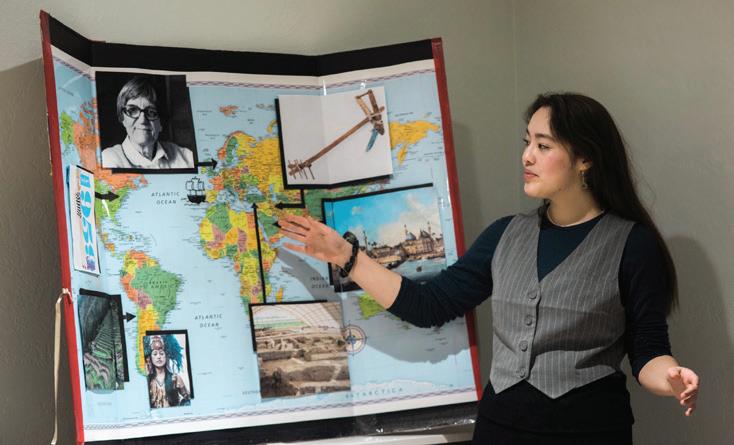

BY KIRSTEN KOHLWEY
Most adventures around Delta involve dirt roads, so do whatever you can to prepare your vehicle for long stretches without services. Our first destination was U-Dig Fossils on Death Canyon Road. With food, water, gloves, safety glasses, and a pick, we arrived just in time to join the introduction to fossil identification. Once everyone was equipped with a hammer and a five-gallon bucket, we headed to the quarry, where we were assigned two areas to explore. Plenty of areas are ready for digging within this 40-acre property. After two hours, half the group left, but we were still having fun discovering more trilobites. A five-gallon bucket full of rocks is very heavy, so when we decided to leave, I went through my fossil collection and kept only the best ones. My highlight was a 2 5/8-inch Asaphiscus wheeleri, and Carl’s 1 3/4inch Elrathia kingii was among his findings. Trilobites went extinct about 270 million years ago, so finding these ancient fossils let my imagination soar.
Along the way, we saw collectors that look like giant lounge chairs, with a solar panel as the backrest. These are surface detectors for the Telescope Array project, which was completed in 2007 and is still collecting data. The detectors are placed at about 3/4- mile intervals and cover about 800 square kilometers west of Delta. This

“
“

installation is currently the largest cosmic ray observatory in the Northern Hemisphere. University of Utah’s Cosmic Ray physics group is a member of the international university groups studying this data. These collectors can be seen while heading south on Highway 257 from the west side of Delta.
We passed old Fort Deseret on this road. Not much of the fort remains, but there are berms on its east side. Our goal was the Obsidian Beds to the south. After 43 miles on Highway 257, we arrived at a left-hand turn marked “Kanosh 26.” Here is where you should start keeping track of your mileage; dirt roads lead across the railroad tracks and towards the mountain chain to the west. Also, mobile service cannot be relied on. About two miles from the turnoff, the road and areas all around begin sparkling. Obsidian, a type of volcanic glass formed when lava cools very quickly, is scattered everywhere. In this area, it is mostly black obsidian, but at approximately seven miles from the turnoff, we reached a sign indicating that Kanosh was to the right, with Highway 257 to the left. We turned right to venture on to the Obsidian Beds with mahogany obsidian, where we soon saw a road to our right, headed uphill. Parking is allowed at the bottom or top of this road; it’s a short hike




up, and wildflowers grow along the path. At the top, the mahogany obsidian beds display obsidian with brown streaks embedded with magnetite and hematite.
The views from here show mountain ranges all around. When we were there, a storm was a day away, but the wind picked up dust everywhere, turning the landscape into a muted painting. Native Americans used obsidian for arrowheads. With only a few dirt roads in view, imagining life in the wilderness had become easy.
Delta is a town with less than 4,000 residents. To our surprise, Days Inn was nearly full. There are a few restaurants in town; for very affordable prices, try the Rancher Cafe. Conveniently next to Days Inn is Mi Rancherito, a Mexican restaurant.
The next day, we dove into more recent history. Delta was the site of the Topaz Relocation Camp. Historical markers identify the site of the internment camp, where US citizens of Japanese descent were relocated during World War II. You can drive along roads that bordered and went through this camp, miles away from civilization. During its just over three years of operation, 11,212 men, women, and children were processed into the camp when the government deprived them of their constitutional rights. Many of the men volunteered for military service or were drafted into the 442nd RCT and the Military Intelligence Service. The families suffered through heat in the summer and below-freezing temperatures in the winter but tried to provide their children with as much education as possible.
The Topaz Museum on Main Street in Delta has exhibits displaying furniture that the internees made from materials they could find,

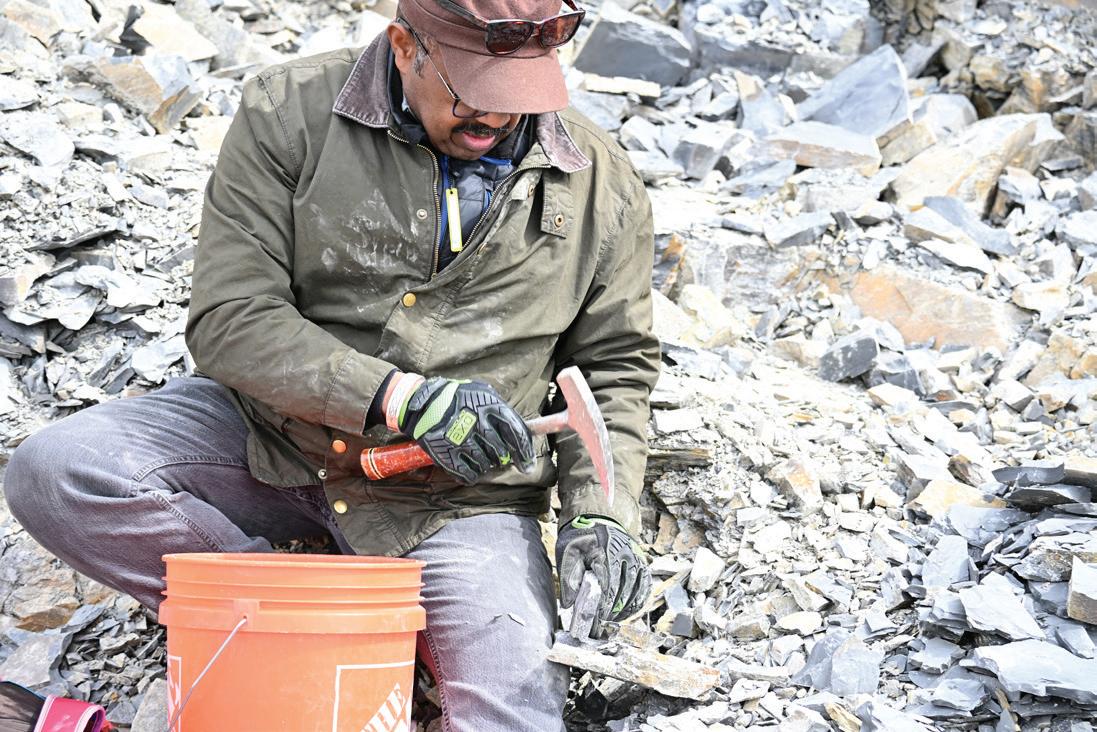
delicate art created from shells collected in the area, and detailed information on life at the internment camp. Many of the items were donated by family members of those who had spent time at the internment camp. This is a museum not to be missed.
Next door is the Great Basin Museum, open Monday through Saturday from 10:00 a.m. to 5:00 p.m. Free of charge, it provides a glimpse into ancient Earth history, Native American history, and mining and pioneer history. New items, like an early electric coincounting machine, are still being added. The very friendly docents are happy to show you around—you can call Owen and Linda Neilsen at 435-857-9101 to request a tour.
www.U-DigFossils.com • www.telescopearray.org • www.greatbasinmuseum.com Instagram @kirstentravelwrites
Imagine having a tool that offers a complete snapshot of your body’s health—from bone strength to muscle mass and even hidden visceral fat. The revolutionary DEXA Scan, now available at Dr. Spenser Reed’s office, provides this detailed insight in a quick, painless procedure. Whether you’re an athlete aiming to enhance performance, a health enthusiast seeking precision, or someone looking to take charge of your health, a DEXA Scan can guide your wellness journey.
Known as the gold standard for evaluating body composition and bone health, DEXA Scans provide precise measurements of body fat, muscle mass, and bone density. This makes it a powerful tool for detecting early signs of serious health risks like heart disease, diabetes, stroke,

and osteoporosis. For older adults, it’s especially valuable for early osteoporosis detection, while those concerned about visceral fat can benefit from its accurate readings, leading to better health decisions.
Ideal for athletes, health-conscious individuals, and those looking to take proactive steps, the DEXA Scan provides critical health insights tailored to your needs.

Dr. Reed’s office is committed to making this advanced technology accessible to the community. Book your DEXA Scan today and start your journey to better health. Learn more about how this stateof-the-art technology can benefit you by visiting Dr. Spenser Reed’s website or call 866-360-3945.

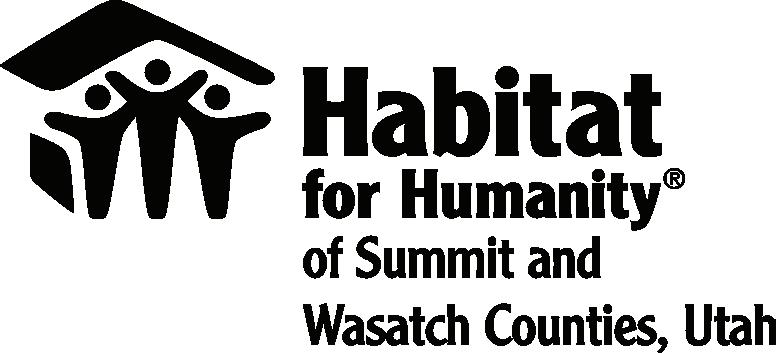
Founded in 1995 as a 501c (3) nonprofit organization, Habitat for Humanity of Summit & Wasatch Counties, Utah (“Habitat”) is part of a global, nonprofit housing organization.
Habitat is dedicated to eliminating substandard housing worldwide through constructing, rehabilitating and preserving homes; by advocating for fair and just housing policies; and by providing training and access to resources to help families improve their shelter conditions – ultimately creating pathways to economic stability.
Habitat for Humanity was founded on the conviction that every man, woman and child should have a decent, affordable place to live in dignity and safety, and that decent shelter in decent communities should be a matter of conscience and action for all. Habitat is the only provider of a unique and needed combination of program services in the rural-agricultural and tourism-based communities along the eastern slopes of the Wasatch Mountains.
Founded in Americus, Georgia, USA, in 1976, Habitat for Humanity today operates around the globe and has helped more than 9.8 million people obtain a safer place to sleep along with the strength, stability and independence to build better lives.
BY MELISSA FIELDS
PHOTOS COURTESY OF SWANER PRESERVE AND ECOCENTER
Earlier this spring, on an unseasonably balmy March morning in Park City, a jubilant cacophony could be heard near Kimball Junction’s Newport Center—a performance loud enough that even the constant vehicle noise from nearby Interstate 80 was drowned out. No, the impromptu concert was not the Park City Singers nor the high school choir, but the many-layered call of songbirds, including Red-winged blackbirds, Yellow warblers, and chickadees. The gathering was held just beyond Newpark’s condos, shops and parking lots in the fields and wetlands now known as Swaner Preserve (extension.usu.edu/swaner/).
Just over 170 species of birds have been spotted within this 1,200-acre open space. Some stop briefly for a much-needed rest during the annual spring and fall migrations; others spend the whole summer there, like the pair of beloved Sandhilll Cranes who’ve returned to nest at the Preserve for the last dozen or so years. “Sandhill cranes mate for life,” says Emma Lowe, office manager with Swaner Preserve and EcoCenter. “They’ll breed and mate in March, lay an egg in April, and then take the summer to raise a baby crane, or colt. We think they spend the winter in New Mexico.”
Swaner Preserve’s northern half, located just behind the Newpark Center, probably looks not all that different from what the Ute and Shoshone saw when they last arrived there 200


years ago to spend summers in the meadow, taking advantage of the wetlands’ abundant waterfowl, plants and large game. The arrival of the pioneer era altered the landscape more dramatically: the Kimball Brothers operated a stagecoach line from Park City through what was then called Parleys Meadow to Salt Lake City from the 1850s to 1890s, and the Pony Express traversed the preserve’s northern edge for a time in 1860. The Utah Central Railway cut directly through the wetlands 1889, scars of which are still visible along the Preserve’s Wetland Discovery Trail.
The land was used primarily for ranching beginning in the late 1800s and is why Leland Swaner purchased it in 1957. Soon after Swaner’s death in 1992, his wife, Dr. Paula Swaner, suggested to the couple’s three children that they set aside the ranch as a memorial to Leland, Sr. Four years later, forgoing tremendous development potential, Dr. Paula Swaner and her family put 600 acres of the ranch into a conservation easement with Utah Open Lands, thereby creating the Swaner Memorial Park Foundation. Over the years since then, other lands were added and the name changed to Swaner Preserve, including 300 acres on the south side of Interstate 80 with a public trail network. The LEED-certified EcoCenter was built on the western side of the Preserve’s protected wetlands in 2008, complete with



boardwalks, demonstration gardens, a climbing wall and an exhibition space.
The Swaner Preserve and EcoCenter is now a year-round hub of educational and wildlife activity. In addition to birds, other wildlife that frequent the Preserve include elk, mule deer, bobcats, coyotes and beavers. People can glimpse these residents firsthand on guided walks with a naturalist, held there every Saturday morning. The EcoCenter also hosts summer camps and Sunday crafts for schoolaged children. Adult programming includes Bike & Botany rides (July 22) and Wine Among the Willows (early August). A new exhibit, curated by Swaner staff, opens at the EcoCenter in October, titled Wetland Supermarket. “This interactive exhibit will let visitors select an animal that lives in the Preserve and then go through a ‘supermarket’ to select everything that animal needs to survive,” Lowe says.
(For up-to-date event info, follow Swaner’s Eventbrite page or subscribe to its e-newsletter.)
While many visit Park City for its world-class recreation, the area’s undeveloped landscapes, like the Swaner Preserve, is why many choose to call this mountain town home. Park City’s entry corridor would be a very different place if not for the vision of the Swaner family and others who, back on the cusp of Park City’s current boom, chose nature over development.
BY AIMEE L. COOK
Wasatch Audio Visual and Production Company has been elevating events with expertise and care since 1995. Family-owned and deeply rooted in the community, this company has spent nearly three decades making dreams a reality, whether it’s a magical wedding reception, a high-stakes corporate event, or a world-famous festival production.
Wasatch Audio Visual specializes in all aspects of live event production. From state-of-the-art audiovisual systems to professional staging and event lighting, the team provides seamless solutions tailored to each client’s needs. Whether planning an intimate gathering or a large-scale conference, the company’s highly skilled technicians and cutting-edge technology ensure every detail shines.
“I originally got into the industry in 1984 as an office manager and had no clue what I was doing,” says co-owner and CEO Tiffany Rettie. “I have been doing it now for the past 40 years. The industry has changed a lot, from overhead projectors to 10k and 20k projectors. It has evolved completely.”
Keeping it local is central to the company’s identity. Park City isn’t just where it operates—it’s the team’s home and their inspiration. Over its 30-year history, Wasatch Audio Visual has become a trusted partner to the area’s most iconic events, including the world-renowned Sundance Film Festival, and is also the in-house production company for Stein Eriksen Lodge.
Wasatch Audio Visual offers something priceless in today’s fast-paced world— personalized, hands-on service. The aim is to create unforgettable moments for its clients while contributing to the vibrancy of the Park City community. In fact, it’s the only AV company with storage in Park City, allowing its team to handle those last-minute needs.
“We are always open to change, not being stuck in a mindset of what things are going to be,” says Trevor Sorrels-Jones, co-owner and COO. “It has been easy to adapt to changes.”
What makes Wasatch Audio Visual stand out is its ability to combine top-notch equipment with expert consultation. Need a dramatic lightscape for the first dance at your wedding? The company’s team of 16 doesn’t just deliver—it collaborates with clients to understand the vision and execute it flawlessly.
Each event is approached with a deep commitment to quality and care. The team’s expertise ensures every speaker is heard, every light perfectly captures the mood, and every moment is as impactful as it is polished.
For Wasatch Audio Visual, being part of the Park City story is a point of pride. With the Sundance Film Festival leaving Utah in 2027, the company is ready to welcome new corporate events coming into the state. Having worked in every event space in Park City, the team can easily access each client’s event and steer them to its success.
Wasatch Audio Visual takes pride in collaborating with trusted local vendors like Tovolo in Midway for furniture settings and purchasing equipment from Performance Audio. These partnerships help ensure seamless coordination and access to the highest-quality equipment and services, creating exceptional experiences for every client.
“Our goal is always to supply the client with what they need before they know they need it,” Tiffany adds.
With humble beginnings within a closet at the Marriott, Wasatch Audio Visual has built more than a business—it’s built a legacy of trust, passion, and communitycentered service. Tiffany has plans to retire from the business this year. She plans to make toffee, a family recipe, with her granddaughter Shaylee, and already has orders coming in from corporate accounts. Trevor, Tiffany’s son, will take the helm and continue to provide exceptional service for their clients.
“I am looking forward to expanding the business,” Trevor says. “I want to compete
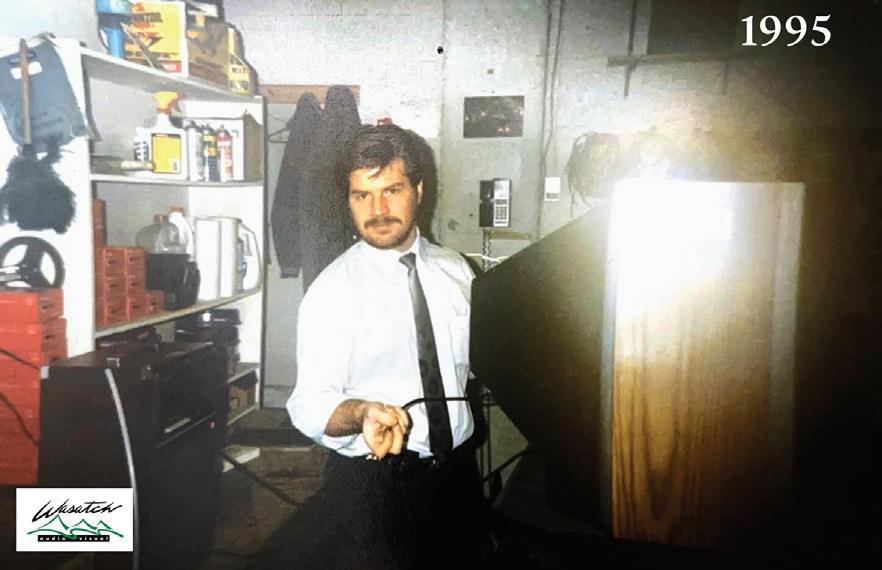



with other local companies for in-house contracts, especially in the hotels. We want to handle events from start to finish, from transportation to hotel rooms.”
Visit Wasatch Audio Visual’s website to explore its services or to plan your next unforgettable event today!
Website: www.wasatchav.com
Facebook: WasatchAudioVisual
Instagram: @wasatchavproductions
The Christian Center of Park City (CCPC) is well-known for its impactful services, and part of that impact comes from four incredible thrift stores—Summit Exchange, CCPC Boutique, CCPC Thrift, and the Heber Valley Thrift Store. These stores not only offer affordable treasures for shoppers but also help fund the critical programs and services CCPC provides to the community.
Summit Exchange is a hub for high-quality, gently used outdoor gear, clothing, furniture, and household items. From skis to vintage furniture, it’s a favorite spot for locals and visitors alike, offering affordable finds that support a meaningful cause.
CCPC Thrift is perfect for those seeking everyday essentials. With a range of clothing, home goods, toys, and electronics, it provides

affordable, gently used items for families and individuals while contributing to CCPC’s charitable efforts.
For a more curated experience, CCPC Boutique offers designer clothing, accessories, and unique fashion pieces. It feels like an upscale shopping destination, but with the added benefit that every purchase directly supports CCPC’s community programs.
Expanding CCPC’s mission beyond Park City, the Heber Thrift Store brings the same value-driven, community-focused shopping experience to Heber Valley. With a wide variety of affordable clothing, furniture, and household goods, it serves as a beloved local resource while supporting CCPC’s outreach efforts in the region.
Proceeds from all four stores directly fund CCPC’s essential services, including food


programs, counseling, and emergency assistance. Shopping or donating at these stores not only provides great deals but also contributes to a larger mission of helping those in need.
Shop, donate, and make an impact with Christian Center of Park City stores. Your support goes further than you think! Learn more at ccofpc.org. https://ccofpc.org/stores/.






BY MICHELLE DEININGER
On any given day, Summit County Clubhouse exudes the vibes of a cool, contemporary office—dogs wander among the humans, lunch smells fill the air, and groups of people huddle, talking and working, dressed in whatever they were in the mood to wear that day, from sweats to “casual Friday” khakis, to a colorful floorlength gown with extravagant accessories to match. It’s “you do you” personified.
Whiteboards, framed Clubhouse-rules posters, and cheery art adorn the walls. Outside, a greenhouse project waits for the growing season. There are hugs, greetings, and quick chats as the front door sees people in and others out.
It feels like a place of purpose, calm, and camaraderie. According to Clubhouse Executive Director Jen O’Brien, that’s all
intentional and necessary. But if listed in order of importance, camaraderie comes first for club members, who are there to repair and rebuild lives impacted by mental health challenges and substance abuse.
“Our members are the heroes of their own stories,” Jen says. “There are people with addiction issues, there are people with PTSD. This is not about your diagnosis—you get out of bed and come to work.”
What does that look like in practice? Everyone is working, and it’s not busywork—tasks like making lunch, for example, involve food preparation, menu planning, supply ordering, studying for and obtaining food handlers’ permits (which the Clubhouse pays for), and, in the growing season, gardening too.
And that’s just the cooking. There’s also
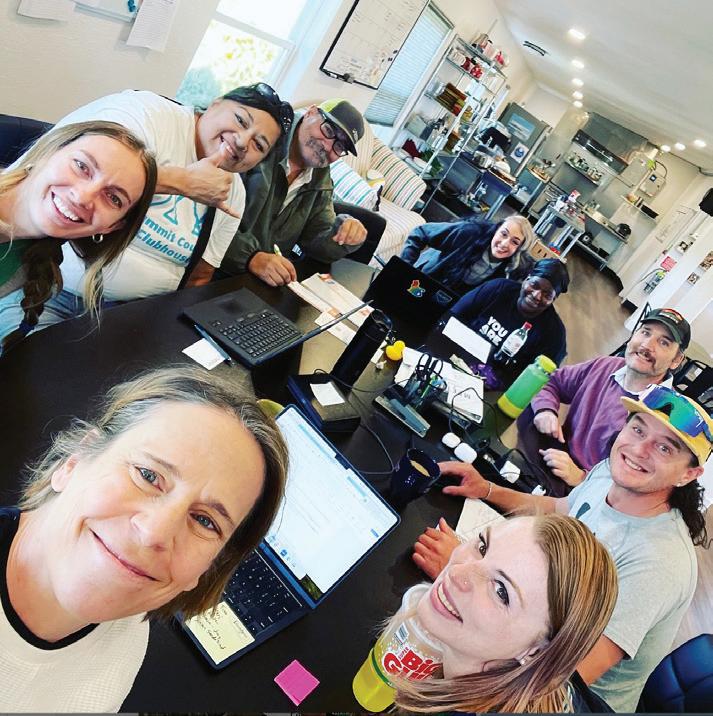
accounting, social media accounts and Clubhouse maintenance, an annual fundraiser to plan and execute, and a host of other tasks.
“There’s nothing done here that doesn’t involve members,” Jen says. “We create community, and we’re using work as a tool.”
The Clubhouse sits on a quiet Park City street near the junction of I-80 and US-40, with a public bus stop conveniently located right out front.
Some local members are former executives, while others are working to master basic education and second-language learning. From wherever they’ve come, members offer

NAD is finally getting the attention it deserves. You may have heard of this wellness trend from your health obsessed friend, or even from some well known celebrities sharing their regimens. NAD is such a beneficial tool, and we are here to educate you on how this amazing product can help to better your life. NAD is a coenzyme that is naturally occurring within your body, and depletes over time. Whether due to aging, stress, chronic fatigue, NAD levels slowly drop in your body. When administered via injection (either intramuscular, subcutaneous, or intravenous), there are so many benefits to health, wellness, and recovery. NAD restores your cells from within, allowing your body to be more efficient at daily vital processes. Our patients notice significant improvements in overall sense of wellbeing, energy increase, improved mental cognition, metabolic benefits, and shortened recovery times. NAD truly is the latest and greatest when it comes to health and wellness, and at VB we are here to offer you the most concentrated and powerful NAD available to us. We never sacrifice on results or quality, neither should you. Come experience all that this infusion or injection has to offer for 15% off when you mention this Neighbors Ad.
Why Choose Us? Our Advantages:
• Large Team Of Nurses
• Expert Level Staff
• Board Certified Staff
• Kind, Compassionate, & Helpful
• Innovative
• Board Certified Nurse Practitioner
• Many Service Options
• Group Rates Available
• Same Day Appointments
• Convenient
Not only do we offer mobile service, but we offer a variety of treatments in the comfort of our spa facility.
2080 Gold Dust Lane, Unit B Mobile Services are available in Park City and Heber Valley.
RECEIVE 20% OFF ANY ALASTIN PRODUCT PURCHASE WHEN YOU RECEIVE A PRP TREATMENT. JUST BE SURE TO MENTION NEIGHBORS OF PARK CITY!
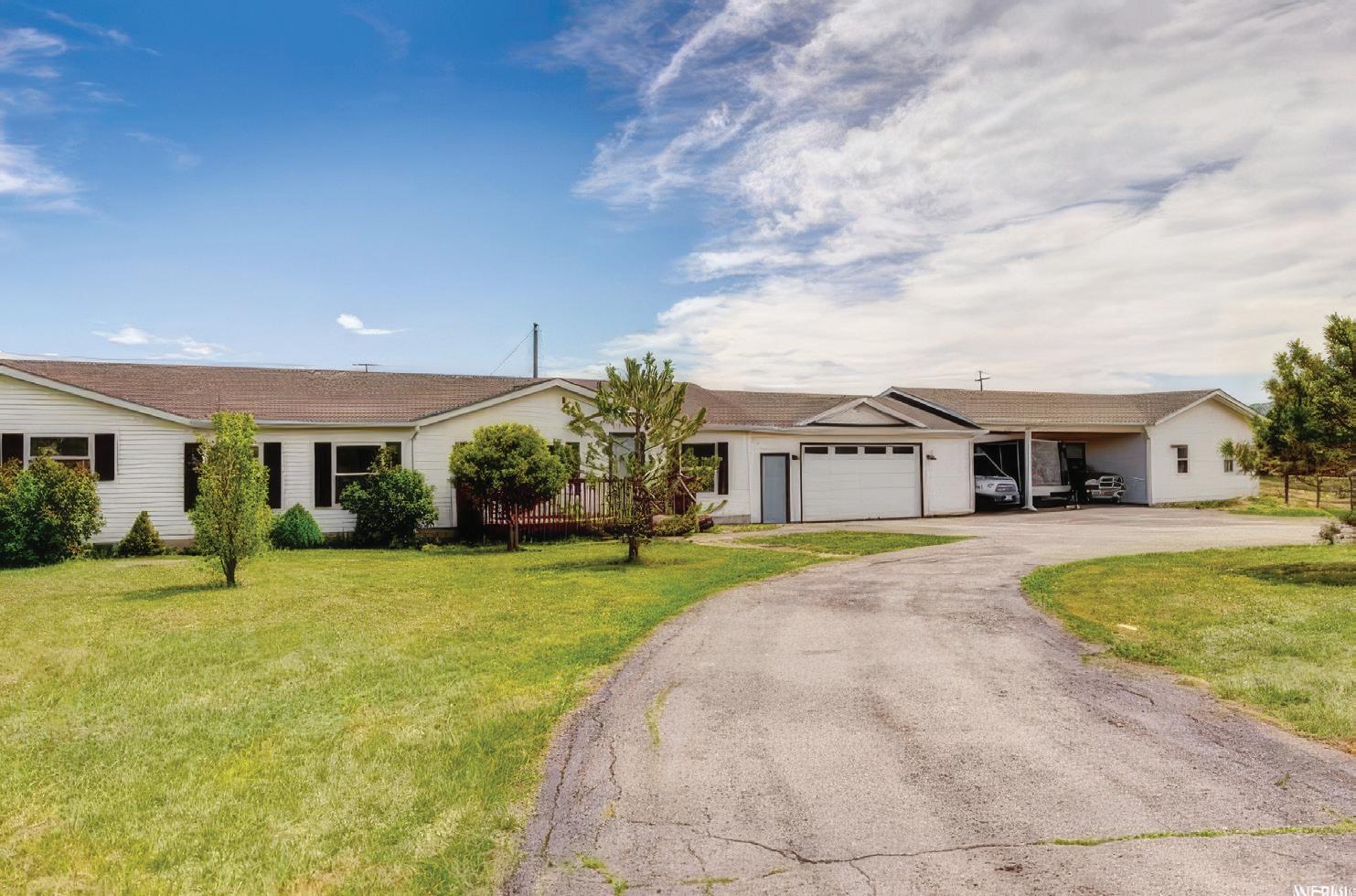
“There’s no place like the Clubhouse to come to. To find out the Clubhouse was open on Thanksgiving saved my life.” —Dan, Clubhouse member
their various skills and talents, with the team finding ways for them to contribute, both on the premises and throughout the community.
Clubhouse staff works closely with Christian Center of Park City and some local employers, like Habitat for Humanity’s ReStore, to create paths toward successful employment and career advancement. That might look like driving people to work and setting up extra support as members move into the professional world.
However, all work and no play is not the whole recipe! In addition to focusing on professional contributions at the Clubhouse and in workplaces, the team plans social activities like bowling nights, concerts, and ballet outings on evenings and weekends, when loneliness can feel more acute.
And, it’s open on all holidays, which for some is everything.
“Isolation is the fuel for the fire of mental illness,” says Dan, a member who came to the clubhouse after a severe PTSD-fueled panic attack landed him in Park City while living out of his van. “There’s no place like the Clubhouse to come to. To find out the Clubhouse was open on Thanksgiving saved my life.”
Dan is a pharmacy technician who struggled to put his life back together and hang on to his job—an extreme challenge while homeless. With help from the Clubhouse, he got licensed in his work, leading to a larger paycheck that could afford rent payments. Now, he’s also a passionate Clubhouse board member.
Open for five years, Summit County Clubhouse is one of a kind in the Wasatch Back, but it’s also part of an international network of accredited facilities utilizing evidence-based principles of work-based recovery and social support, alongside help with education, housing, and crisis assistance or service needs.
Those individual needs vary constantly but are unfailingly met with willpower, energy, and creativity—whether it’s creating dedicated quiet
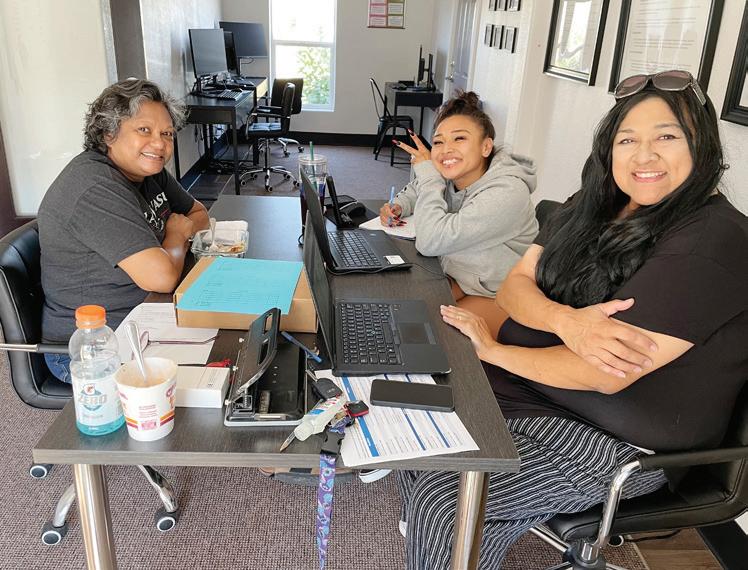

spaces for study or Zoom therapy, offering temporary storage for people’s belongings, or lending a hand with assorted life challenges, like talking to landlords and covering unforeseen expenses that might be a barrier to progress on someone’s recovery path.
“The Clubhouse meets us where we are at, and we meet each other, and we can grow collectively to make transition possible,” says a member named Brent. “It takes us out of self-isolation by coming here. It opens up the pathway of ‘Oh, there are other people [in similar situations].’”
The Clubhouse is a nonprofit, available to any and all who qualify; new members need professional referrals, whether from a medical doctor or a social-service case manager.
There are currently 62 Clubhouse members—about half of whom are actively involved.Two-thirds are now employed. Since it opened, Jen says the Clubhouse has helped 248 homeless members move into housing.
Although such successes have been rewarding to the Clubhouse team, they’ve got bigger plans and dreams: They’re now working to build on those successes with more outreach to the Spanish-speaking community, which requires more Spanish-speaking staff and volunteer support.
Members say they look forward to being part of it all—helping however they can to grow and share the sense of hope and belonging with others. Near-term goals involve cleaning out the communal storage space to make room for parties and games, also beautifying the exterior space ahead of a spring fundraising event.
“This is where I thrive,” says Stacy, after describing losing everything when she left an economically comfortable but physically abusive relationship. She wound up homeless for several years before gradually making her way back to a safer, healthier life with help from the Clubhouse. “This is where I can do for others. This is my community. It’s my family. It’s really beautiful for us.”
For more about the Clubhouse, visit summitcountyclubhouse.org.



Business isn’t always a straight path. For many women business owners, the road to success often curves, detours, and sometimes even requires a complete U-turn. But those pivots, as challenging as they may seem, often lead to surprising opportunities and newfound success.
The first step in any pivot is recognizing when it’s time to make a move. Sometimes, the signs are loud and clear—declining sales, market shifts, or a service offering that isn’t resonating with your audience. Other times, it’s a gut feeling after months of stagnation.
“Change isn’t failure—it’s strategy,” said state director of the Women’s Business Center of Utah Ann Marie Wallace. “The most successful business owners don’t wait for the ‘perfect’ moment to pivot; they recognize when something isn’t working and make a bold move. If your gut is telling you it’s time to shift, listen.”

Not every pivot has to be monumental. Sometimes, small tweaks can make a big impact. Here are some strategies to consider when rethinking your approach:
1. Listen to Your Customers
Are you getting feedback that something’s not working or that customers are asking for something you’re not currently offering? That’s your cue. Consider surveying customers or monitoring their comments on social media to understand their needs better.
2. Leverage Your Strengths
When pivoting, focus on what you and your team already do well. This will allow you to step into a new space with confidence. Is there a service you excel at or a skill that could be repackaged for a new audience?
3. Conduct Market Research
Before making a pivot, do your homework. Are there changes in your industry or new trends you can capitalize on? Research your competitors and evaluate whether there’s a gap you’re uniquely positioned to fill.

By Aimee L. Cook

4. Test the Waters
Not every pivot requires an all-in commitment upfront. Start small by piloting your new idea with a limited audience or offering it as an additional service. This way, you can gather feedback and refine your approach before fully integrating it.
One common thread among women entrepreneurs who successfully pivot is the power of community. Whether it’s leaning on mentors, joining local business organizations, or networking, there’s undeniable strength in numbers. The Women’s Business Center of Utah is a great resource for support and inspiration.
By Aimee L. Cook • Photos by Dana Klein


Telling a story is an art form, but telling it through photographs is Dana Klein’s superpower. A mother of four—two sets of twins, to be exact—this self-taught conceptual portrait photographer has spent the past 13 years perfecting her craft, bringing storytelling to life with every image she creates. Her work goes beyond snapping pretty pictures; she crafts captivating moments that speak volumes, whether gracing the walls of her clients’ homes or spotlighting resilience in her projects.
Dana’s passion lies in creating visually arresting images that resonate. From empowering children with playful, imaginative storytelling sessions to producing fine art prints under her recently launched Moose & Magpies line, Dana’s lens seems to transform the ordinary into the extraordinary.
Dana was born and raised in Connecticut, where her love for storytelling and artistry first began to take shape. There, she met her husband, who shares her adventurous spirit. In 2000, the pair made the move to South Carolina, a chapter that brought new opportunities and inspiration for Dana’s creative endeavors. But their most defining adventure began years later, when they embarked on an epic RV road trip out west. Utah captivated their hearts and in 2015, they decided to make Utah their home.
“We asked our kids where their favorite stop was along the trip, and they all picked Park City,” Dana explained.
Dana always wanted to be an artist. She

started posting in mom groups online as a way to connect to other moms of twins. A mother who had lost her twins contacted Dana and asked her to create a portrait of them for her as a tangible keepsake without all the ‘hurts’.
“That’s when it hit me. I had to do this for more people,” Dana said. “I can get through the drawing and be sad, but I don’t have to live with the intense sadness these families endure every day. I started with that pencil portrait business that catered to families that suffered a pregnancy loss. I still do it today.”
Dana’s work doesn’t just focus on art— it focuses on community, healing, and empowerment. Dana picked up her camera and found a love for photography and to celebrate living. One of her most notable projects, Project SHINE, originated with her best friend in mind. After her friend underwent a double mastectomy and hysterectomy, Dana wanted to lift her spirits.
“I want to see past reality, deeper into what could be,” Dana said. “I am obsessed with people’s stories.”
What started as an intimate gesture turned into a larger mission. Now, Project SHINE is a movement aimed at changing the way women see themselves after a breast cancer diagnosis. The initiative melds beauty with resilience, producing storytelling images that highlight strength, hope, and empowerment. For survivors, this project creates a safe space to heal and celebrate

themselves. And for viewers, it’s an undeniable reminder of the human spirit’s unstoppable force.
Dana’s dedication to empowerment and storytelling took another powerful form with the latest chapter of Project SHINE. In 2023, Dana introduced a fine-art photography book-”Images of Hope: A Collection of Inspiring Portraits and Words from Breast Cancer Survivors.” This incredible collection features awe-inspiring portraits of women who have survived breast cancer, each captured in meaningful settings that reflect their unique journeys.
More than just a book of remarkable images, “Images of Hope” pairs each photograph with deeply personal and inspiring messages from the survivors themselves. These stories celebrate resilience, courage, and the beauty of selfdiscovery after a life-altering diagnosis.
“My goal is when someone sees their portrait, it makes them feel something,” Dana said. “All my portraits are made from photographs.”
Dana’s photography isn’t just technical—it’s imaginative. Her conceptual style invites viewers into a world where anything feels possible. Distinctive color palettes, whimsical elements, and an eye for detail define her signature style. At Dana Klein Creative, every shot is an opportunity to reveal more than what’s visible to the naked eye. Her magical lens invites viewers to pause, reflect, and see the world—and themselves—in a new light.



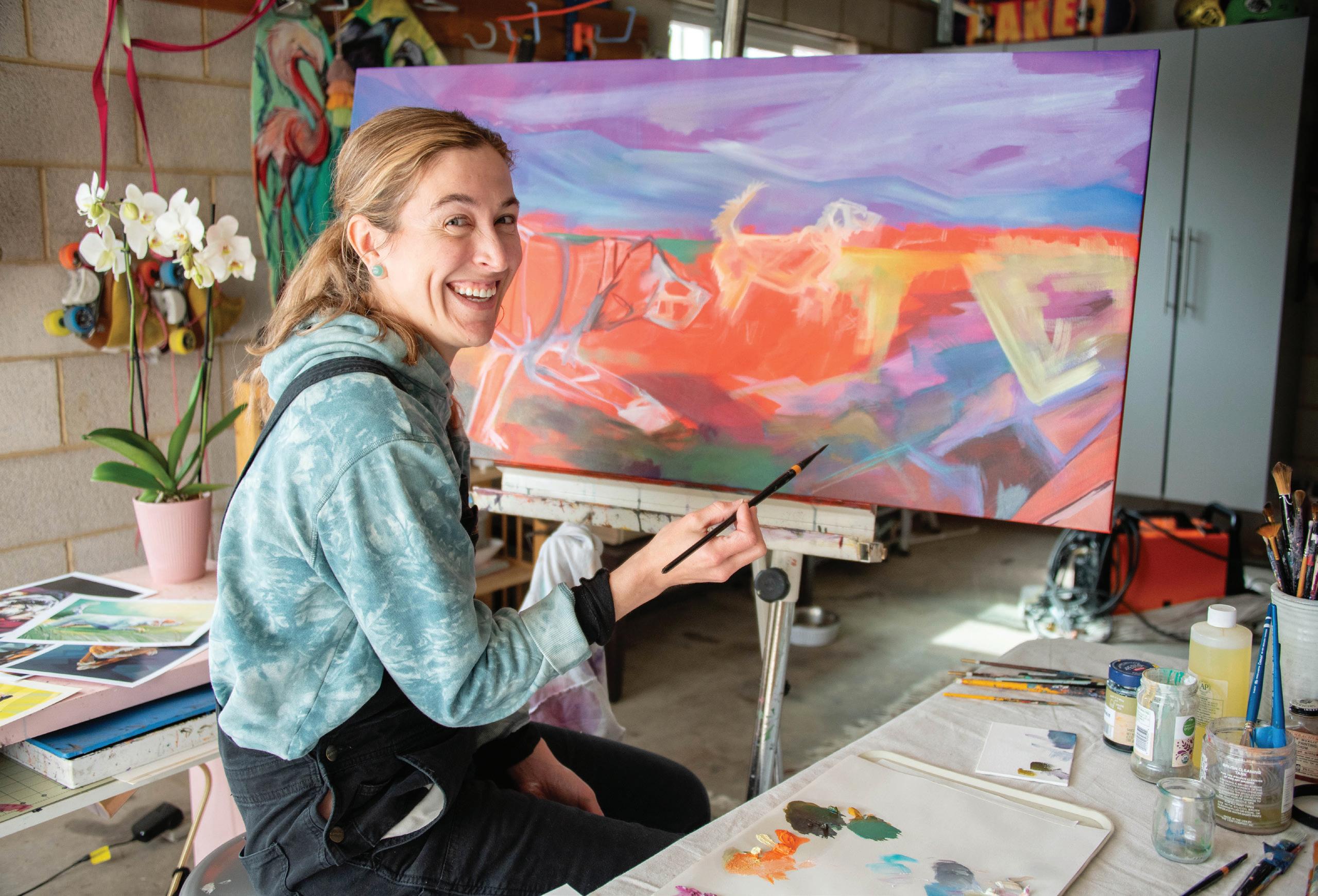
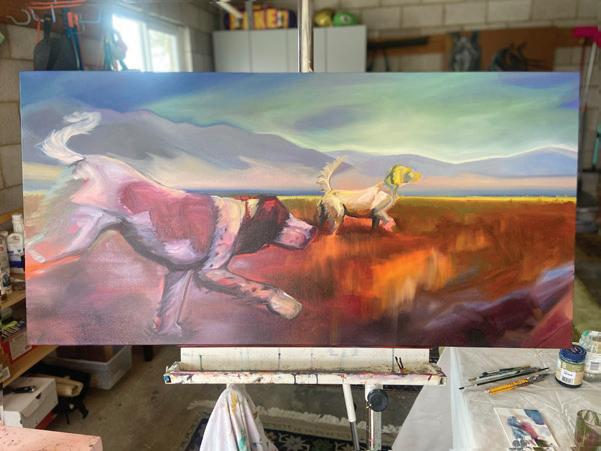



Salt Lake City–based artist Mackenzie Donovan grew up in Park City, affectionately known as “Bark City.” She has a deep love and admiration for animals, dogs in particular. “I feel they represent loyalty and love at the purest level,” she says as she explains the focus of her work.
From an early age, Mackenzie was drawn to art. After high school, she earned a Bachelor of Fine Arts from Westminster College and refined her skills through mural painting, sign painting, design, and illustration.
Mackenzie’s mural work can be found in Park City inside Bangkok Thai and Don Gallo, as well as in Buena Vida in Salt Lake City. With every new assignment, she pushes herself to grow as a technical artist. Over the years, she has been commissioned for a variety of unique projects—for example, to create illustrations for sustainability-focused comic books for Park City Municipal Corporation and even to illustrate a children’s book.
However, Mackenzie’s personal passion lies with animals. She has owned two birding dogs and volunteers at a Salt Lake City farm, caring for horses and other livestock. Her love for dogs often finds its way into her artwork. She even created a satirical comic about her dog, Chester, which was featured on Gun Dog Magazine’s Instagram profile. After years of painting pet portraits for fun, she started offering pet portraiture as a freelancer in 2024. She finds the work very rewarding. She offers portrait commissions across various mediums, from digital painting to traditional oil, to gouache and charcoal.

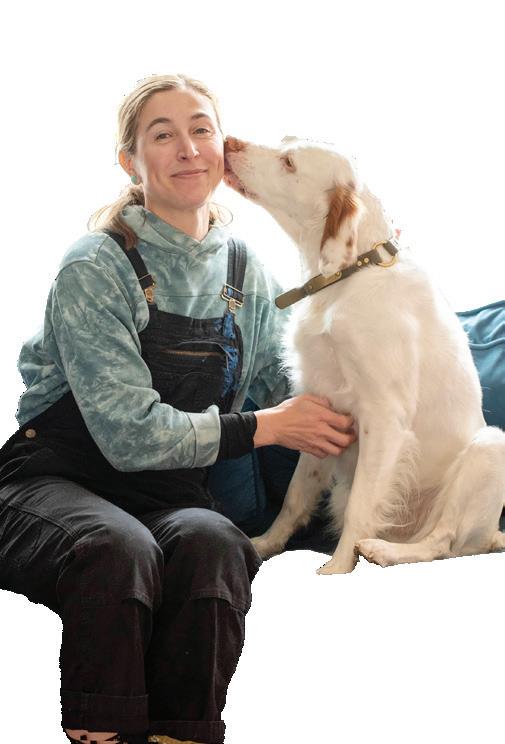
Influenced by contemporary artists Sainer and Karl Kopinski, and Western painter Mark Maggiori, Mackenzie is drawn to the balance between realism and expressive abstraction, pushing her artistic boundaries and blending graphic design principles with traditional painting techniques. All three of these artists have roots in graphic design and illustration as well.
Mackenzie Donovan’s current painting of a bird dog portrays the dog pursuing his natural purpose, with concentration clearly showing in the facial expression. Wind ruffles the hair in the dog’s tail while the background is abstract. The colors and brush strokes are placed to highlight the love and admiration she feels for animals.
You can see her work at www.mackenziedonovan.com and on her Instagram at @mack_doh, or you can contact her at mackdoh11@gmail.com.
KIRSTEN KOHLWEY
PHOTOS BY DANA KLEIN

After 30 years of teaching music in Park City School District, Chris Taylor is retiring to become “Chris Taylor the Musician.” Along the way, he has touched the lives of not just students but also those of the entire community.
Chris’ arrival in Park City after graduating from the University of Wyoming started quite suddenly. Not having found permanent employment yet, he was substitute-teaching in Casper, Wyoming, when Bill Huhnke, the band director for Park City School District, contacted the local music store owner to find out if anyone was looking for a job. As Chris tells it, “He called in, came down to Park City, did an interview on Wednesday, accepted the job on Thursday, bought a car Friday, moved here on Saturday, and started teaching on Monday.” He started as the band director for Treasure Mountain Middle School. A few years later, he landed at Ecker Hill Middle School, which was a new experience and turned into years of fun working with Dennis Harrington, Rodney Chapman, Mary Morgan, and Randy Olsen.
In November 2001, Chris transitioned to Park City High School, where he has been growing the program ever since. His students have performed in New York, Boston, and California. When Chris hired Bret Hughes to be the band director— while Chris took a sabbatical to earn his master’s degree—Bret, now the fine arts coordinator,

added a different dynamic: a marching band. Chris still gets goosebumps remembering coming across the corner at the top of Main Street; when they started playing, he says the reception was incredible. Other highlights include taking the marching band to Normandy for the 75th anniversary of D-Day and having the students go to the 75th anniversary of Pearl Harbor.
“We’ve had some great concerts here over the years with guest artists. The last one we had was Danny Seraphine from Chicago. He played with the jazz band. That was an unreal experience,” recalls Chris. Another favorite is the pit orchestra, which they started when they began working more with the theater department. “It’s the most professional thing we offer our students. The book that we use here is the same book that they're going to use on Broadway.”
Chris loves hearing from his past students. Even the ones who didn’t end up in music careers learned lessons from him that they tell him about randomly, like “If you are five minutes early, you are 10 minutes late.” Now it is time for him to do all the things he kept telling his students to do.
Chris never stopped playing in bands—a few years with the Salt Lake Symphonic Winds, then with the pit orchestra at the Grand Theater. When the 2002 Olympics was announced, he had the
opportunity to back up Kurt Bestor at the big party they held at the capital.
Chris played with the ska band Insatiable for 20 years, and during the Olympics, they opened for Creed one night, and Marc Anthony the next night. The only Olympic event Chris went to was skeleton racing. In a fun twist, he watched the skeleton, seeing Jim Shea and Tristan Gale win their events during the day, then he saw them receive their medals at the concert he performed in that evening.
Chris also played with the Utah Wind Symphony and the Park City Brass Quintet, with whom he has been playing for almost 30 years. With the Park City Polka Players, which is still going strong with a residency already confirmed for the fall of 2025 at Snowbasin, he plans to continue playing select gigs after he moves to St. George. Now that he has announced his retirement from his teaching career, he is thoroughly enjoying the last few months of teaching and looking forward to being “Chris Taylor the Musician.” He doesn’t want to be booked every night—that way, he can help his wife with her business and enjoy spontaneous outings. You will likely find Chris Taylor playing in St. George and Las Vegas.
Email: ctaylor@pcschools.us


Park City High School senior Brooke Blevins carries herself with a maturity beyond her years. Tall and elegant, with her brown hair pulled back into a purposeful ponytail, her graceful movements suggest a background in dance, though she is, in fact, a budding artist. Her appearance, with wisps of long bangs framing her face, curling just below her chin, speaks of someone who possesses a quiet confidence and an eye for detail—qualities that soon become apparent in her work.
Like many artists, her journey began with small, sometimes imperfect steps. “Sometimes, I look back at my old pieces just to laugh at them,” says Brooke. “Sometimes I look at them when I feel like I’m not making any progress. A lot of them are bad. Like, extremely bad. But they’re also important to me. They were where I started, and thinking of the amount of progress that I’ve made since then really helps me stay motivated.”
Over the past several years, Brooke’s creative process has evolved—from watching Bob Ross videos to taking a digital design class with Deb Corrigan at Ecker Hill, and then moving on to courses at Kimball’s Young Artist Academy, and now Park City High School. “I taught myself many of the things that I know, but my art classes have helped me tremendously with composition and my understanding of color
The creative spark for Brooke’s art often comes from an unexpected source—music. “I draw inspiration for my art mainly from the music that I listen to. I just turn on my playlist, and I’ll occasionally get an idea I like. There aren’t really any specific people or things that influence my work, it’s more just a mix of everything


While she enjoys working on her own, Brooke also finds inspiration in her community. “I have collaborated with other artists. A lot of the time, some of my friends and I create art together,” says Brooke. “While it may sound strange, I’ve learned that I need to put in more effort than just the occasional big project to really improve. Now, at 18, with intent and purpose set in her blue eyes, and a focus on what lies
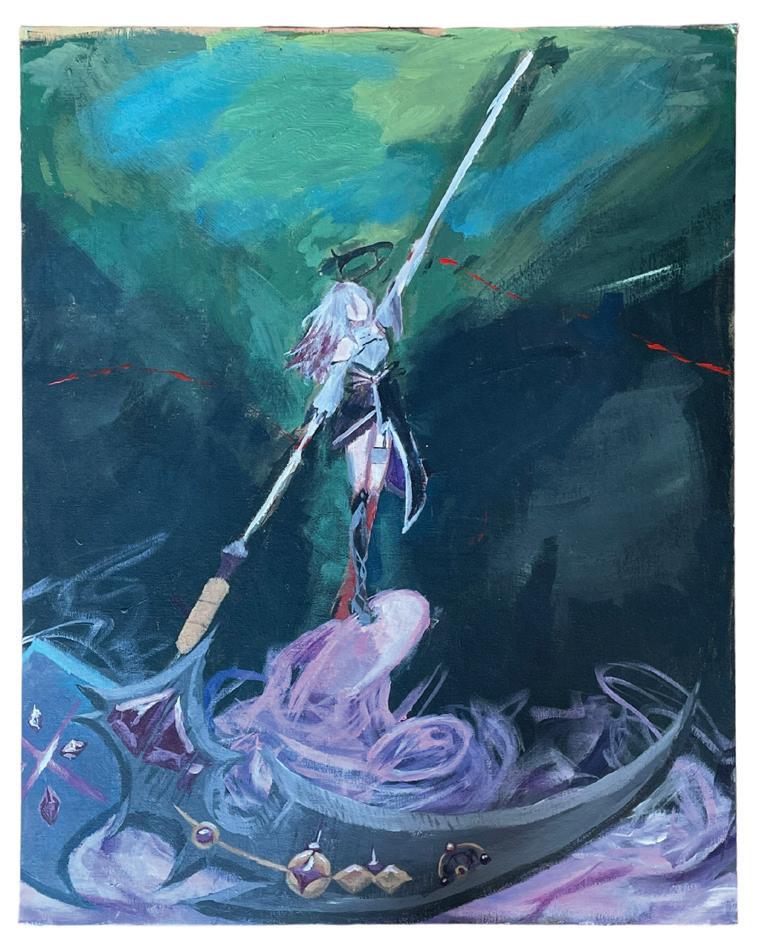
ahead, Brooke’s art is continuing to evolve, even winning the Student’s Choice Award at a juried exhibit at Sweet Briar College for a triptych. “I definitely prefer to just see where my art takes me” says Brooke. “Sometimes I’ll be going one direction and completely do a 180 and become obsessed with an unrelated genre or style of art.” This willingness to explore and pivot is key to her development as an artist.


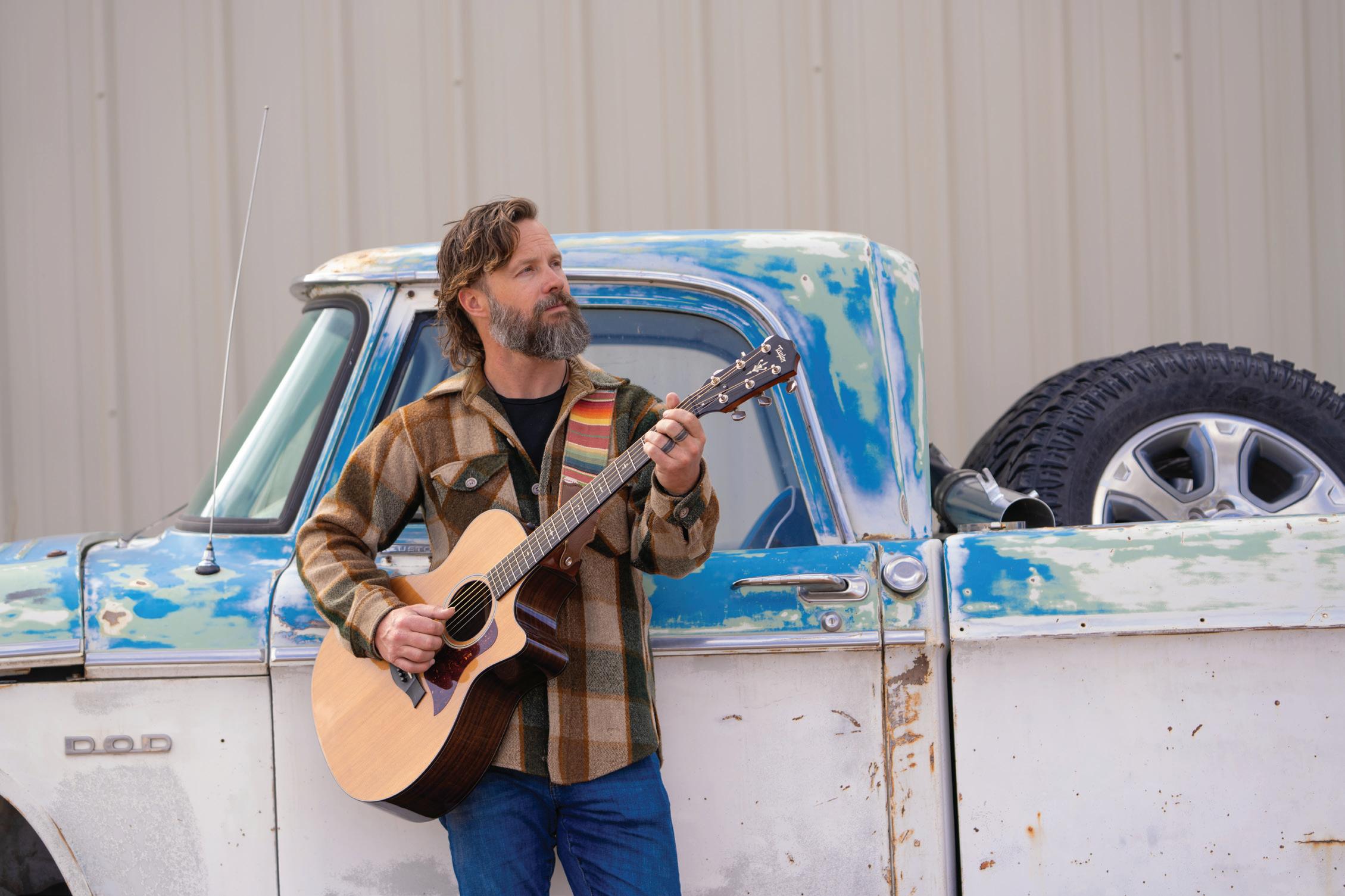

www.parkcityphotographers.com

Mike Giddings, football evaluator, owner and president of Proscout Inc, makes NFL teams very, very happy
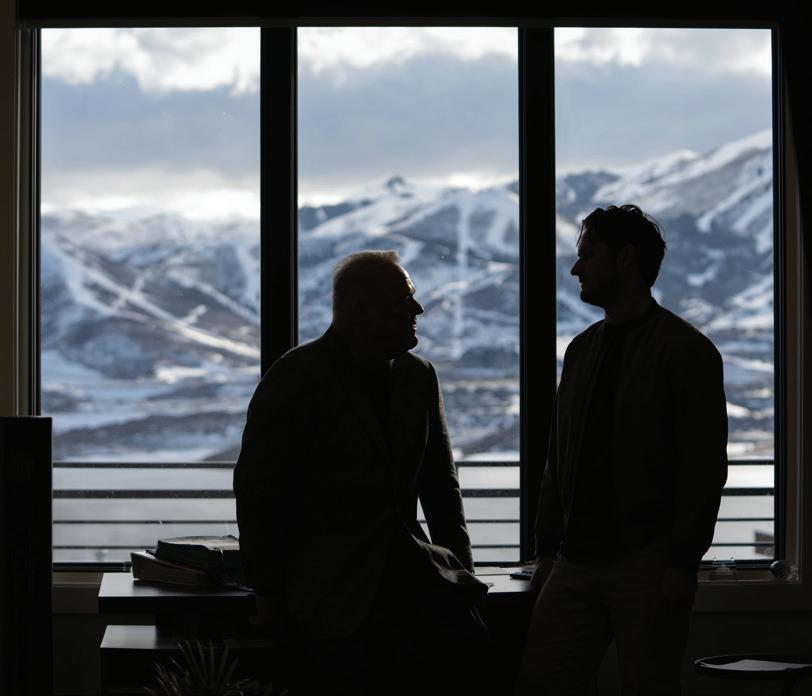


We would love to hear from you! If you have any ideas for nominating a member in our community for this column, please reach out to Jacquie Symes at jacquie@bestversionmedia.com Thank you!

Imagine you own a football team and you want to recruit the best players. This one is fast, this one is young, and this one never misses a ball. You’re looking at many variables including age, injury, production and more. So, you call Mike W. Giddings, owner and president of Proscout, Inc, a leading professional player evaluation service. The 3-generation, family-owned company is credited with inventing (and copyrighting) the scouting color code system that all National Football League (NFL) teams use today (blue, red, purple). “It’s easier to talk colors than numbers,” says Mike. While each team may have a different color scale, generally, blue is the best.
“I’m looking at the best of the best,” he says. “I see men do things and think ‘Oh my!’ It’s very exciting.” Proscout has worked with 39 Super Bowl teams and more than 23 Hall of Fame coaches, owners, and general managers (GMs). It’s also worked with 40% of the NFL's Executive of the Year recipients. His father, Mike R. Giddings, started it in 1977. “Think of the baseball movie, Moneyball—we started Moneyball analytics in the NFL,” he says. “We used analytics to upgrade the bottom of the roster, then came free agency, then salary cap.” Football has been the heart of his family.
Mike first moved to Utah when he was 4 years old. His father was the head coach at the University of Utah in 1966 and '67. “One of my first memories as a child was changing lightbulbs on the U,” he says. “I slipped and running back Charlie Smith caught me.” His Dad got a job with the San Francisco 49ers and the family moved. Although they moved a lot, football was the constant thread. “I was lucky enough to play college football,” says Mike, who played for the University of Illinois Urbana–Champaign in Illinois. “We won the Big 10 in 1983 and went to the Rose Bowl, but we got smoked. After the last game, the head coach offered me a job as the assistant recruiting coordinator.” He worked for a year before he had an interview with the Los Angeles Raiders. “I talked to my dad about the Raiders offer.” His Dad countered with a job at Proscout (which was 10 years old at the time). “I would make $1,000 a month—a pay cut,” he says. “And my mom told me, “You can’t live at home and I’m not doing your laundry.”
He took the job and worked with his father for years. “We never had an office,” he says. “We bought the house next door and converted the bedrooms into office spaces. We always had a kitchen, so we’d get together for lunch and sit around the table and talk football. Mom, Dad, me and our assistant, Charlotte. For 25 years, Dave Wilson, quarterback for the New Orleans Saints in the 80s, also joined us. We’d watch tapes and talk. I slowly learned all aspects of the company, including the evaluation process.” In 1996, his parents gave him the company.
Mike became so good at it, he was included in the Marquis Who’s Who in 2023 for revolutionizing football, serves as one of the voters for the Dick Butkus Award, a position he has held for the last 25 years, and is an original voter for the Ronnie Lott IMPACT® Award.
In 2017, he and his family moved back to Park City for the second time. Now, his youngest son Michael is working at Proscout and learning the family business. And today, they are still sitting around a table talking football over lunch. “Michael, my son, and Michael Schaffer, my employee, are both bright, hard-working, and want to learn,” he says. “It’s easier to teach someone who hasn’t evaluated the system to use our sheets and our ratios, it allows us to be one of the most accurate companies out there. That’s why we’ve been in business for 48 years. We just keep chugging along.”
People love Proscout because it saves teams money. “Head coaches and GMs get fired for mis-spending money and making fiscal mistakes,” says Mike. “Our strength is getting coaches and GMs second and third contracts.” After he wraps up a season, he makes 8 books, and clients get a 5-inch book with excruciating detail. “I present a review, what their needs are, and free agents that can fill their needs. I use an axiom to guarantee the playoffs they achieve. I’ve been told it’s the most expensive coloring book,” he laughs.
After a grueling season evaluating 32 teams, Mike gets a little down time. “I golf, ski, travel, and spend time with my 3 kids and friends,” he says. “I love summers in Park City, just barbequing and sitting on the deck. It’s quality over quantity. I have great kids and great friends, I’m so fortunate.”
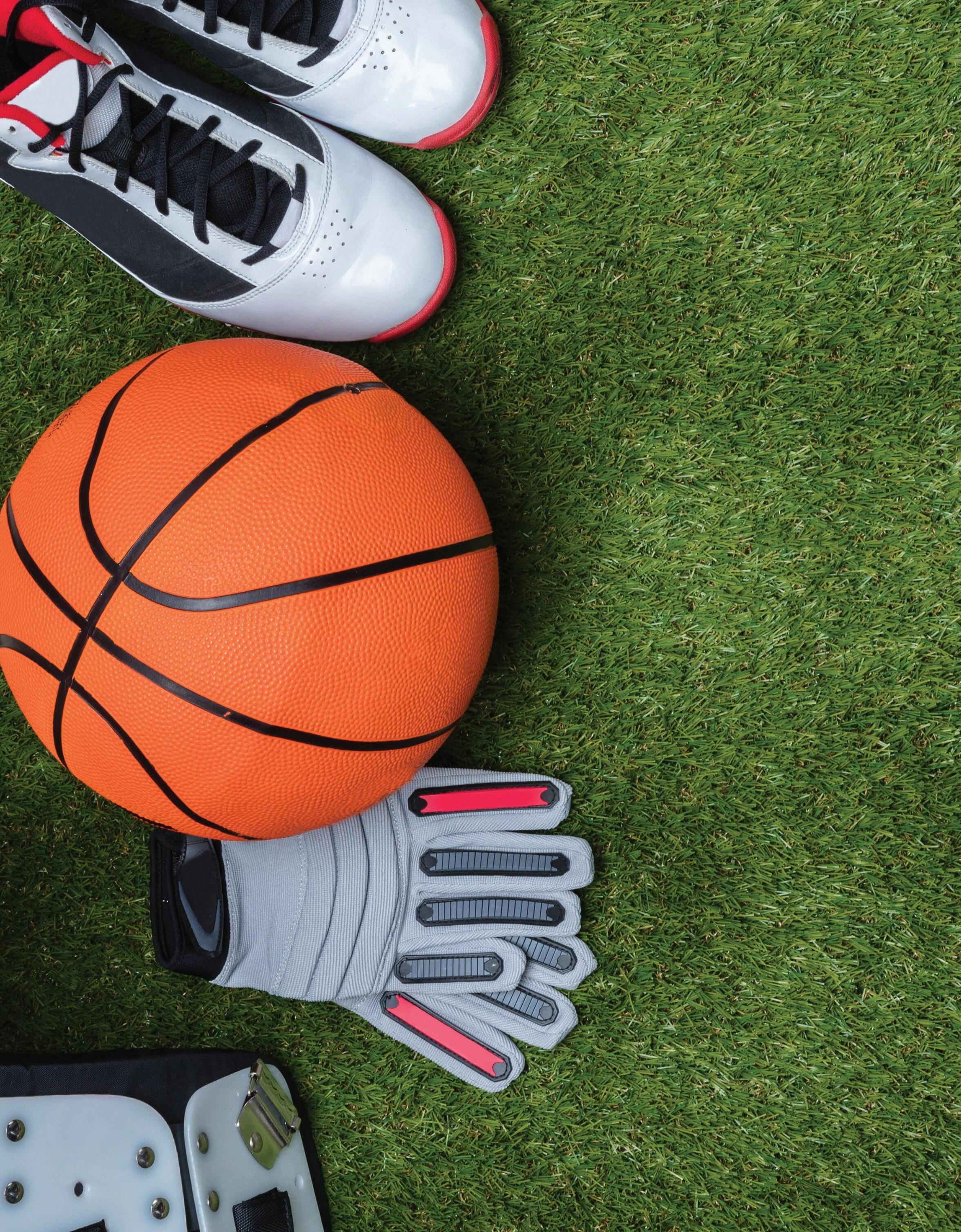
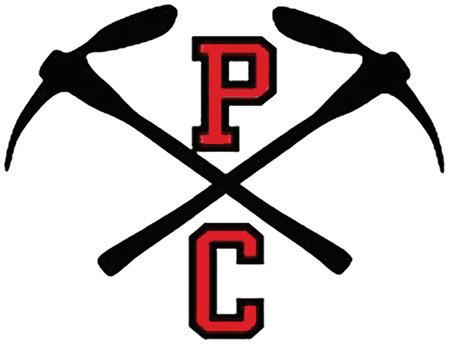

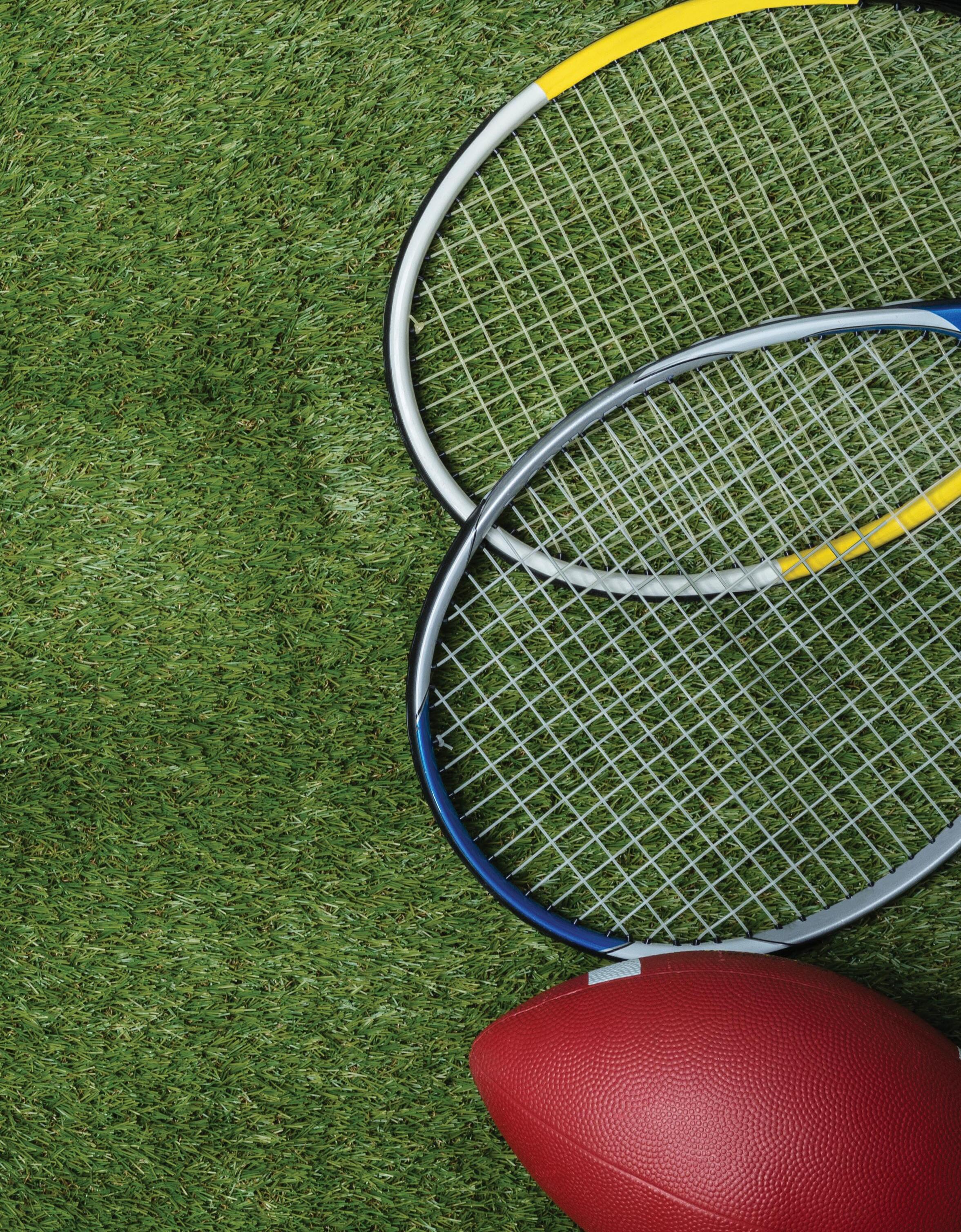





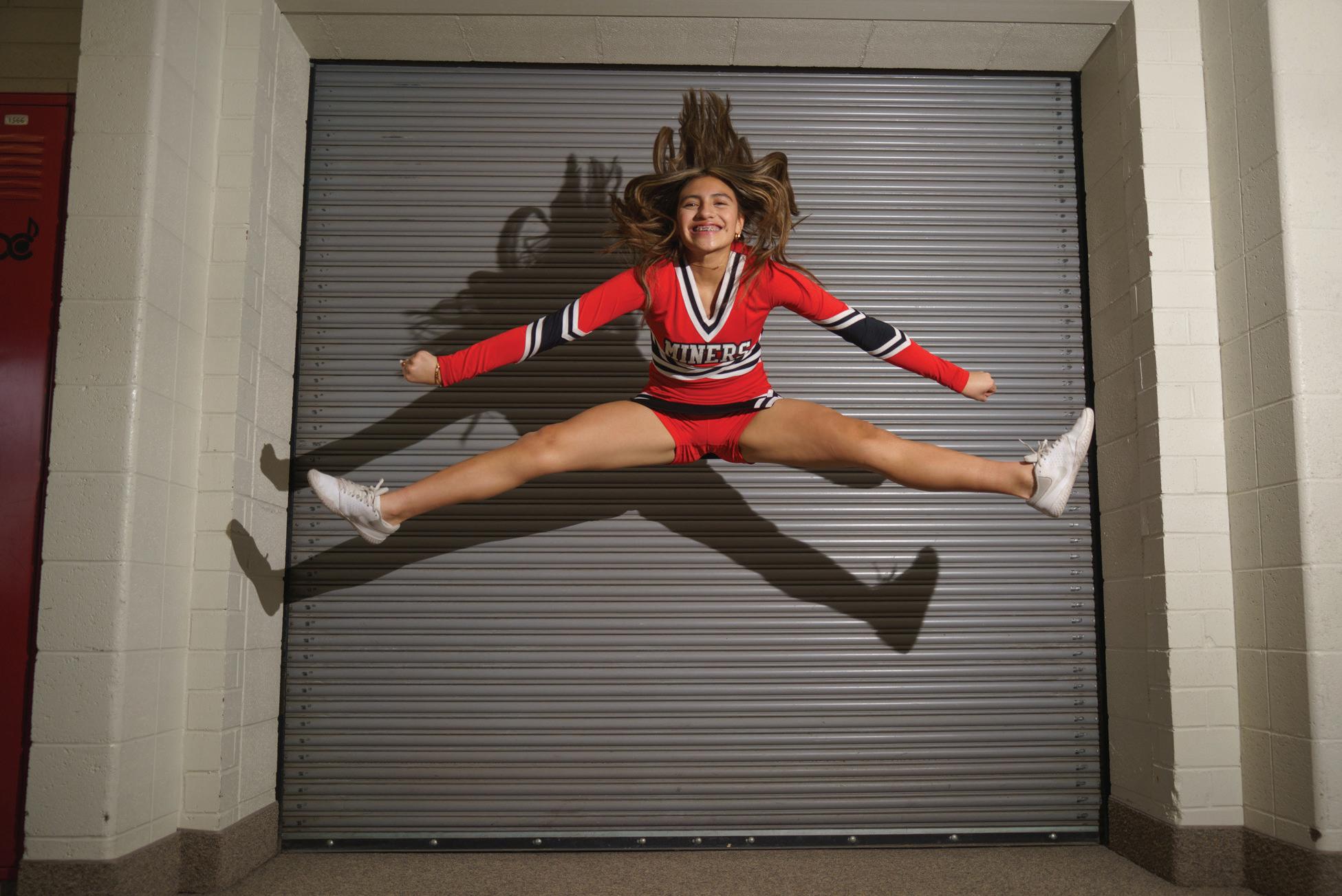
Meet Kim Viera Escobar, a freshman at Treasure Mountain Junior High, who is managing and succeeding in two sports on top of her academics. While maintaining a majority of A’s in school, Kim dedicates much of her after-school time to basketball in the fall and cheerleading throughout the year. Besides gaining physical ability, both of these girls' teams have offered Kim a sense of accomplishment and community that flows to other aspects of her life.
Kim, born and raised in Park City, grew up with the opportunity to try out various sports. When she was a young girl playing basketball with the gentle guidance of her dad, Edgar, they would enjoy each other's company, working on her technique whilst building lifelong memories. Kim’s mom, Nancy, plays a similar role in her development as an athlete, doing everything she can to physically get her to practices and games.
Beyond her family, Kim also credits a lot of her success to the supportive community that surrounds her in both basketball and cheer. Both of these teams also provide Kim a community of friends at school who are thoughtful listeners and offer amazing encouragement on and off the court. Kim describes that this kind of culture isn’t created by a singular individual; it is a collective being.
When I asked Kim what she defined as a “success,” she responded by describing a basketball game from last year. For the majority of the game, it was a tie, constantly going back and forth for who had the lead. At one point, the Park City team was dropping back, and the girls began to get frustrated. But when a timeout was called, the team gathered around. Kim and one of her teammates decided to hype the girls up, telling them that they could still make the comeback. This was their last game of the season, and they collectively decided this was the time to



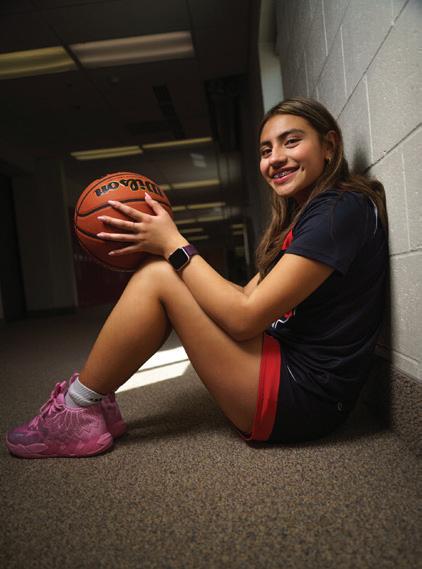
give it their all. Now, back out on the court, the girl's shots started going in, and they gained a lead, but the other team remained competitive. With 10 seconds left, they put their best shooter forward, but she missed. This game, though not won, is described by Kim as a success. She says that all of her teammates, and herself, continued to work hard for the entirety of the game even through the rollercoaster of points. More importantly, Kim explained that this was one of the first games where all of the girls worked together as a team, truly leaving behind egos and individual wins.
As Kim looks to a future filled with opportunity, a few goals emerge. In the short term, for cheer, Kim is hoping to be on Varsity, continuing to practice stunts and perform at home and away games. For basketball, Kim is working hard towards being a starter for the Junior Varsity girls' basketball team for this coming fall season. Though she is only a freshman now, Kim is already dreaming about larger goals in her sports. Most notably, playing college ball. Supported by strong communities built on sport, a loving family, and her own internal drive, Kim is working towards a successful future.

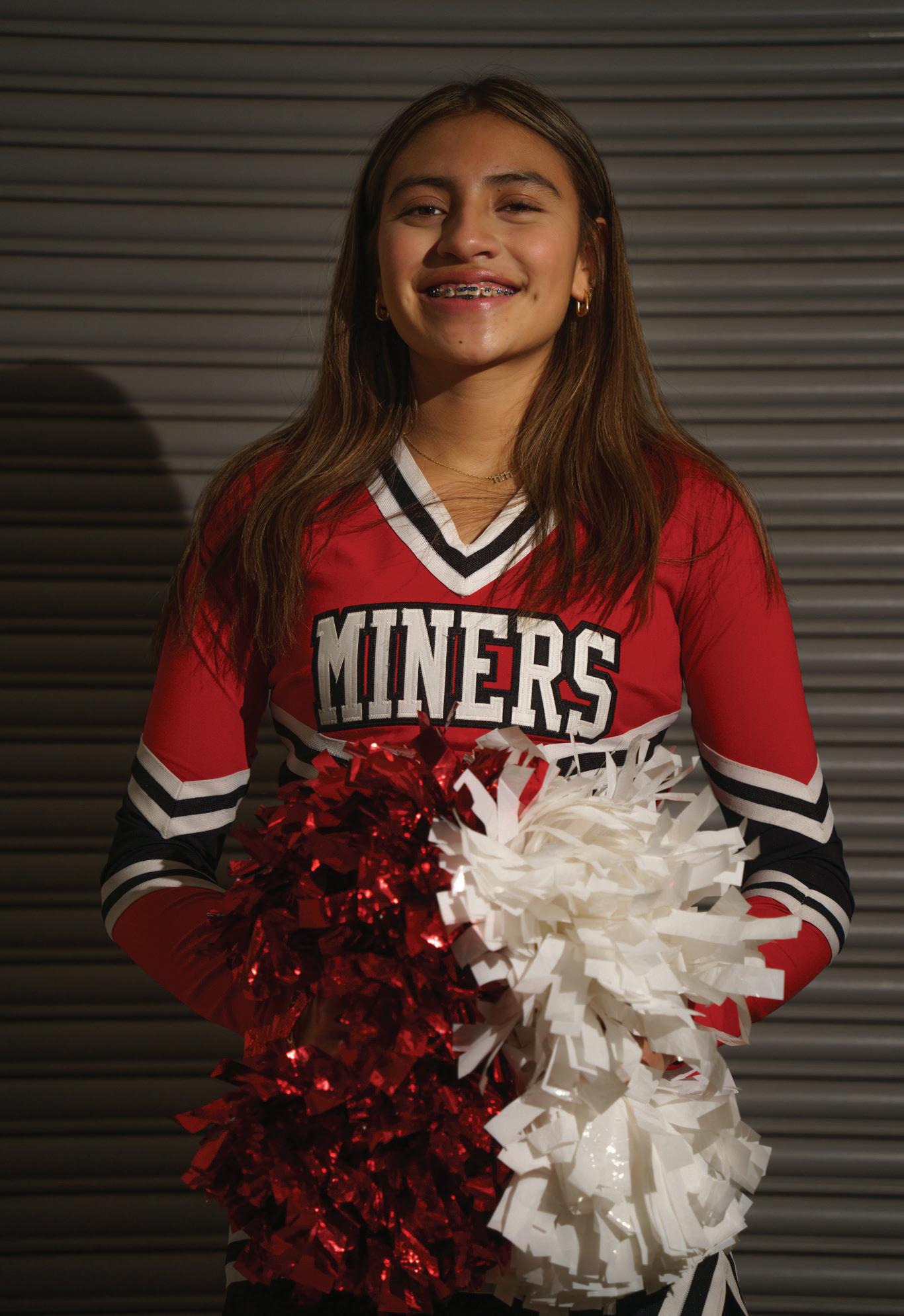


Parking: There are three main access points— East Canyon, Bad Apple, and Spring Creek—all generally with plenty of parking.
Trails Available: A variety of loops and lengths make this perfect for a quick after-work ride.
Near Bad Apple or East Canyon, Fink Again is a calm, switchback-y climb that leads to an easy down, Crazy 8, or the 24-7 traverse. From Spring Creek Trailhead, go right up Glenwild to Flying Dog. Note: the upper shaded section of Flying Dog stays muddy well into spring.
Terrain: The front side is sun-exposed—great for cooler temps—while the back side has shaded aspens that can be chilly early in the season.
Technical Difficulty: 1/3– 3/5. Shorter loops are easy and beginner-friendly. Flying Dog is a 16+ mile singletrack loop and more difficult.
Popularity: As trails dry, Flying Dog gets busy with hikers and bikers. Watch for blind corners.
Family Friendly: The lower sections are beginner-friendly. From the top of Fink Again, younger riders can descend Crazy 8 while others continue on 24-7.
Mud and Spring Conditions: The front side dries quickly and retains water well—ideal early-season riding. Still, turn around if your tires leave ruts.
AREA NAME: ROUND VALLEY
Parking: On wetter days, try Quinn’s Trailhead. Other options include Highland, Trailside, and Old Ranch.
Trails Available: One of the largest and most diverse areas. Trailside Bike Park has short routes to work on cornering, rock gardens, and features. The rest of Round Valley offers 60 miles of easy and intermediate loops. Favorites include PorcUclimb to Downdog, Big Easy, Rambler, and Ramble On.
Terrain: Known for sunny slopes, which dry quickly and stay warm on cloudy spring days.
Technical Difficulty: 2/5. Great for working on technique, but accessible for most riders.
Popularity: A well-known zone that dries fast. Even with traffic, the many connecting trails help space people out.
Family Friendly: Many options for family rides. Big Easy is a wide green trail with mellow climbs and simple descents.
Mud and Spring Conditions: Some sections take time to dry due to winter Nordic use. Avoid shaded slopes; most of the area is rideable by May, but check conditions.

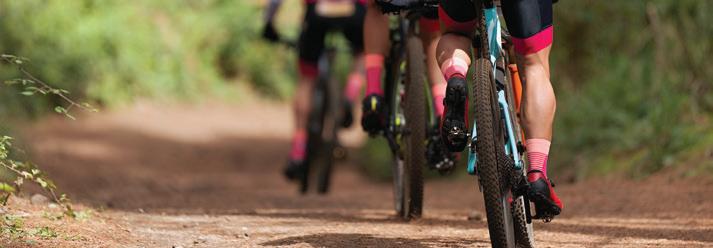
Parking: On Heber Valley’s outskirts, Dutch Canyon Trailhead gives access to early-season riding. Parking is limited; without a Utah State Parks Pass, it’s $7.
Trails Available: Thirteen trails with expanding options. Possible loops include Cottontail to Sage to Aqueduct, with a good down on Barrel. Lower Barrel offers a smaller 2-mile loop.
Terrain: Like Bob’s and Round Valley, Dutch Hollow is sun-exposed with some shaded areas among Gambel Oaks.
Technical Difficulty: 2.5. Climbs have tricky but walkable switchbacks, and descents are well-built.
Popularity: With limited parking and fewer trails, this area stays quiet even in summer.
Family Friendly: Lower Barrel is a favorite 2-mile loop for kids and adults alike—great for a family ride with a tailgate picnic after.
Mud and Spring Conditions: Dries quickly due to sun exposure. Avoid shaded upper areas if it’s muddy.

“Outstanding service. Ed’s team comes to meet you at a location of your choice (at your home, office, etc.) The team arrived on time, and in only 2hrs, my BMW looked fresh off the lot. Thanks so much, DetailParkCity! You’ve got my business!” - Jamie R.
“Ed was great. He quickly returned my initial contact (rare in Park City) and quickly had us on his schedule. He spent all day detailing our two cars, which are in like new condition. Couldn’t be happier.” - Andrew N.

GIRLS & BOYS AGES 5-18
Competitive Soccer Season 2025/2026
May 19 - 21 for players born 2017 - 2014
May 27 & 28 for players born 2013 - 2007
May 29 for players born 2020 - 2018
Visit www.parkcitysoccer.org for registration, details, and schedule by age.
• Pre-registration opens April 1
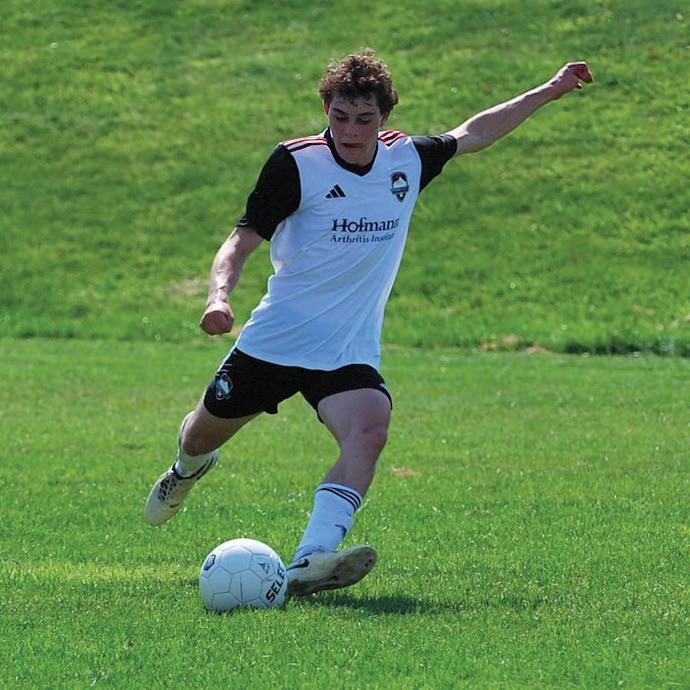
• Pre-registration recommended Questions? Contact Technical Director Eli Ulvi at eulvi@parkcitysoccer.org or 907-748-5075
Have questions? Need assistance? Attend a PCSC Registration open house.
Saturday, May 10 • 10:00am - 2:00pm
Thursday, May 15 • 4:00pm - 7:30pm
PCSC Office:
6443 N Business Park Loop, Suite K, Park City, UT 84098
Scholarships are available/Becas disponsibles.
For more information, contact sgillwald@parkcitysoccer.org

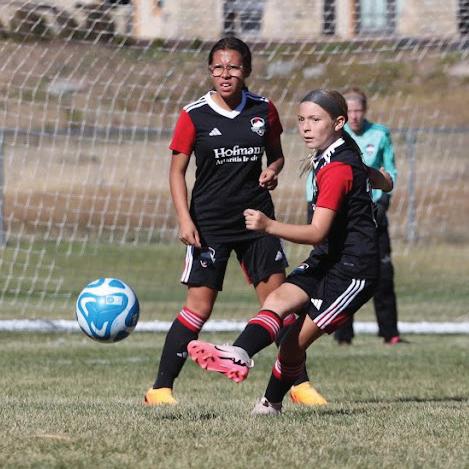
Spanish language assistance available.
Asistencia en español disponible.
Para español contacto Juan Perez al 435-731-4114 ó jperez@parkcitysoccer.org
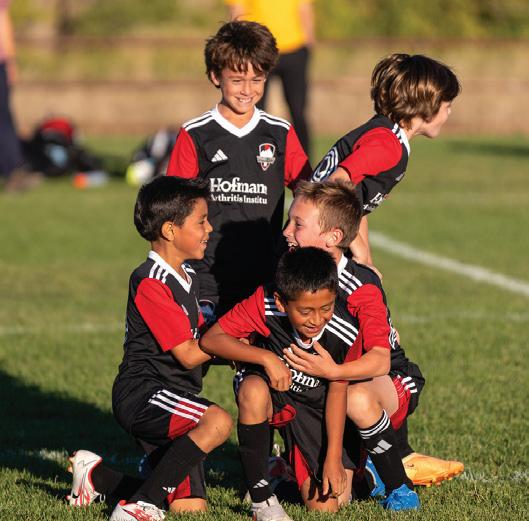

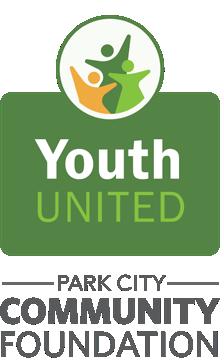
With a chain, leg strength, and some seasoned beans, a bike moves over mountain trails. Without a chain, mountain bikes are relegated to “chainless downhill racing,” which is exciting and novel, partly because we have the choice. But what is a chain? Why does it wear out? Are some better than others?
Thanks to many advances in metallurgy, chain technology has dramatically improved in the past century, although bikes didn’t always have them. Bikes started out as a giant balance bike, much like the little pedal-less bike your toddler rides around the kitchen. A French man, anxious about walking around his gargantuan garden, pinned a pair of wheels at either end of a board or, for the humor of it, a stick. By draping his legs over the sides, he could literally “kick and glide” with more efficiency than a Nordic skier.
Imagine this big, heavy balance bike as he tried to climb a hill. The chain came later, but once it was on the bike, it never left. Over time, it was reshaped to deal with more and more gears,
allowing for efficient travel without dragging your feet. Gluteus, quadriceps, and hamstrings propelled the chain, by way of gears and by way of pedals. No longer were feet simply along for the ride. They had a job: to burn off the last beer at the pub on the way home.
It was not until then that bikes became a freedom ideology. The chain and its interfaces transformed the bicycle to a worldwide racing icon. Can you imagine the Velocipede (Balance Bike) à Tour de France? Without chains, that’s where the French would be today.
It was the driving force behind change, innovation, and the rise and fall of bike manufacturers. And, until recently, the most resilient chain was developed by Italian engineer Tulio Campagnolo.
A behemoth—however, less artful—company called SRAM made the AXS chain, which is, at very least, as good. But SRAM also made its AXS chain available for mountain bikes rather than exclusively for road bikes. Today, there are several quality qualifiers
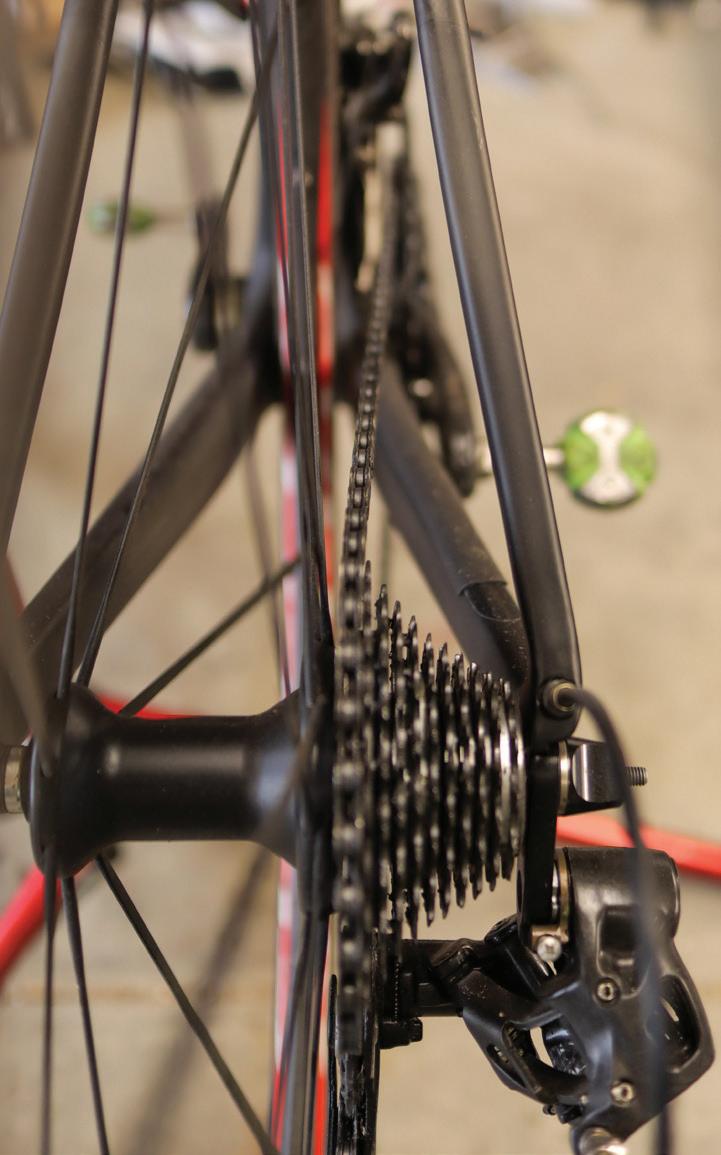

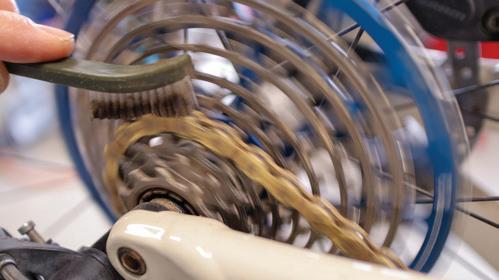


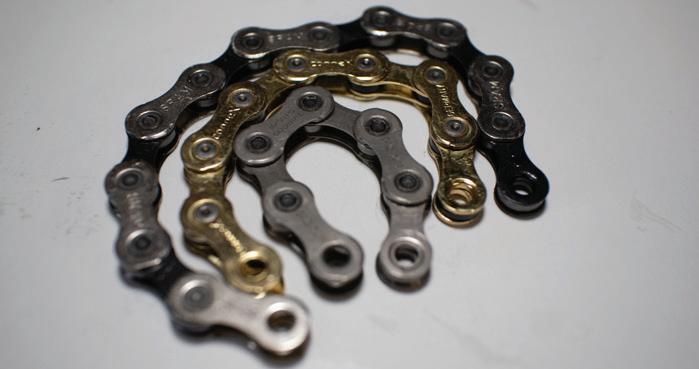
categorically defined by weight, shifting, and smoothness. There are also single-speed chains that don’t have chamfers and shift ramps, since they are not needed.
It’s made from steel rollers, pins, and plates. All of it assembled makes a link, and many links make a chain. This type of chain is built to reduce friction as it slides into place between the chainring and cassette teeth. Generally, the construction is strong.
High-quality chains are also assembled with a load of mid-viscosity grease inside each roller. Inside a tiny space, this lubricant sits between the pin and the roller. Once it is gone, it cannot be replaced.
In a conversation with my Shimano sales representative more than a decade ago, we discussed the delicate balance of drivetrain cleanliness and performance. Some riders like their chains dunked in solvents, cleaned and shiny, then dipped in whatever lubricant they enjoy. Once reinstalled on the drivetrain, the chain is no longer the same.
The interior roller grease is gone. The master link is worn, so a new link should be used. Shimano, for decades, used replaceable chain pins, which were far more precise and performance-driven. However, they were far less convenient. Replacing the pin ensured the chain would not break from a worn, reused pin or a quick link.
With less lube than ever, the chain must now work harder, with more friction, across all gears. “Chainline,” the descriptor used for
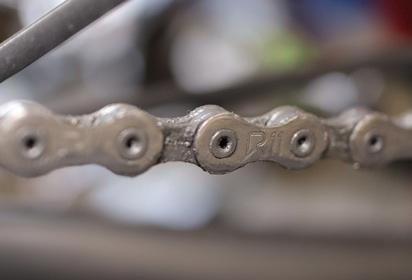
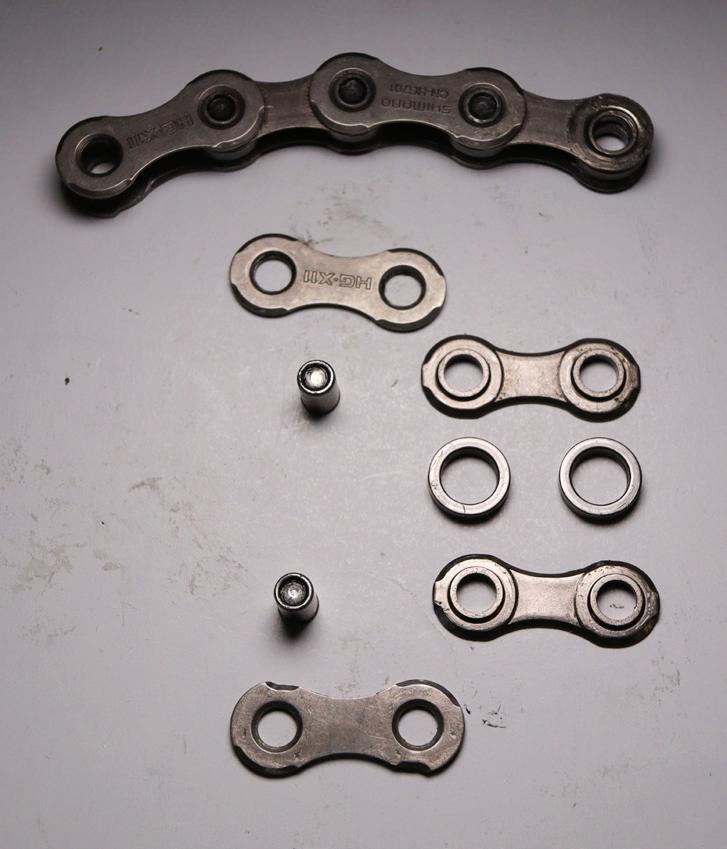
chain departure angle between the cassette (rear gear cluster) and chainring (gears at the pedals), is never straight. The chain’s departure angles are often more extreme while using climbing gears, creating lateral stress (torsion) on the chain, wearing the pins, plates, and rollers.
Less lubricant equals more friction—“metal on metal,” as they say—which decreases chain life exponentially.
This wear is generally referred to as “chain stretch.” Chains exhibit this stretch as a byproduct of worn tolerances, because the metal doesn’t stretch.
Making a chain last involves throwing out your chain cleaners, having your mechanic optimize your chainline, cleaning it with a dry brush, and finally adding lubricants—and doing all this after your ride, not before. Most lubes worth using on your fancy 1x drivetrain require time to cure and set up. Applying them right before you ride attracts all the goo, asking for a mess.
SCC Slick, Squirt, and other similar lubricants typically keep your drivetrain clean in a variety of nasty environments. It is worth the price–but follow the directions!
Maintaining a nice bike requires an assortment of nice tools and lubes, but it also means treating it nicely with proper technique. After 30 years of tuning bikes all over the Wasatch, this is part of the “great ride” equation.

ARTICLE & GRAPHICS BY RICHARD ELLIS
Riding a bike on Wasatch Back roads can be petrifying. Every year, stories of cyclists injured, maimed, or killed by motor vehicles circulate in Utah news and among bikers.
Because human beings overestimate the likelihood of rare but catastrophic events—a concept known as “dread risk”—we probably believe that car-bike accidents happen more often than they do. As we’ll see, the risk to cyclists depends heavily on where we bike. Moreover, there are notable differences between patterns of crashes in Summit versus Wasatch County.
Which area is safer? What can cyclists and drivers do to mitigate the risks? To answer these questions, we’ll explore nearly 15 years of data collected by the Utah Highway Safety Office (HSO) from police departments statewide.
The Norm in Utah
Let’s begin with a statewide view of bicycle-car accidents so we know if and how Summit and Wasatch vary from the norm. Between 2010 and March 17, 2025, Utah had 9,113 accidents involving a bicycle and motor vehicle. Of these, 99 were fatal, and 8,338 resulted in an injury. Fatal accidents involve higher speeds, but otherwise resemble non-fatal accidents.
About 50% of the drivers were male, 42% were female, and the rest unknown (due to hit-and-run accidents). Younger drivers were more likely to hit bicyclists, but somewhere between ages 35 and 45, a driver’s likelihood of hitting a cyclist falls steeply.
All told, 66% of crashes happen at intersections. Typically, the driver is turning right (36% of cases) or driving straight (35%). In about 40% of cases, the driver failed to yield right-of-way.
In Summit County, there have been 96 “bicycle involved” crashes reported to police over the last 15 years, and almost 70% of those involved a male driver. Men between the ages of 45 and 59 account for more than a third of accidents involving a bike. Almost half the time, the driver is in a pickup truck (29%) or SUV (28%).
Yes, Summit County’s stereotypically aggressive, middle-age man in a truck does hit cyclists more than average, but that’s not surprising considering that 60% of the vehicles registered in Summit County in 2024 were “light trucks.”
What about the cyclist? In Summit County, it’s usually a male rider (65%) between the ages of 45 and 65 (38%).
Wasatch: Less Safe for Kids
With a total of 61 crashes, Wasatch County seems safer at first glance, but that’s not true if you’re a kid. In Wasatch, 50% of the cyclists involved in car crashes are under the age of 20. In Summit, only 16% are.
What 15 years of police reports tell us about “bicycle involved” motor vehicle accidents in greater Park City and Heber City.
Total Crashes: 96
72% of the drivers involved in a crash are male, and they skew middle age.
About 17% of crashes involve a bicyclist under the age of 20. 65% of all the cyclists are male.
Total Crashes: 61
63% of the drivers involved in a crash are male, and they skew young.
About 50% of crashes involve a bicyclist under the age of 20. 69% of all the cyclists are male.
WHERE DO CRASHES HAPPEN?
Kearns and Bonanza/Monitor is a hot spot with 11 crashes, as are intersections all along Park Ave / SR-224 to Kimball Junction.

Crashes are clustered at intersections along and around Main St. / US-40

Stretches of road with wide shoulders and no major intersections, like SR-224 between Payday Dr. and Canyons Resort Dr.

River Road in Midway, where there are mainly roundabouts instead of 4-way or T intersections.
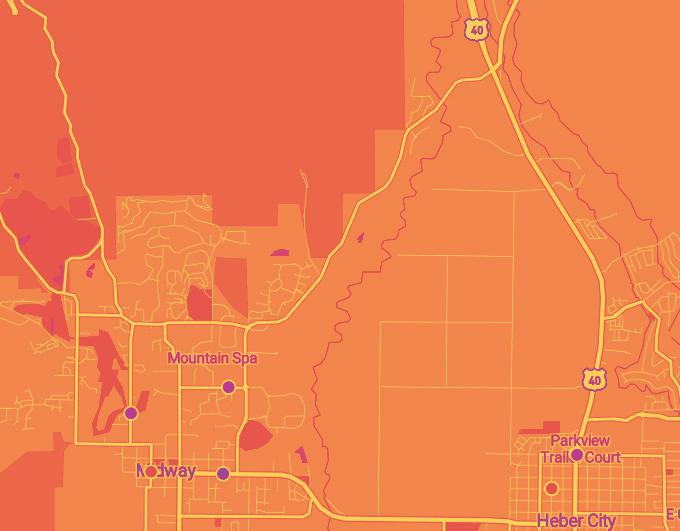
*Data and maps sourced from the Utah Highway Safety Office
While Wasatch’s population of cyclists probably skews young, that doesn’t explain why almost double the number of kids—16 in Summit versus 31 in Wasatch—have been hit. The difference, perhaps, is Park City’s system of paved pathways that welcome pedestrians and bikes. Heber has nothing comparable near downtown.
Young drivers are more likely to hit cyclists in Wasatch. Whereas teens in Summit are responsible for just 6% of crashes, Wasatch teens account 16% and tie with 40-44-year-olds. As in Summit, male drivers (and bicyclists) are overrepresented in accidents in Wasatch, accounting for 62%, and again, light trucks account for half.
To be clear, Utah men aren’t special. Nationwide, men are statistically more dangerous in the car than women, both to themselves and others. Blame testosterone.
Altogether, the data from Summit and Wasatch is unambiguous. Summit County is safer for youth cyclists. Wasatch probably has less accidents total because there are fewer cyclists on Heber roads.
Some of the most popular segments in the area, like Old Ranch Road in Park City and Brown’s Canyon Road have long stretches without any busy intersections. Maybe cyclists intuitively know these are safer areas to ride.
Arguably, the safest route around is River Road in Midway with its numerous roundabouts. Between the intersection of US-40/SR-32 and Main Street in Midway, there has not been a single cycling accident reported to police in 15 years. If I ever get back into the Lycra game, that’s where you’ll find me.

BY RICHARD ELLIS
Every cyclist knows how brutal it is to pedal a bike that doesn’t fit. The stiff back, crunchy knees, neckache, and numb hands make a long ride miserable. While changing the saddle and cleat position or throwing money at new components might help, there’s a high cost—in time, equipment, and medical bills—to getting a bike fit wrong.
Enter BioMoto Utah in Park City, based at The Ski Shoe in Prospector. The operation looks more like a laboratory than a bike (and ski boot) fitting studio. A 3D printer whirs in the background building a pair of custom insoles as partners Brian Potempa and Nick Couchens talk through their approach to bicycle fitting.
“Basically, we are a body motion analysis company,” Brian explains. “We study how the body moves and how the feet move, specifically.”

Brian and Nick have been riding road and mountain bikes since the early 1990s. Best known as ski boot fitters, the two stumbled upon Germany-based BioMoto, which has been pioneering ways to improve movement quality and athletic performance for over 20 years. Their specialty is “sensomotoric insoles” that change not just the way the foot moves, but the entire “kinetic chain.”
When Brian and Nick saw what BioMoto could do for skiers, they became interested in learning the company’s proprietary bikefitting process. They studied it under John Huenink at BioMoto Wisconsin, who is the bike fitter for Project Echelon Racing, a professional cycling team.
Few cyclists think of foot health and insoles when considering a bike fit, and that was part of the appeal. “Nobody was doing anything like this,” Brian said.


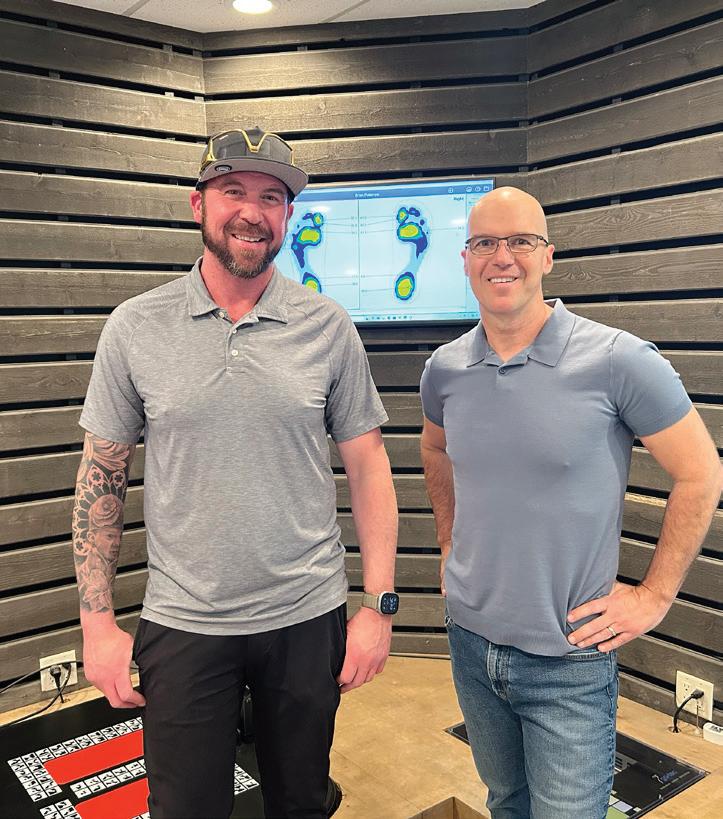


Psychotherapy & Coaching
Integrative Psychotherapist and Coach for Adults and Teens at The Still Point Collective.
To explore working together, or to learn more about writing therapy groups, yoga retreats, nature therapy, and other upcoming offerings, reach out to ashley@amontague.com. I’d love to hear from you! stillpointutah.com


NMLS 301486 • 801-694-0822 JNielsen@VanDykMortgage.com JamieNielsen.VanDykMortgage.com
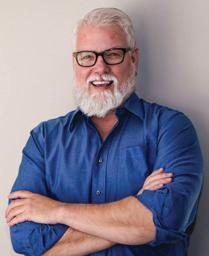
Mortgage Corporation | NMLS#3035 | 5330 S 900 E Ste 200, Murray, UT 84117 www.VanDykMortgage.com | nmlsconsumeraccess.org


So, what does it mean for a bike to fit? It comes down to comfort and performance, and BioMoto has a scientific way of getting there. They start with an in-depth review of the cyclist’s body history, injuries, and goals. Then comes the full-body analysis, starting from the feet up. Brian and Nick manually examine and feel the cyclist’s feet, looking for areas that don’t flex or move normally, recording data as they go.
They follow with a 2D scan—using what looks like a Xerox machine buried in the floor—to capture the bottoms of the feet, or “plantar” view. They mark the image to measure where the bone structure is and where the joints flex. It’s the basic template for insoles. But different from basic insoles that correct for flat feet or leg length differences, BioMoto’s redistribute pressure across the bottom of the foot to strengthen it and get it moving naturally according to Brian. The final insole looks like a 3D topographic map.
After imaging, BioMoto exam gait (how someone walks) and has the cyclist stand and stride on a force plate. Images from the measurement show where the athlete exerts pressure through the foot. Oranges and reds indicate high pressure on the plate, while blues and whites mean low pressure. (“It looks like a hurricane is coming to town,” says Brian.) It reveals weaknesses that can result in foot injury or issues up the kinetic chain.
With that data collected, the cyclist gets on a table for examination of leg structure, flexibility, and mobility. Nick and Brian note how the cyclist bends and moves their legs, how they sit up, and which muscles limit motion. The accumulated data goes to analysts at BioMoto Wisconsin (the company’s U.S. headquarters), and they interpret it to design insoles. Brian and Nick also use this data for the next step: fitting a bike to the rider. The question, says Brian, is “How do we make the bike fit around your body, body type, and how your body moves?”
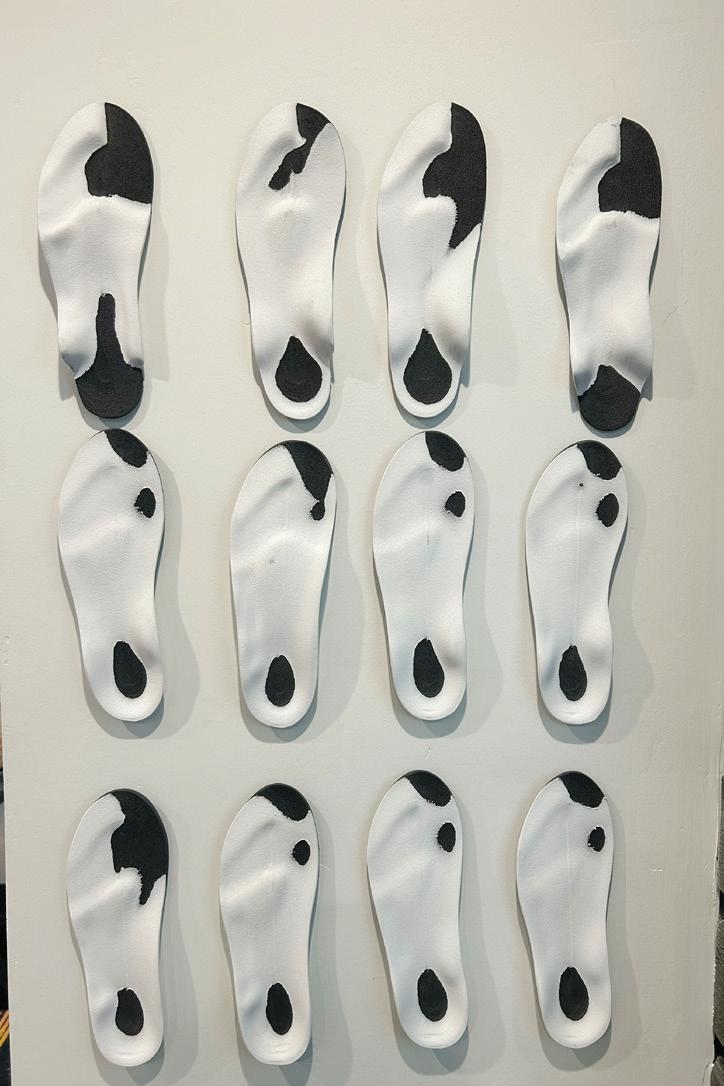
The process involves putting the bike on a trainer, videoing the rider as they pedal, and making incremental changes. BioMoto re-videos after adjustments to confirm that they improved fit. When possible, BioMoto encourages people to visit before buying a bike. They have an adjustable stationary bike that allows for changes in saddle position, reach, handlebar width, crank length, and more. They use it to identify bikes at local shops that can be fitted to the rider. While the insoles might seem tangential to bike fit, Nick would beg to differ. At age 40, he began to feel intolerable pain in his feet due to neuromas (basically, benign tumors in the feet), especially while cycling. He was getting cortisone shots every three months— as often as doctors allowed. Once he started wearing BioMoto insoles, the pain went away, improving his comfort and performance on the bike.
Near the end of our conversation, the 3D
For over 35 years, House of Colour has been helping people look their best and feel their most confident by finding color and style options that are completely unique to YOU!

Utah, the wait is over.! Do yourself a favor and book a color analysis with Julie! It is a ONE-TIME investment into yourself that lasts for many, many years.



printer finishes a fresh insole. It takes only two to three hours to print each one layer by layer. Doing it in-house means quick turnaround for customers—like the professional XC mountain biker who visited for insoles and a bike fit that same day (and who we cannot name, unfortunately).
Park City is a “bike rich community,” as Brian puts it. Somehow, the $5,000 to $15,000 for a high-performance bike feels unavoidable while the fit is just optional. The bike fit and new components do cost, but in this writer’s opinion, they’re less expensive than repetitive use injuries that result in imaging, injections, and surgery. Plus, “If you're spending $3,000 on wheels, a bike fit for $349 is reasonable,” Brian argues.
Happier feet, knees, and hips are probably worth more than shaving a few grams. But for the Park City cyclists who can have it all, why choose?
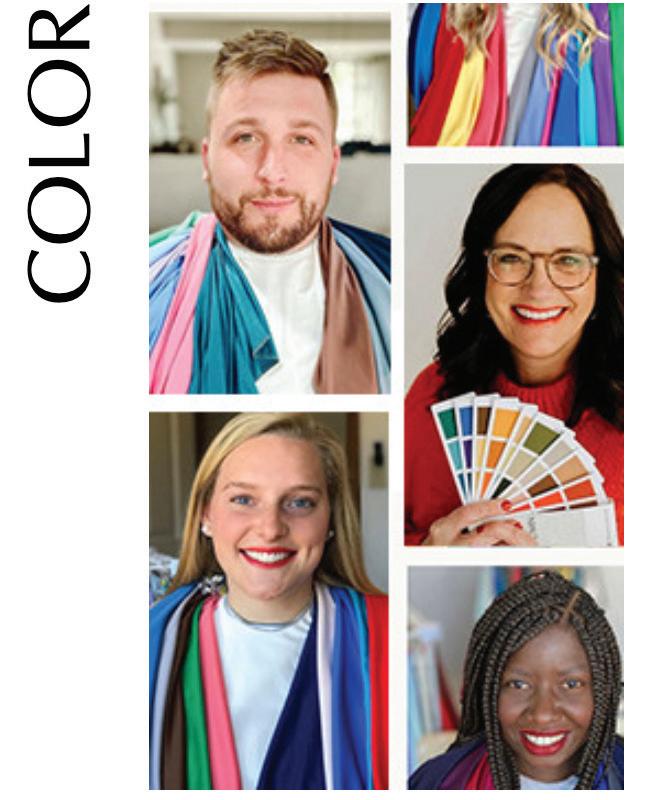
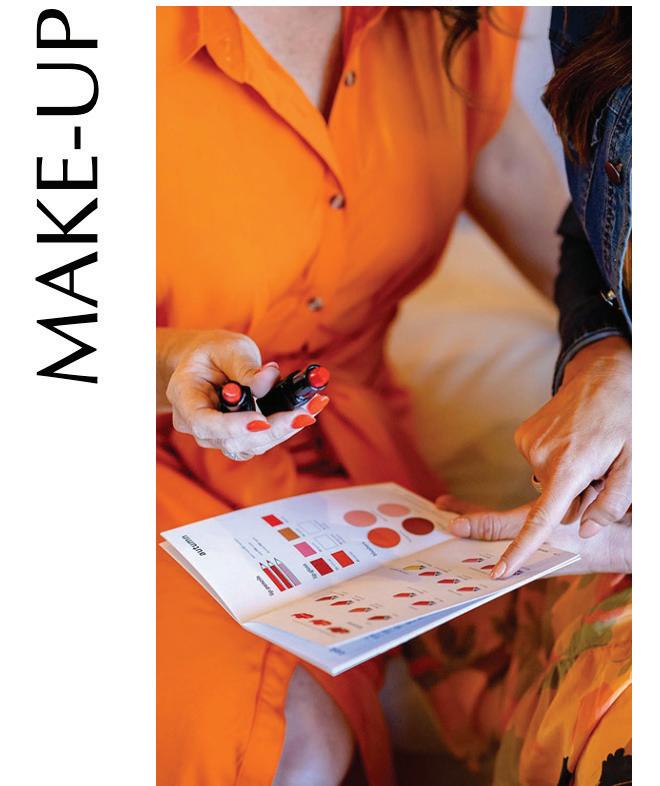
Book your consultation @ hocjuliehickam.as.me/schedule.php 435.315.2258 • Julie.Hickam@HouseOfColour.com • Follow me on Instagram @houseofcolour.juliehickam
By Dr. Giselle M. Batcheller, DDS, IBDM
In December, our office had the unique honor of being featured in a documentary exploring the emerging science of molecular hydrogen water and its effects on the body—captured in real time through live blood microscopy. It was a powerful experience, not just as a practitioner but as a believer in the body’s ability to heal and thrive when given the right tools.
We’ve long known that the blood carries clues about our inner state—oxidative stress, inflammation, hydration, even energy levels. But to see these changes unfold under the microscope, sometimes within minutes of drinking hydrogenenriched water, is nothing short of extraordinary.
Molecular hydrogen is the smallest molecule in the universe, but its impact is profound. As a selective antioxidant, it targets the most damaging free radicals without disrupting beneficial signaling processes. Research shows it can support cellular repair, mitochondrial function, and inflammation modulation—all of which play a role in how we age, feel, and function day to day.
Live blood microscopy allows us to observe these shifts in real time. With just a single drop of blood, we can witness patterns of cellular stress, clumping, or oxidative damage—and how those
patterns respond to supportive therapies like hydrogen water. This approach bridges modern science with real-time feedback, empowering people to take an active role in their health.
As we embrace the theme of renewal this season, we’re offering molecular hydrogen water machines for at home benefits as well as water memberships in the office as an accessible way to integrate this modality into daily life. Whether your focus is on skin health, energy, or graceful aging, this is a simple and accessible tool to help restore inner balance over time.
For those curious to learn more about cellular health and underlying signs relating to gut health and systemic wellness, we also offer live blood microscopy as a service—an educational experience that helps make the invisible, visible.
Because when you understand your body better, you can support it more intentionally for optimal health. The healthiest version of you is the best version of you.
I’m Dr. Giselle Batcheller, Utah’s PRF pioneer. Proud Parkite and member of the international faculty of PRF experts at PRFEDU. Since 2018, I’ve trained doctors in advanced laser and PRF applications. For more on water, lasers, light, PRF, and regenerative medicine, follow social media and website updates via DrBatcheller.com







HOW MAINTAINING A HEALTHY WEIGHT
Weight and nutrition are making headlines everywhere—from social media trends to wellness blogs. But how much do they really impact fertility? The truth is, maintaining a healthy weight is one of the most important factors in reproductive health—for both men and women.
WHY DOES WEIGHT MATTER FOR FERTILITY?
Weight influences hormone balance, ovulation, and even embryo development. Both underweight and overweight individuals may face challenges when trying to conceive.
If you’re underweight: Your body may produce lower levels of estrogen, which can disrupt ovulation and make it harder to conceive.
If you’re overweight: Excess fat tissue can lead to insulin resistance and increased estrogen
levels, which may interfere with regular ovulation and implantation.
X Myth: Eating pineapple or yams will make you more fertile.
✓ Fact: While some foods contain beneficial nutrients, there’s no magic ingredient that guarantees conception.

X Myth: Cutting out all carbs will improve fertility.
✓ Fact: Highly processed carbs can negatively affect hormones, but whole grains and fiber-rich carbs support reproductive health.
X Myth: You need to take every fertility supplement on the market.
✓ Fact: While some vitamins like folic acid and vitamin D are important, excessive supplementation isn’t always helpful. It’s best to focus on a balanced diet first.
Wellnest is the only fertility clinic in Ogden that brings together renowned fertility specialists, a suite of wellness and support services, and accessible pricing.
OUR SERVICES:
•
•
•
•
•
•
•
A HEALTHY BALANCE
If you're trying to conceive, focusing on a well-rounded diet, maintaining a healthy weight, and managing stress can all contribute to reproductive health. If you have specific concerns, a fertility specialist or registered dietitian can help personalize recommendations.
YOUR FERTILITY QUESTIONS ANSWERED
Have more questions? Send them to me, and I’ll cover them in upcoming columns! Email us at hello@wellnestfertility.com.

BY TIFFANY WICKES, ON BEHALF OF WOW CLINIC
WOW

In the heart of Heber Valley, where nature’s beauty and tranquility abound, neighbors are turning to Wasatch Optimal Wellness (WOW) for therapies to enhance physical well-being and mental clarity. Among the most popular treatments available—IV therapy, hyperbaric oxygen therapy (HBOT), and their comprehensive weight-loss program—is a combination of cold-plunge therapy and heat therapy, a.k.a. “contrast therapy,” which are two powerful techniques that complement each other and have roots in ancient traditions. These therapies are gaining momentum in the wellness and longevity space for their therapeutic benefits related to circulation, muscle recovery, stress reduction, and overall vitality. Let’s explore the science behind these therapies, their benefits, and why they’re becoming a highly sought-after treatment option at WOW.
The cold-plunge tubs at WOW, where temperatures typically hover between 42 and 55 degrees Fahrenheit, can improve circulation and immunity, boost metabolism, and reduce inflammation. Cold-plunging offers much more than just physical benefits; it also has significant effects on your mental health. It’s a great way to wake up your nervous system and leave you ready to face the day. When you submerge in the therapeutic cold tubs, you may notice your stress gracefully melt away, replaced by an alert, invigorated state of mind caused by a sustained rise of dopamine (the “feel good” hormone) that typically lasts for 3–5 hours. It has the power to shake off fatigue, recharge your mind, and leave you feeling refreshed and rejuvenated.
WOW offers both an infrared and a traditional dry sauna, allowing clients to choose their preferred heat-therapy experience. The custommade infrared sauna uses advanced heating methods to gently warm the body from within. The full-spectrum infrared heaters use different


wavelengths to penetrate different depths deep beneath the skin, heating tissues from the inside out. This differs from the dry sauna, which heats the air around you, which in turn warms your skin, then your core via convection and conduction. WOW’s infrared sauna uses infrared heat to operate around 160 degrees Fahrenheit, whereas the

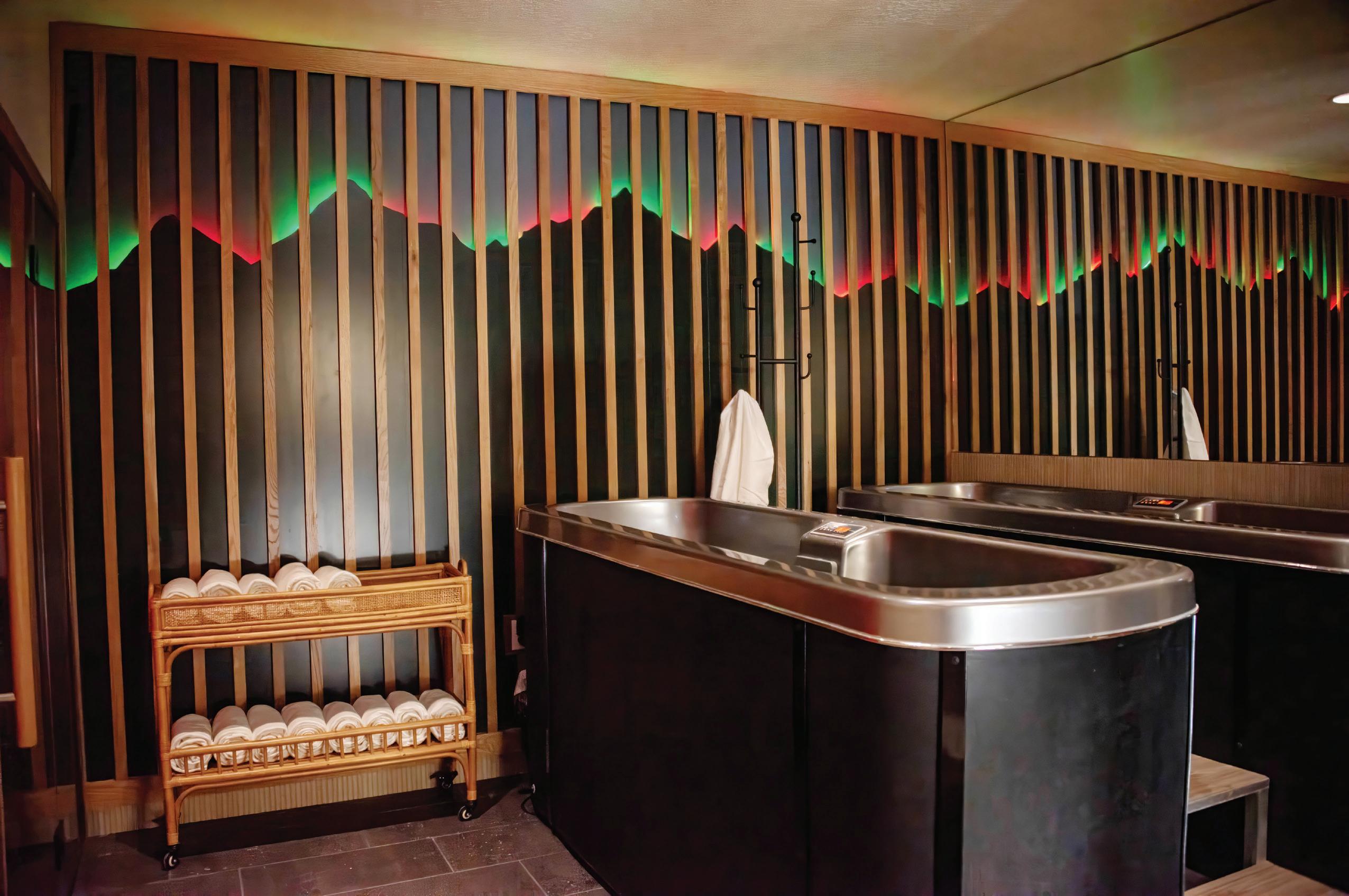


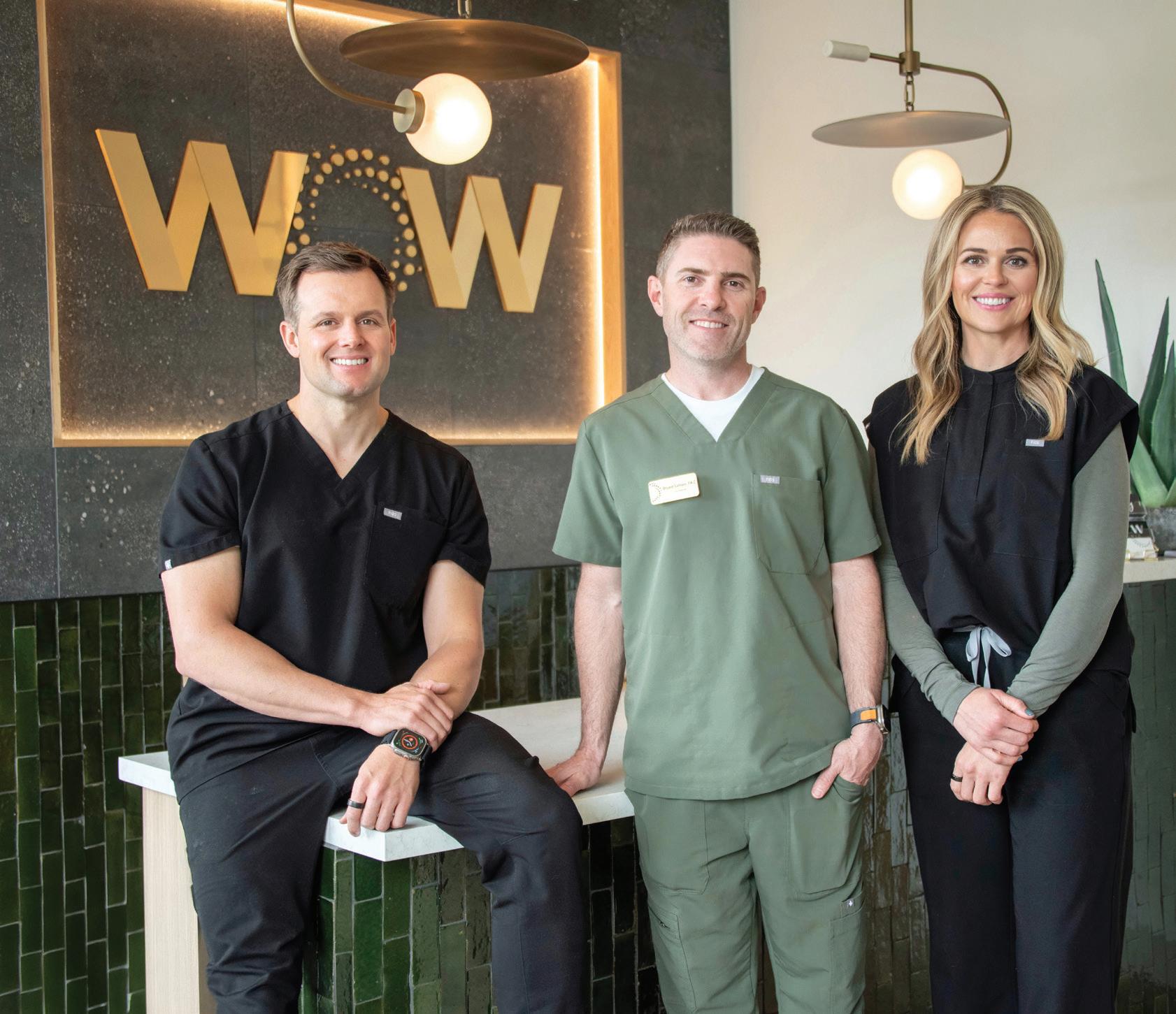
dry sauna hovers around 190. The warm temperatures cause blood vessels to dilate, which leads to improved circulation, nutrient delivery to tissues, and the removal of metabolic waste products. It also induces sweating, which can help expel toxins from the body. Heat therapy is often employed for its calming effects, reducing tension and stress, and promoting relaxation of both the body and the mind, but it is also extremely valuable for its proven health benefits—namely, improved cardiovascular health, reduced risk of Alzheimer’s and dementia, and a significant reduction in all-cause mortality rate for regular users.
THE BENEFITS OF COMBINING COLD AND HEAT THERAPIES
Contrast therapy involves alternating between hot and cold temperatures to enhance recovery, reduce inflammation, and promote overall wellness. The popular method of contrast therapy involves using the infrared or dry sauna followed by a rinse, a short rest, then a plunge in the cold tubs. The sauna heats up the body and increases blood flow, while the cold plunge constricts blood vessels, reduces inflammation, and activates brown fat cells, which in turn increases metabolism, causing calorie burn and glucose uptake. Alternating between hot and cold temperatures improves circulation, boosts the immune system, and reduces muscle soreness. Additionally, contrast therapy has been shown to relieve stress, improve sleep, and enhance overall well-being.
Incorporating contrast therapy into your wellness routine at WOW can help you feel rejuvenated and energized; it is a transformative treatment with deep roots in science. By incorporating both cold and heat therapies into your health routine, you can experience a heightened sense of well-being and a rejuvenated body and mind. Your journey to optimal wellness begins here! Don’t just read about the benefits— immerse yourself in the healing warmth of an infrared or a dry sauna, then submerge yourself in the soothing, cool waters of the cold tubs to ignite your overall sense of vitality. Your journey to optimal wellness begins here at Wasatch Optimal Wellness.


Autumn Bear’s practice is rooted in the belief that fusing the best of ancient Taoist teachings and Western medical science gives the ability to create effective, unique care for you, the patient. Autumn proudly provides acupuncture, dietary therapy, cupping therapy, Western herbs in a relaxing and peaceful setting.
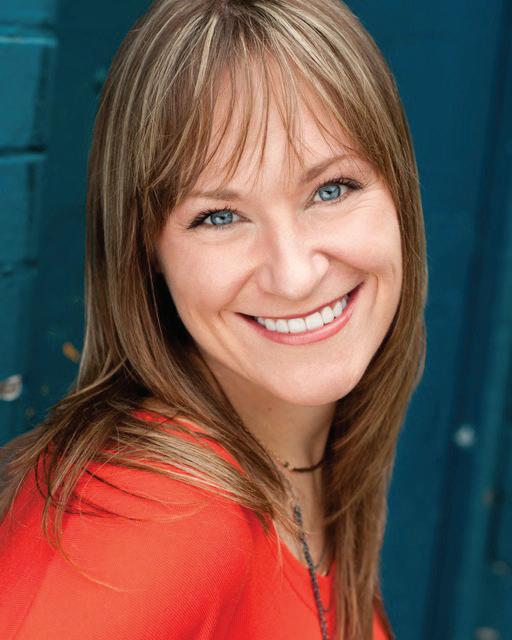
Each patient will be addressed with the time and attention they deserve.
Please contact Autumn Bear at 646.415.1406 to discuss in-home options.
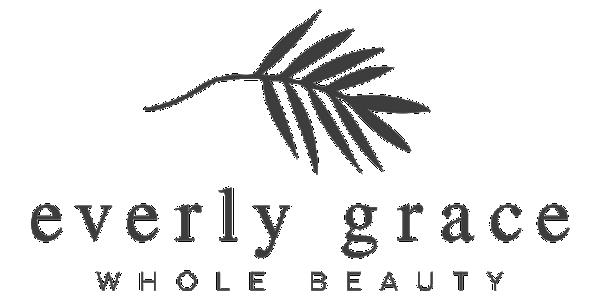

There is nothing more powerful than a successful businesswoman who knows exactly the kind of partner she desires, heals the deep wounds holding her back, and confidently calls in the man of her dreams; manifesting her partner into her life with unwavering certainty in her choice!
Coming out of a relationship and/or stepping into the possibility of a new one can be scary…but many women enter into incredible ones—especially when they do these two things: 1. they’re certain of what they truly desire in a partner, and 2. They heal their deep wounds from previous relationship(s). If not, studies show that you’re bound to repeat past relationship problems, just with a different person. When a woman gains clarity about what she truly desires in a partner, that’s when the real transformation begins. As a successful businesswoman, you already know you have the power to create what you want and eliminate anything holding you back from it. So why wouldn’t the same approach apply to your romantic life? If you’re unsure or don’t yet have a clear vision of what this kind of romantic relationship would even look like, I’d like to share some helpful tips to guide you. And by the way, healthy relationships are not only possible—they’re absolutely real!
STEP ONE: CREATE WHAT YOU DESIRE! CREATE YOUR LIST OF 100
1. List 50 Characteristics and Attributes You Want in Your Partner: What qualities do you admire in others—whether it’s a hot celebrity, a close friend’s relationship, or someone you look up to. What attributes do they have that you value? Compassion, ambition, humor, loyalty? Write down 50 characteristics and attributes you desire in a partner. This exercise will help you clearly define the type of person you want to call in and manifest into your life.
2. List 25 Experiences You’d Like to Share with Your Partner: Consider the experiences you dream of having. This could be traveling to specific places, trying new activities, or sharing life’s milestones. By identifying these experiences, you not only visualize a future full of adventure, but you also open yourself up to exciting opportunities—whether you manifest a partner or not.
3. List 25 Things You Want to Become with Your Partner: Think about the person you want to evolve into—individually and within a partnership. Do you want to be more adventurous, kinder, healthier, more creative? Defining these personal growth goals will help you recognize if a potential partner aligns with the person you aspire to be. You’ll have a clear vision of who you want to become and can actively work toward that vision—on your own or with someone by your side. This will make you more fulfilled, regardless of your relationship status.
This exercise gives you a clear, well-rounded vision of what you truly desire in your ideal partner. But before you start calling him in, there’s one more crucial step to take… STEP TWO is healing your deepest wounds that are holding you back from having your dream partner. And the good news is—it’s much easier than you think! I’d love to invite you to watch the video “Call In Your Dream Partner” by scanning the QR code to get started. Imagine how it will feel when you’ve healed your deepest wounds, leaving the past behind you, knowing that you are inherently worthy, loveable and more than enough; that the void within you is filled with pure self-love as you confidently call in the man of your dreams; manifesting your partner into your life with unwavering certainty in your choice!
I’d be honored to guide you into calling in your dream partner. Feel free to reach out. I’m here for you.
.




I’m Camilla Peterson.
As a Master Practitioner and Trainer in Neuro-Linguistic Programming (NLP) and Time Line Therapy®, I’ve helped hundreds of individuals break through the limits of their mind and get unstuck in their business and careers. Through my work, I’ve discovered a powerful connection between professional success and sexual fulfillment, as well as the relationship one has with themselves and their partner.
I’ve had the privilege of working with founders, CEOs, and professionals— helping them overcome trauma, depression, anxiety, sexual trauma, and more. My clients have reclaimed their power, finding greater freedom, joy, and intimacy in both their personal and professional lives.
My mission is to guide you on a transformative journey of selfdiscovery, unlocking deeper pleasure, purpose, and fulfillment in every area of your life. I’d be honored to support you as you take a quantum leap toward your fullest potential!

BY RACHEL FRIEDMAN
Park City has a rhythm. You can feel it in the crisp air of the mountains, in the sound of boots hitting the trail, in the spontaneous laughter echoing down ski runs and singletrack. There’s an unspoken truth here: moving your body outside just feels good.
But beyond the adrenaline rush or the pursuit of fitness goals, there’s something deeper waiting to be tapped into—joy. And it’s available to all of us, if we learn how to move with intention.
I’ve spent the last few years helping people reconnect with their bodies, their energy, and their sense of purpose through movement. As a Stoke Coach based here in Park City, I blend functional fitness, mindfulness, and nature to help clients feel strong, grounded, and alive. What I’ve learned—and what I now teach—is that movement isn’t just about performance. It’s about joy. It’s about getting out of your head and into your body. It’s about shaking off the stuck energy of everyday stress and reconnecting with something ancient, something real.
Here’s how to create more joy in your life through

movement—no gym required.
Before you jump into a training plan or sign up for a new class, pause. Ask yourself: Why do I want to move my body? Is it to feel more confident? To have more energy for your kids? To explore the outdoors? To reconnect with a younger version of yourself who used to dance in the mirror or hike for hours just because it felt good?
Knowing your why changes everything. It makes the process meaningful. When your goal is rooted in joy, you’re more likely to stick with it—not out of guilt or pressure, but because it feels like a gift you’re giving yourself.
We live in a culture that often treats exercise as punishment or penance. That old “no pain, no gain” mentality? Let’s toss it. Movement can be challenging, yes—but it should also be a celebration.
about honoring it.
Each walk, stretch, lunge, or squat is a way to say, I’m here. I’m choosing to show up for myself. When you shift your mindset and treat movement as an act of love, it becomes something you look forward to, not something to dread.
3. Find Your Flow
Joy lives in the present moment. And nothing brings you into the now like movement.
Whether it’s a solo trail run, a dance party in your kitchen, or hiking with a friend who makes you laugh until you can’t breathe—these moments of embodied presence are where joy thrives. That’s what I call flow—when you lose track of time, get out of your head, and into your senses.
Some of my favorite flow-state moments happen when I’m practicing yoga in a grassy meadow, dancing on mountaintops, snowboarding through powder, or chasing my daughter on her bike. Movement doesn't have to be rigid or structured. It can be playful. It can be freeing. Let it be.
4. Ditch the Rules and Follow Your Curiosity
One of the biggest things holding people back is the belief that movement has to look a certain way. That it needs to be intense. That it needs to “count.”
But here’s the secret: all movement counts. Strolls count. Stretching on your living room floor counts. Pulling your kid on a sled counts. Dancing in your pajamas counts.
What sparks your curiosity? What makes you smile? Let that be your guide.
5. Go Outside (Even When It’s Cold)
There’s something magical about training outside—especially in a place like Park City, where nature is right at your doorstep. Whether it’s sunshine or snowfall, moving outdoors connects us to something bigger.
Fresh air has a way of clearing the mind. Trees, trails, and mountain views reset your nervous system. Even a short walk in nature can shift your mood.
I train all my clients outdoors—at parks, trailheads, or even in my driveway. And time and time again, I see it: people light up. They reconnect. They breathe deeper. And they remember what it’s like to be in their bodies, not just living from the neck up.


6. Celebrate Progress (Not Perfection)
Joy doesn’t come from hitting a perfect workout schedule. It comes from noticing how your body changes and grows stronger, how your mind gets clearer, how you start to move through life with more ease and confidence. Celebrate the tiny wins. The walk you took even when you were tired. The deep breath you paused for. The way your balance has improved. These are victories worth honoring.
7. Invite Joy In—Every Day
This isn’t about waiting for a race or reaching a milestone. It’s about feeling better now. Movement can be your daily reset, your moving meditation, your time to play.
So put on a song you love and dance. Stretch with the sunrise. Go chase some endorphins in the snow or on the dirt. Invite joy into your day by moving your body in a way that feels good—for you.
We all deserve to feel lit up by life. Movement is one of the most accessible, powerful ways to get there. You don’t need fancy gear or an all-or-nothing mindset. You just need to begin—one joyful step at a time.
So here’s your reminder: have more fun. Get outside. Trust your body. And let movement be your gateway to more joy.

• birth and postpartum doula support
• birth education + prep classes* • prenatal yoga series*

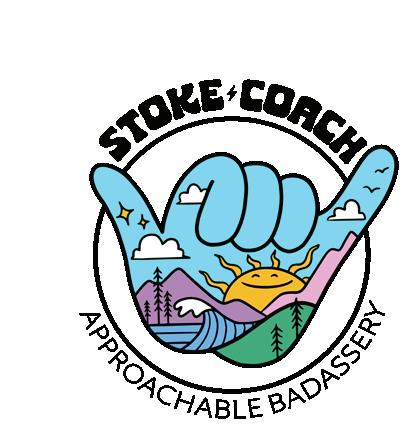


If you’ve been struggling with digestive issues—bloating, fatigue, irregular bowel movements—but can’t find answers, you’re not alone. Many people turn to traditional diagnostic tests like a colonoscopy, but is it always the best first step? As a functional nutritionist specializing in gut health, I help clients get to the root cause of their digestive concerns. Two common tools in this journey are the GI MAP test and the colonoscopy, each serving a unique purpose.
A colonoscopy is a medical procedure where a doctor examines the inside of your colon and rectum using a camera-equipped tube. It’s essential for detecting serious conditions like colorectal cancer, polyps, and inflammatory bowel disease (IBD). If you’re over 45 or experiencing symptoms like rectal bleeding or unexplained weight loss, a colonoscopy is crucial.
However, if your primary concern is persistent bloating, food sensitivities, or irregular digestion without clear structural issues, a colonoscopy may not provide the answers you need. That’s where the GI MAP test comes in.
The GI MAP (Gastrointestinal Microbial Assay Plus) is a stool test that analyzes your gut microbiome—the trillions of bacteria, fungi, and viruses that influence digestion, immunity, and even mental health. Unlike a colonoscopy, which looks at the structure of the colon, the GI MAP reveals the functionality of your gut.
This test can uncover:
▶ Harmful bacterial overgrowth (e.g., H. pylori, Clostridium difficile)
▶ Imbalances in gut flora linked to bloating, IBS, and food sensitivities
▶ Parasites or fungal overgrowth contributing to digestive discomfort and fatigue
▶ Inflammation markers associated with leaky gut and autoimmune issues
The GI MAP test is ideal if you’re experiencing ongoing gut symptoms with no clear diagnosis. If you’ve had a colonoscopy that came back normal but still don’t feel well, the GI MAP can provide deeper

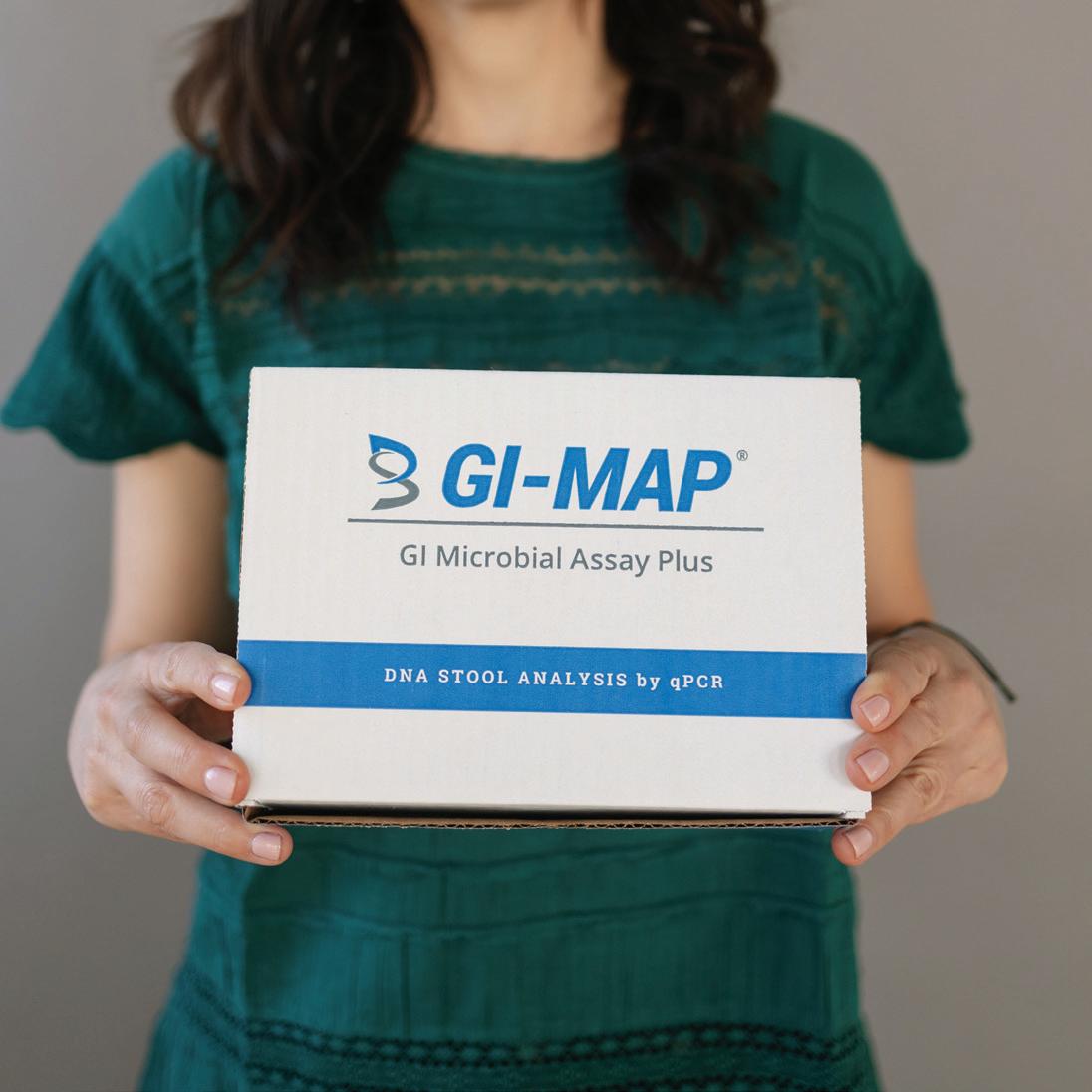

insight. On the other hand, if you’re in a high-risk group for colorectal cancer or have alarming symptoms like blood in your stool, a colonoscopy should take priority.
Tired of digestive distress and considering a colonoscopy?
Get real answers with a GI MAP stool testno scopes, no stress!
As a holistic nutritionist, I integrate functional testing, personalized nutrition, and lifestyle changes to help my clients restore gut balance. My Gut Restore Program utilizes the GI MAP test to develop targeted strategies for healing, including:
Balancing gut bacteria to reduce bloating and discomfort
Healing leaky gut and lowering inflammation
Addressing pathogens like parasites and harmful bacteria
Optimizing digestion for improved energy and mental clarity
If you’re frustrated by persistent digestive symptoms and don’t know where to start, I’d love to help. Let’s find the right path to better gut health—one that actually works for you.
Ready to explore your gut health? Schedule a consultation or learn more at WholeEssentialsNutrition.com

Spring is the season of new beginnings. Buds bloom, birds return, and the Earth seems to exhale a fresh breath of life. In Chinese medicine, spring is governed by the Wood element, associated with the Liver and Gallbladder organs. This energy is about growth, expansion, vision, and forward movement. It’s the time to plant seeds—both literal and metaphorical—and support their unfolding.
But for anything to grow, it must feel safe, supported, and nourished. And that’s where the archetype of the Mother comes in.
Traditionally, May is the month we honor mothers. But what if we expanded that lens and began honoring the inner mother—the part of ourselves capable of offering deep care, compassion, and unconditional love? Whether or not we’ve had that experience modeled for us, we all carry the capacity to mother ourselves.
When we align the expansive energy of spring with the grounding love of self-mothering, we create a powerful container for growth. Because true blossoming doesn’t happen through force—it happens through care.
The Wood Element + Emotional Flow
The Liver, in Chinese medicine, is responsible for the smooth flow of Qi (energy) and emotions. When Liver Qi becomes stagnant— often due to unexpressed feelings, stress, or over-planning—we might feel irritable, overwhelmed, stuck, or even physically tight in our neck and shoulders. Sound familiar?
The invitation of spring is to move energy with kindness—not intensity. This is where self-mothering comes in: offering ourselves permission to feel, to rest, to release, and to dream again.
Here are a few practices to support both your Liver energy and your emotional body:
• Acupuncture: Treatments during spring focus on supporting Liver Qi flow, reducing stress, and helping you reconnect with your vision and purpose.
• Herbal Allies: Nourishing herbs like dandelion root, burdock, and milk thistle gently support the Liver’s detox pathways.
• Emotional Expression: Journaling, breathwork, and sacred rage practices allow stuck emotions to move in safe and powerful ways.
• Movement: Gentle stretching, shaking, or flowing dance supports the Liver’s need to move energy through the tendons and ligaments.
• Warm, Nourishing Foods: Though the weather is warming, don’t rush into raw foods. Continue to mother yourself with cooked, easy-to-digest meals.
Acupressure Points to Support Liver and Gallbladder
In addition to acupuncture, you can also practice acupressure at home to support the smooth flow of Liver Qi. Here are some key points to help:
• Liver 3 – Located on the top of the foot, between the big toe and second toe, in the webbing where the bones meet.
• Gallbladder 34 – Found on the outer lower leg, just below the knee and slightly in front of the fibula bone.
• Liver 14 – Located on the chest, in the 6th intercostal space, directly below the nipple (on the ribcage).
• Gallbladder 20 – Found at the base of the skull in the hollows on either side of the neck, where the head meets the top of the spine.
Apply gentle pressure to each point for 1–2 minutes, breathing deeply as you do so.
This spring, may you remember that your healing doesn’t need to look like pushing or striving. Sometimes the most radical thing you can do is to soften, to listen, and to love yourself through each new phase of growth.
Because when you Mother yourself with tenderness, your spirit knows it’s safe to rise.
Happy Mother’s Day to all women—may you feel deeply nurtured, honored, and empowered in every form of motherhood you embody.
Please reach out if you would like to make an appointment or need support as you transition through the spring. I’m here to walk with you on your healing journey.
Love, Dr. Kallie Harrison DACM, LAc, LMT, RN
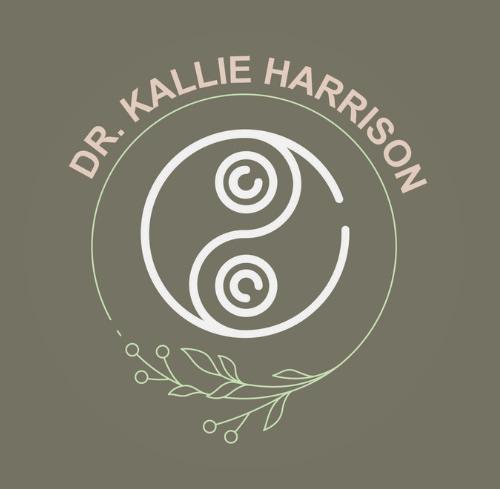
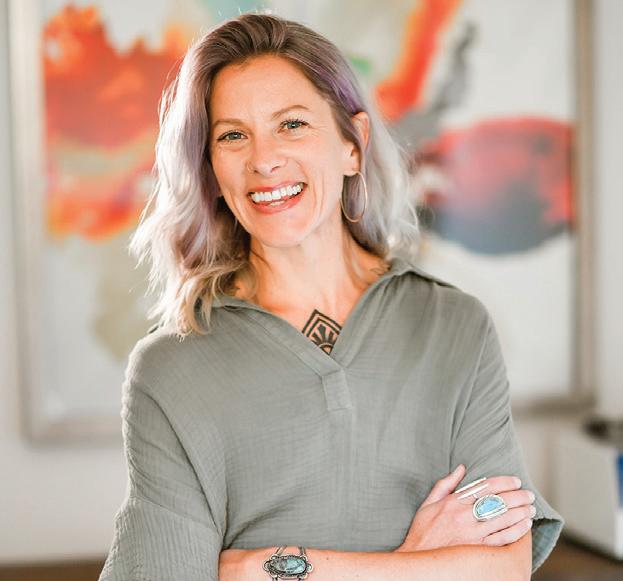
Dr. Kallie
Harrison
• Doctor of Acupuncture & Chinese Medicine (DACM)
• Licensed Acupuncturist (LAc)
• Registered Nurse (RN)
• Licensed Massage Therapist (LMT)
• Certified Psychedelic Therapist
With over two decades of experience in the healing world, I hold a doctorate in Chinese Medicine specializing in acupuncture and I am also a registered nurse, licensed massage therapist and certified psychedelic therapist. My commitment to healing extends beyond conventional methods, aiding individuals in preparing for and integrating transformative psychedelic experiences.
What sets my approach apart is the culmination of my diverse training and experiences. I blend acupuncture, cupping, gua sha, bodywork, energy work, tuning forks, sound healing, breathwork, and guided meditation into personalized sessions. I also offer guidance in supplement selection, herbal remedies, and nutrition planning to support holistic well-being. My philosophy centers on meeting each individual where they are on their healing journey and providing tailored support for their unique path to wellness.
www.kallieharrison.com
2078 Prospect Ave., Suite 2 Park City, UT 84060
(Inside The Prospect Executive Suites)
Cell: (801) 703-5280
My sister-in-law, Hayley Venegas, is now 8 months pregnant with her first child, a baby boy. “There is something crazy about realizing there is a human being inside you who relies completely on you for their life and growth,” says Hayley, now 25 years old, the oldest of six homeschooled-children from the northern Midwest.
Hayley currently works as an ICU nurse and thoroughly enjoys her job, even during challenging times. She loves exercising, traveling, and cooking. In 2024, she married her husband, Angelo, and very soon after became pregnant with her first child.
When asked about her expectations around pregnancy, Haley said she expected her journey to be similar to her own mother’s experience. “Pregnancies weren’t easy for her, but she always talked about how she wouldn’t have done it if it wasn’t worth it.” Haley would, indeed, find that the pregnancy journey is worth it, though it would also prove to be impactful on her mental health.
When she purchased a pregnancy test that turned out to be positive, Hayley fell into a state of shock. “I had so many emotions running through my mind,” she remembers. “I was excited, because we wanted a baby of course, but we did not expect it would happen so quickly.”
While full of gratitude, it was not until the baby’s first movements that Haley finally left her state of denial. “Mental health is something that can take a hit with pregnancy,” Hayley admits, “and I think that people so often

downplay that in society.”
In addition to high and rapidly changing emotions, the woman’s bodily energy is at an extreme low, especially in the beginning stage of pregnancy. Unfortunately, Haley did end up taking after her mother and suffered from severe morning sickness, vomiting nearly 7 times a day, and losing 30 pounds early on. Because she was unable to take her migraine medication, she also suffered from major migraines on top of normal pregnancy symptoms. “I would definitely say that both my mental and physical health took a hit for me in those first months,” Haley admitted. Things improved in the 2nd and 3rd trimester, but never got completely better.
But with the negatives have come many positives. Haley told us that the pregnancy has greatly impacted her life as well. She was exceedingly excited to find out the sex of the baby and started thinking of baby names. “The moment at the ultrasound that the technician told us ‘it’s a boy’ really made my heart skip a beat and I teared up a little,” Haley recalled fondly. She went on to say that her baby is very active and constantly kicking her. Because of the mental load that her pregnancy puts on her, Haley also has to remember to be kind to herself when she cannot be as productive as she wishes to be. She is very grateful for being able to still work while being gentle with herself and her child the best she can.
Haley is very ready to have her child. She plans on taking some time off work and being a stayat-home mother to bond with her boy. She is

nervous about giving birth but she knows her body was made to do this. To become a parent is also an overwhelming thought but she is determined to do the best she can. With a smile when asked to measure her excitement for the birth of her son, she replied, “My love for him is immeasurable already.”
Discover the Rise Difference. We intentionally schedule fewer patients to allow adequate time to give you our full attention and address all your dental concerns. We offer wellness-based dental care to all ages as well as complete smile renovations.
In our studio, we provide workshops for the development of your “Inner Smile” which encompasses overall physical, mental, emotional and energetic wellbeing.
Dr. Ryan Osorio
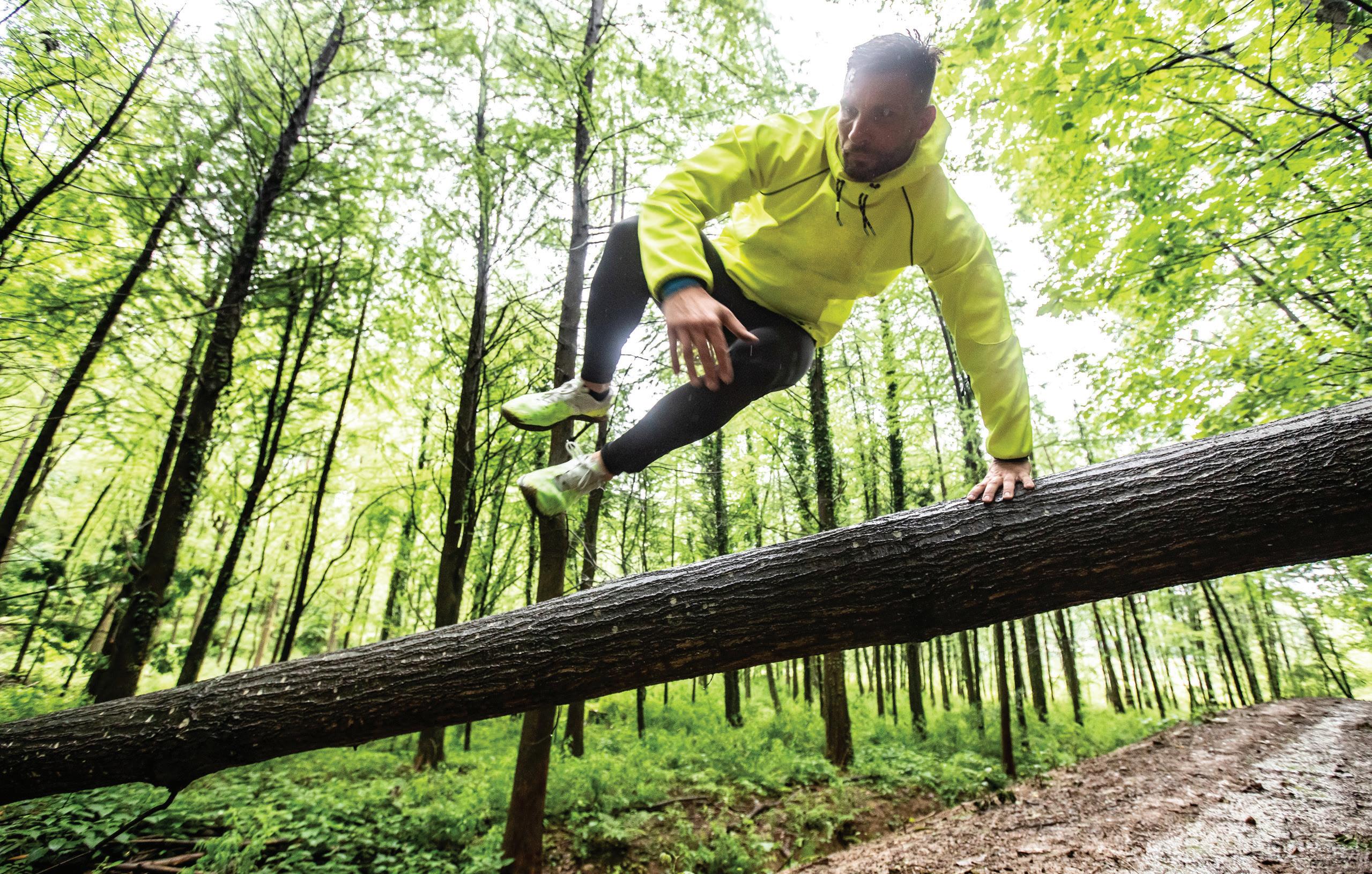
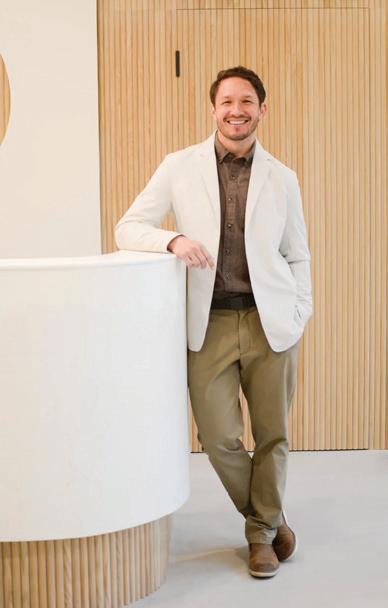

You’re invited to discover a new era of health at our Grand Opening
Thursday, March 20 | 5-8 p.m.
Stronger Park City. Stronger you.
Join us for the grand opening of our new integrated health and wellness center at Park City Hospital. This state-of-the-art facility offers a wide range of services designed to meet the diverse needs of our community and take your health to the next level.
Short program and ribbon cutting at 5:30
900 Round Valley Drive, Park City | first floor (Grundhofer Clinic Entrance)
Explore our comprehensive services, including:
● Lifestyle Medicine and Wellness
● Integrative Medicine
● Physical Therapy and Rehabilitation
● Occupational Therapy
● Sports Performance
● Sports Medicine
● Concierge Health
● Acupuncture
● Massage Therapy
● Neuro Rehab
● Nutrition Services
We’re excited to welcome you to our new facility and look forward to celebrating this milestone with you. Don’t miss this opportunity to learn more about the unique services available to our community and how we are committed to supporting your journey to better health and wellness.
Since becoming a professional writer in 2013, I’ve used the word “cutting edge” in 660 drafts, “unprecedented” in 302, “novel” in 227, and “groundbreaking” in 85. Looking back, I usually didn’t mean those words or want to use them. When you’re a ghostwriter, though, sometimes you give the client what they want. And what did the client want?
To be the first and only. To have everyone believe they had “redefined” or “transformed” an industry. To be original in thought and deed. Because if whatever they offer isn’t cutting edge, unprecedented, novel, or groundbreaking, that means someone else has done it and can do it. And if those conditions are true, then investors must question why they gave that not-cutting-edge startup $10 million, or why they should give another $20 million.
For my clients, this pining for originality often crept beyond the work of building and differentiating a company. Many became convinced that their daily routine was special; that their advice to other founders was unique; that their take on macroeconomic events was one of a kind; that everything they thought and did merited attention. As these thoughts became intertwined with their identity, reputation, and self-worth, many lost the willingness to question themselves or be questioned.
Admittedly, my partners in the PR industry and I encouraged this. When brainstorming op-eds with clients, I often had to interrupt. “I’ve heard this argument many times before,” I’d say. “If you want this published, you need to say something new and different about this topic.”
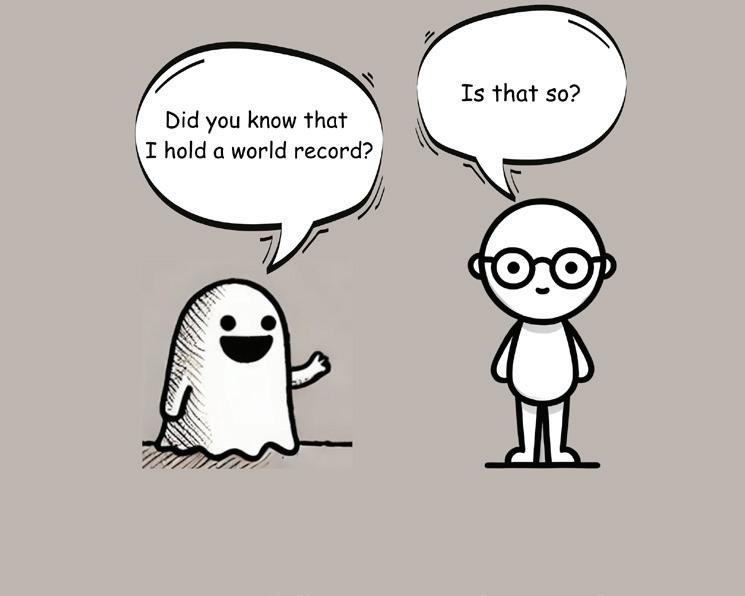
New and different don’t necessarily mean good. The mistake was to equate originality with quality.
Just because it hasn’t been done, that doesn’t mean it represents progress and improvement. Ever been to a modern art museum where there is a canvas painted one solid color? Or seen a Sundance film that got extra weird? Originality didn’t make it any more meaningful or interesting.
For the most part, our thoughts, problems, and aspirations aren’t original. Our words and ideas aren’t original. Our ideas for startups, ads, TV shows, restaurants, and movies aren’t original. Chances are, someone else has experienced it, said it, thought it, and maybe done it. That doesn’t mean we shouldn’t strive to be original. It means we should do so with humility and perspective.
Read history and you will run into people, places, and challenges that sound familiar. Nerd alert: I’ve been reading A Distant Mirror: The Calamitous 14th Century, a history by Barbara Tuchman focused on France. It’s foreign in some ways, familiar in others.
The 14th century French debated the origins of a pandemic, the Black Death, and how to counter it. Like present-day warlords in failed states, knights plundered and extorted peasants and ransomed captured opponents for profit while professing their commitment to higher values. Fashion trends and the pressure to keep up appearances led nobles to make terrible financial decisions. And like many disillusioned people today, the French often questioned organized religion and tried to find spiritual meaning outside of it. Different century, same stuff. Human beings fear death, crave power, and succumb to
vanity wherever you go in written history. If we want, though, we can qualify any idea or event to a point where it becomes original and unprecedented. It just takes semantic gymnastics.
We do this with records. In the 18th and 19th century, you could be the first person to climb a peak. No one summited the Matterhorn until 1865 or Mt. Everest until 1953. Yet between the Guinness Book of World Records and Wikipedia, there are hundreds more records related to Mt. Everest. Does “First astronaut to summit Everest” add anything? Why didn’t the first proctologist or taxidermist get recognition?
After the first solo skydiver jumped over Everest in 2008, I don’t think anyone needed to recognize the first German who did it two years later or the first Argentinian who did it eight years later. Germanness and Argentinianness don’t change the nature of the feat.
A difference doesn’t always make a difference. In framing everything as original and unprecedented, we risk overlooking things that are meaningly different and that do change everything.
The 14th century wasn’t that materially different from the prior 5,000 years. But if you lived between 1875 and 1925, everything did change. Among other things, the lightbulb, toilet paper, machine gun, automobile, zipper, movie camera, vacuum cleaner, air conditioner, tractor, airplane, and radio were all invented in those 50 years. Those were unprecedented. But a former client’s app for scalping tickets or an 800-word blog on how to “ideate” startup ideas—not so much.
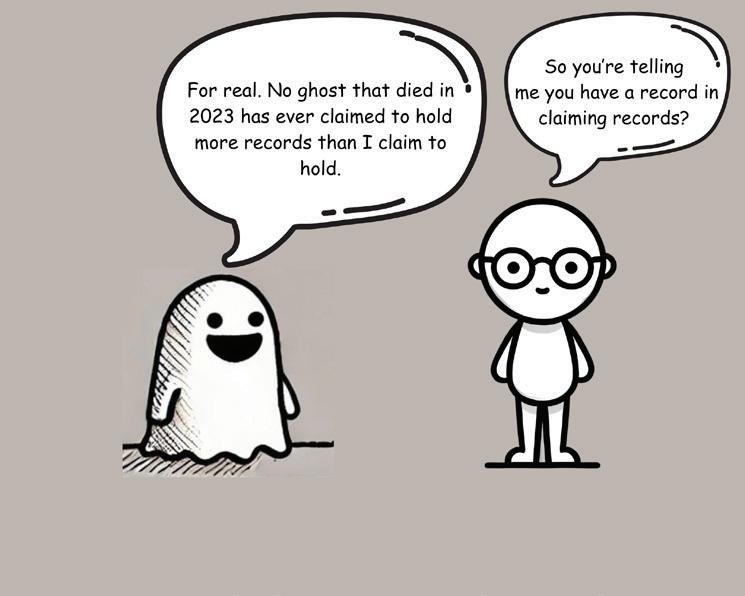


When local mom Summer Oleksy moved to Park City from Seattle in August of 2022, her desire to connect with other moms in the community, in part, fueled her desire to start a local chapter of the Young Men’s Service League, to help connect mothers and their teenage sons in a meaningful way.
A member of the Washington-based chapter, a four-year program, Oleksy saw an opportunity in Park City to expand the national group’s reach and set out to create a chapter of the 501c3 in Summit County, just a few months after moving to town. While she found Park City to be extremely welcoming, and her sons were thriving in their new social groups, Summer was having trouble finding other moms who had common interests. Having been involved in YMSL in Washington, with her older son, she was inspired to start a local chapter, and reform her tribe. “I needed to make friends,” admits Summer, “and I knew the moms who would be interested in this type of club would likely have the same values I do. I told my sons, ‘This is for us, but I’m selfishly doing this for me.’” With some local direction, Olesky worked on establishing the nonprofit and in 2023 the local YMSL was up and running. Today, the group has a growing membership of 170 members and is
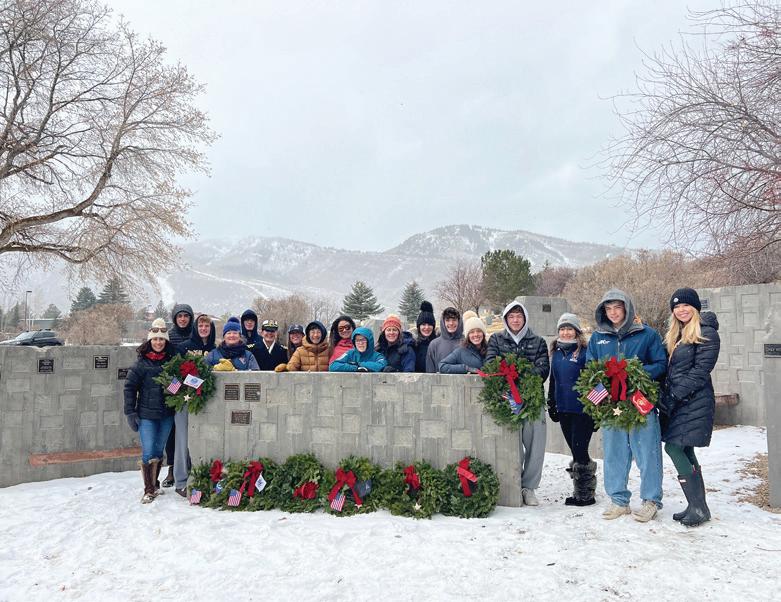

dedicated to the tenets of leadership, service, and philanthropy, while creating opportunities for moms and their teenage sons to continue their parental bond. “When my boys were young, they worshipped the ground I walked on,” remembers Summer, “and then it seemed, around sixth grade, their focus shifted to their dad, and I was feeling the space.”
The national YMSL organization was founded in 2001 and represents over 27,500 members and young men as part of more than 172 chapters across 22 states. YMSL in Park City follows the national charter’s programming and mission––a four-year commitment, beginning in a boy’s ninth grade school year and continuing through his senior year in high school. Each member of YSL is required to perform an annual 20 hours of service work, attend five of the seven leadership meetings throughout the academic year (three for moms), serve a particular role within their class, and participate in group and philanthropic activities organized by the chapter. In addition, the chapter provides “life skills” training through their leadership meetings to give valuable perspective to the young men, from unique speakers and members of the greater community.


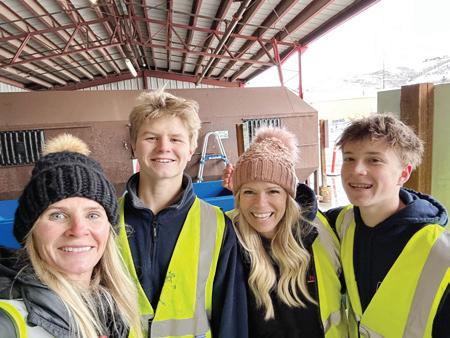
In addition to its regular philanthropy service each year the group follows the national charter’s lead in designing an annual program they call “The Ultimate Gift,” based on a movie of the same name by Jim Stovall, where the charter tries to give back to the community in a larger and more significant way. In the book, a wealthy grandfather dies, and his grandson anticipates a big inheritance. Instead, his grandfather has devised a crash course on life with twelve “gifts” designed to challenge him and to send him on a journey of self-discovery. The boy grows a heart to serve others, and his life is forever changed.
In its first year, YMSL Park City partnered with Utah-based company Roonies Ice Cream, and CCPC’s Operation Hope, to organize and pack soup kits. In the second year they joined forces with Park City Humanitarians and Recycle Utah for the 9/11 Day of Service through Just Serve to clean the SR-224 corridor of trash from Park Avenue to I-80, more than a five-mile stretch and involving most of the 170 members of the group. “Our ultimate gift as moms is to teach our sons how to give back to the community,” says Summer. “Having a heart to serve is what we try to pass on, and what YMSL is all about.”
The life of a Park City tree can be nasty, brutish, and short, as a young evergreen in Pinebrook demonstrates. His needles, sadly, have turned orange in mid-March. Clinton Uytenbogaardt, a certified arborist with Eschenfelder Landscaping, prods the bark with a pocketknife before giving a diagnosis.
“The bark is separating from the vascular tissue, which indicates that the vascular tissue collapsed at one point,” Clinton says. “He's begun sapping, which means he's trying to seal it off. He's a replacement.”
The fate of this evergreen is the story of many trees planted in Park City. He is the right tree in the wrong place, with too much southwest exposure. As sunlight warmed the little evergreen, he thought it was spring, so he pumped water up to new growth. He misjudged. That water froze and expanded, destroying his vascular system.
In a way, he died of mountain town aesthetics. Just because a tree is native or rated to survive here, that doesn’t it mean it will thrive where we want it to.
That’s where a certified arborist comes in.
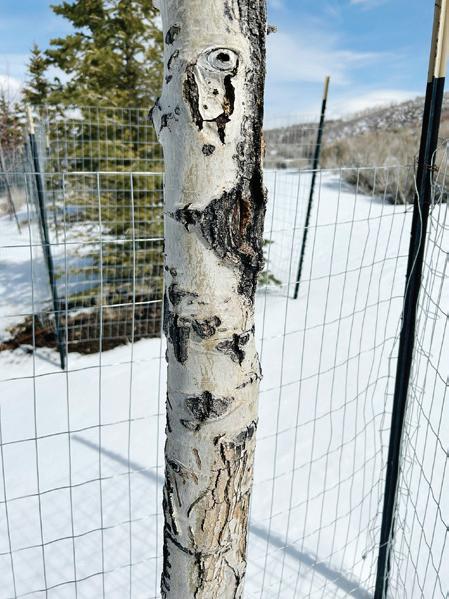

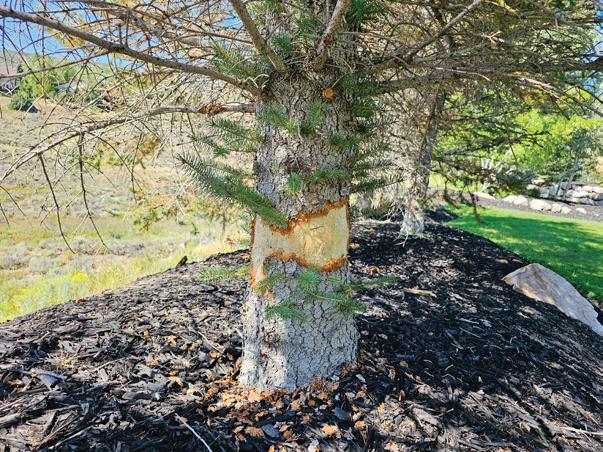





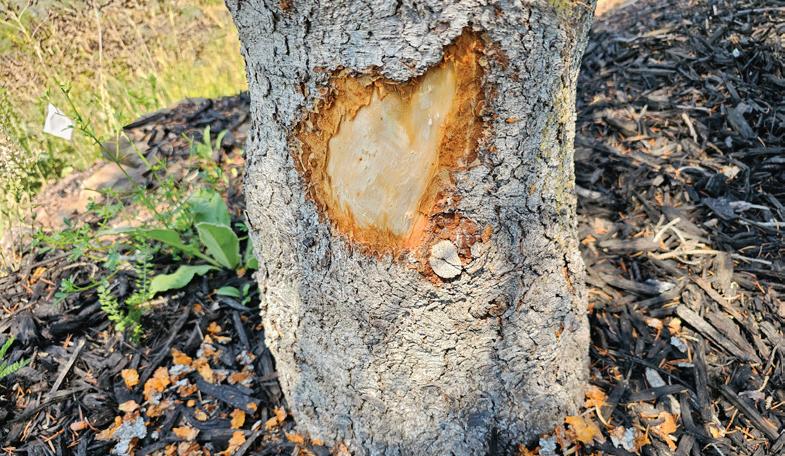






























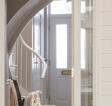






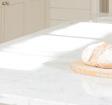















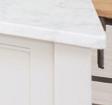
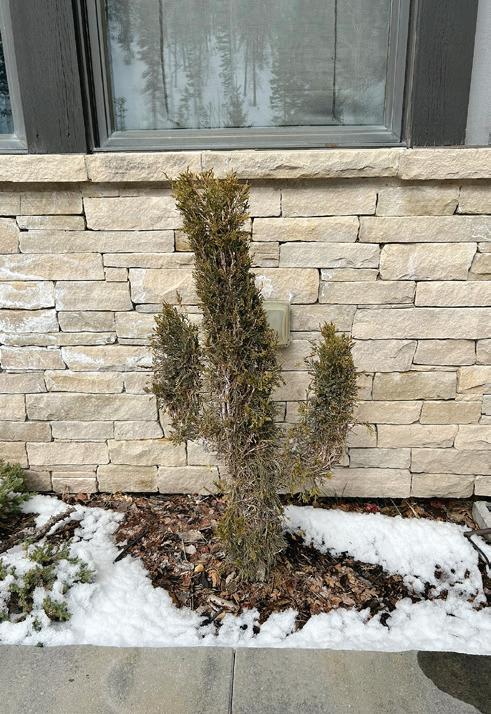
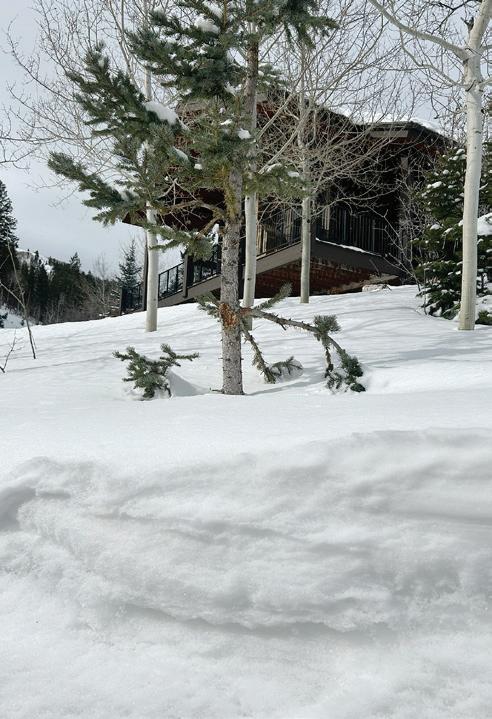



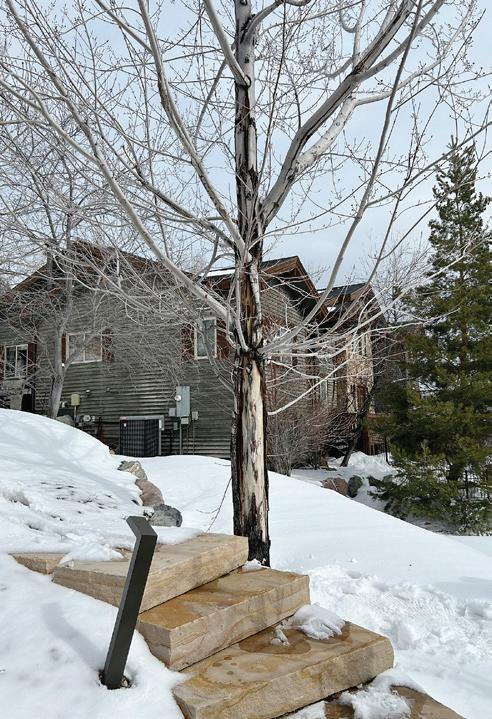
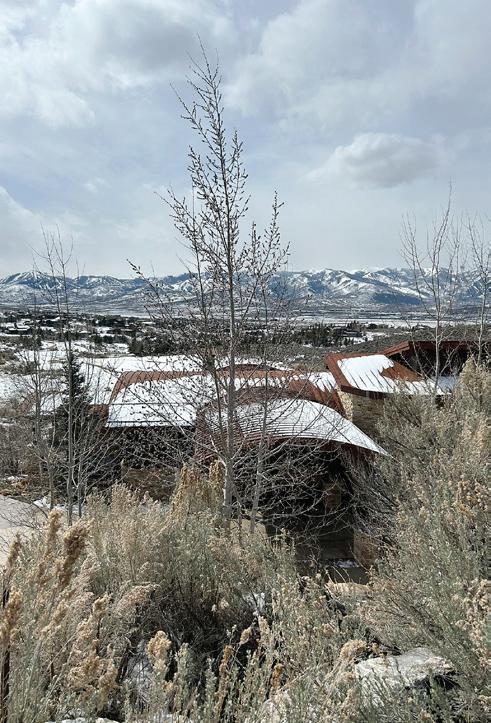


Essentially a “tree doctor,” according to Clinton, certified arborists undergo three years of hands-on training followed by a certification test that covers tree biology, maintenance, and care. Clinton, born and raised in South Africa, has been working with trees in Utah for over 20 years.
Park City trees awakening in spring of 2025 are in for a rough season. The inconsistent snow and multiple thaw-freeze cycles have created what Clinton calls “interesting conditions.” Needles on natural and planted evergreens are turning yellow. Heat and sun trick them into pumping water and making food through photosynthesis. Although most won’t freeze and die, the ground is frozen, so they can’t replenish the water or nutrients. It’s as if the trees started an ultramarathon on the wrong date and 20 miles in can’t find the aid station.
Along Jeff’s driveway, we find fir, spruce, and bristlecone pine. Some arborists use smell to tell trees apart, but Clinton prefers touch and visuals. “I don’t have much of a sense of smell. Martial arts. Got punched in the nose one too many times,” he says. On the side, Clinton owns Utah Valley Lotus Blossom Martial Arts, where he teaches Taekwondo and Haidong Gumdo, a form of Korean swordsmanship.
At Jeff’s, a southwest-exposed maple—non-native to the Wasatch Back—is having a rough time. At least twice, it has pumped water too early. The engorged cells froze and “popped like balloons,” says Clinton. “This is why I tell people not to plant maples.”
After visiting Jeff’s, we drive to Promontory, the opposite of Pinebrook in many respects. It’s sunny and open, accommodating for sagebrush but not evergreens and aspens. They’re planted here anyway and see frequent visits from elk and deer. In fall, young bucks rub the velvet off their antlers, leaving scars up and down the aspens. In spring, fauna clean off dirt and mud by rubbing on spruce trees.
Deterring wildlife is not easy. Some homeowners apply coyote urine around their trees to scare off fauna (yes, you can buy coyote urine online). It doesn’t work in Clinton’s experience, especially not with large animals. “If it's a big buck, he's not going to care.”
“The thing to remember is we're in their territory, not the other way around,” Clinton says. Wildlife, for better or worse, don’t know or care which trees allegedly belong to us.
Clinton runs into the most problems with an unsuspecting animal: the porcupine. They feed on evergreen trees, which isn’t ideal for the homeowners who paid good money to plant them. At a home in Promontory, they’ve chewed through bark on multiple evergreens to reach the tasty fibers inside.
The evergreen meant to give privacy to the homeowner’s bedroom has been gnawed badly. To prevent further damage, Eschenfelder has fenced the trees. The bent, mangled sections of fencing suggest that porcupines haven’t given up yet.
“Mother Nature has no rules,” Clinton says, reflecting on why some trees make it and others don’t. But then he hesitates. “Well, she does have one: survival of the fittest.”


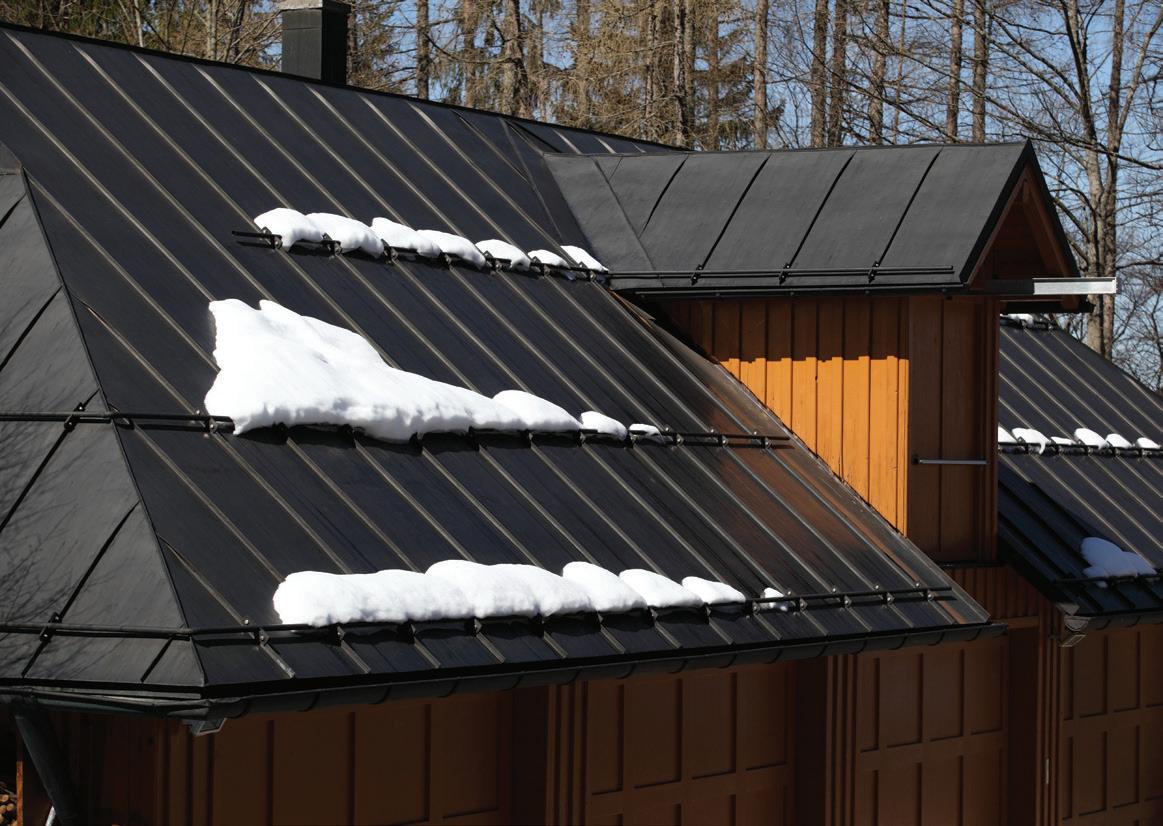




In sustainability circles, coal is a villain. When burned, it generates more CO2 per unit of energy than oil or gas and releases nasty pollutants. Yet in a twist of fate, coal deposits in Utah could become a source of critical minerals known as rare earth elements (REEs), which are used to produce clean technologies and trillions of dollars’ worth of other goods. Now that China, the world’s biggest refiner of rare earth elements, has suspended exporting them anywhere in response to U.S. tariffs, Utah’s reserves could be immensely important.
The unknown is whether Utah has critical minerals in amounts worth mining. A research team led by Michael Free, PhD, Professor of Metallurgical Engineering at the University of Utah, aims to find out. It has received a $7.5 million grant from the U.S. Department of Energy (plus $2M from other sources) to do so.
For Park City and the Heber Valley, where climate change is a long-term threat to the ski-based economy, ranching, and more, this is an interesting development. In the 19th and 20th centuries, mining had serious consequences for the local environment and public health. Now, mining is being rehabilitated as a “green” or “national security” industry depending on the audience.
The initial push to secure critical minerals started under the first Trump Administration in 2017 with a list of 35 elements. To qualify as “critical minerals,” they needed to be vital to the economy or national security of the U.S., vulnerable to supply chain disruptions, and non-substitutable.
The U.S., it turned out, had no “primary production” of 22 of those minerals. China, moreover, had a near monopoly on rare earth elements, which are critical in everything from

YELLOW CAT MINING DISTRICT Uranium-Vanadium
RAFAEL RIVER MINING DISTRICT Uranium-Vanadium

Established resource/ Significant past producer
Potential resource/Other past producer Mill
EAST HENRY MOUNTAIN MINING DISTRICT Uranium-Vanadium
HENRY MOUNTAIN MINING DISTRICT Uranium-Vanadium
Geologic province boundary Brine and evaporite area




LISBON GAS PLANT HELIUM
smartphones, EVs, batteries, and wind turbines to nuclear reactors, aerospace technologies, and advanced weaponry.
Prior studies by Free and colleagues have identified REEs in Utah coal. Their latest project aims to characterize the extent and quality of those deposits. Coal isn’t a concentrated source of REEs, notes Free, but “When you multiply out a low concentration times a very, very large resource, you have a reasonable amount of material available.”
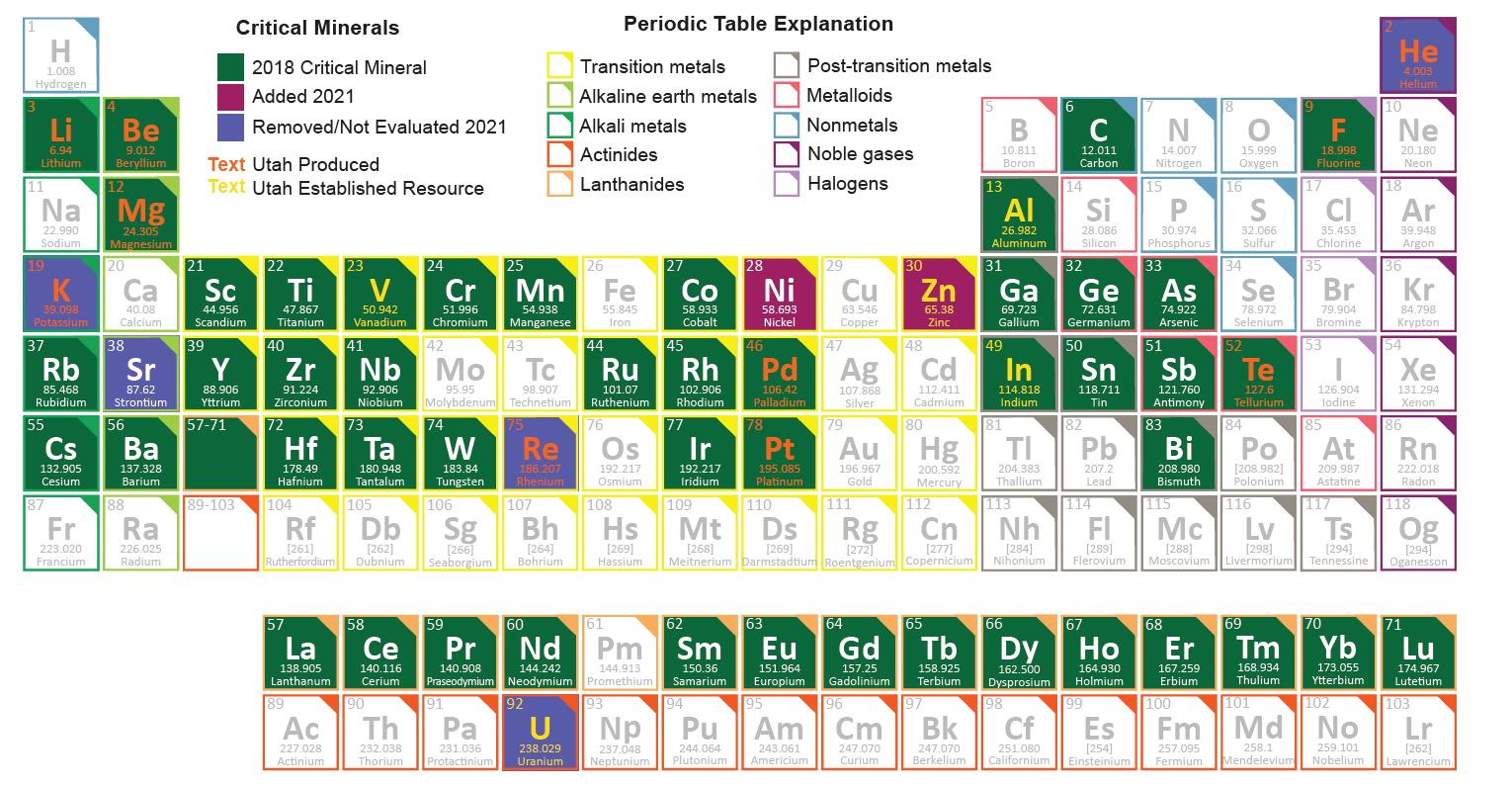
In 2023, Utah’s five active coal mines produced 7.3 MMst of coal, the lowest production total since 1975, valued at just $314 million. Demand for coal has declined as electric utilities have transitioned to natural gas and rolled out renewables. A new revenue source like REEs might be welcomed in the industry, especially if it can be extracted in operational coal mines.
Utah’s coal production is concentrated in Emery County, Sevier County, and aptly named Carbon County. While Summit and Wasatch Counties are not part of this initial study, we do have abandoned coal mines (it was named Coalville for a reason) that might have these minerals.
Active mines are ideal for REE extraction. Mining permits, infrastructure, and equipment are already in place. Rather than explore and permit new mines—a multi-decade process that comes with additional environmental impacts—we’re better off using the coal deposits we have tapped already.
However, because Utah’s REEs are found in relatively low concentrations, they’re not that economically appealing. “We've done some just back-of-the-envelope calculations, and it's marginal, I would say, at best, to make it economic,” Free said. “But the other side of this equation is the criticality of the U.S. supply being interrupted. What kind of a price tag do you put on having to import stuff from an adversarial country?”
Free presciently raised that question before the current trade war and China’s restriction on REE exports (which is in place as of this writing). Now, developing an American supply might be essential,


Our residential cleaning service is not just about cleanliness; it’s about caring for your home and the environment. We use eco-friendly products, offer customizable plans, and pay detailed attention to every corner of your home, all while reducing our environmental footprint.
even if the government has to subsidize the process.
Free, it so happens, works on another aspect of this challenge: how to separate critical minerals from low-grade ores and waste. With funding from DARPA (the Defense Advanced Research Projects Agency), he and collaborators are trying to produce “refined, purified, rare earth and critical mineral products” using a feedstock of coal waste and coal-related materials. The coal waste has only about 300 parts per million REEs. In other words, in 100 pounds of coal waste, there would be just 0.03 pounds of materials to recover, and what Free refines from that must be over 99% purified for commercial use.
To get there, his team is dissolving coal waste in a solution and then using a high-powered magnet to extract the desired metals. This eliminates the need for the toxic chemicals commonly used to separate metals from ore.
According to the Utah Mining Association, our state hosts 28 of the 35 minerals currently deemed “critical” by our federal government. REEs from coal might just be the beginning. Free and his colleagues will assess other potential sources of critical minerals, like brines and phosphate deposits.
Prior to April 2025, few people would have counted on Utah becoming a hub for REEs. China’s willingness to use rare earth elements for geopolitical leverage has changed that assessment. The business case for mining Utah’s rare earth elements may be debatable, but recent events perhaps demonstrate we can’t afford not to mine them.

Our commercial cleaning service ensures a professional environment. It includes floor cleaning, dusting, and restroom sanitization, all scheduled around your hours for your convenience.
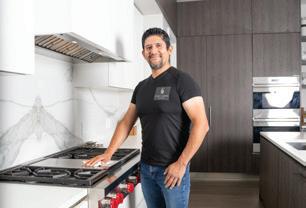
Our deep cleaning service tackles hidden dirt and grime, making it ideal for special occasions. It also includes appliance interiors and detailed sanitization.

At Ochoa’s Cleaning LLC, with our extensive 20 years of experience, we are dedicated to providing top-notch cleaning services that you can trust.
We pride ourselves on our unique approach: ‘We Do More Than Just Cleaning.’ We aim to ensure every client experiences the highest cleanliness and customer service.
The Fisher brothers’ new property was old. The ranch was a few years from running water and electricity in 1917. But Gail Fisher and his bride, Luvernia, moved in (White, p. 248). When the mines prospered, the Fishers sold meat and poultry to the boarding houses at the mine and the grocers in Park City. “When the Fishers were butchering for the mines, they kept 1,500 head of cattle at the ranch. They delivered a [sic] beef each day to the Park Utah Mine” (White, p. 249). The Fisher Ranch was the closest food supply for miners living at Camp Florence—the drain tunnel portal.
The train had not yet arrived in Camp Florence; therefore, excavated ore was transported from the mine by horse-drawn wagons. Teamsters included mostly Heber Valley ranchers, among them the Murdocks, McDonalds, Hickenses, Provosts, Gileses, and Wintertons (DUP, p. 1,116). Logistically, this was no easy feat, as the Provo River in those days was a wild force, so the pioneers built bridges to support the heavy loads. They would carry the ore to Heber’s Railroad Depot, which today wastes away in the shadow of
disrepair, mostly forgotten, even by the railroad. From there, the ore would travel out of the valley by rail.
In 1919, mining production ramped up as good ore was found under Park City. And by 1922, Park Utah Mining stock was up to $6 per share (Thompson & Buck, p. 99). One-hundred fifty miners were producing 200 tons of ore assayed at or above 200 ounces of silver per ton.
In 1922, just ahead of the Union Pacific Railroad’s Ontario spur completion, which would transport ore from the Keetley Tunnel (Ontario Drain No. 2), Utah Light & Power brought electricity to town, culinary water arrived in Luvernia’s home, and the Elkhorn telephone company was locally organized to include the Fishers’ ranch (White, p. 249).
In 1923, the Union Pacific engine steamed up its Ontario Spur from the Keetley Junction (Richardson Flat), putting the teamsters out of work (Strack).
The train’s arrival at Camp Florence prompted many changes, one being the name. As Wasatch County approved the application for township,
Ways to Win with the Hudgens and Harrison Team... We are passionate about the people of Park City and want to help you find “Ways to Win” with your real estate goals in 2024. If you would like to know what your house is worth or what your buying power actually is - we would love to meet with you!

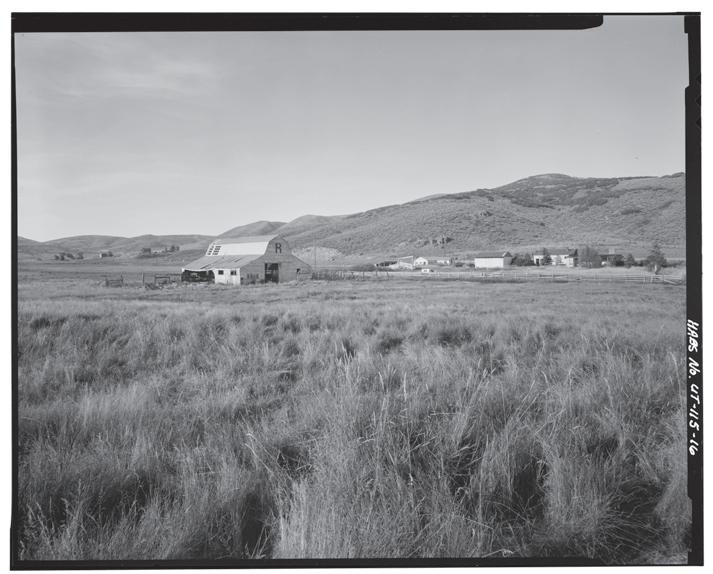
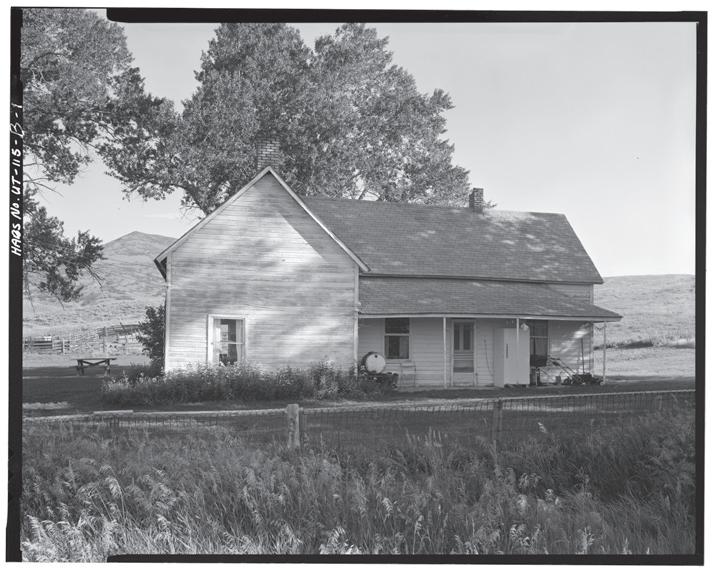
Gretchen: Over fifteen years in the global luxury hospitality industry, Gretchen takes a concierge-style approach to work with discerning clients worldwide. Her extensive and diverse experience in hospitality and marketing, coupled with 10 years in Park City real estate gives her a unique perspective and knowledge. Gretchen sits on the Board of Directors for the Board of Realtors, the Legislative Committee, the RPAC Committee, and the Affordable Housing Committee. You can find her enjoying the mountains when she’s not working with clients.
Lacy: With personable and attentive service at the forefront, Lacy is known for her expertise, professionalism, industry knowledge and ability to deliver big results for her clients. Lacy has a unique ability to connect with the most discerning clients, having worked for the NFL for 15 years in marketing, specializing in negotiations internationally. Lacy also owns the small business, PEAK|45, a luxury boutique Lagree fitness studio here in Park City. You can find Lacy, her husband and two little girls skiing the slopes in the winter or biking in the summer and are proud to call Park City their forever home.
Jessie: After establishing a successful business in Park City, Jessie transitioned to real estate, fueled by her passion for interior design. She leverages her design skills to create beautiful, functional spaces, assisting clients in all facets of real estate, including home preparation for the market. When not working, Jessie enjoys skiing, hiking, and spending time with her two children.
Gretchen Hudgens 435-901-1015
Insta: @gretchenhudgens
Email: Gretchen@winutah.com
Jessie Lannings 858-952-4742
Insta: @jessielanningrealestate Jessie@winutah.com
Lacy Harrison 858-525-3434
Insta: @lacykharrison
Email: Lacy@winutah.com
the camp was incorporated into Keetley (White, p. 250). A new village of houses, shops, offices, and even a boarding house supported miners and their families.
The Fishers’ ranch had been a resource for food, rental homes, apartments, an icehouse, and a store. For years, miners rented from the Fishers while they worked Park City’s tunnel systems. Families continued to arrive by train and fill the area. Since the Fishers owned most of the land making up Keetley, they were poised to prosper while farming, selling livestock, and even slipping in entertainment.
“Park Utah Mining Company took over the assets of Park City Mining & Smelting Company (formerly the Daly-West Mining and the Judge Mining & Smelting companies) on July 1, 1925, and the company name was changed to Park Utah Consolidated Mines Company” (Strack). Prosperity was pouring out of the Keetley Tunnel, into Wasatch County and Park City.
Looking to capitalize on the boom, Big Joe and Little Joe arrived in Keetley from Butte, Montana, with a pitch to build an amusement hall (White, pp. 253–254). The “Blue Goose,” as it was known, had a “marble-topped bar and stained-glass bar-room doors.” Dances were held, miners and passersthrough would mingle, and gamblers decided their fortunes, where a rumored Charlie Thompson purportedly won a service station. During the prohibition, the hall was the center of a bootlegger operation, and once discovered, the sheriff ran the dudes out of town.
Keetley was living its heyday. In 1928, investors had seen their Park Utah Stock more than double (Thompson & Buck, p. 99). The Great Depression rode on the heels of local prosperity. And even though much of the US economy had struggled during the 1920s, hardrock mining in Summit and Wasatch Counties had been bountiful. However, the years following 1929 were filled with tragedy and meager earnings.
As the Fishers’ rental properties emptied—miners were leaving the area—George filled them with family members who needed a roof over their heads. Recalling a particular Thanksgiving dinner of “beans and porcupine,” it was clear that the entire area had succumbed to the Depression (White, p. 255). In 1931, the once full schoolhouse closed, and finally all students attended class in Heber (Embry, pp. 186–187).
Up the hill, “William Henry Cranmer took over as president” of the Mayflower mine in 1934 (DUP, p. 1,114). He expanded the underground workings, consolidated its many debts and liens, and secured thousands more acres around the mine. Cranmer is also responsible for some of the prospecting in Snake Creek Canyon above Midway. As the Mayflower prospered, the Union Pacific extended the rails from the Ontario spur up the hill to the Mayflower site.
“The Mayflower was hot, wet, and full of gold.

Altogether during the mining years, Park City produced 45 tons of gold, most of it from the Mayflower” (Warren). Between market demands, world conflicts, and declining production, most of the wealth had been excavated by the end of the 1950s.
The golden era was simultaneously ending, despite the Mayflower’s fortune, as the Depression and wars tore apart society and reduced available labor force. However, an unexpected boon to Keetley during World War II altered Keetley’s and George Fisher’s destiny at least once more. Under pressure from President Franklin D. Roosevelt’s executive order 9066, 140 Japanese-American citizens left California ahead of General DeWitt’s forced relocation to camps around the US (History Blazer). As part of the voluntary relocation policy— which ended on March 30, 1942—agriculturalist Fred Isamu Wada had negotiated with Keetley’s Mayor, George Fisher, and Utah’s Governor to make the move.
Wada rented 3,800 acres from Fisher at $7,500 per year, which is $152,700 today (White, p. 256). (The full story of the Japanese Keetley Farms will be part three of this series.) When the war ended, they returned to California to start anew.
With the Japanese land lease expired, mixed fortunes still managed to find Mayor Fisher. The state paid Fisher to expand Highway 40 in 1947, which he reinvested by building housing and renovating the apartments into a hotel; however, miners were on their way out (White, p. 258). The post office closed in 1952, having had only one postmaster, George Roy Lenzi, who lived near the drain tunnel with his family for 30 years. George Fisher passed away in July 1954 (DUP, p. 1,115). Finally, in 1975, improvements to the Ontario vertical shaft in Park City relegated the drain tunnel to its original function, and the Ontario station saw its last train (Strack).
Keetley, the once prosperous venture traded on a mortgaged cattle herd, was quietly wilting and fading. Utah had laid plans for a reservoir in the valley decades prior. By the late 1980s, the store, hotel, and homes, preserved in word and in rare photos, would wash away.

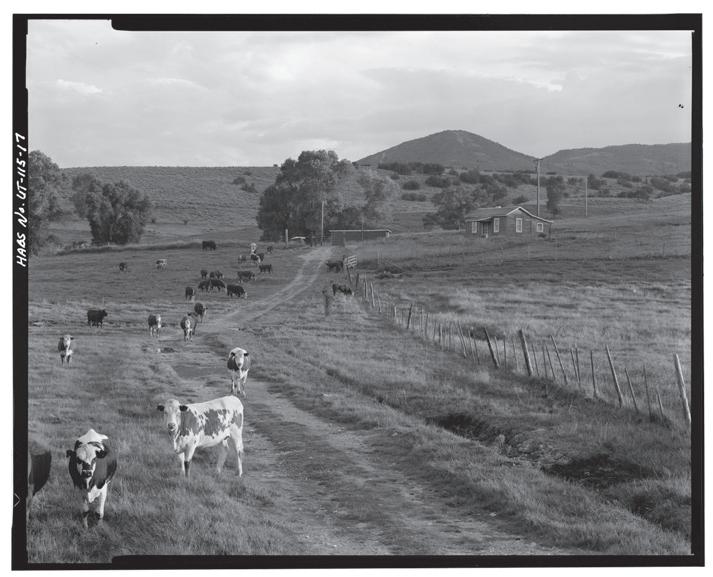
References:
DUP - Daughters of Utah Pioneers. (1963). How Beautiful Upon the Mountains: A Centennial History of Wasatch County. Wasatch County Chapter of the Daughters of Utah Pioneers.
Strack, D. (2014, March 22). Park City Drain Tunnels. https://utahrails.net/mining/park-citydrain-tunnels.php
Thompson, George A. & Buck, Fraser. (1993). Treasure Mountain Home: Park City Revisited. Salt Lake City, Utah. Dream Garden Press. Warren, Larry. (2019, October 2). Way We Were: Park City’s Hot Wet Gold Mine. https:// parkcityhistory.org/park-citys-hot-wet-gold-mine/ White, Marilyn Curtis. (1994). Keetley, Utah: The Birth and Death of a Small Town. Utah Historical Quarterly, Winter 1994. Volume 62 (No. 1), 246260. [https://collections.lib.utah.edu/ark:/87278/ s64m93vt/422236]
The History Blazer: The Japanese agricultural Colony at Keetley, Wasatch County. June 1995. Utah State Historical Society. Salt Lake City, UT. pp10-11. [https://collections.lib.utah.edu/details?id=419279&q =keetley&facet_setname_s=dha_%2A]
BY SANDY GELDHOF
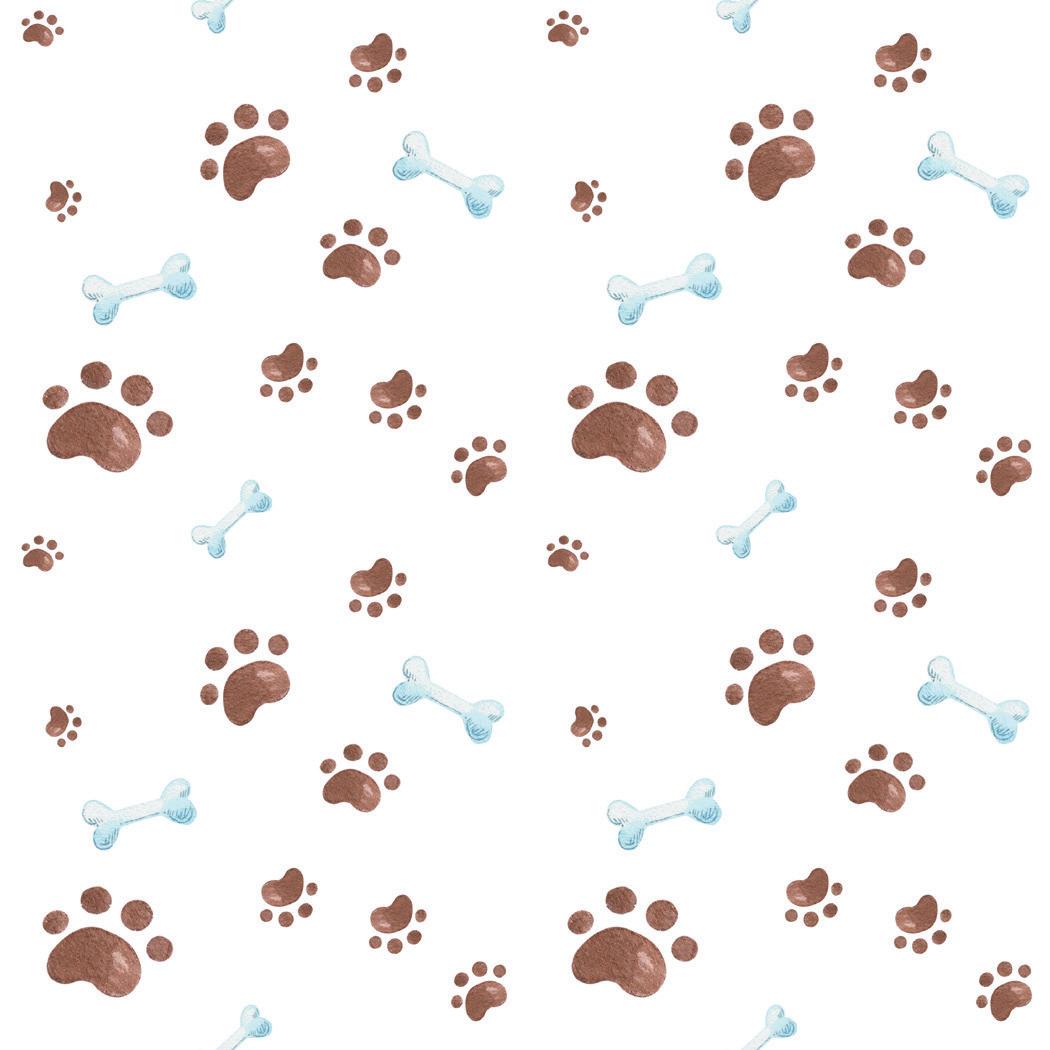
When Summit County residents Lauren Lockey and Dave Swartz mapped out their dream on a cocktail napkin, neither realized their ambitions for a horse rescue would evolve into helping a much broader scope of animals.
“As a kid I loved all animals, and especially horses,” says Lauren. But when she, and then partner Dave, found a 60-acre parcel in Browns Canyon in 2012, they realized they needed to fast-track their vision, and within a short time, their focus expanded to a larger and more philosophical goal. “During that time, we were learning more about animal agriculture and the impact on our environment and our health,” continues Lauren. “Being animal lovers, we realized that focusing on animals that were raised to be slaughtered would be a better fit.”
So, with the purchase of the land, they quickly built a home, one shelter, and established their nonprofit, Sage Mountain, dedicated to the compassionate care of farm animals.
The animals in Lauren and Dave’s care were rescued from different situations and each has

its own story. “One of our sheep, Jesse, was attacked by a dog and came to us with no ears. Another young sheep, Sammie, was found alone in the snow, high in the mountains near Victory Ranch, and was cared for by a resident who snowshoed daily and who fed her until she could be rescued by a snowmobile.”
With restrictions on how many animals the sanctuary can house in its current shelters, plans are underway to build a 7,000 square foot barn which will include an attached apartment for two animal caregivers with a designated area for vet services and quarantining animals when needed.


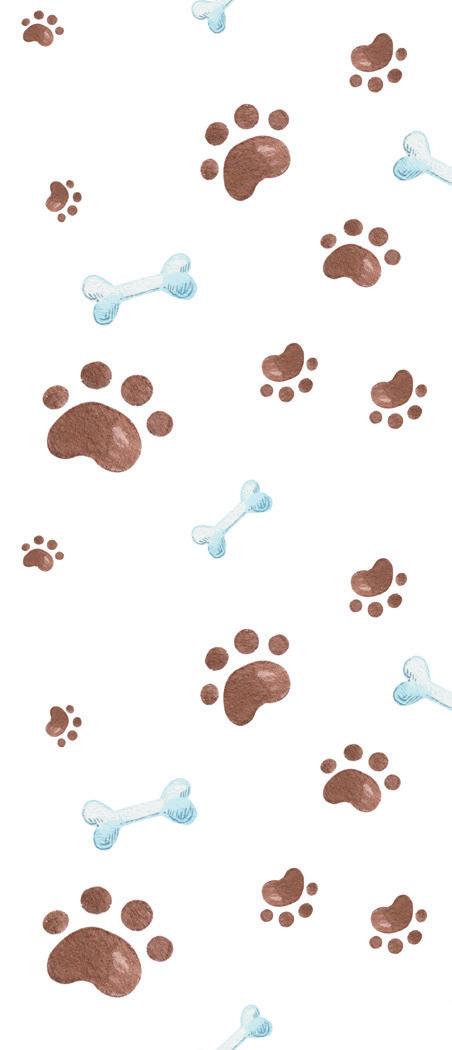
For Lauren, growth of the sanctuary includes a holistic mission. “During COVID, people reached out who were struggling with mental health issues. We found that when they left the sanctuary they felt more accepted, less alone, and more joyful––just by being around the animals. Sage Mountain is becoming a place where people can come and get back to center.”

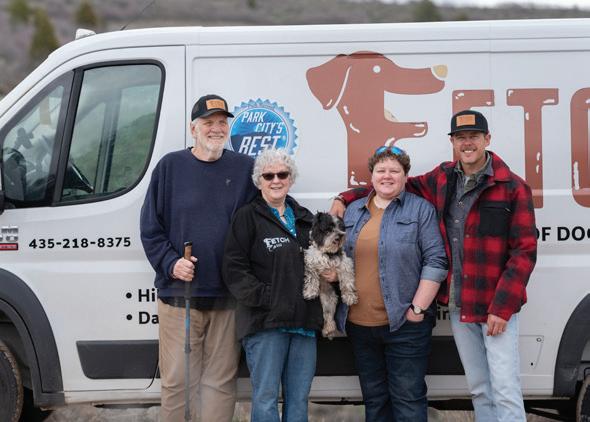
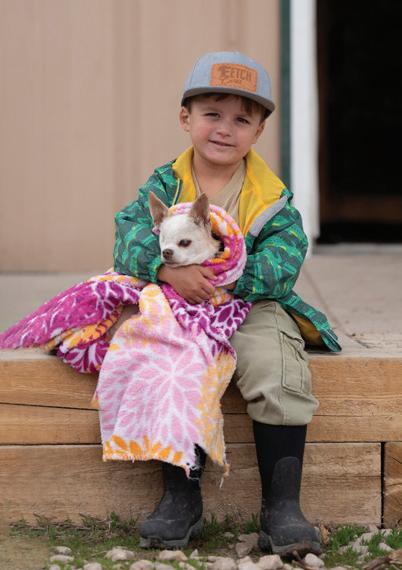
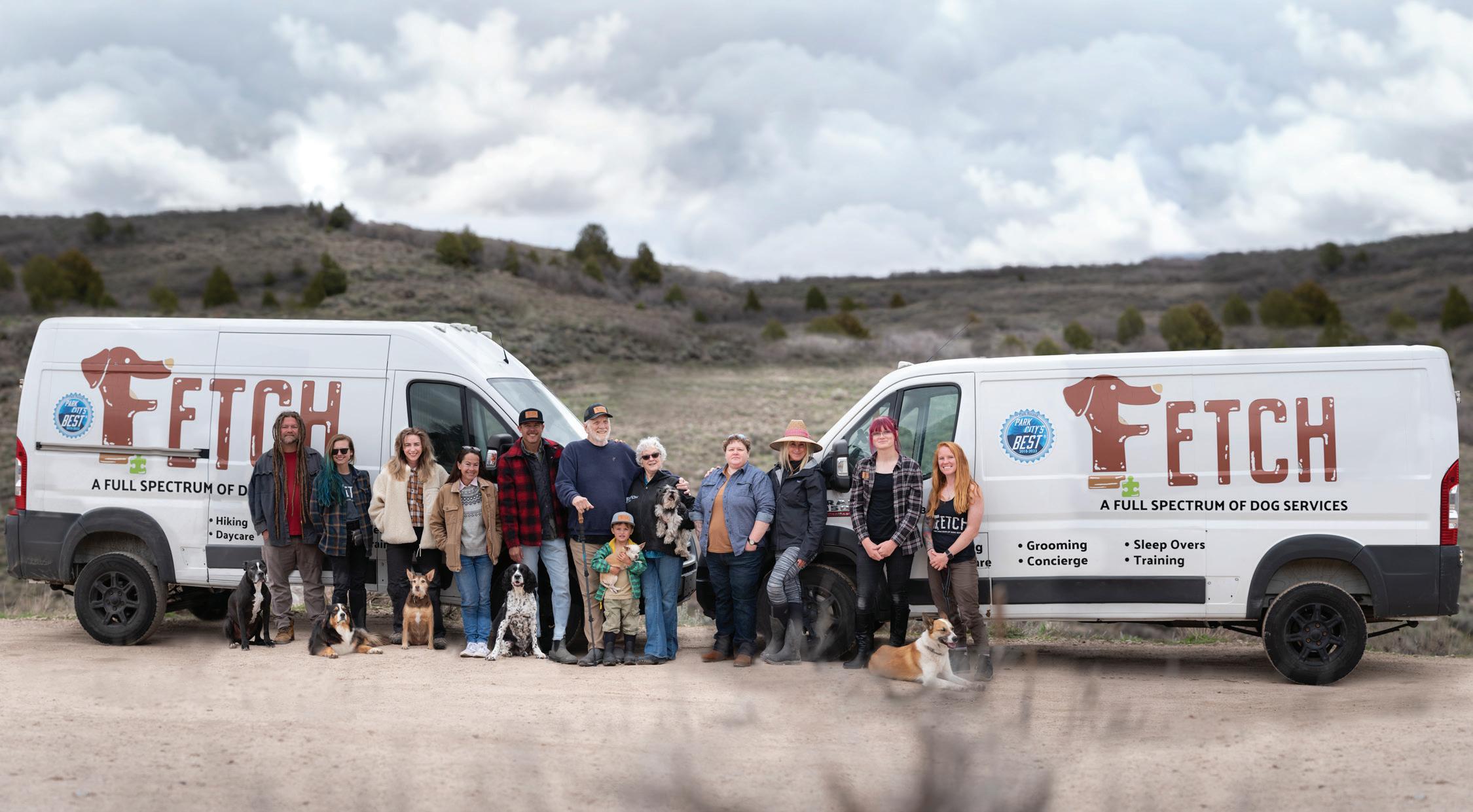


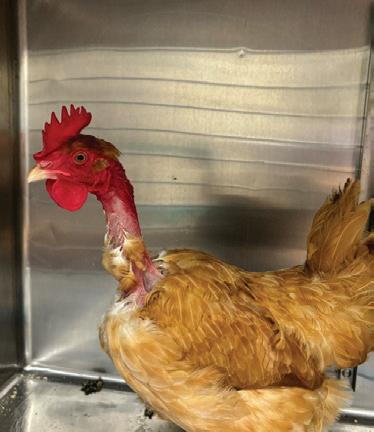


While the sanctuary’s mission has a higher purpose, Lauren, who practices veganism, is careful not to appear “preachy.” “I’m not here to tell people what to eat and what to do, no one wants to hear that,” Lauren admits, “But I don’t think anyone fully supports 10 billion animals slaughtered every year, so we’re here to shed light on another way.”
With the demand for meat, dairy, eggs, and fish growing 50% by 2050, the system is no longer sustainable. “I just want people to

URGENT CARE



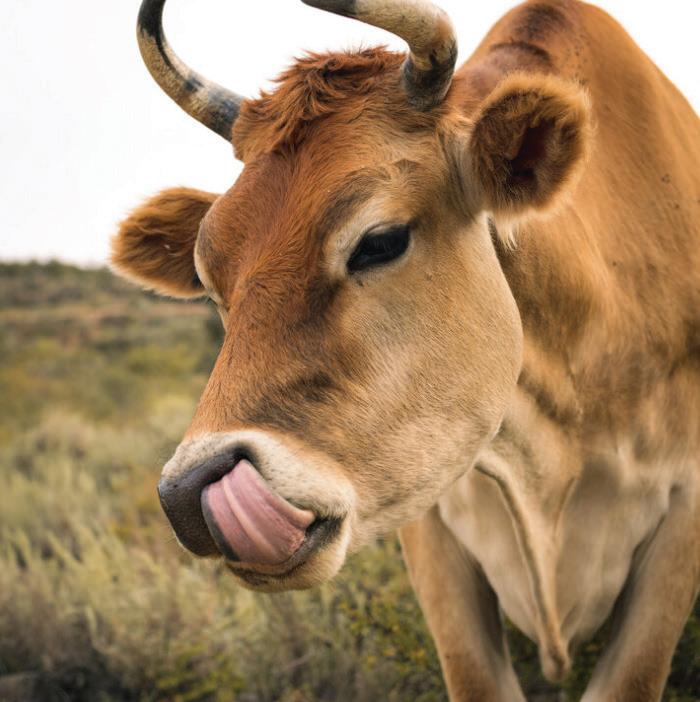
feel empowered to make different choices,” Lauren concludes, “to meet the animals, hear their stories, and realize that, on a
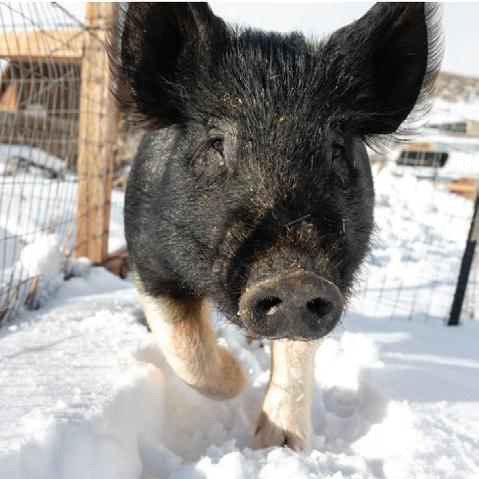

very basic level, we all want to be free, accepted, seen, and heard. There’s a more compassionate way.” Open Hours
Urgent Care: Saturday & Sunday: 10am-8pm Specialty Care: Monday-Thursday: 8am-6pm
Veterinary Urgent Care Available On Weekends!


Bark City Veterinary Specialists and Urgent Care offers Urgent Care services on Saturday and Sunday from 10 am to 8pm and a Veterinary Specialty practice Monday through Thursday. We are an easily accessible, walk in Urgent Care, for when your regular Veterinarian is unavailable. Our Urgent Care treats urinary tract infections, wounds, lacerations, vomiting, diarrhea, ear issues, broken bones, broken toenails, and many more common non-life threatening, but urgent medical concerns. We have x-ray, CT, in house lab, and Quick Scan ultrasound capabilities offering state of the art care for your pet when they need it most.



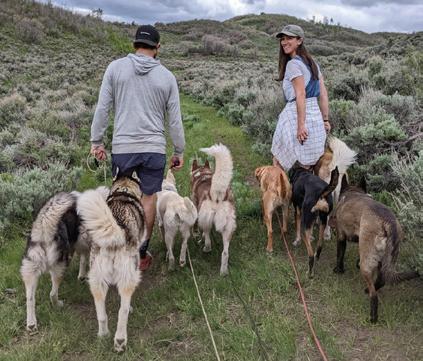



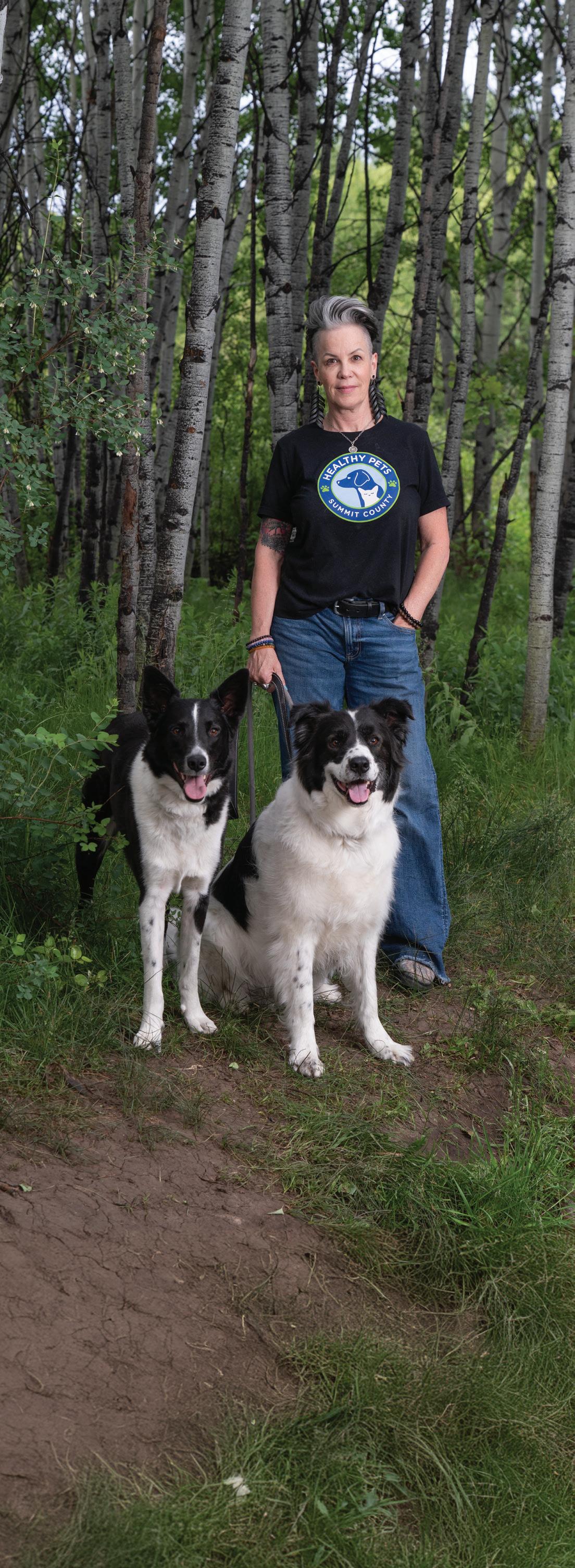
The short answer is no, absolutely not. In regards to this conversation, what your dog needs is Taurine. Taurine is an amino acid found in meat and it feeds the heart.
Years ago we started testing for the veterinary health issue or Dilated Cardiomyopathy (dcm), easy description is an enlarged heart. Coincidently that was about the same time many pet food companies started using alternatives to corn, wheat, or rice as the sticky sugar substance required to extrude the food we call kibble. Alternatives like peas, legumes, potato, and tapioca starch.
Because the recipe change to some foods and testing came in a close time frame, a correlation was assumed to the increased number of dcm cases.
Fast forward 12+ years and countless tests by numerous facilities and organizations and what we found no proof at all of food causing dcm. And grain most certainly not preventing it. We did however learn a lot in the process. Things like all the high sugar content “binders” are not good for your dog. This led to several brands switching to lower glycemic binders like “ancient grains” ie: quinoa, spelt, steel cut oats, and sorghum. We also found that some breeds are more genetically prone to dcm. Doberman Pinschers, Great Danes, Boxers, Cockers Spaniels, and Labradores to name a few.
At the end of the day, you want the highest protein, specifically from meat. I personally suggest formulas with added taurine. You want the lowest sugar/carbohydrate numbers possible. Just as in our own diets, highly processed foods with a lot of filler is not going to offer the best nutrition. You have to read your labels and/or consult with an educated nutrition specialist to really know what you are getting.
As always, I am here to assist and answer your questions.
Your friend at Healthy Pets Summit County, Heide


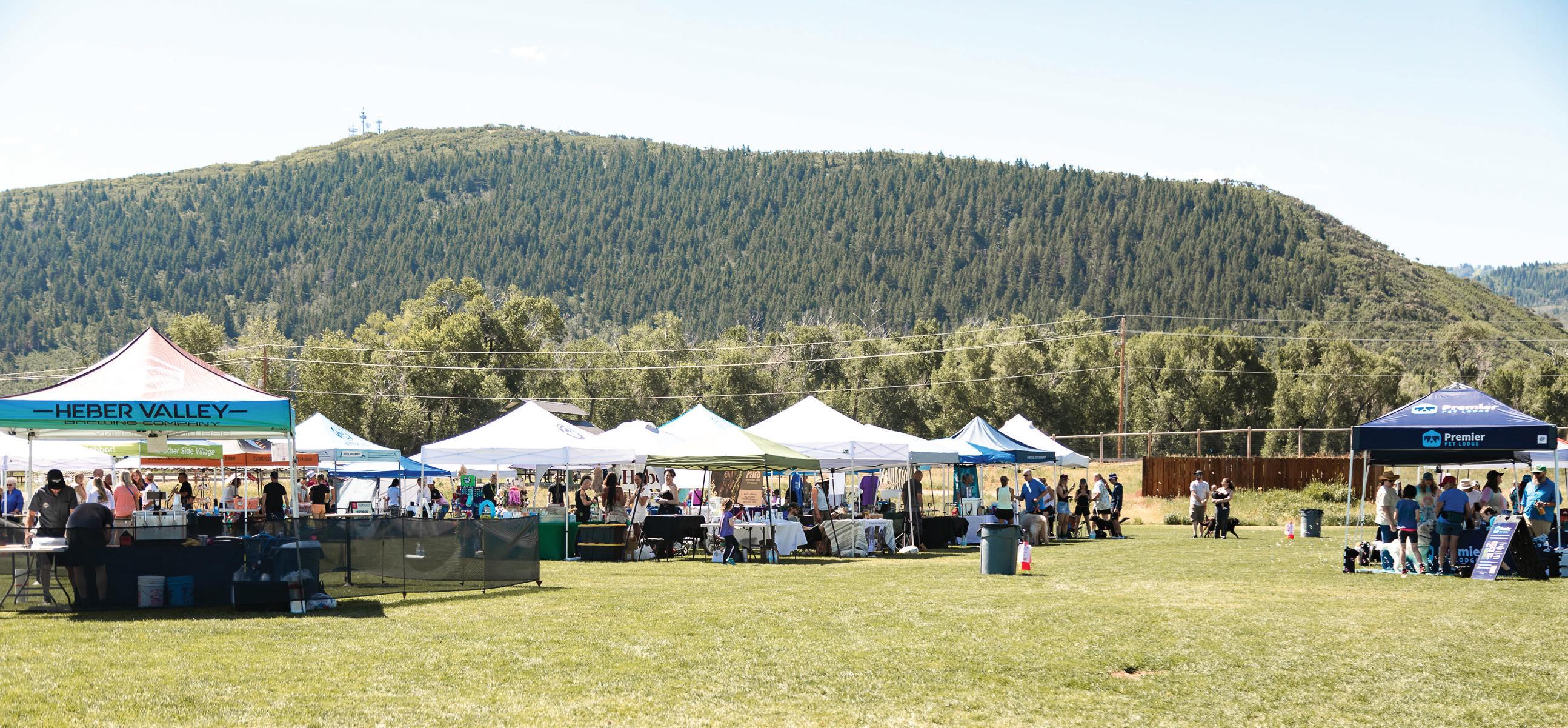

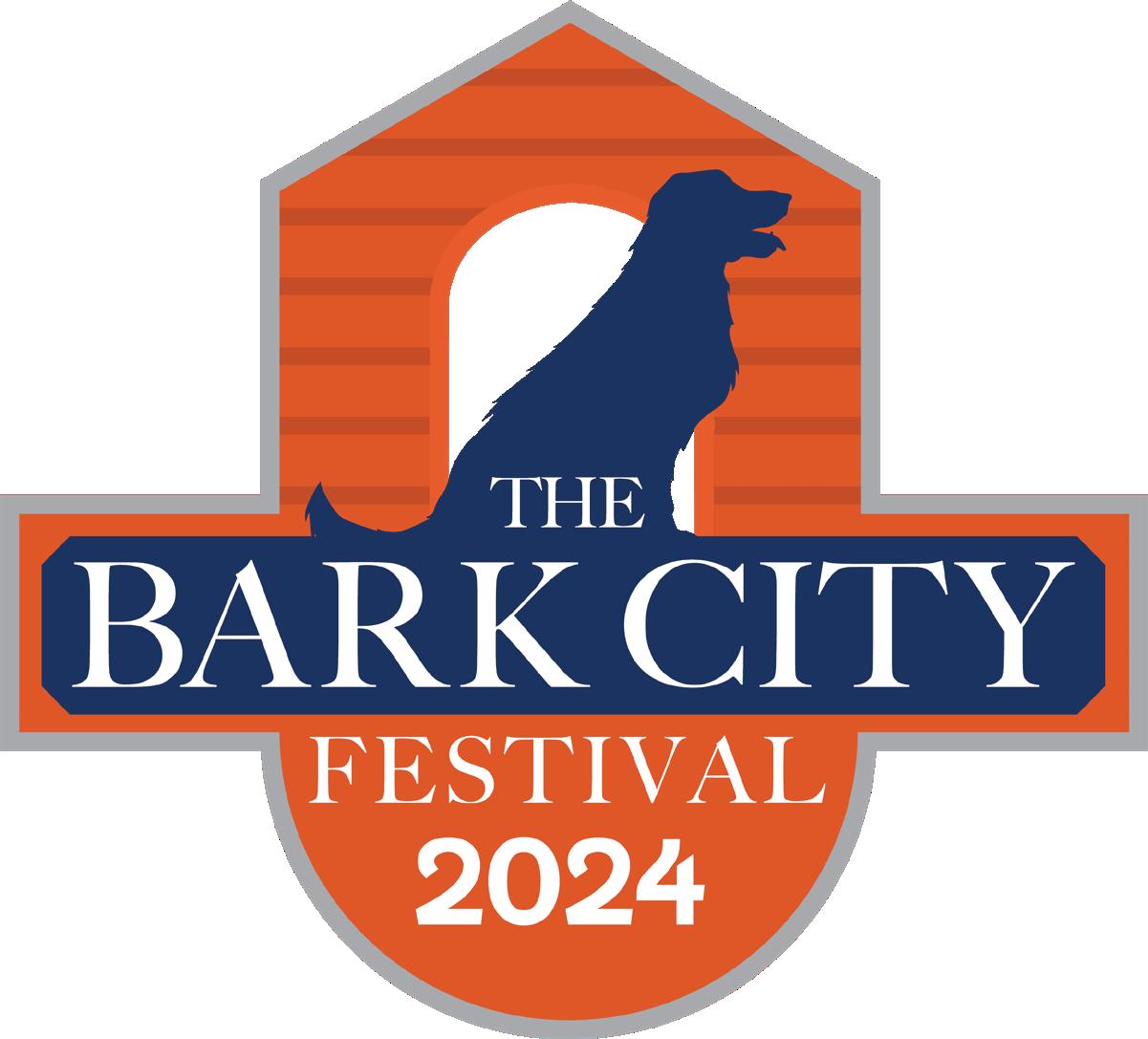


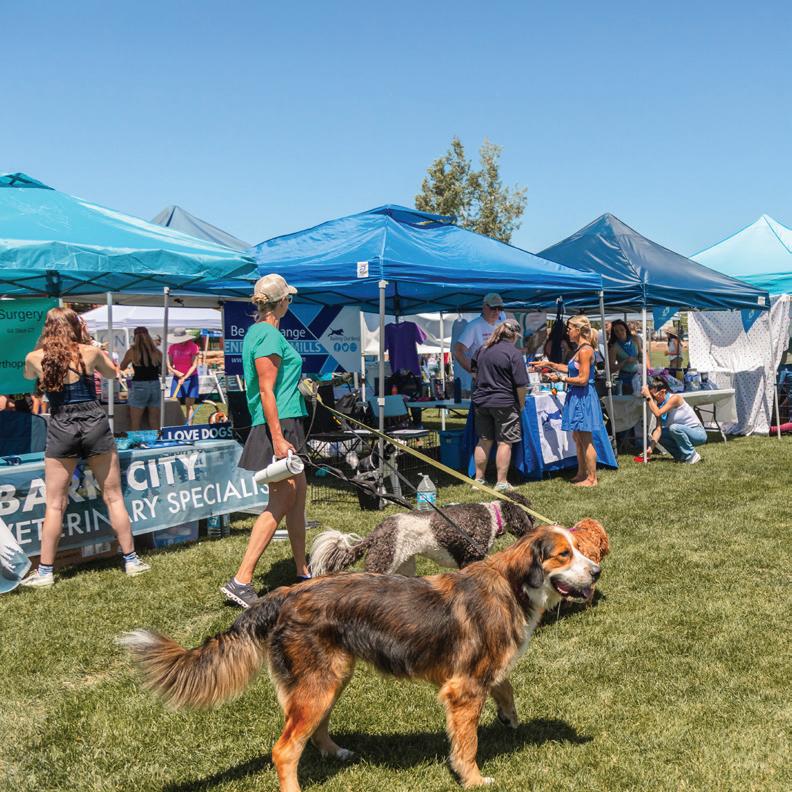



BY ERIC RAMIREZ
BY LEXIE LARSON -



When they found me in the woods, I couldn’t remember how many days passed since my humans pushed me out of the car and drove away. I tried to chase them, but they were too fast. For a moment, it was quiet. Then, I could hear squirrels. I could hear the creek a mile away.
But I was alone. It rained one night. It was cold.
I was so used to cuddles and kids, playing, having food and water and a warm bed. Even if I slept outside, it was comfortable. I was surrounded by trees and rocks and dirt, and a chill was in the air. I found a bed under a pokey bush next to a big tree. I ate a little grass.
Why did they leave me?
They said I was too wild. When they looked at me, they said things like “Get rid of him.” I didn’t know what that meant.
Other people came to the forest; they had food. I went with them and got in their truck. But they took me to a cage in a big building. There were many cages with dogs inside them. I wanted to run so bad. I couldn’t do anything there.

After a short time, they said I was too wild, and they didn’t know what to do with me. Were they going to take me back to the place with the trees and the creek? I heard them use an unfamiliar word: euthanize.
I was a year old, and I heard a lot of words from the humans who left me in the forest, but not that one.
I didn’t know that word. But they said it sometimes, when they looked at me.
I sat down. I felt sad. I couldn’t run anymore. I couldn’t follow my nose. The food was gross. I saw some dogs taken out of their cages. But I lost their scent, and they never came back. What happened?
One day, a man showed up. He was looking for me. I didn’t want to get in his car. Cars haven’t taken me to places I really wanted to be. When we got to where he lives, I could smell other dogs. But he fed me, and I felt safe for the first time.
He gave me a ball. I chewed on it, where he liked to sit. I chewed on it forever. I liked this human. His name is Ryan.
My name is River. Ryan showed me that I could use my energy at certain times; other times, I would rest. He showed me that I can run around and use my nose and find other humans. He calls them “lost people,” or sometimes “missing people.” When we have to go, he puts my finding bell on my collar. I get so excited. I feel like a puppy again.
When we get to where I am going to find Ryan’s missing people, there are other people like Ryan. But I have Ryan. I feel safe, and he lets me find someone for him.
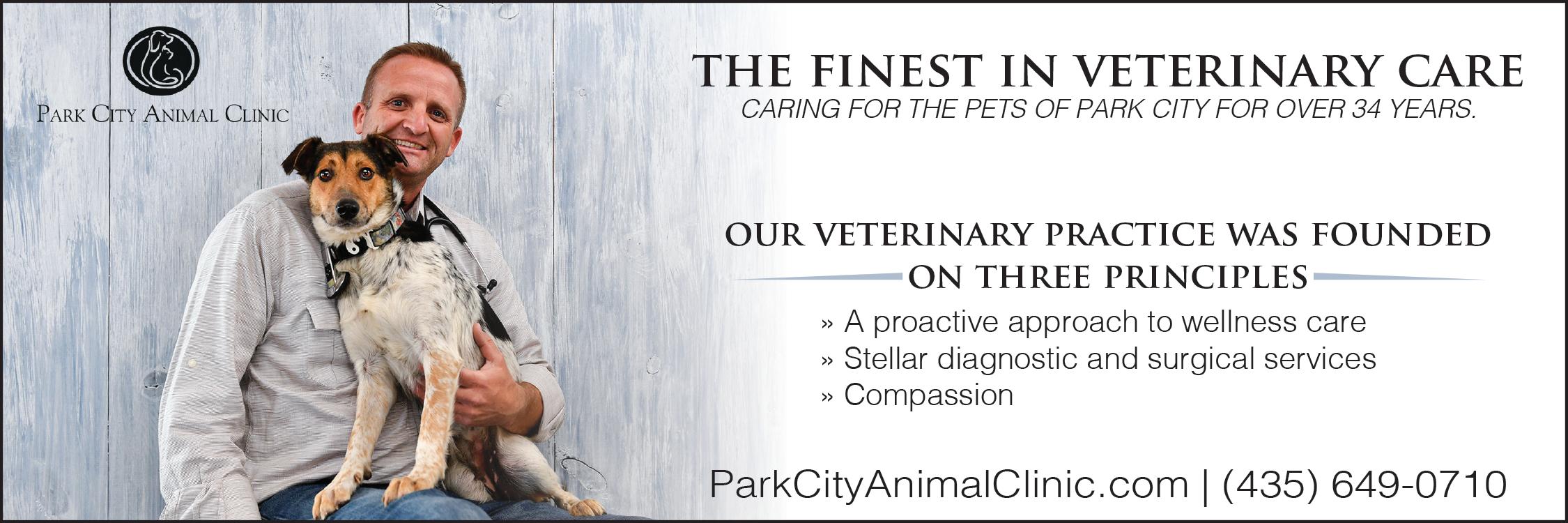

So I go into the forest; I walk past the creek and the trees, then I smell someone. I stop moving. Then I check the air to be sure. When I’m sure, I run as fast as I can. My tongue flops out of my mouth as I go. I can fly.
A person, there in the forest, smells bad and smells sick. He looks as if something is wrong, like he is scared. I know what it’s like to be alone in the forest. He smiles when he sees me, though. It’s time to go get Ryan so that the other people can help him.
My name is River. It was a lifetime ago that people said I was too wild and lost hope in me. I still don’t know what “euthanize” means, but I don’t think that was what happened to me. When Ryan brought me to his home, I heard words like “rescue” and “foster.” I think I know what those words mean.
I am happy. I find people. I’m so excited to do it. It’s what I think about when I wake up.
My name is River. If you’re lost in the forest, I might be your last hope. I am a “rescue.” I am a rescue dog. Ryan believes in me. Can you?
*River is a Weimaraner who was abandoned on public land. He was found and sheltered. Because he had intense behavioral concerns, he was on track to be euthanized. Laura Francese of Sugar Face Foundation had him picked up by Ryan Breitkreutz, a foster caregiver. With Beehive Dog Training, River quickly found his discipline. He has become certified in Live Person Finding for Search & Rescue teams and is training for other certificates.


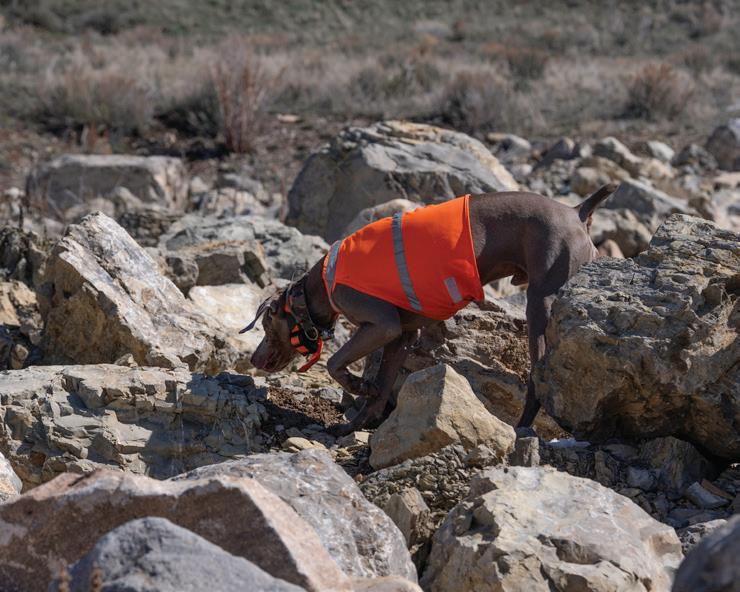
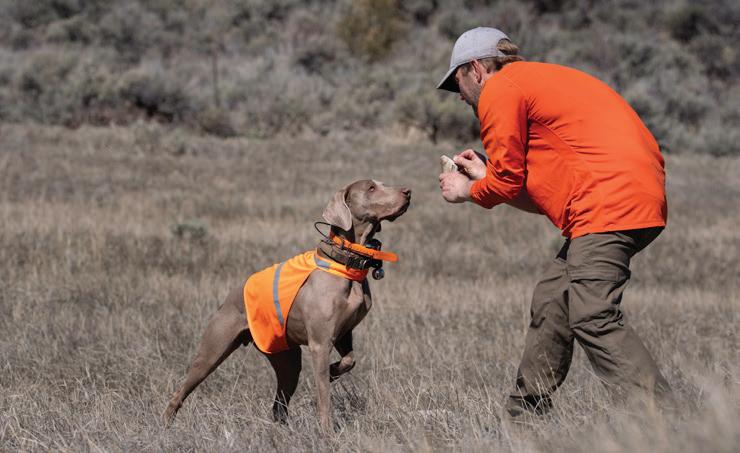

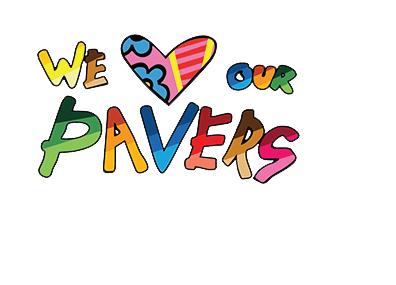




This little fella is the 8th wonder of the world. Technically, every single dog is a wonder. Wondrous!
Malachi is an 8-yearold poodle mix. I had the absolute pleasure of photographing this fella, he kept up no problem, even with the big dogs! If he could speak, I’d say he sounds exactly like Winnie the Pooh, ‘oh bother.’
Malachi is a friendly older dog looking for his forever home; he does well with other dogs and loves people. Please reach out to Tori with fetch cares to arrange a meeting with this wonderful little guy. Call (540)383-7521
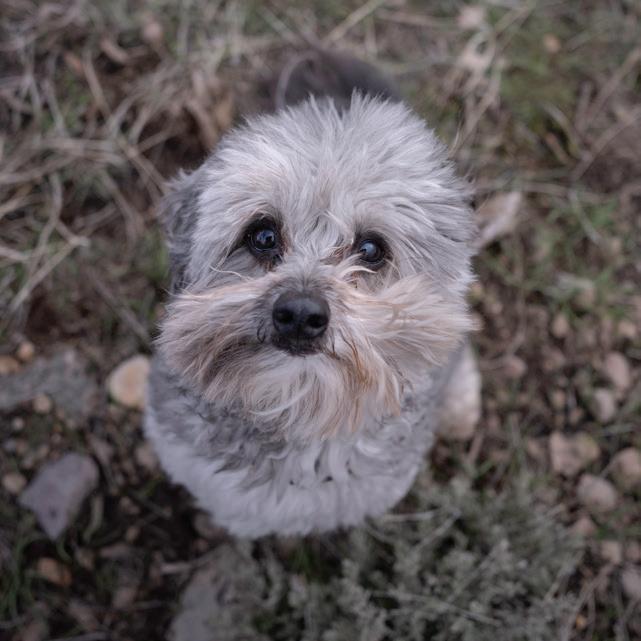

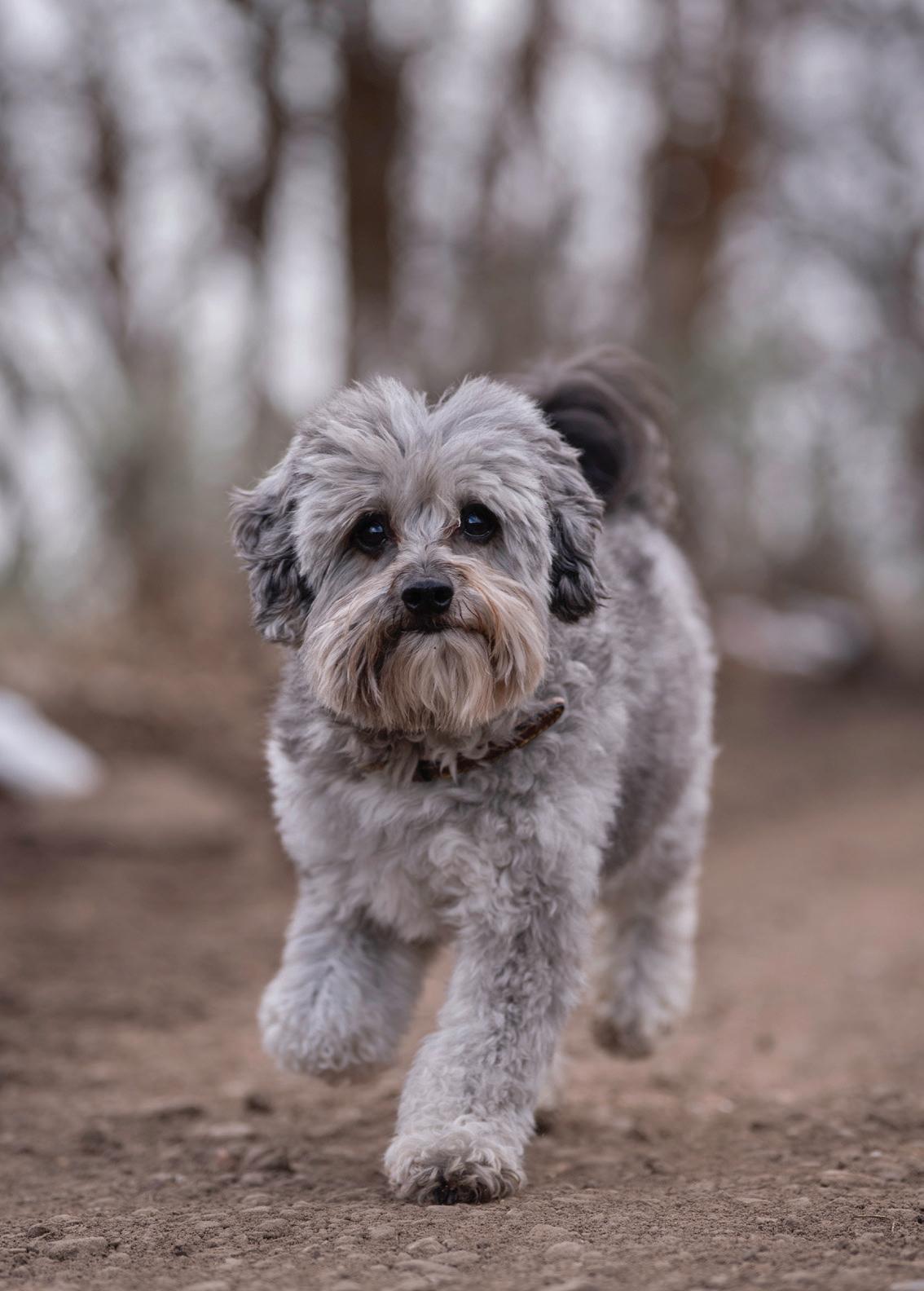

Curls on curls! This lovely lady has a bounce in her step and a wag in her tail. Meet Nora, a 5-year-old Golden Doodle. If she had a dating profile, it’d say “I love long car rides and even longer naps.” Me too Nora, me too. Nora does well with dogs but can be overwhelmed with lots of commotion, so a household with mellow dogs would be wonderful. She’s waiting for her forever home, could you be a match made in heaven? Please reach out to Fetch Cares at 540-383-7521 for more information.
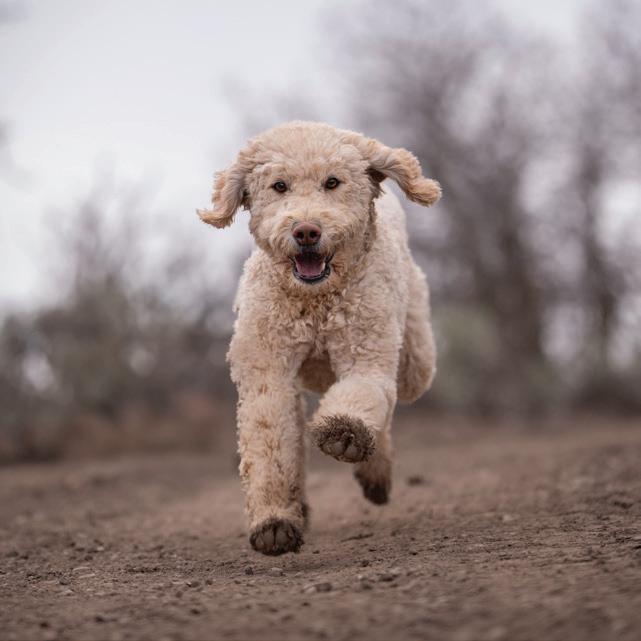

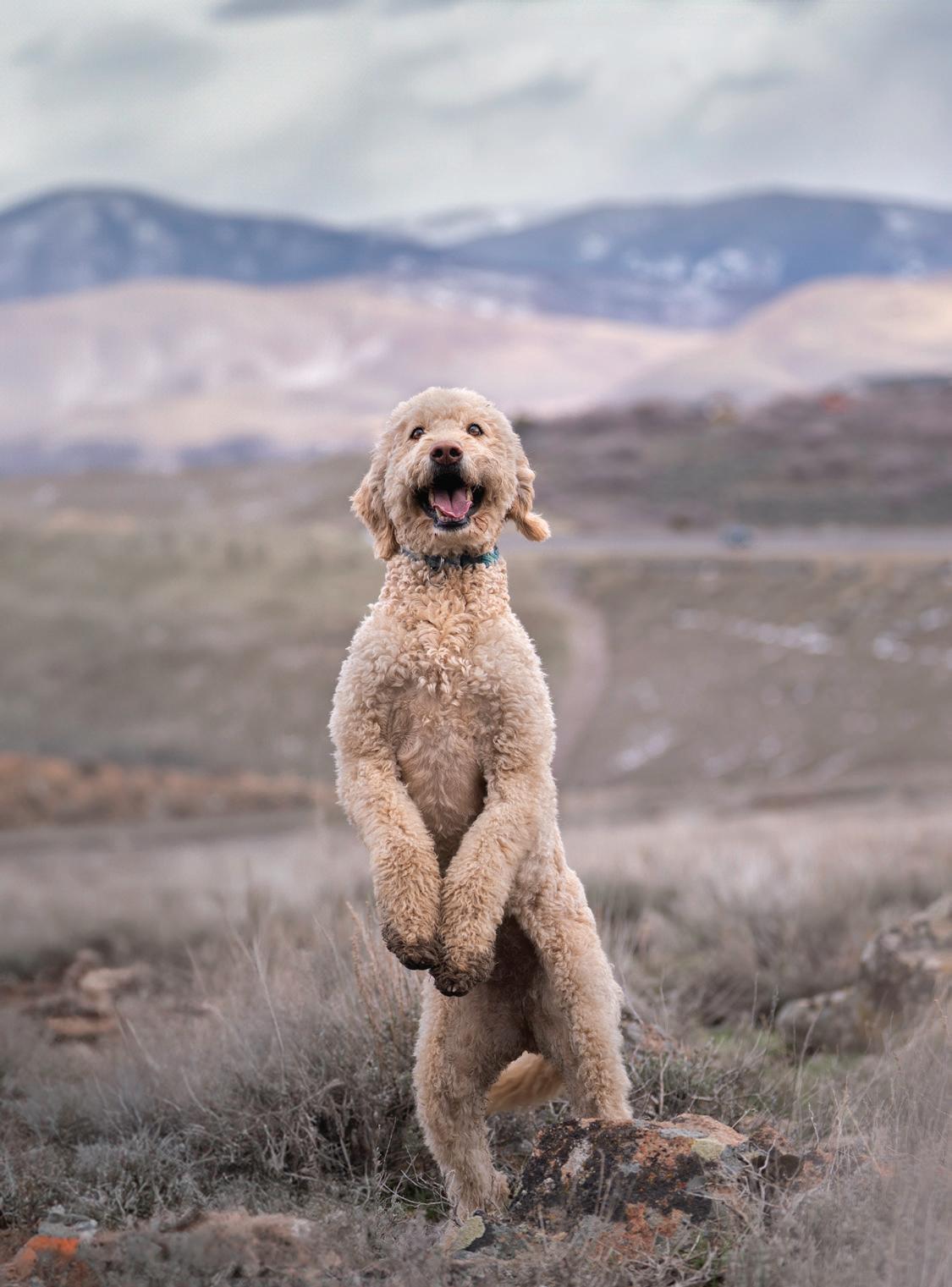



August 14-16, 2025
The Park City Song Summit is a vibrant and evolving event that highlights music and the well-being of artists and attendees.
Since its inception, the Song Summit has grown into a platform for cultural and wellness exchange, featuring diverse activities. Attendees are treated to intimate sessions that address mental health, enhancing the overall experience with thoughtful wellness activities like sound baths, yoga, and massages.
The Song Summit celebrates a wide array of musical talents, providing a unique opportunity to see artists such as Larkin Poe and Mavis Staples perform in intimate settings. It offers diverse musical experiences, ranging from gospel harmonies to high-energy performances. Programs like Summit Rising demonstrate a commitment to nurturing emerging artists, with structured mentorship and performance opportunities that emphasize healthy creative practices.
Returning to downtown Park City, the summit will infuse City Park and the local library with events, allowing for rich interactions in these iconic venues. With the Main Stage and the Foundation Stage offering a mix of established and emerging talents, the event promises an immersive, educational, and entertaining experience.
Whether reconnecting with favorite artists or discovering new ones, the Park City Song Summit provides a dynamic environment to enjoy music and support young talent while promoting health and wellness.
Join us and be part of this special, one-of-a-kind event in our beautiful mountain town. Experience the magic of music, creativity, and community right here at home!

